The Renault EZ-Ultimo is a futuristic concept car that the French firm unveiled at the 2018 Paris Motor Show. A fully autonomous car, the EZ-Ultimo rounds out Renault's trilogy of concept robo-vehicles designed for shared mobility. It joins the EZ-Go and the EZ-Pro, also unveiled in 2018.
Described as a "robo-vehicle for a premium mobility experience," the EZ-Ultimo was developed for increasingly congested city traffic and to meet new urban trends in which more and more people drop personal cars in favor of shared car services. Powered by an all-electric drivetrain, the concept car is intended to be offered as a service for "a single trip, a circuit or a day booking" provided by premium travel companies and resorts. One of Renault's most luxurious vehicles ever, the EZ-Ultimo previews a production car that might become available over the next decade.
Update 3/28/2019: We stopped by Renault's booth at the 2019 Geneva Motor Show and got some good shots of the Renault EZ-Ultimo. Check them out in the gallery at the bottom of the page!
2018 Renault EZ-Ultimo
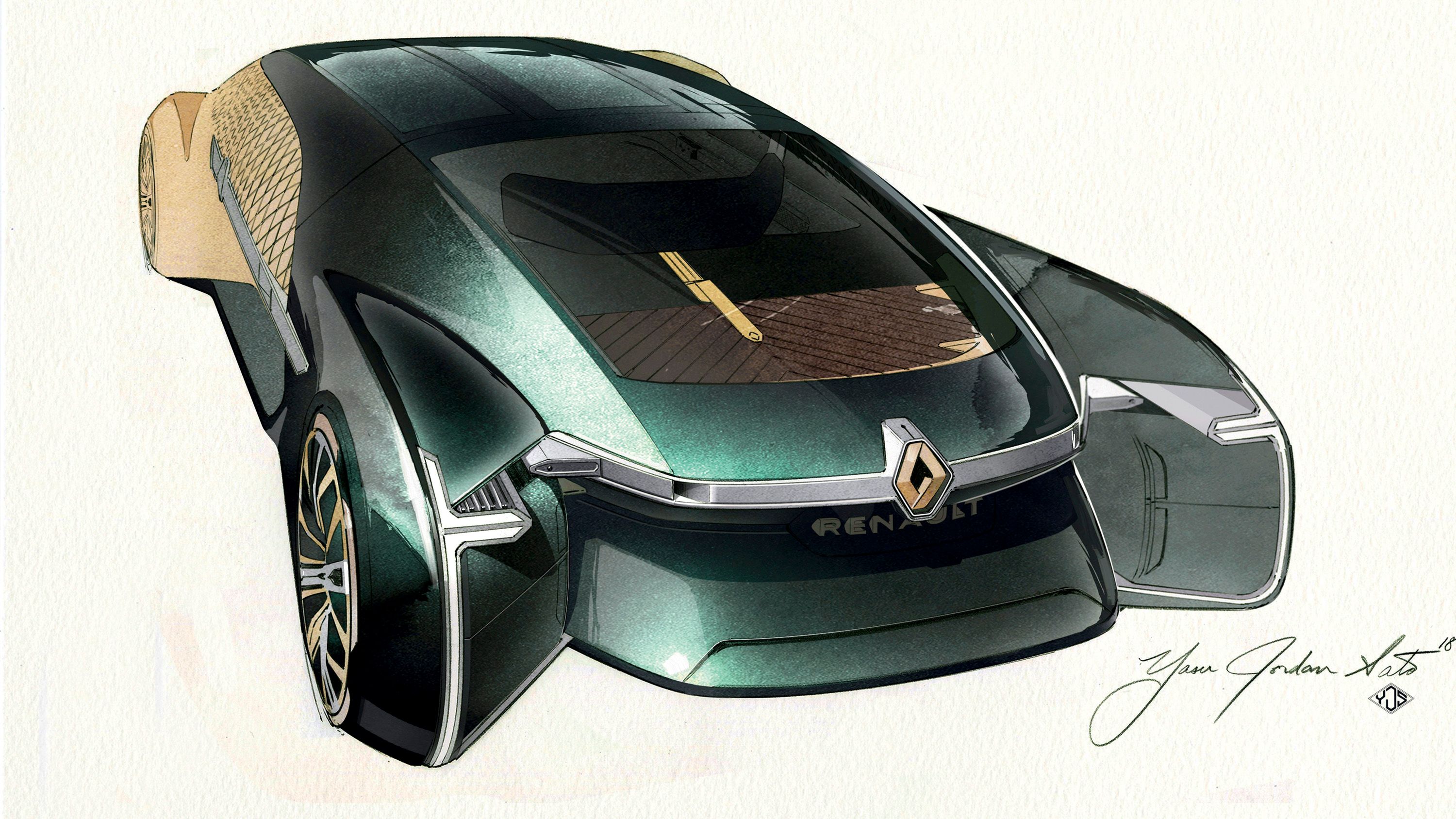

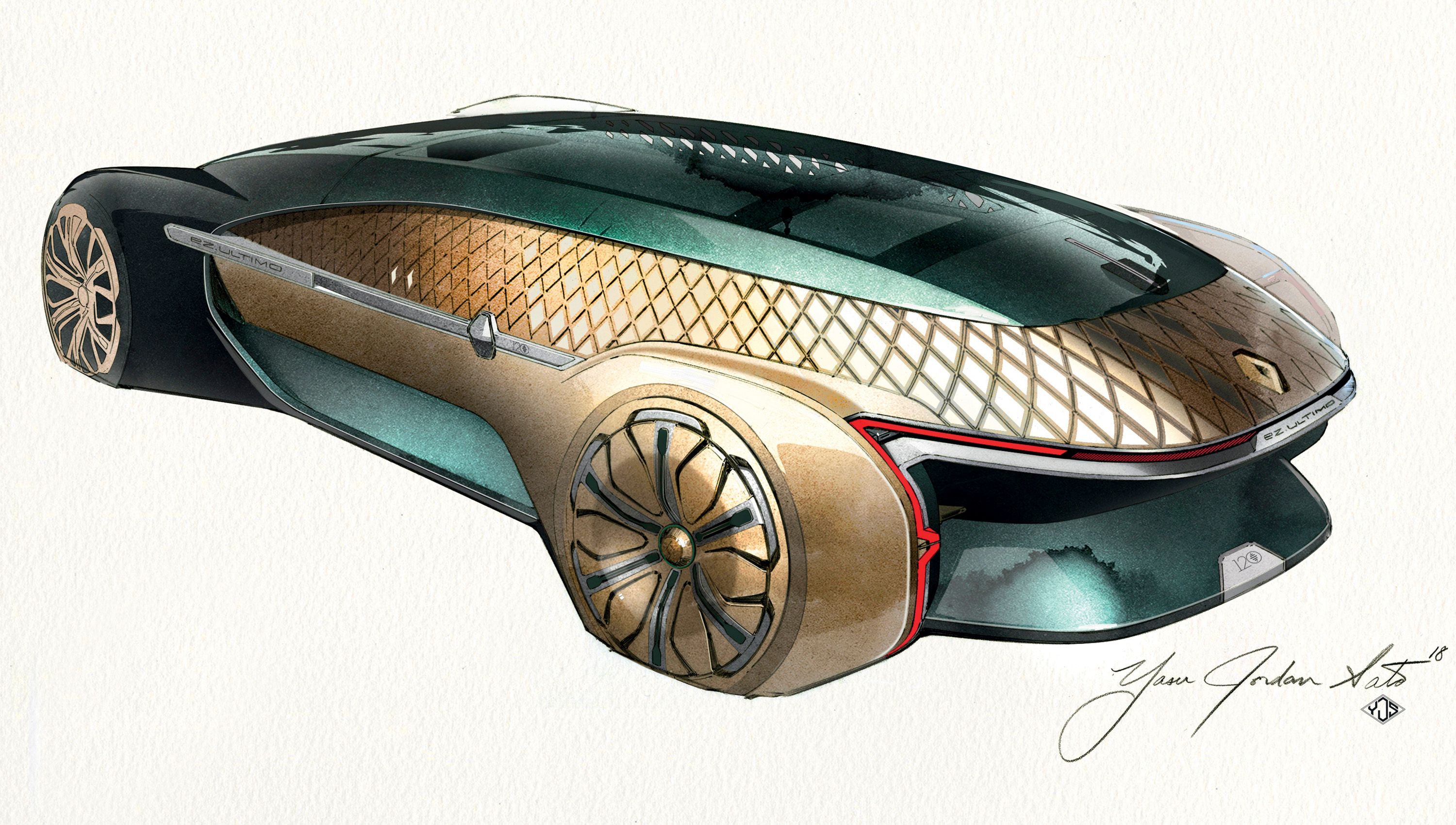
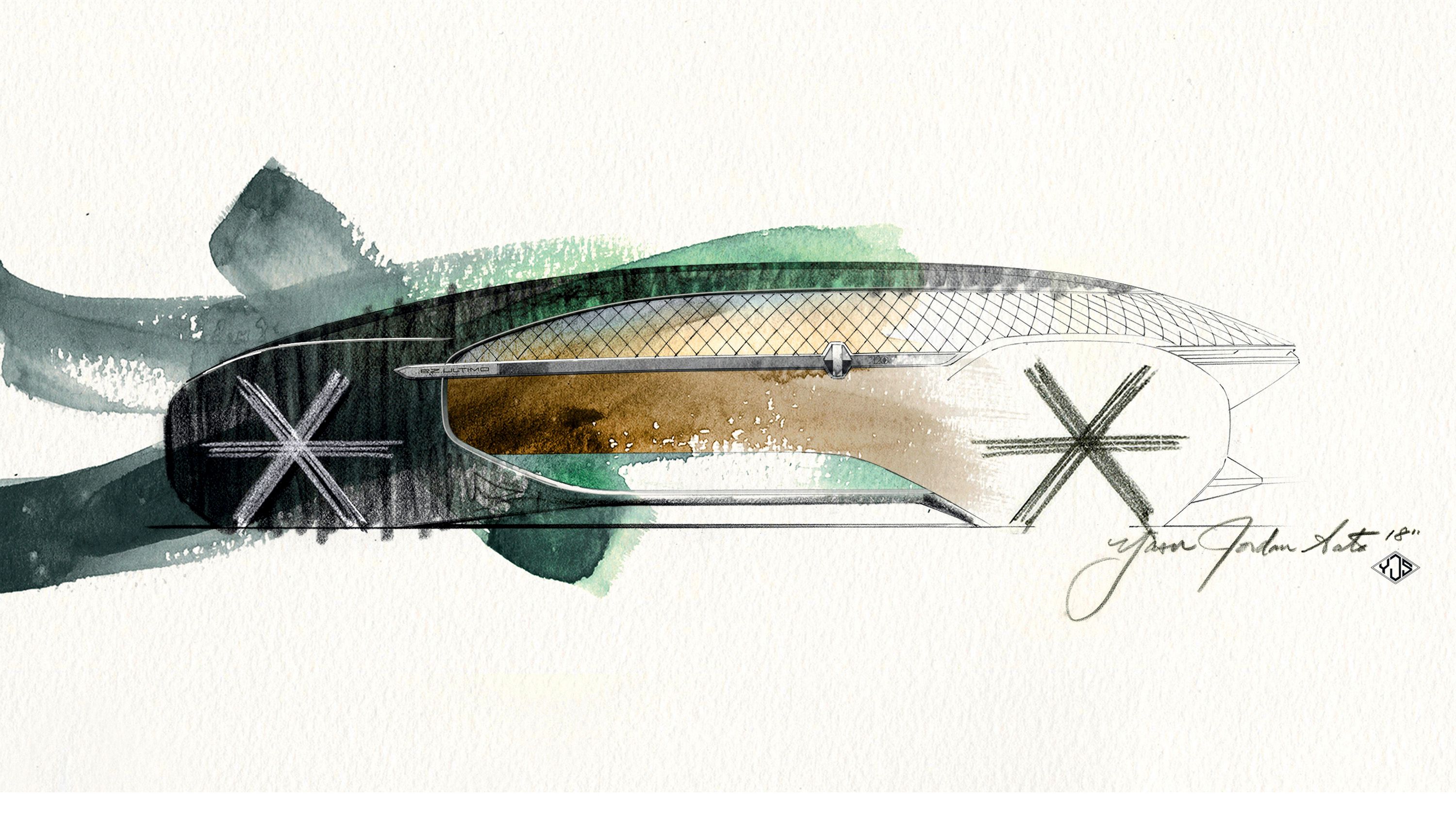
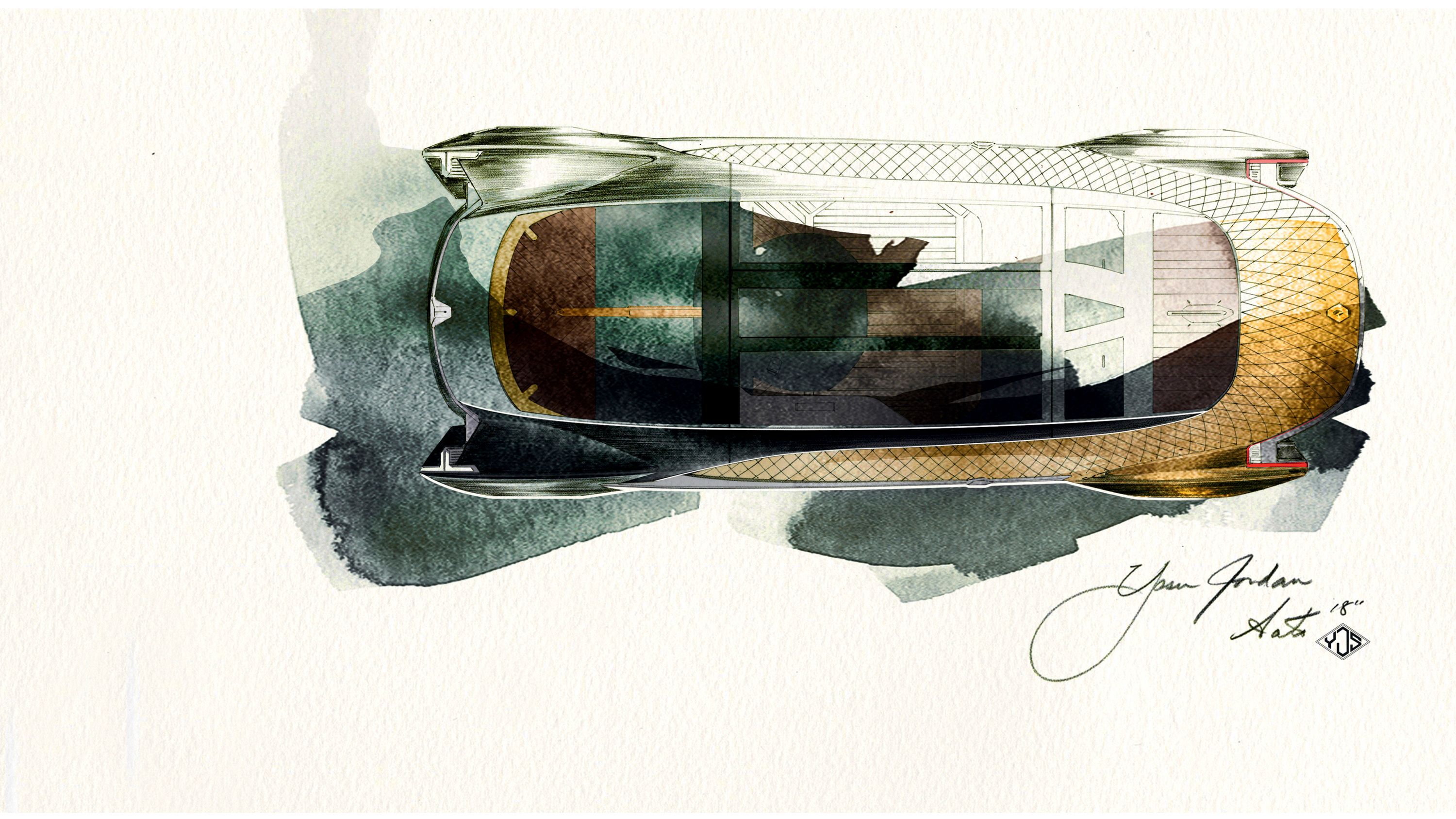
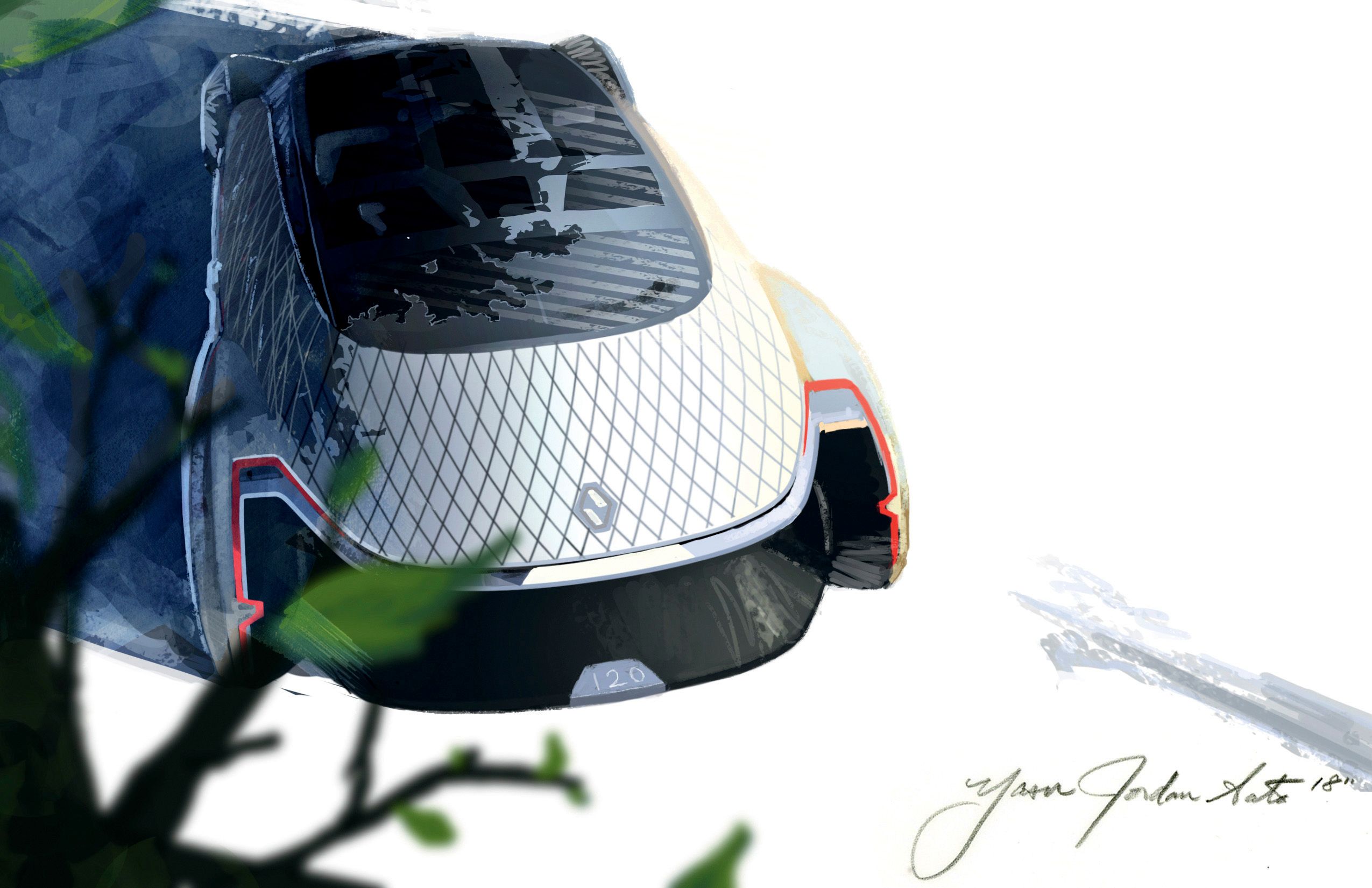
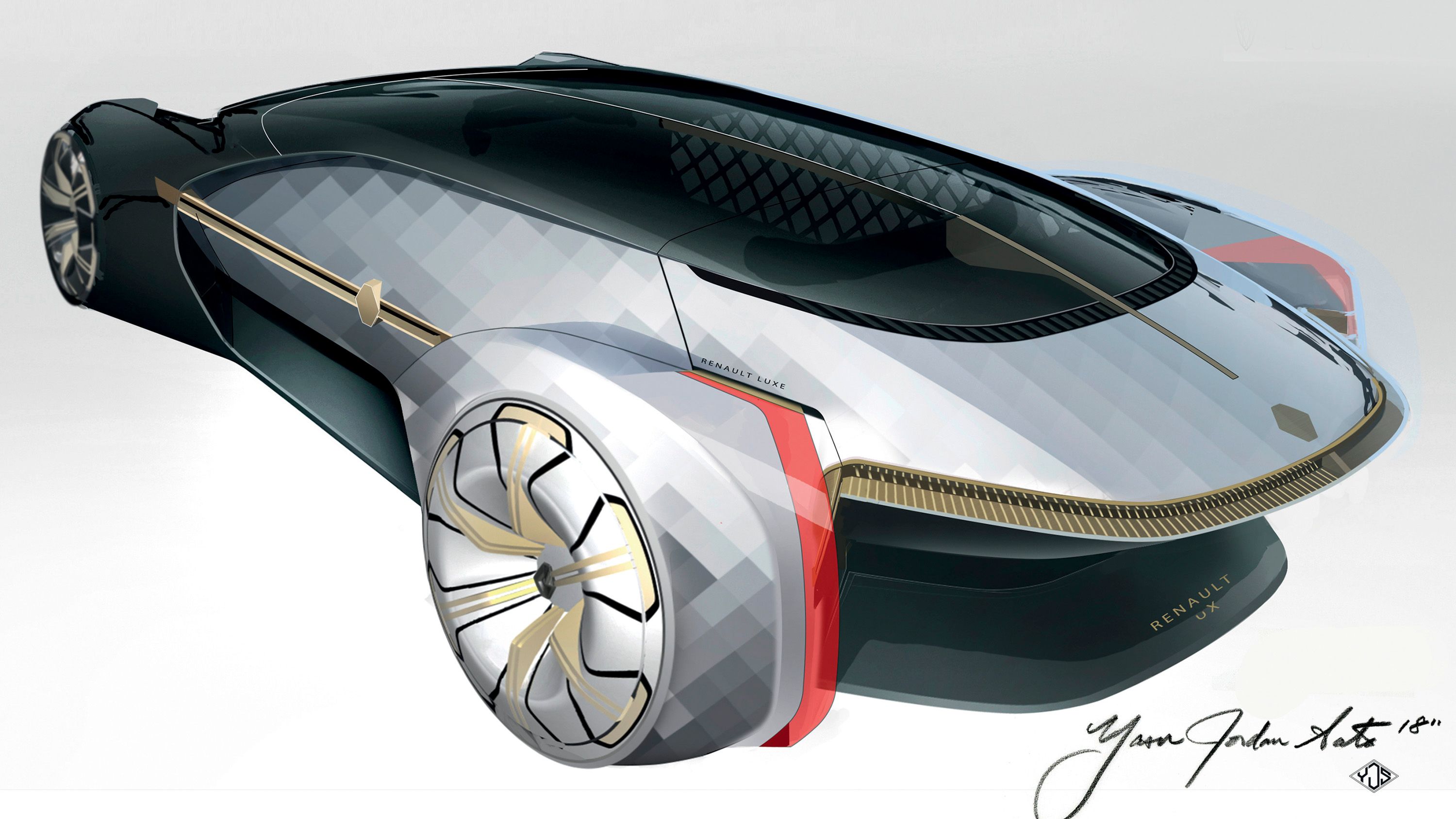
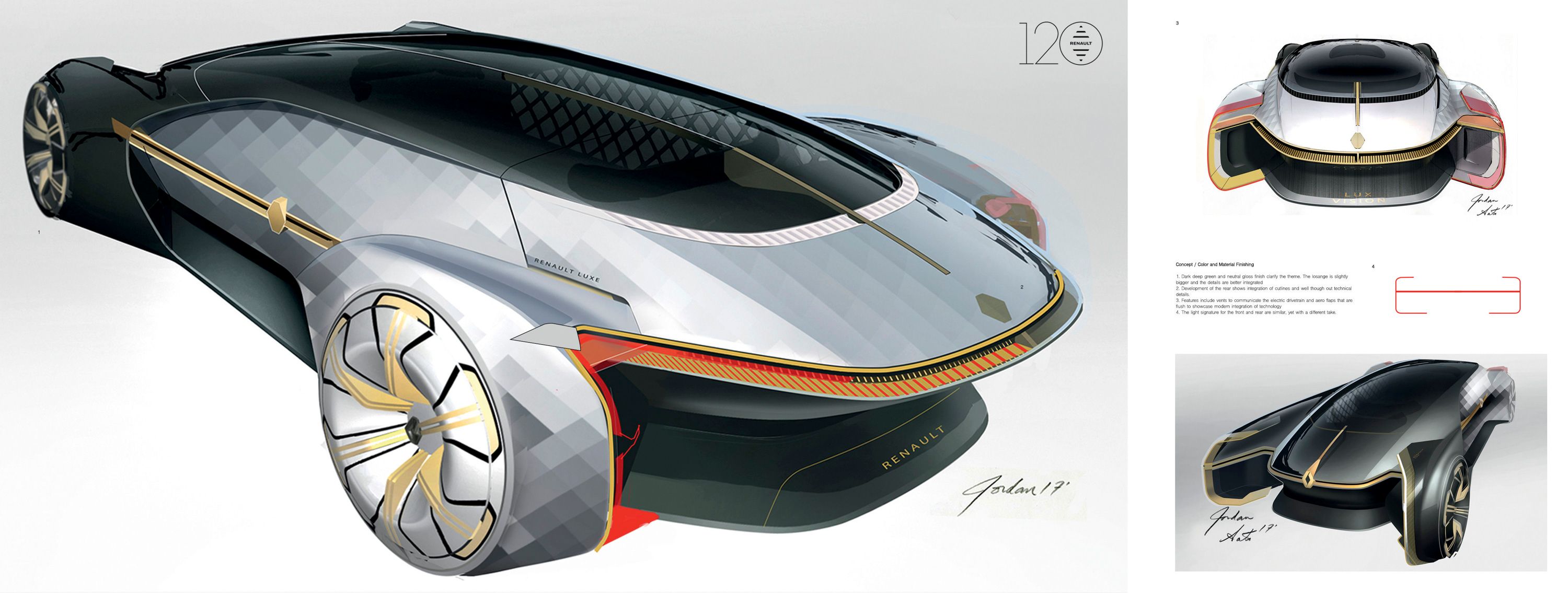
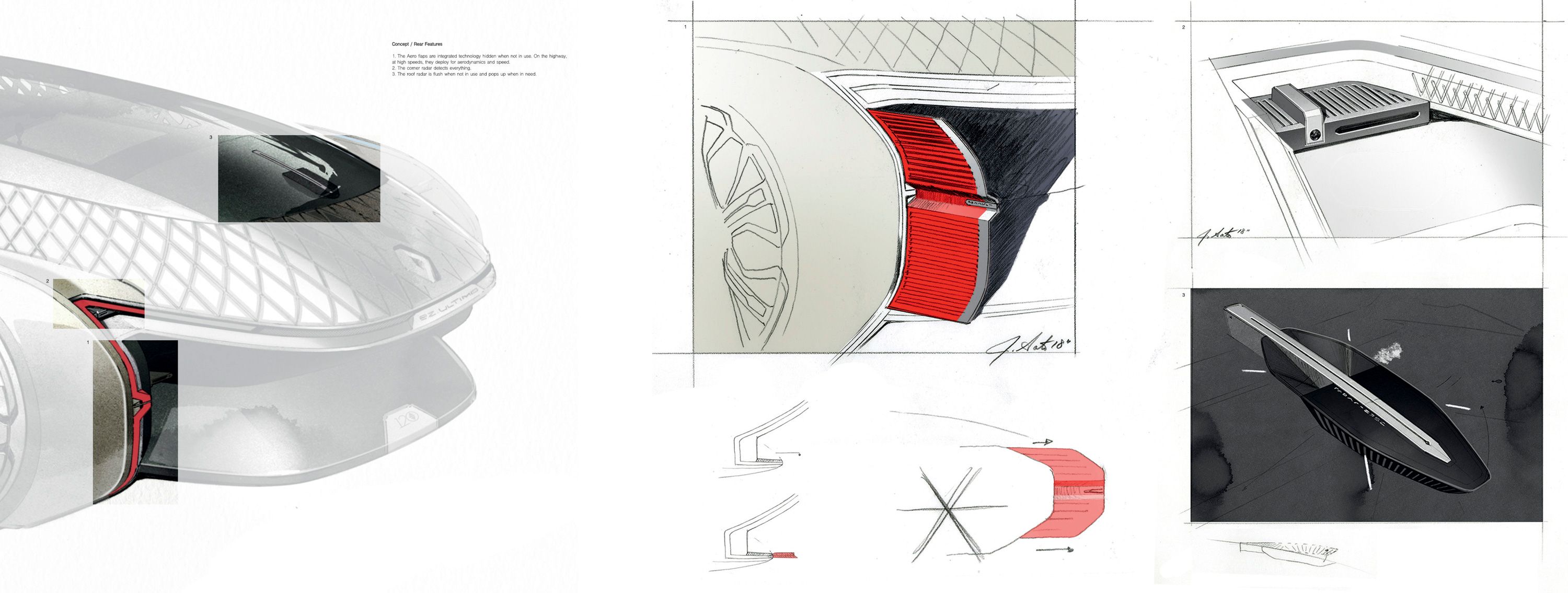
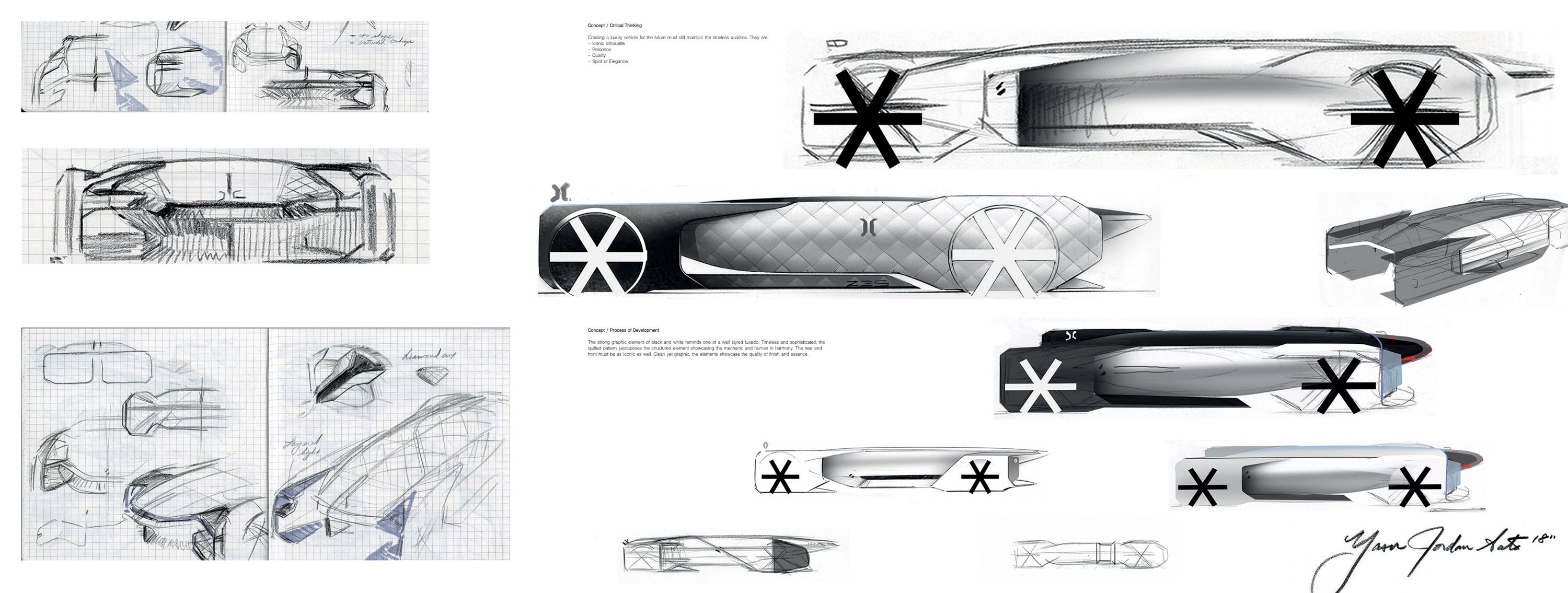
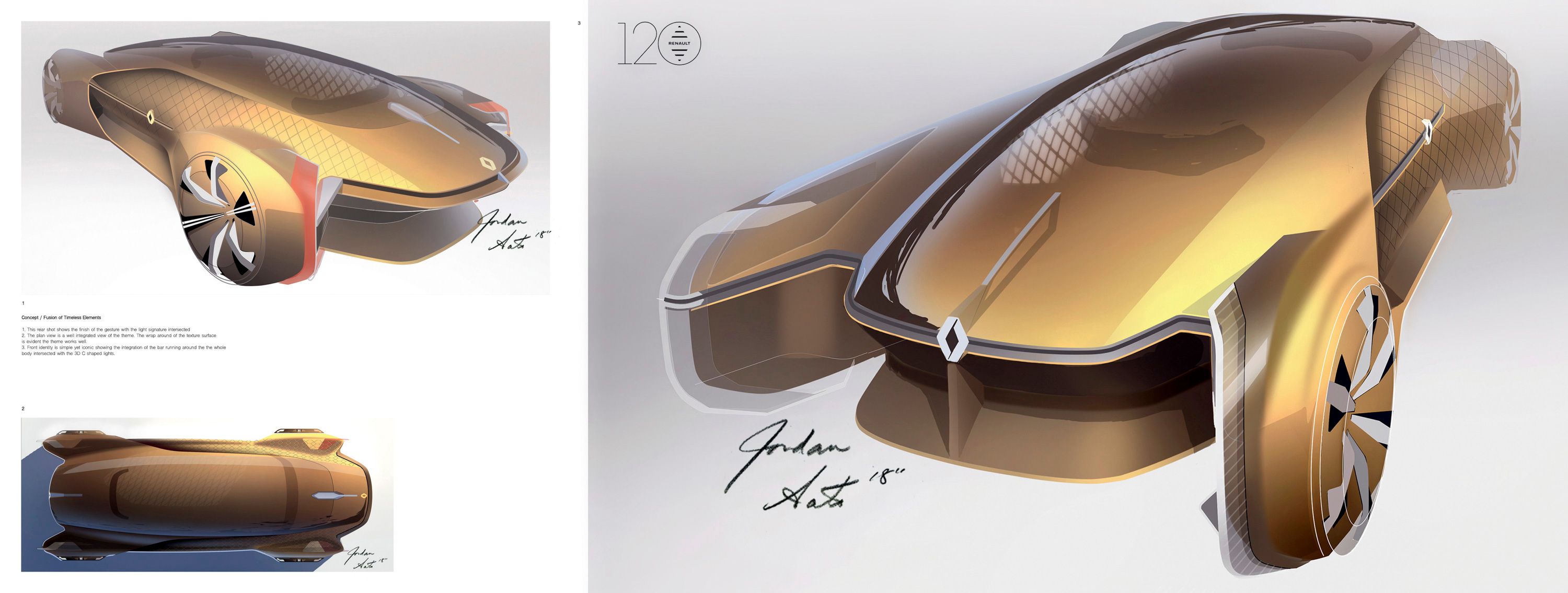
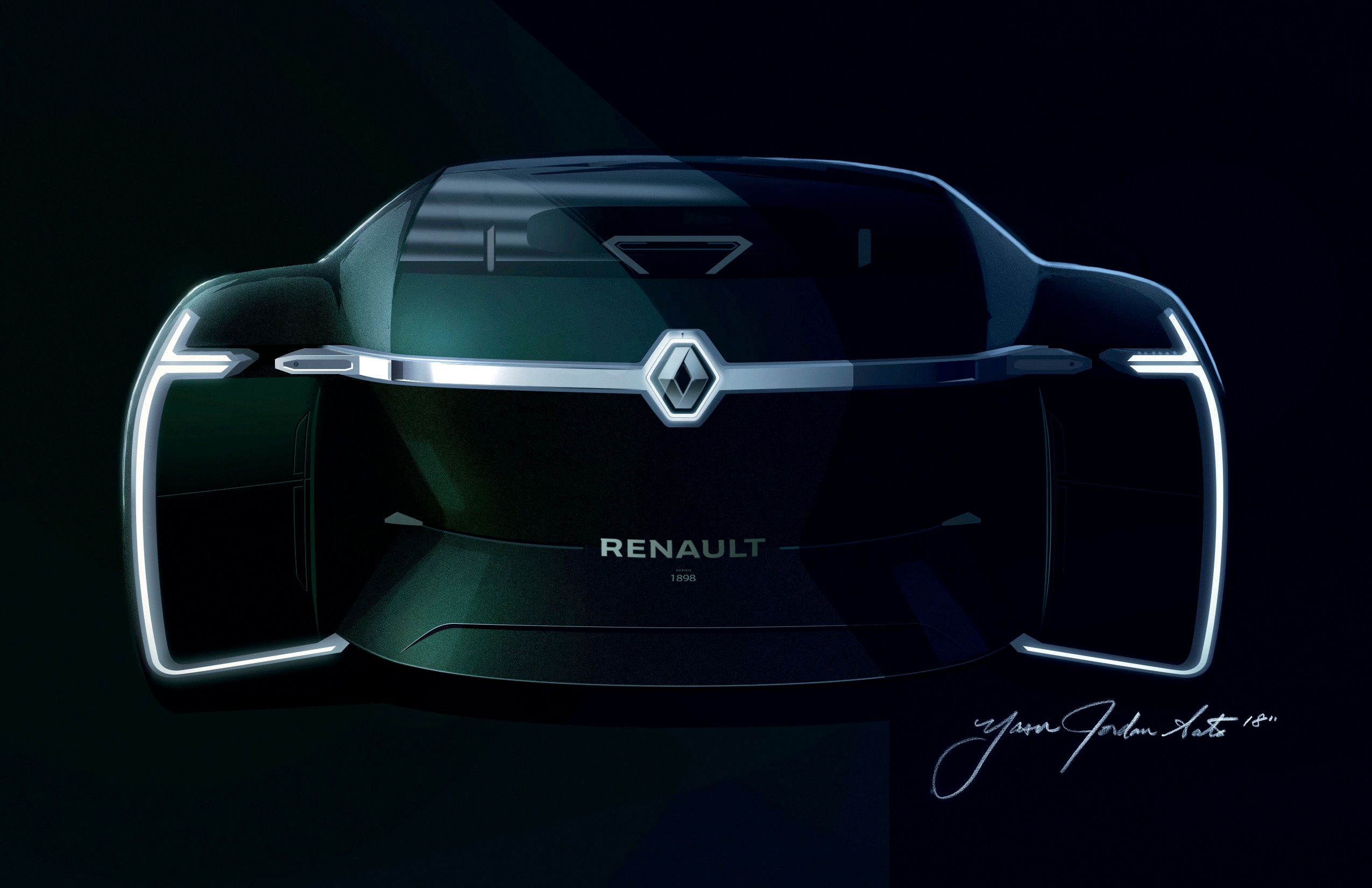
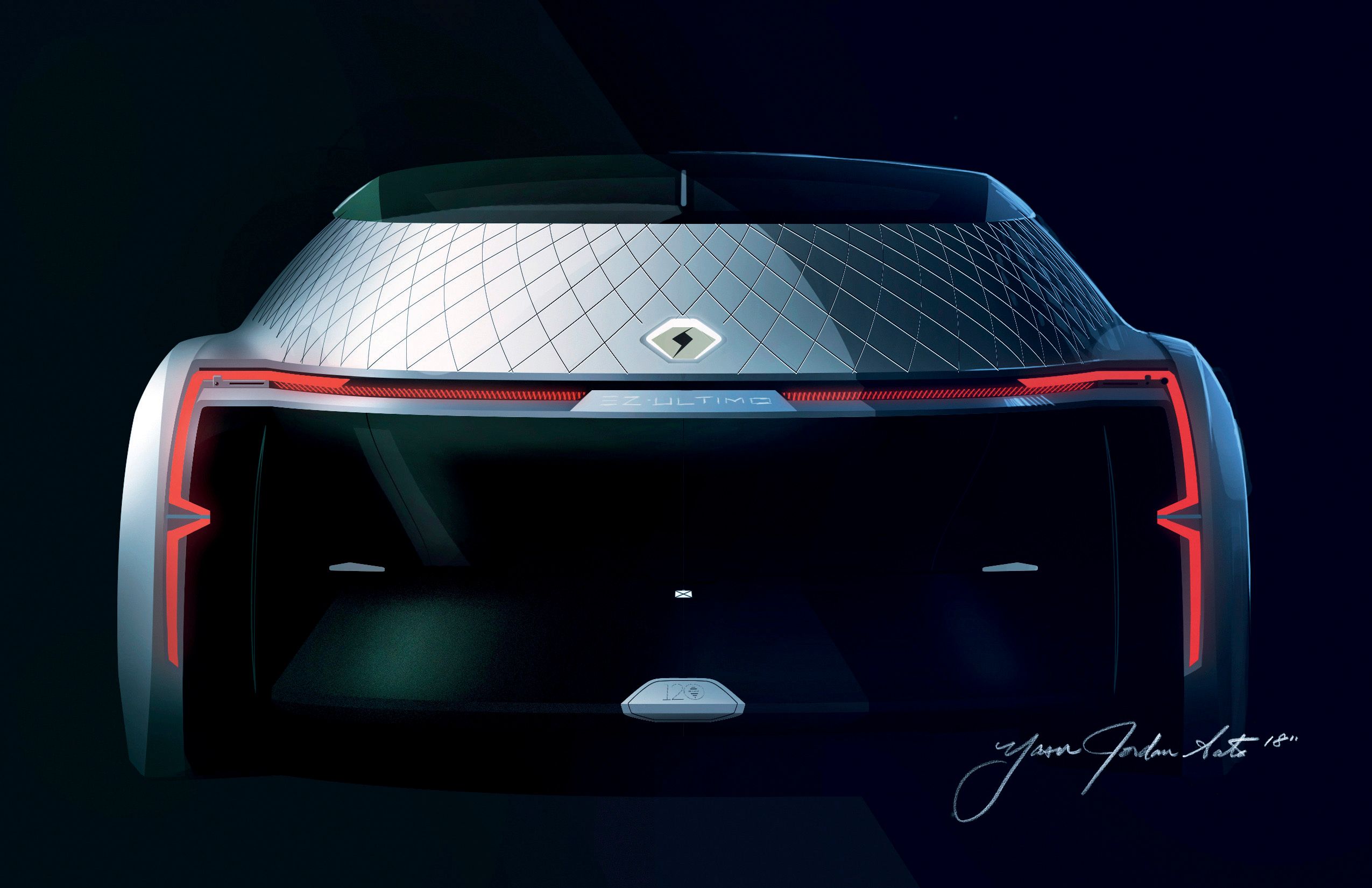
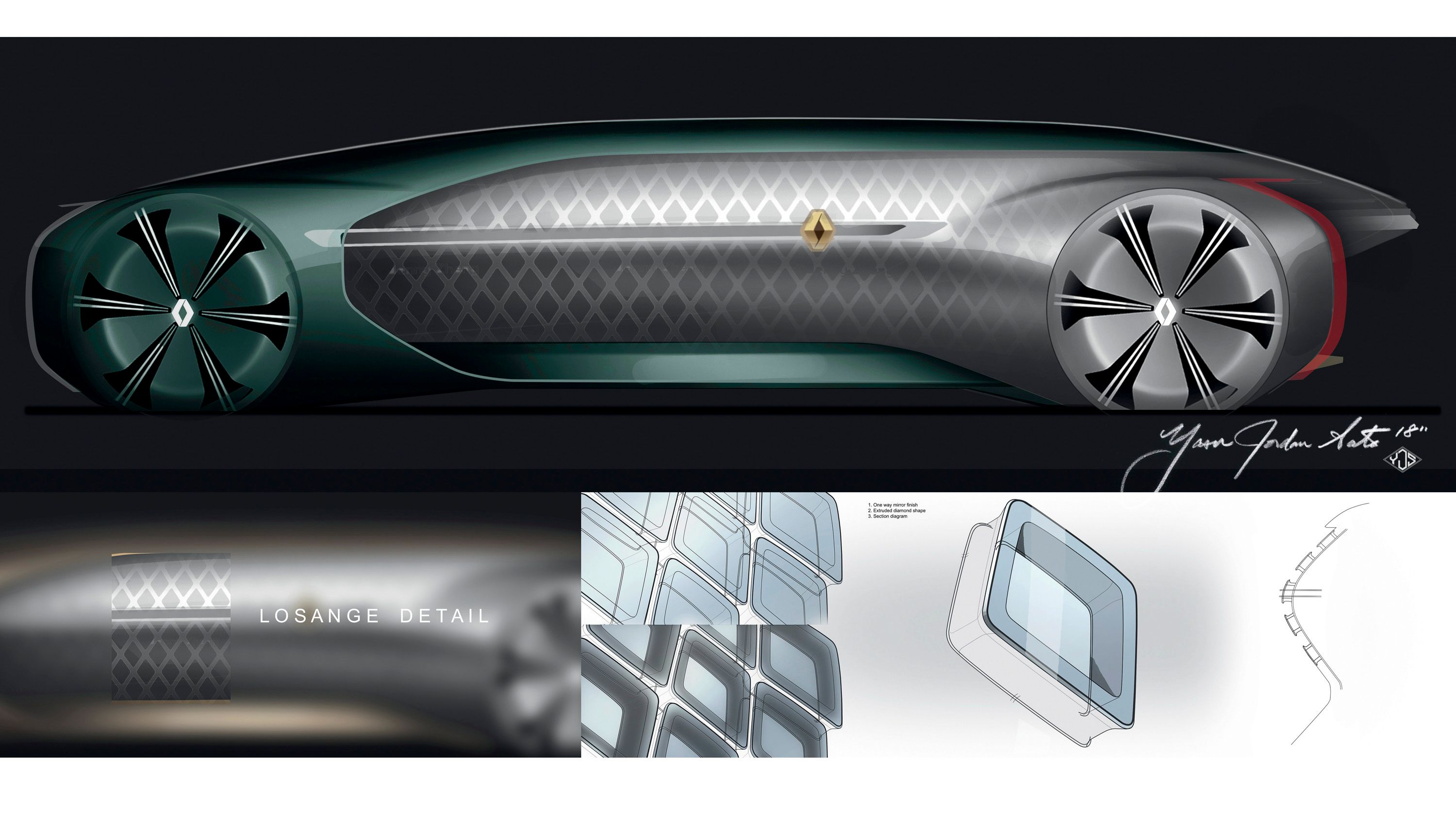
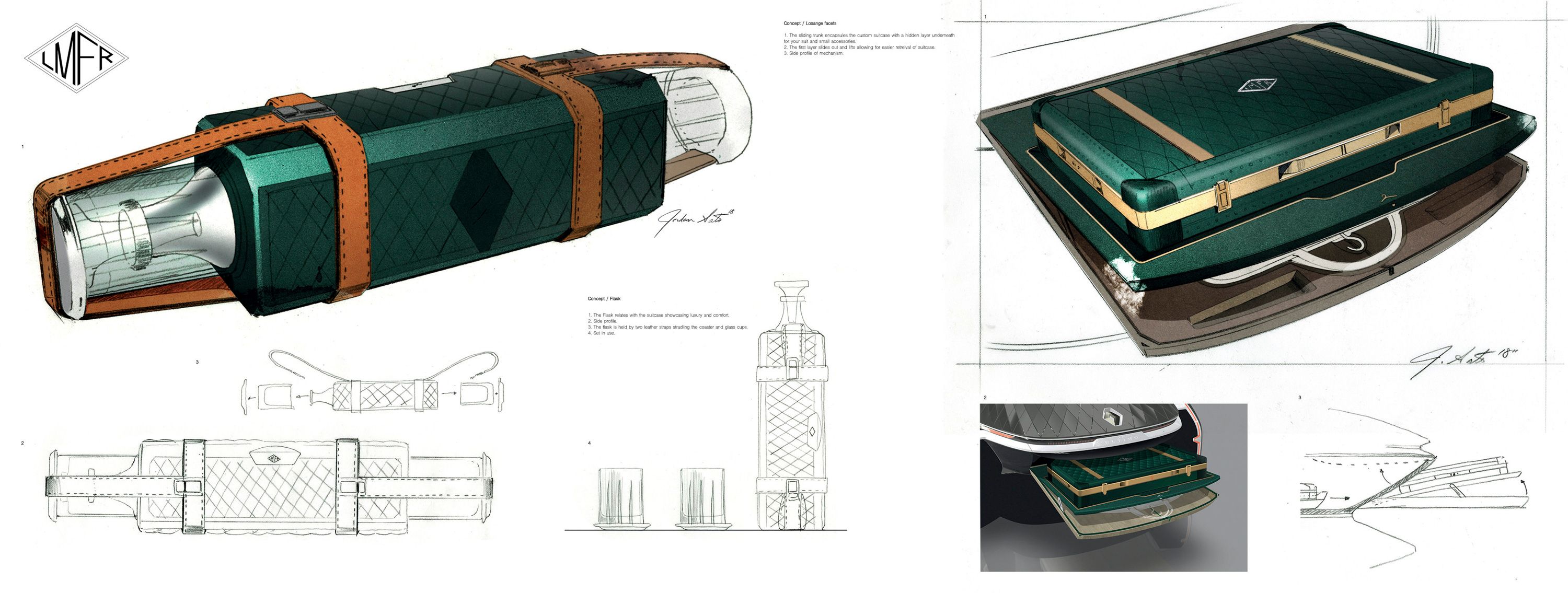
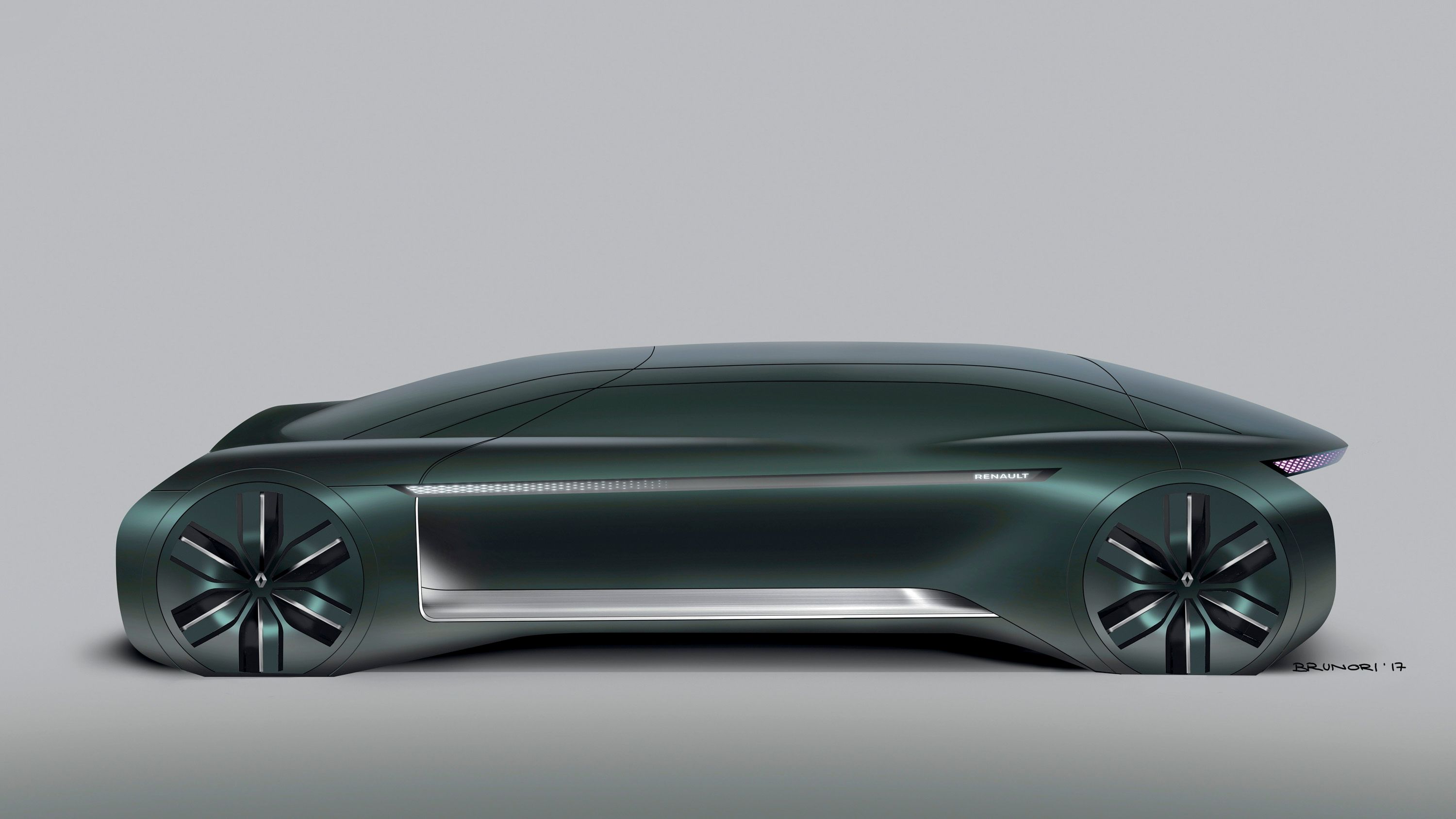
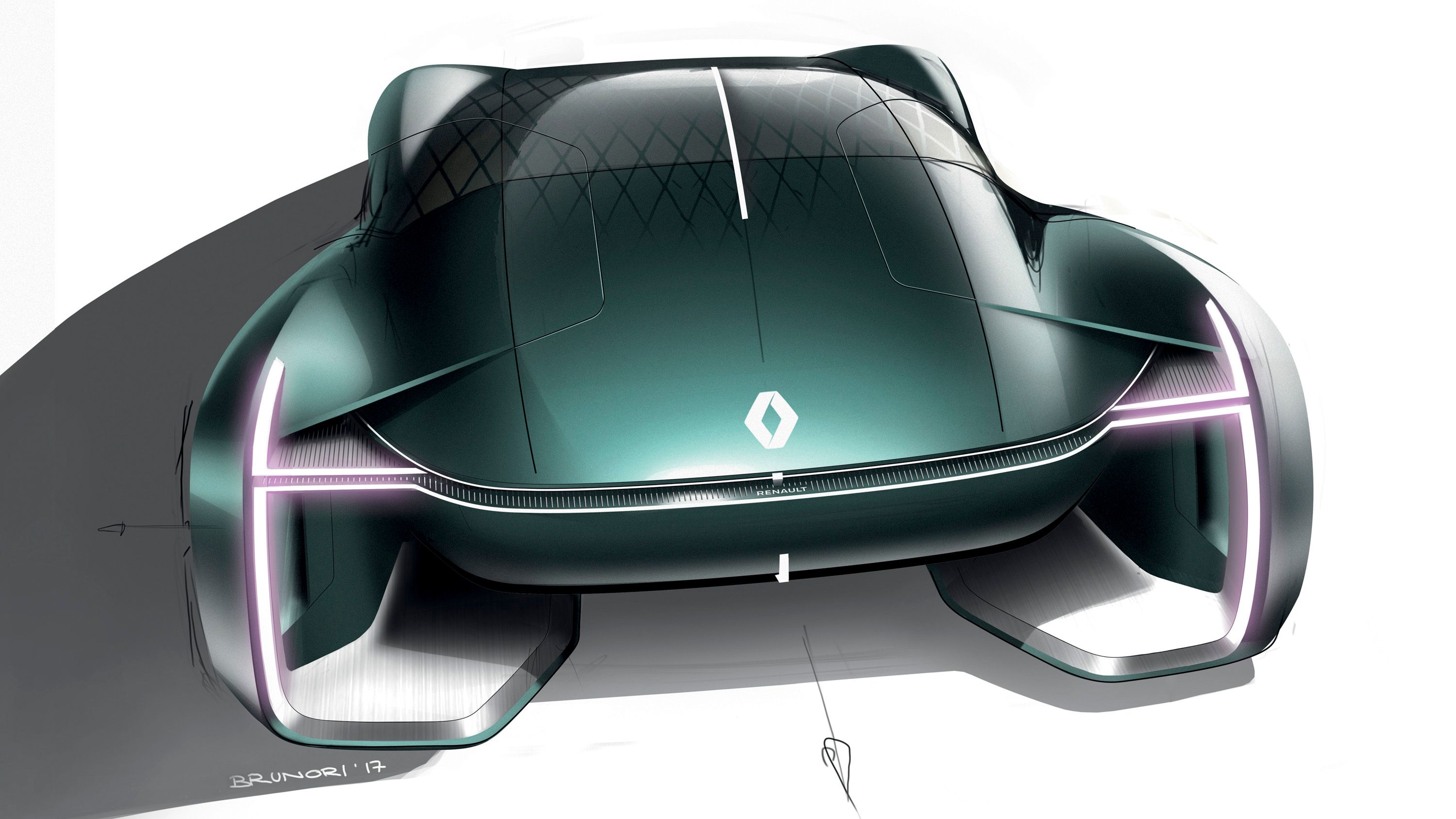
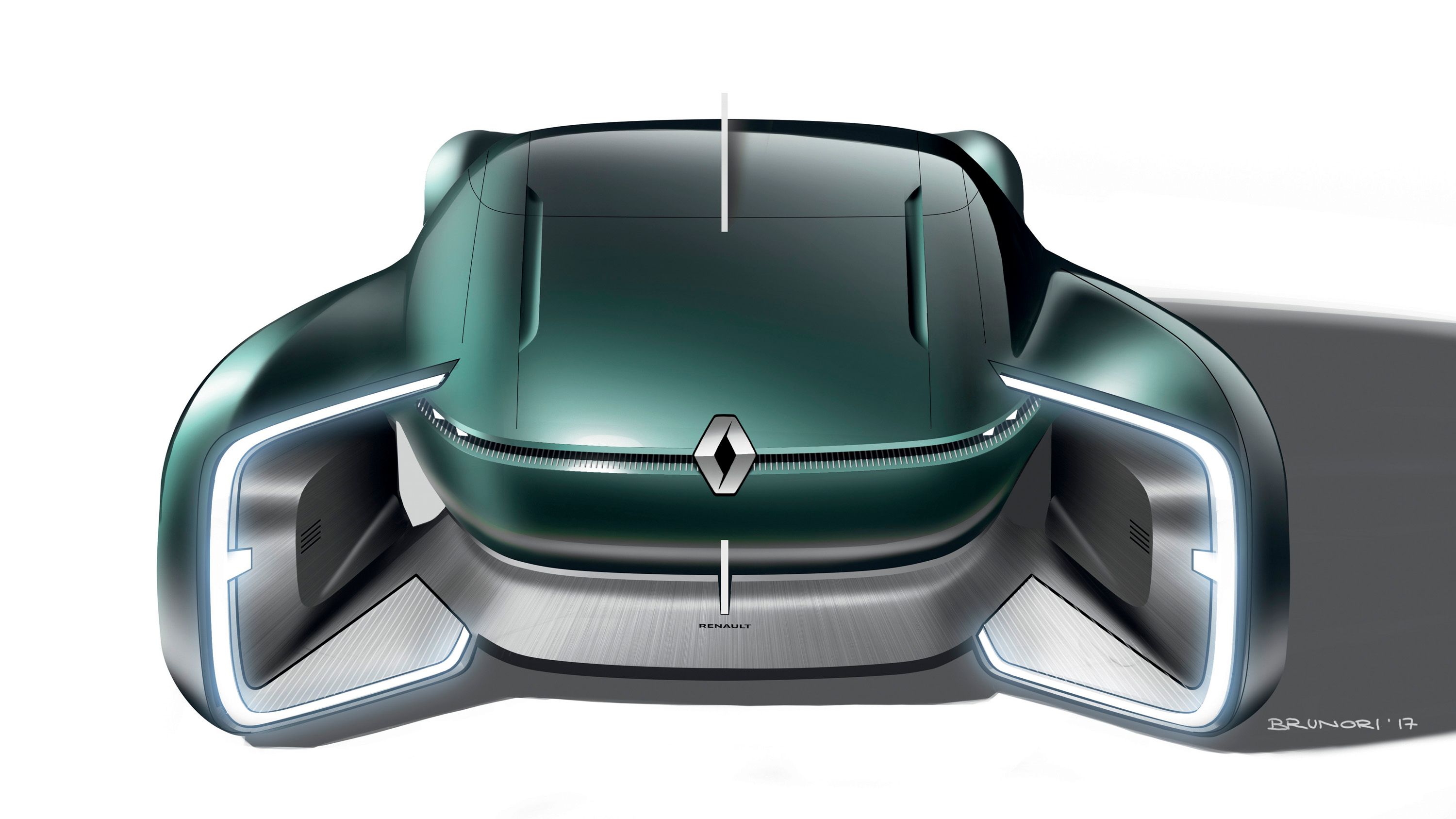
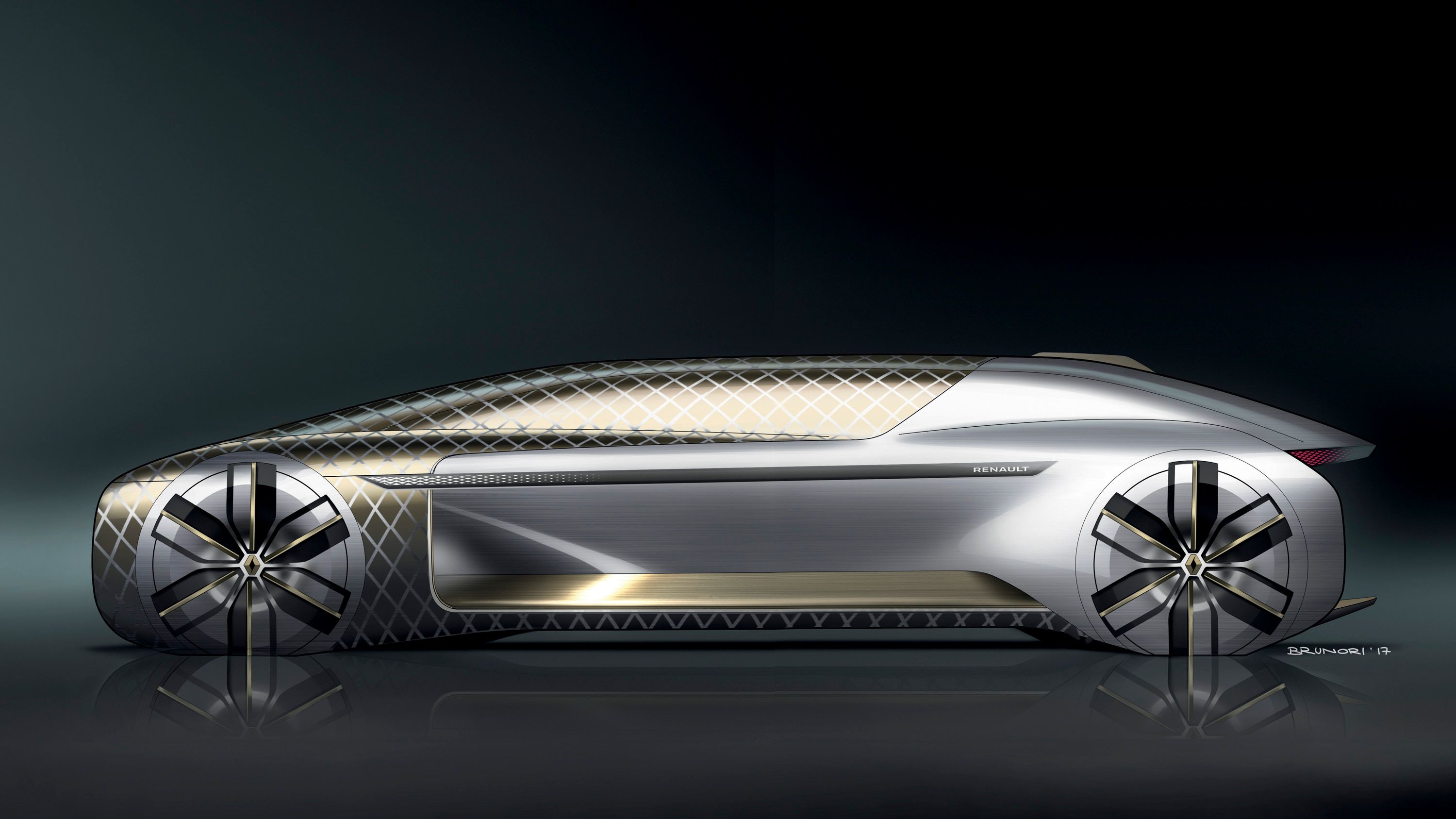
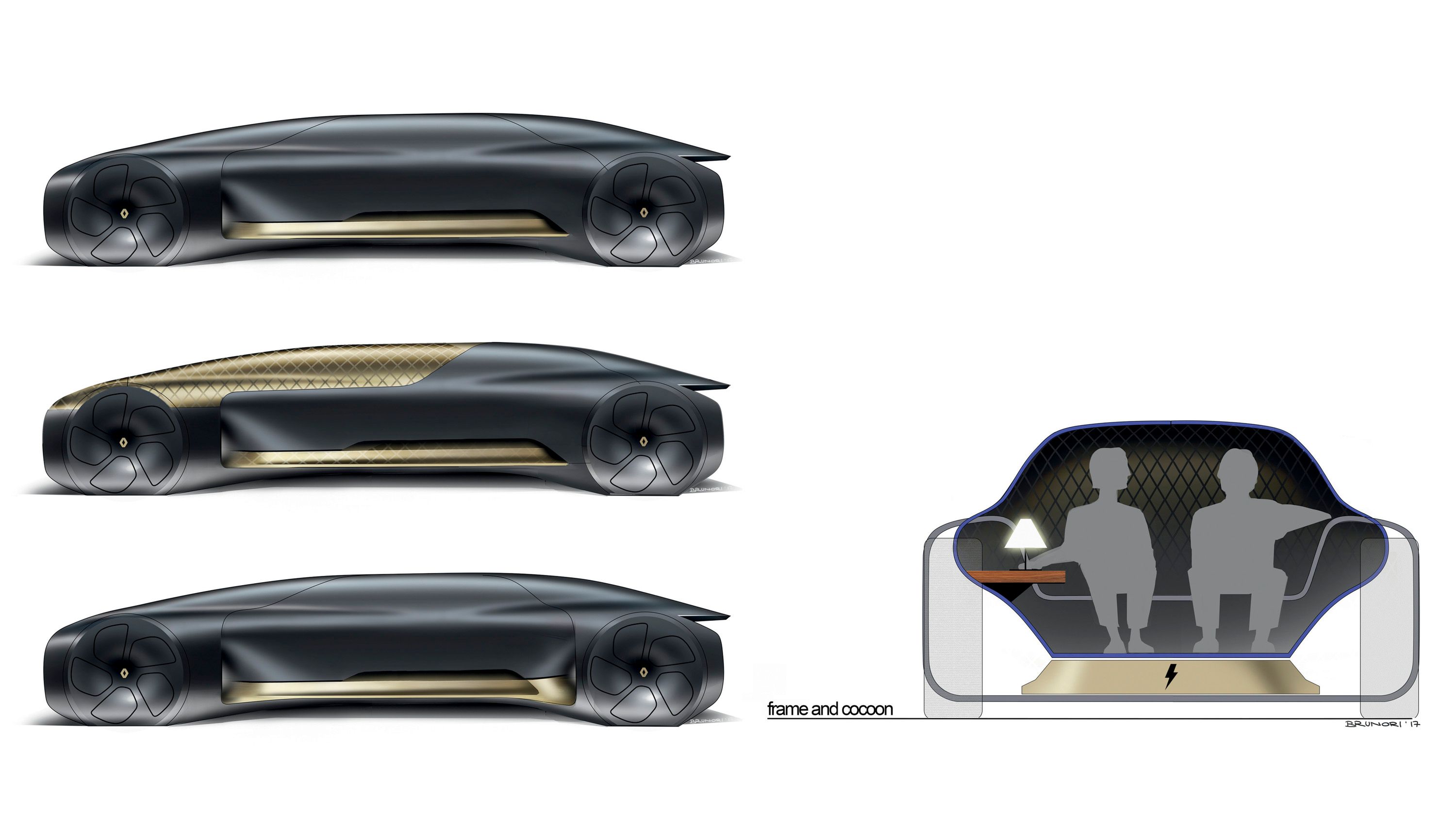
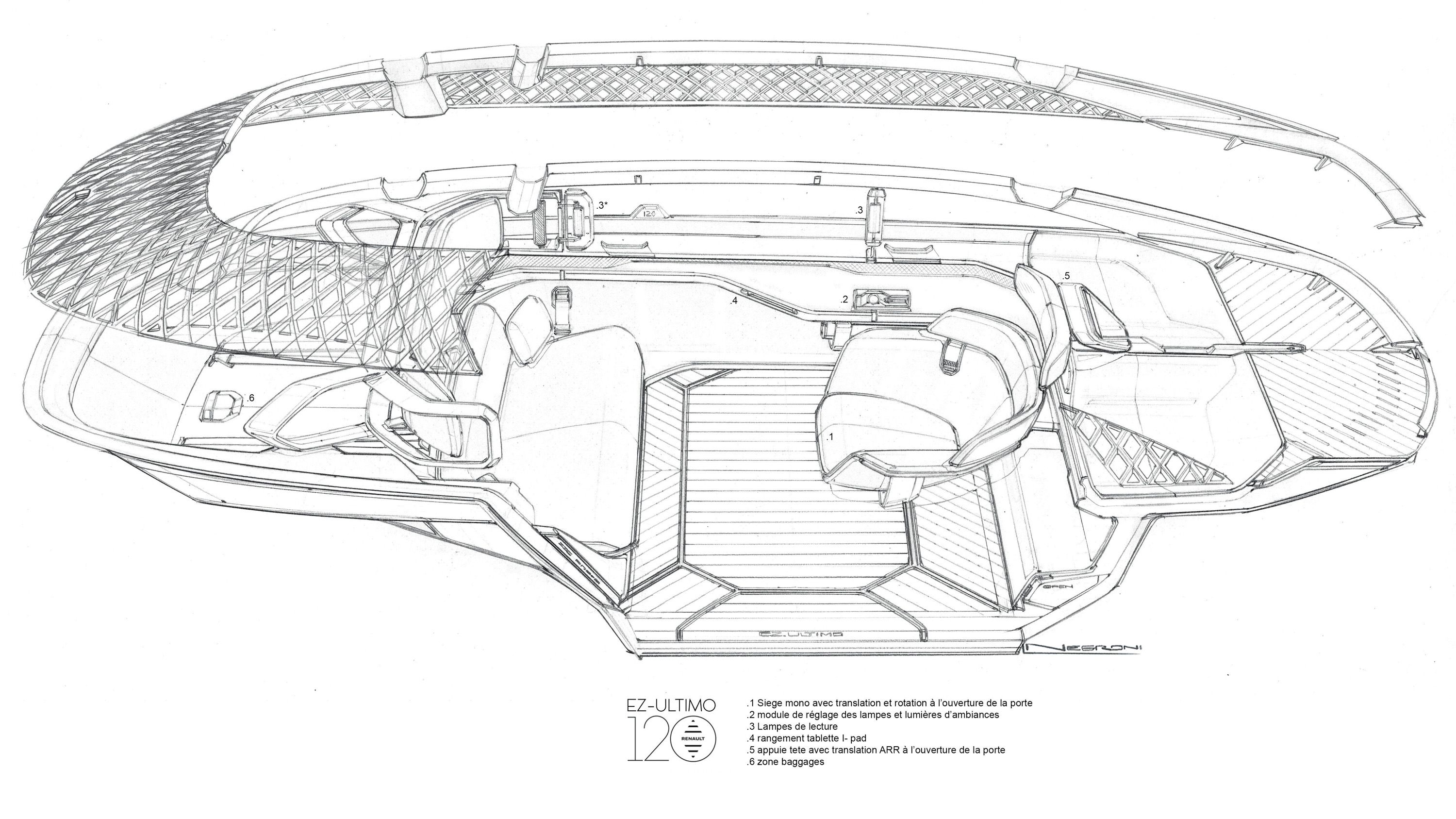
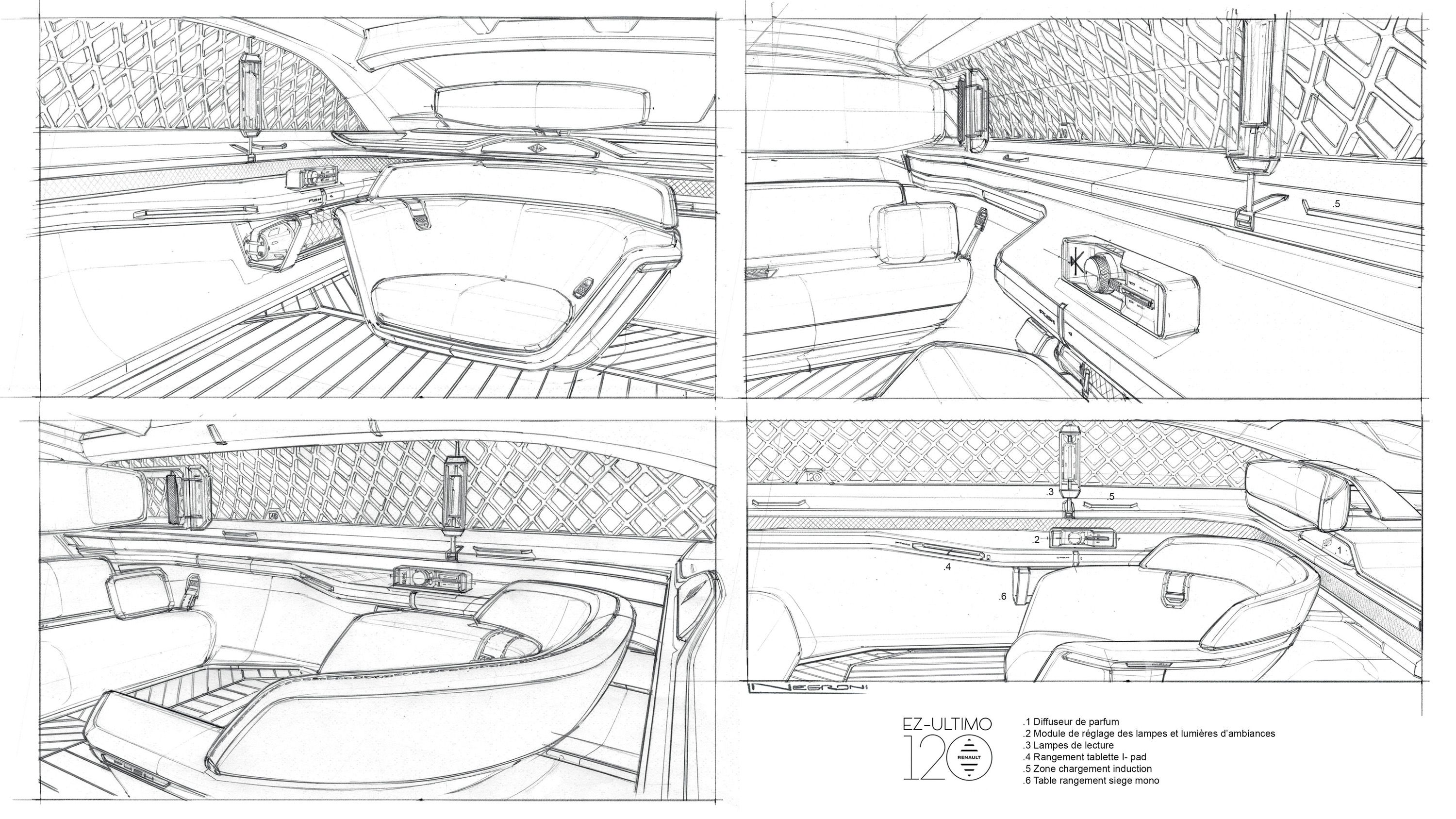
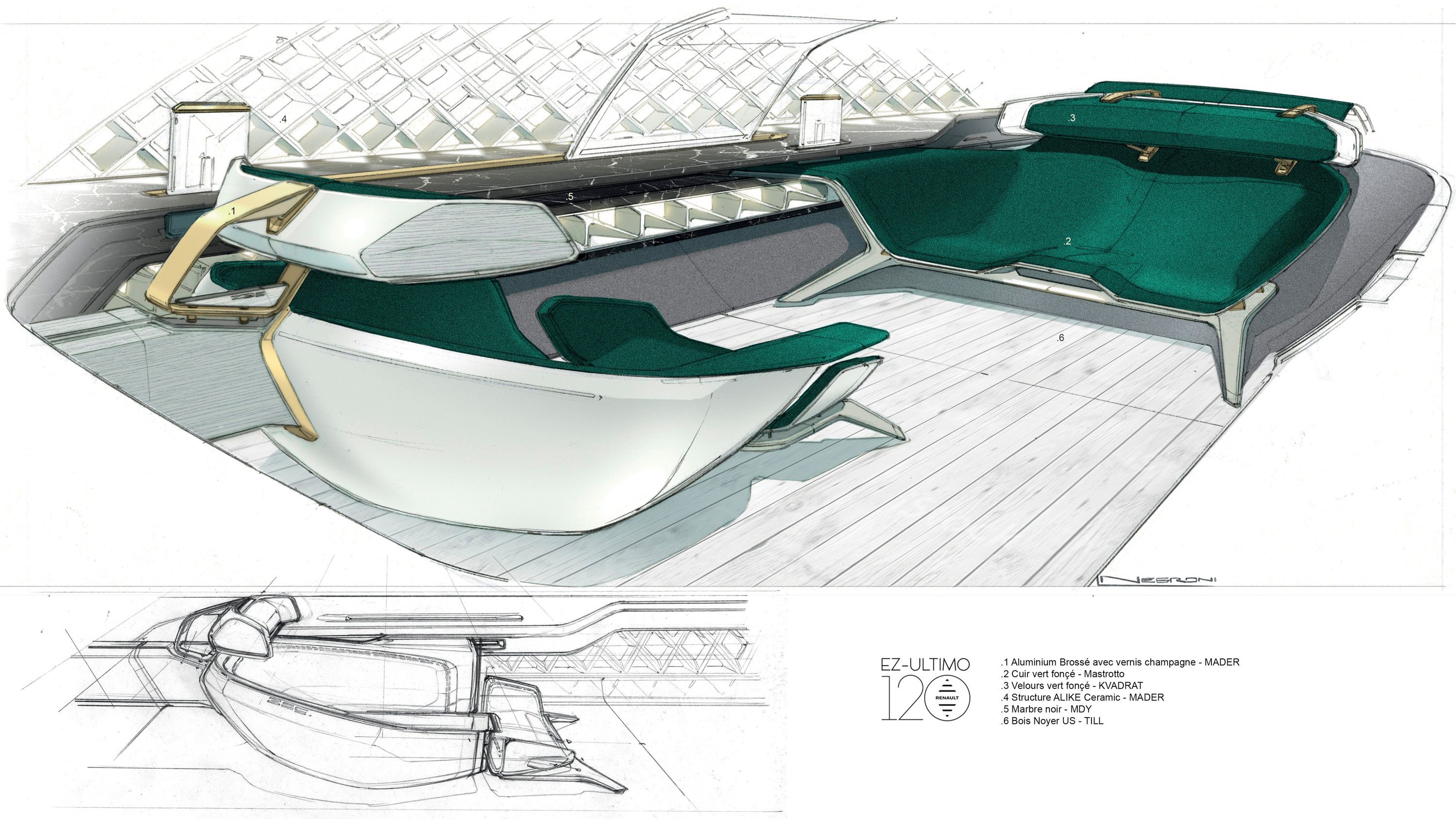
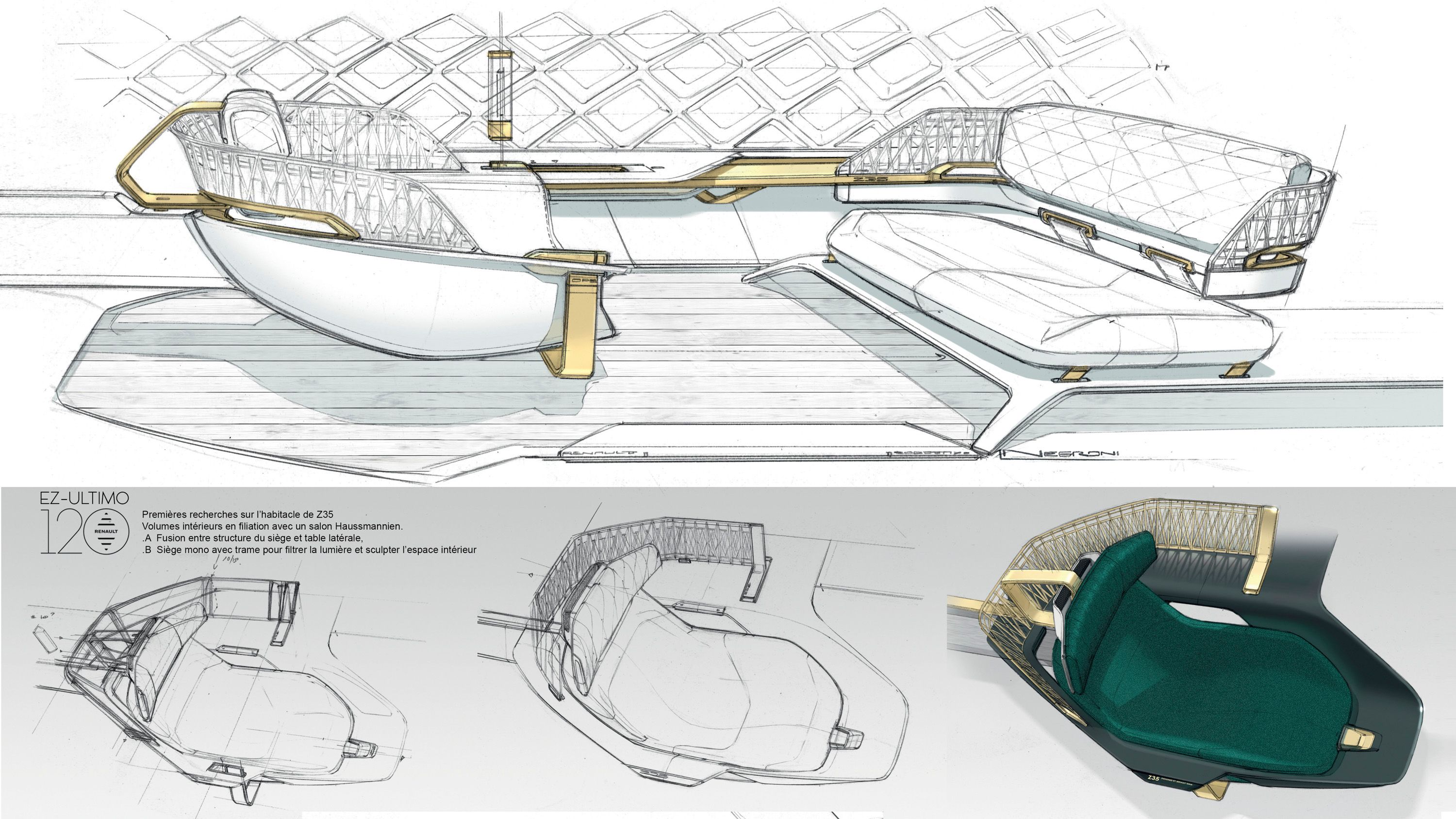
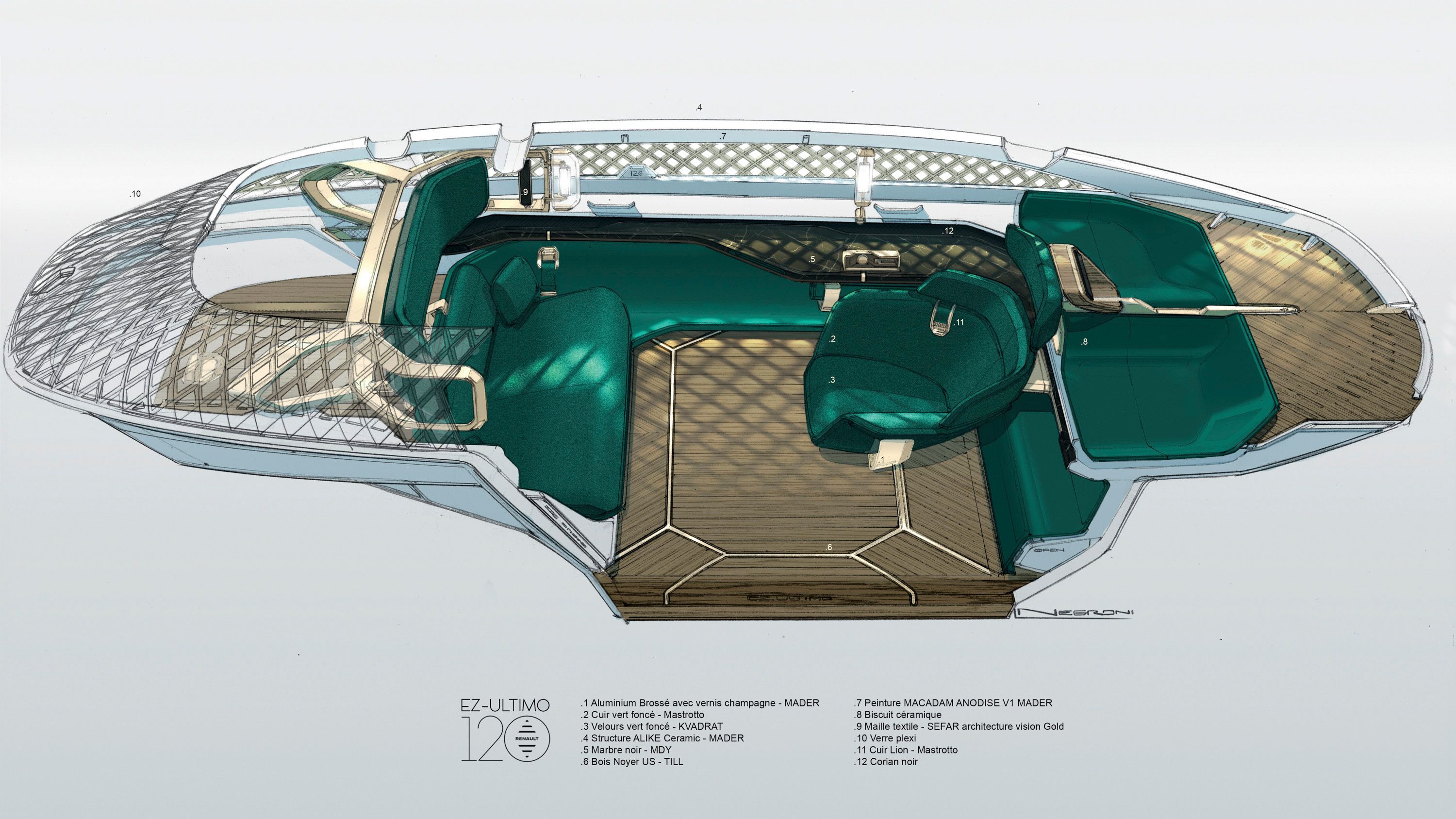
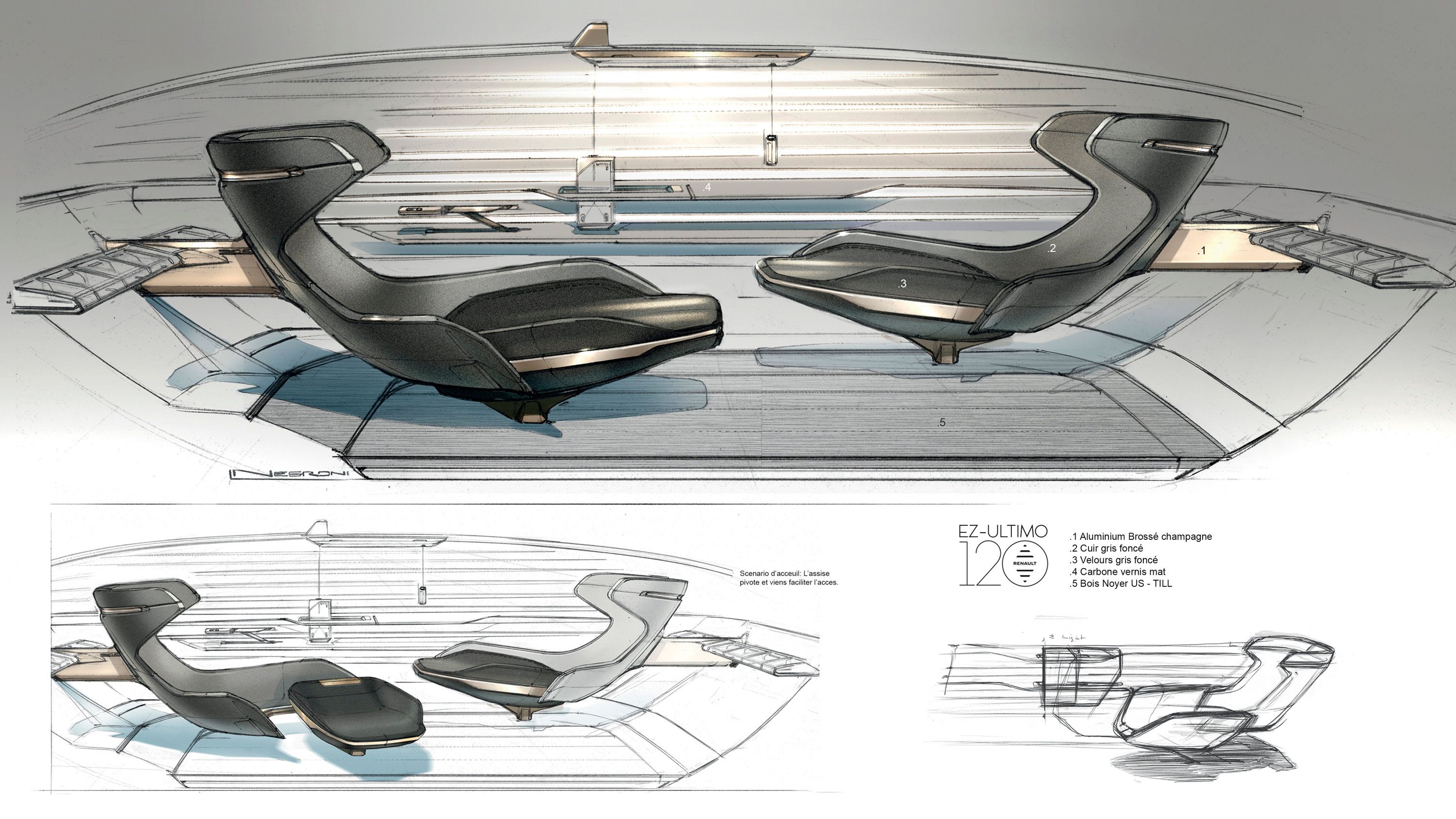
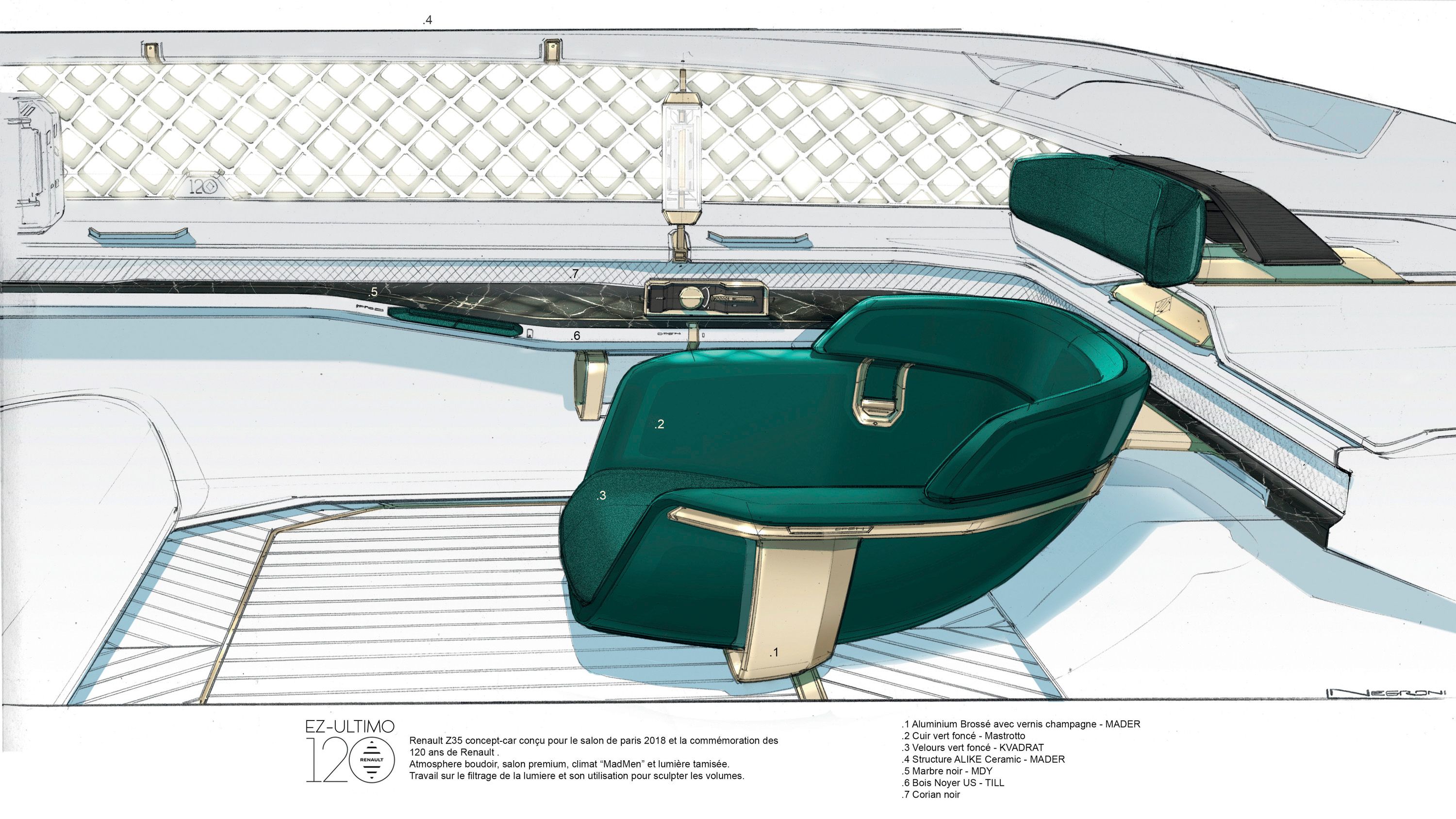
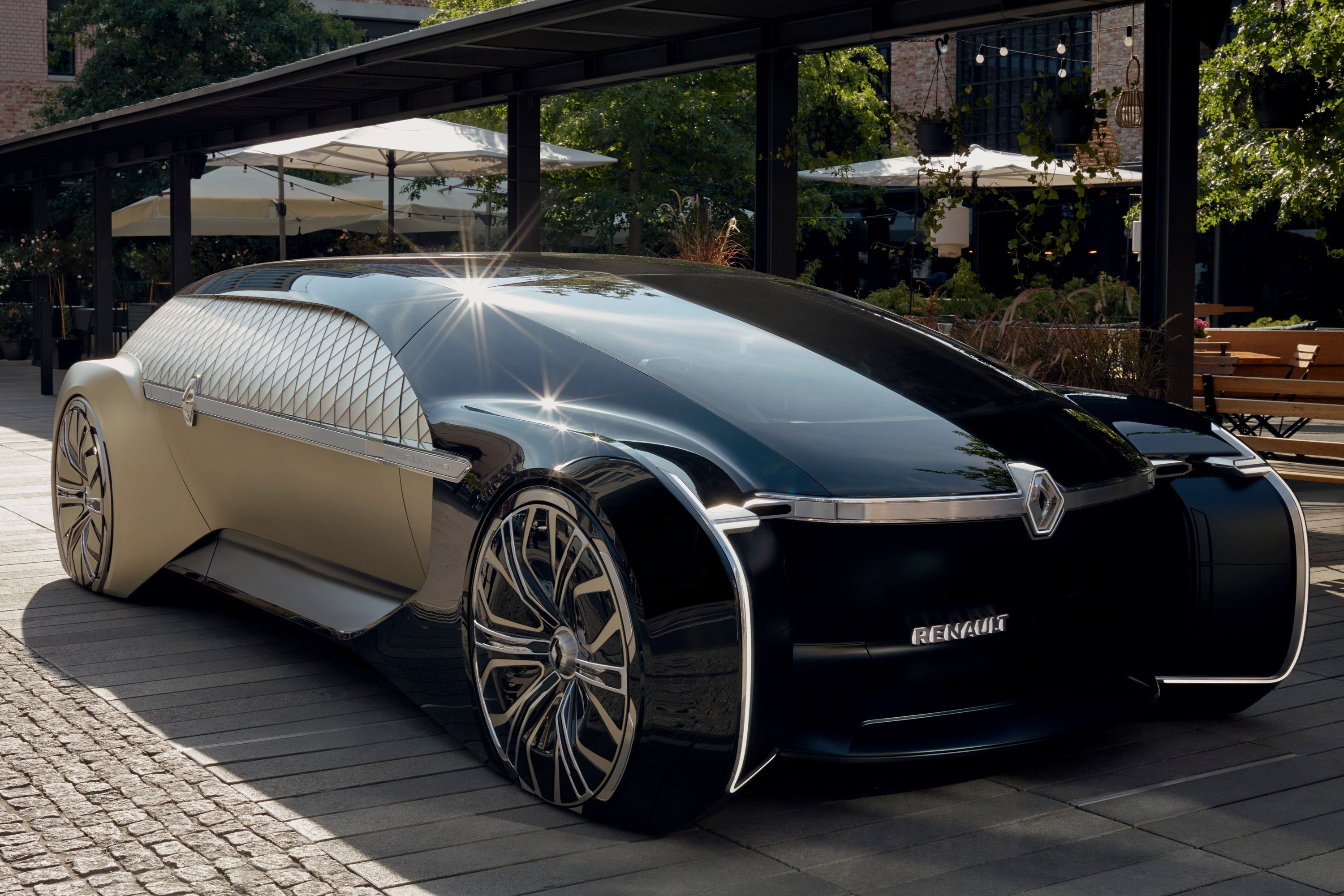
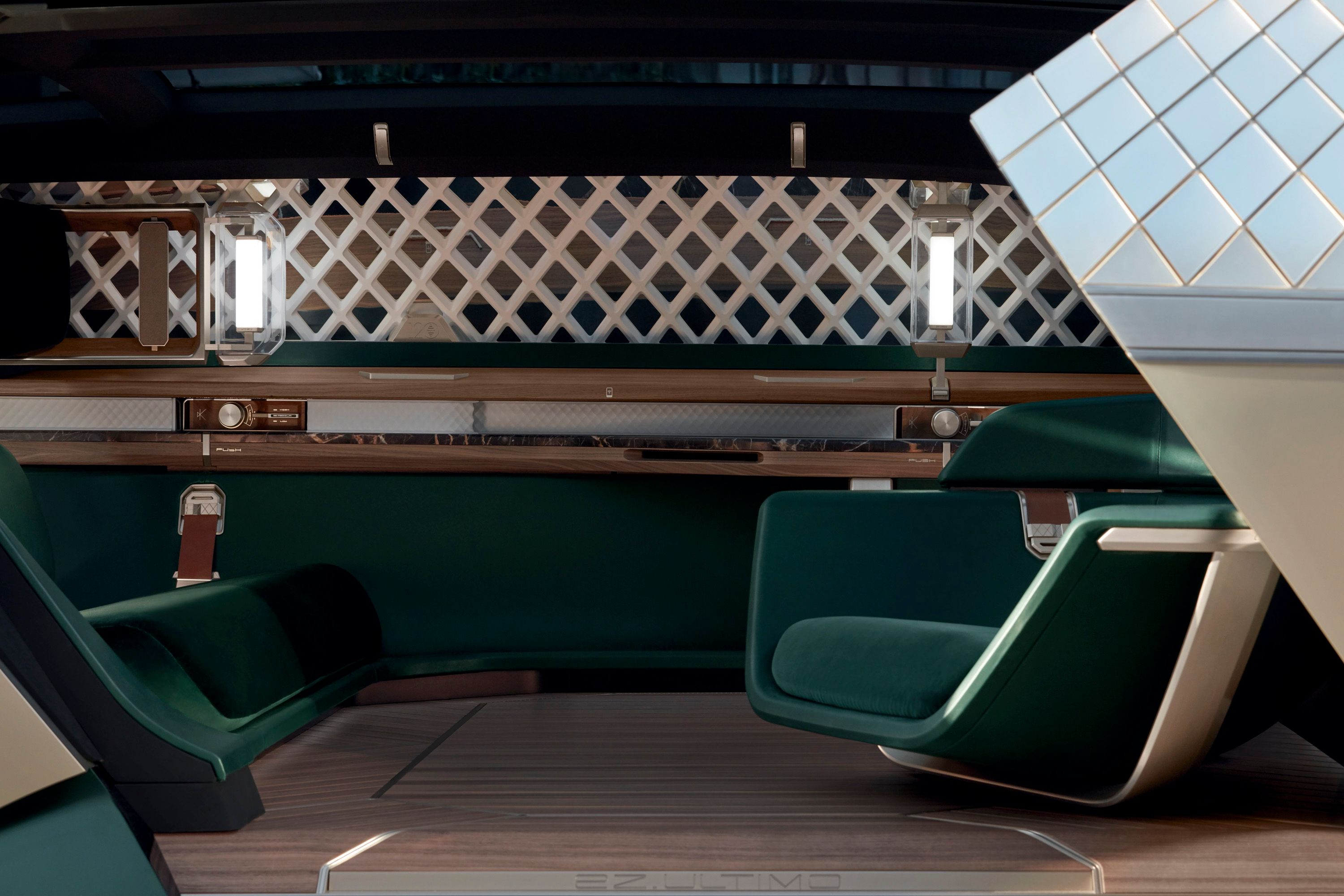
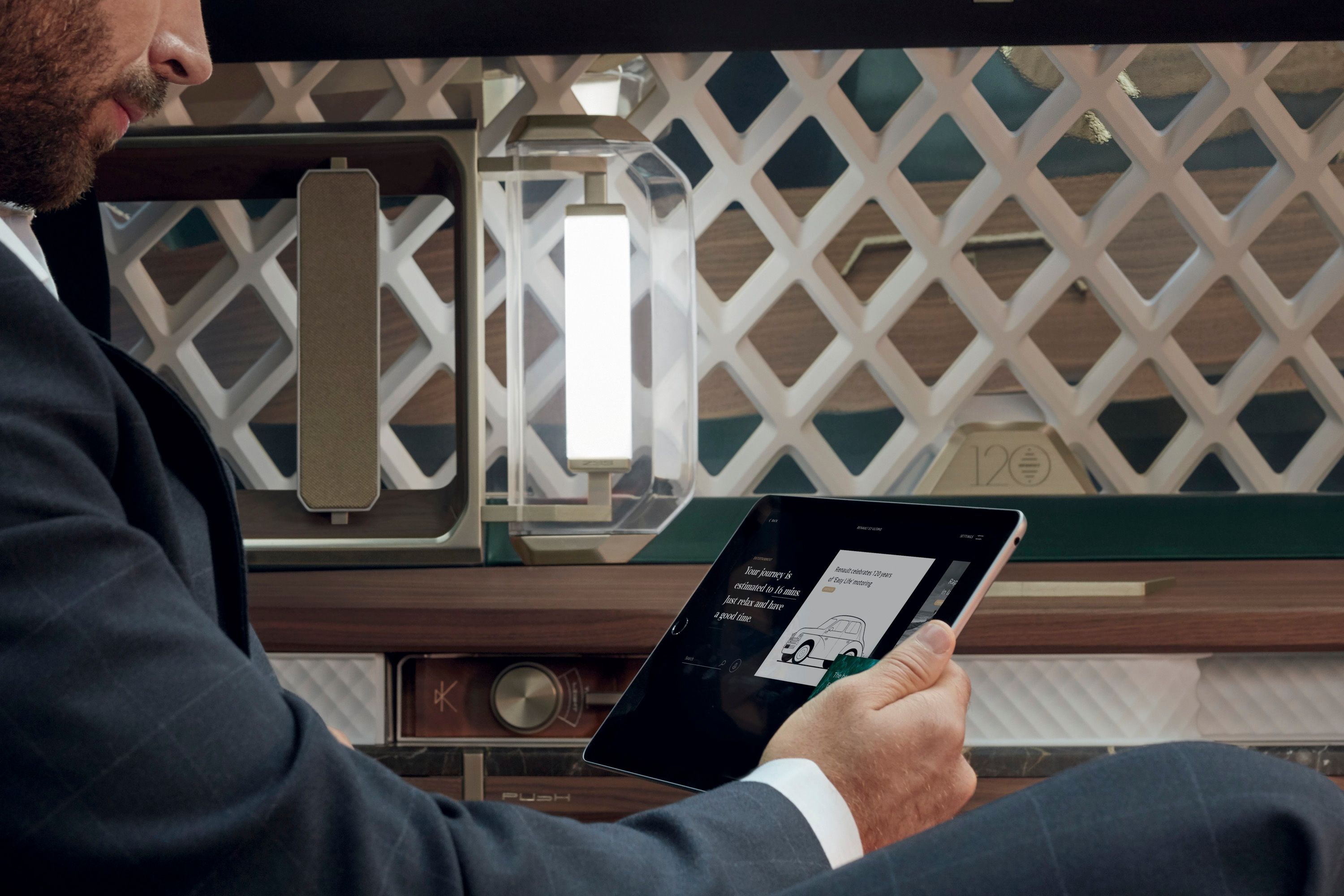
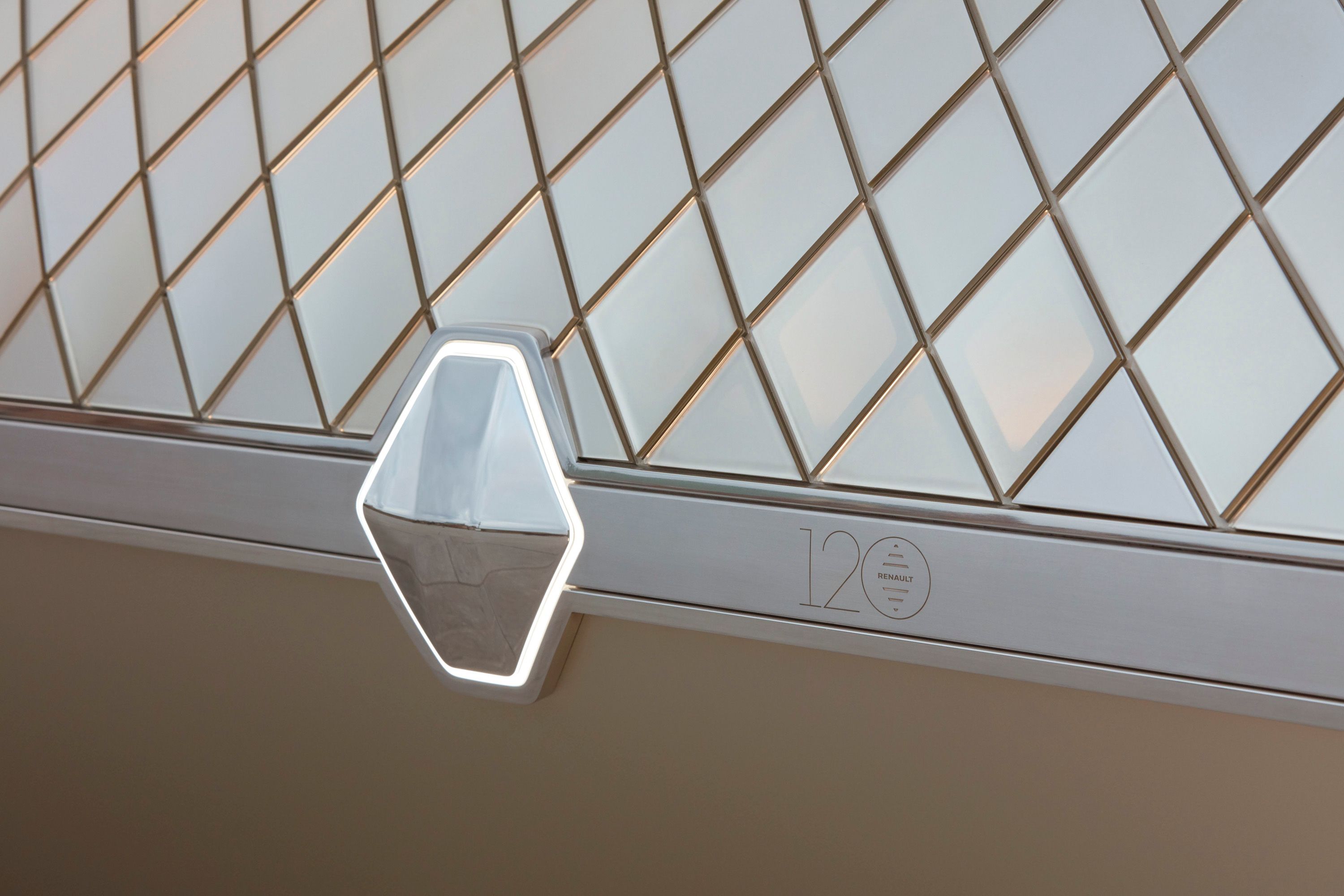
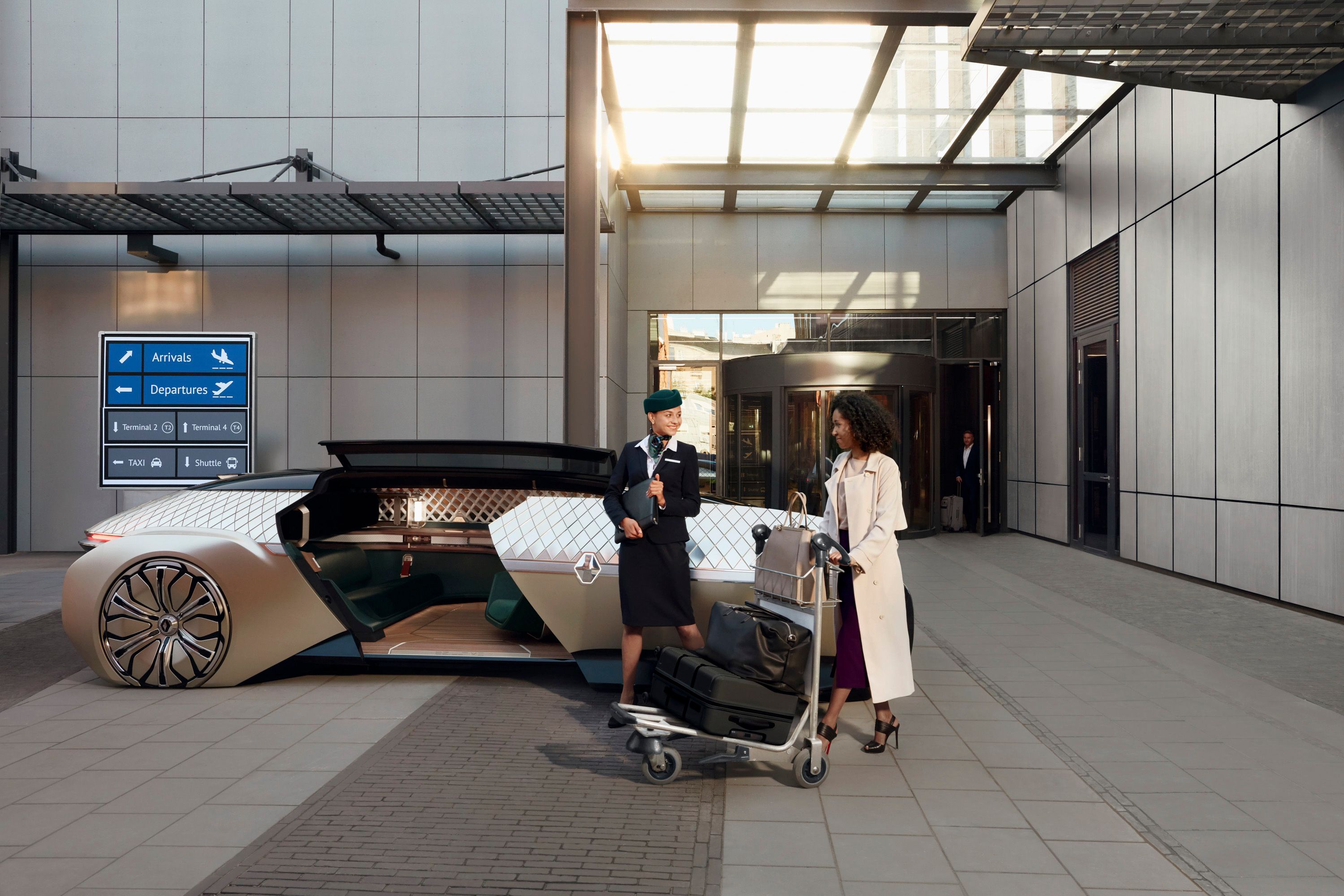
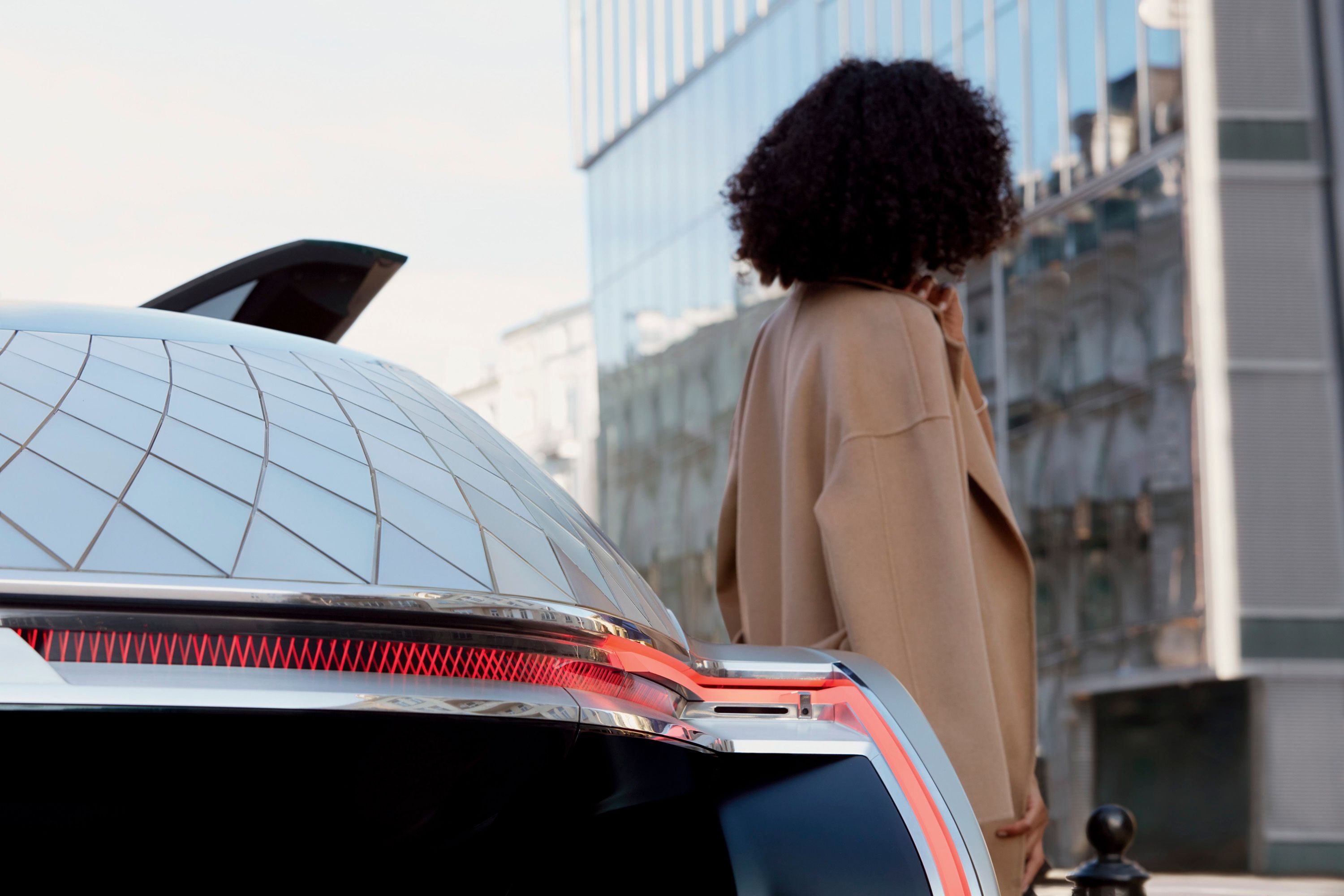
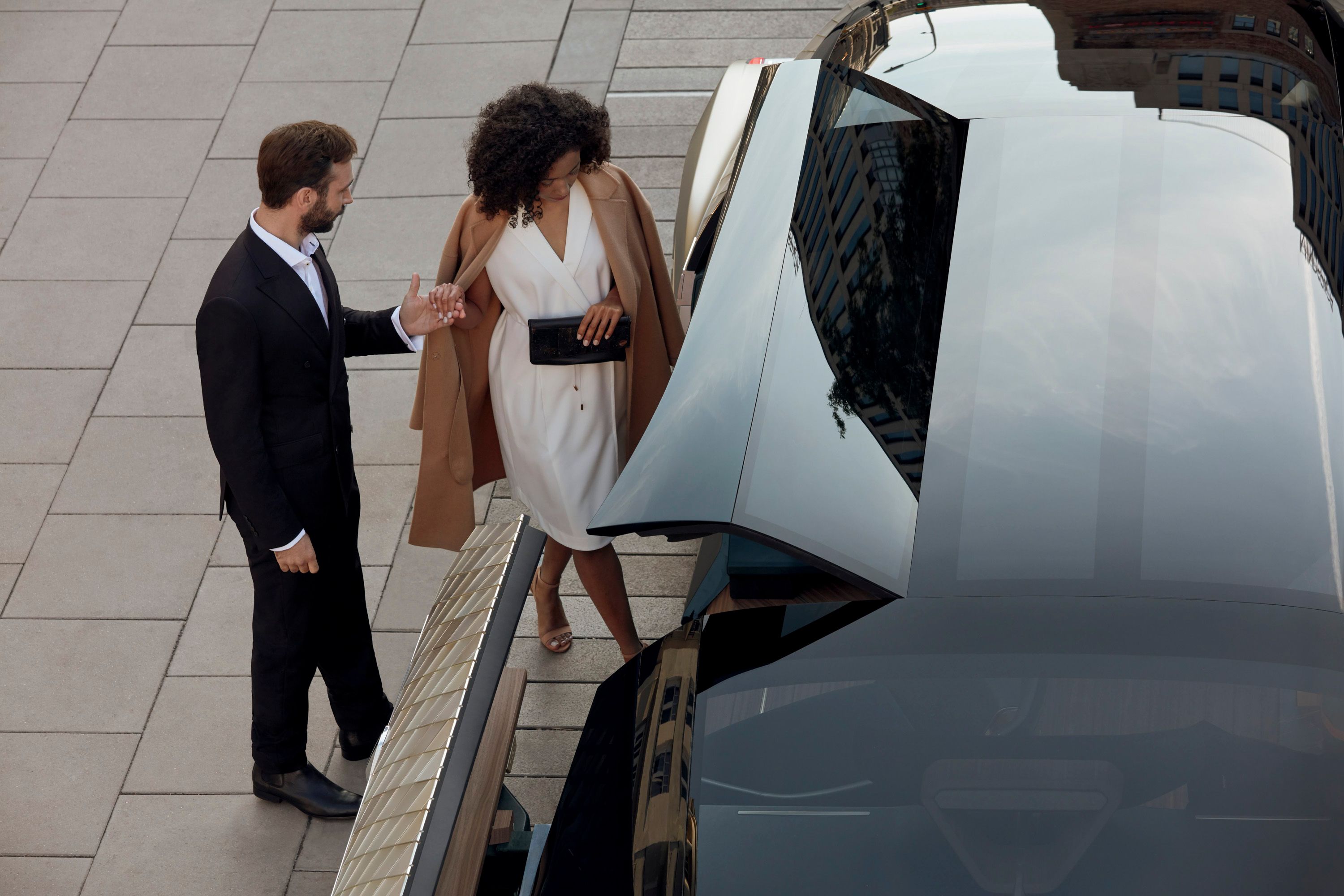
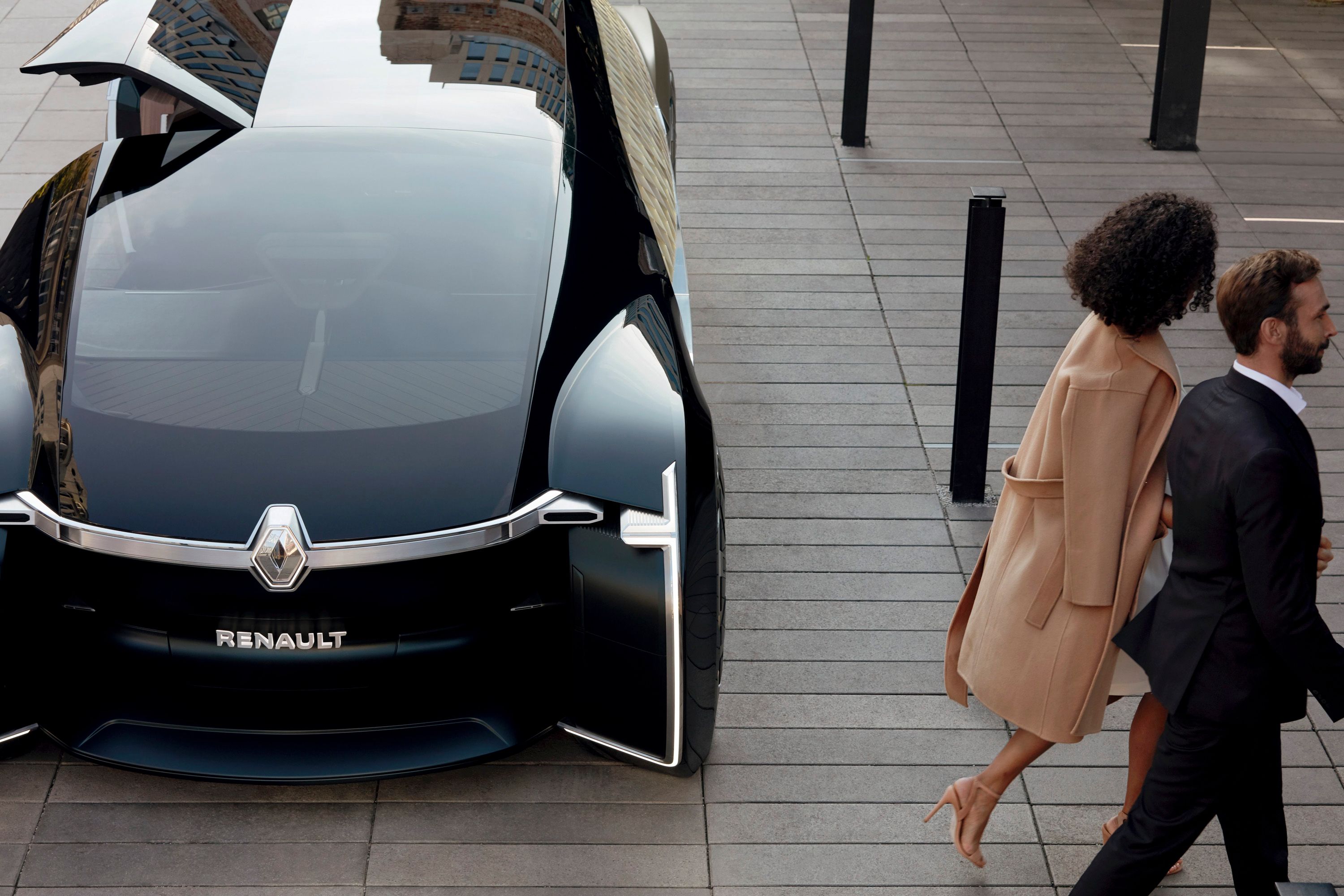
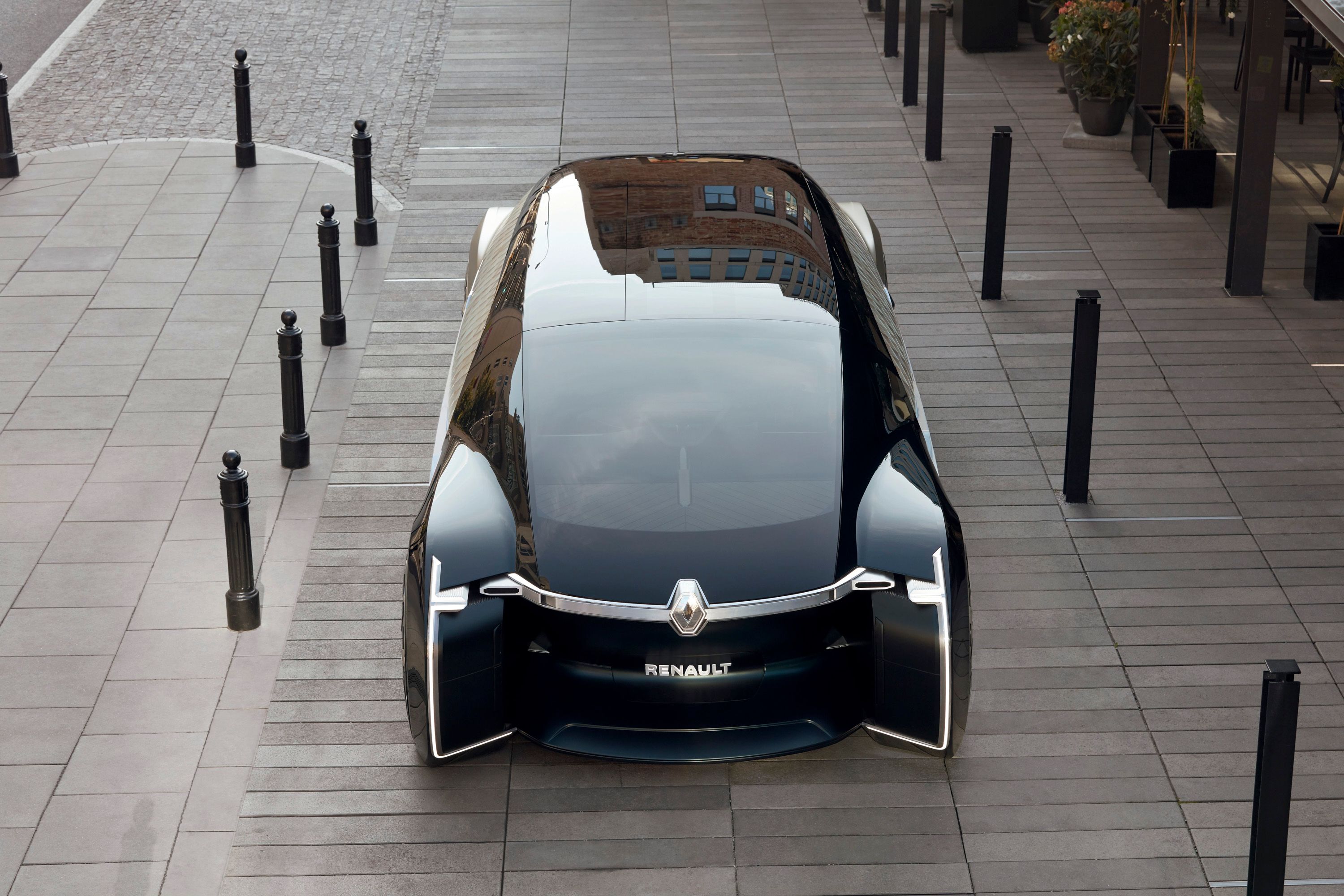
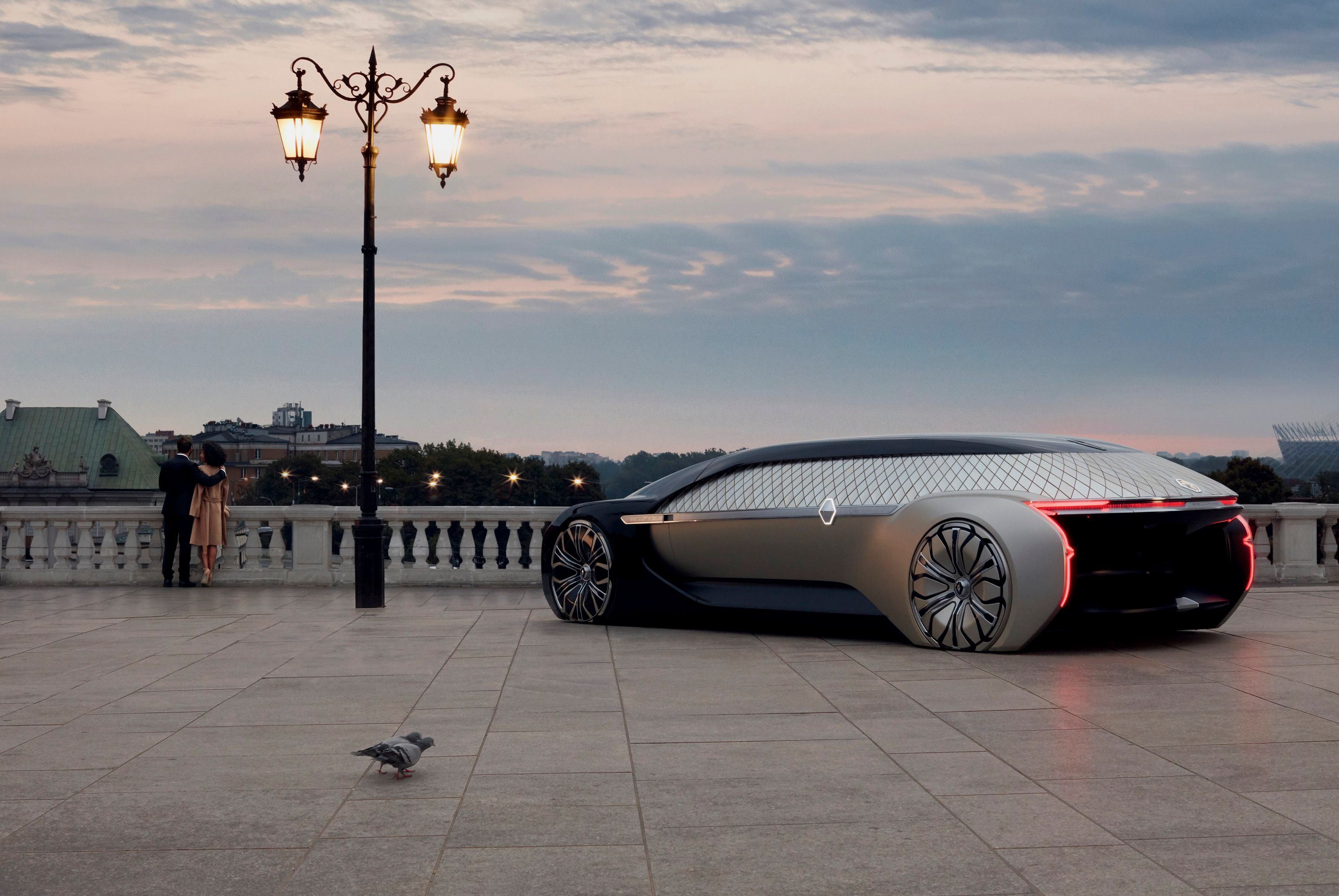
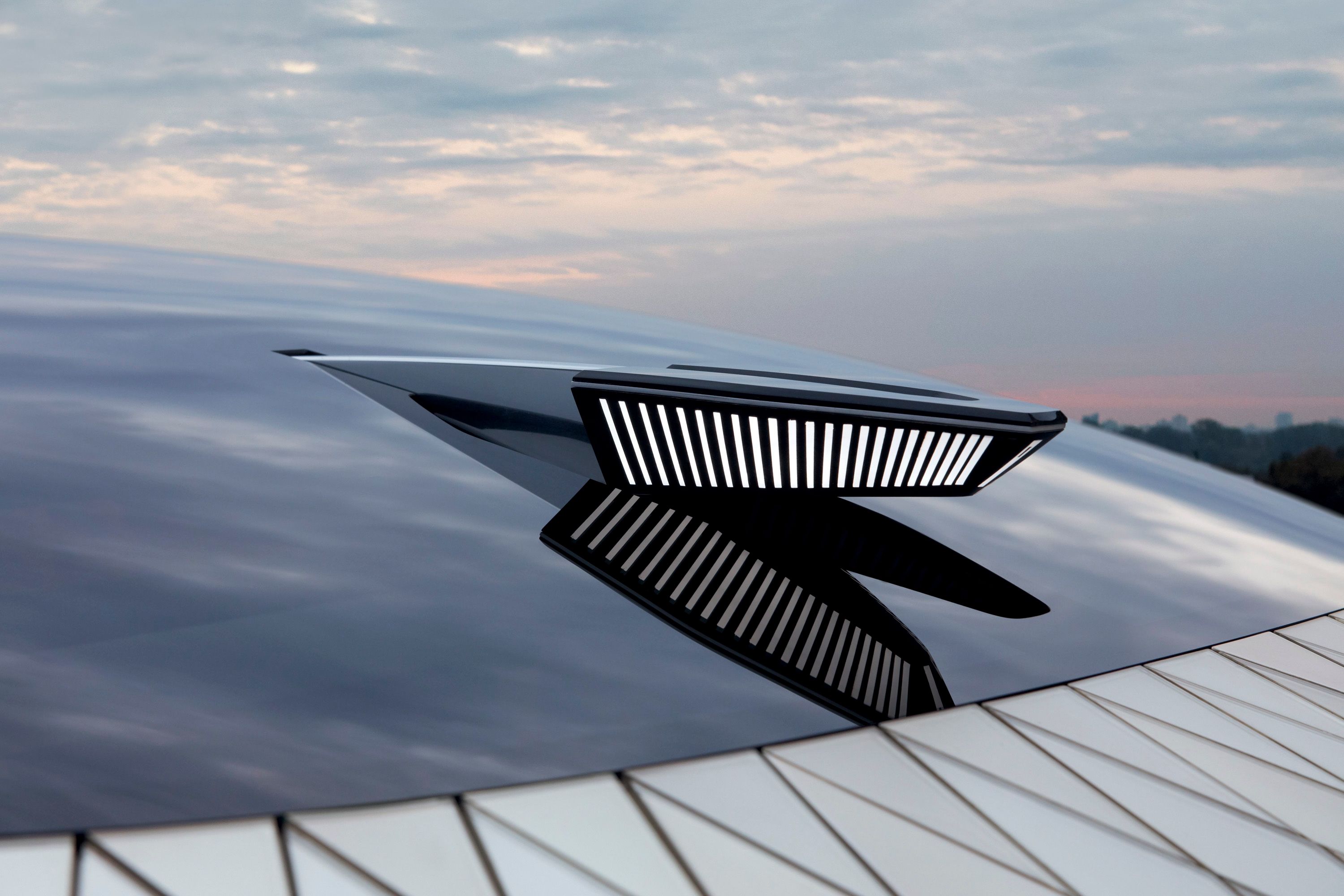
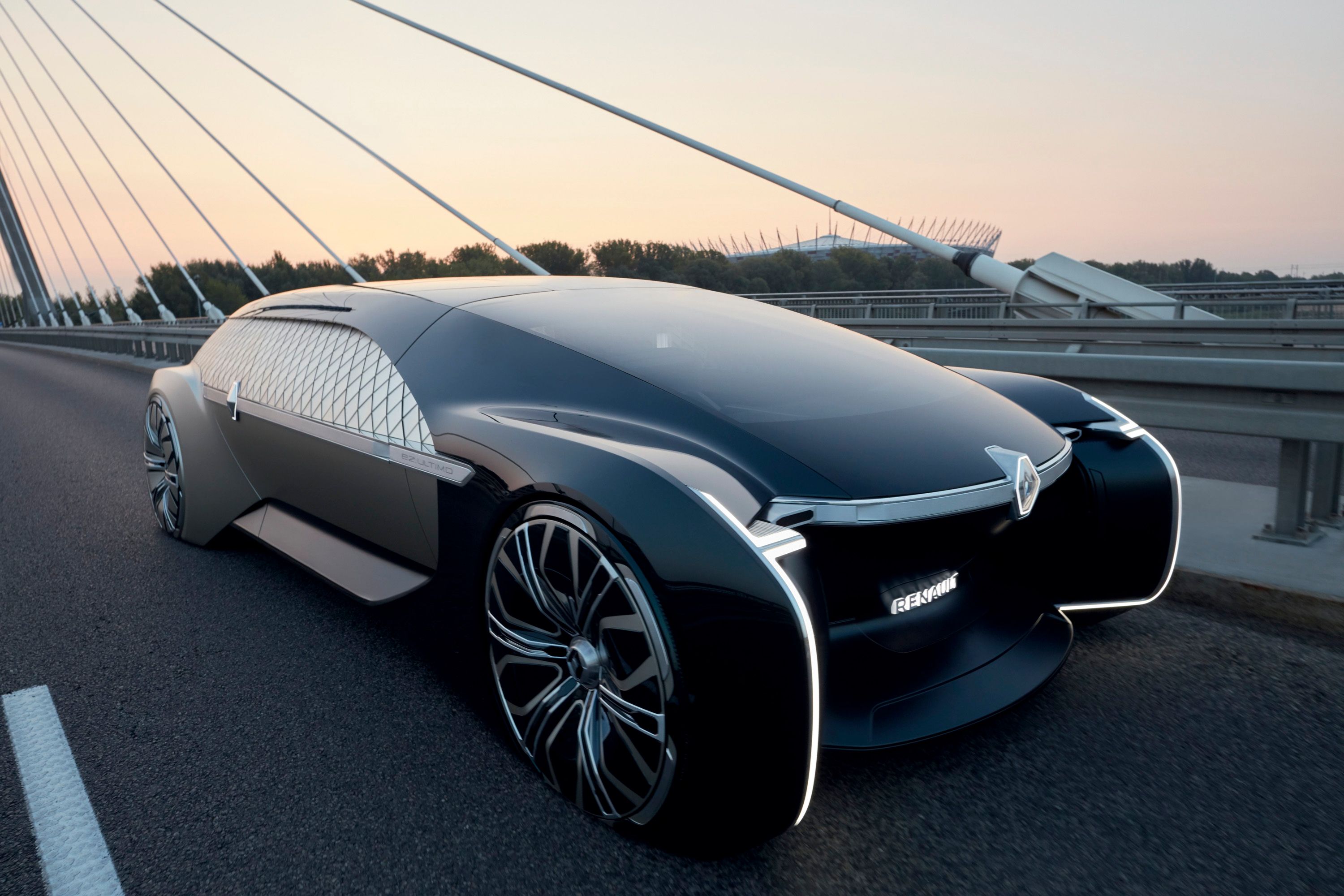
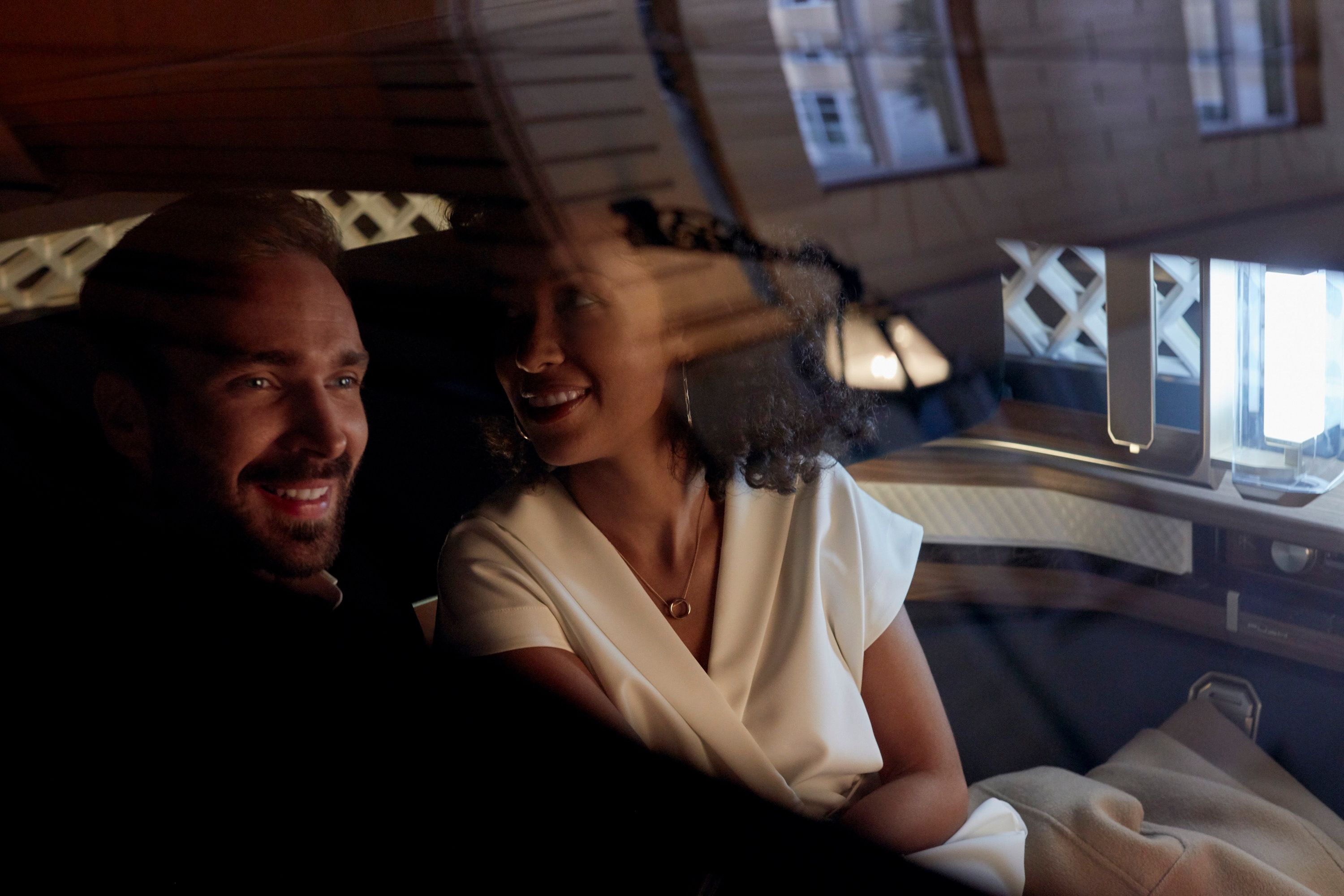
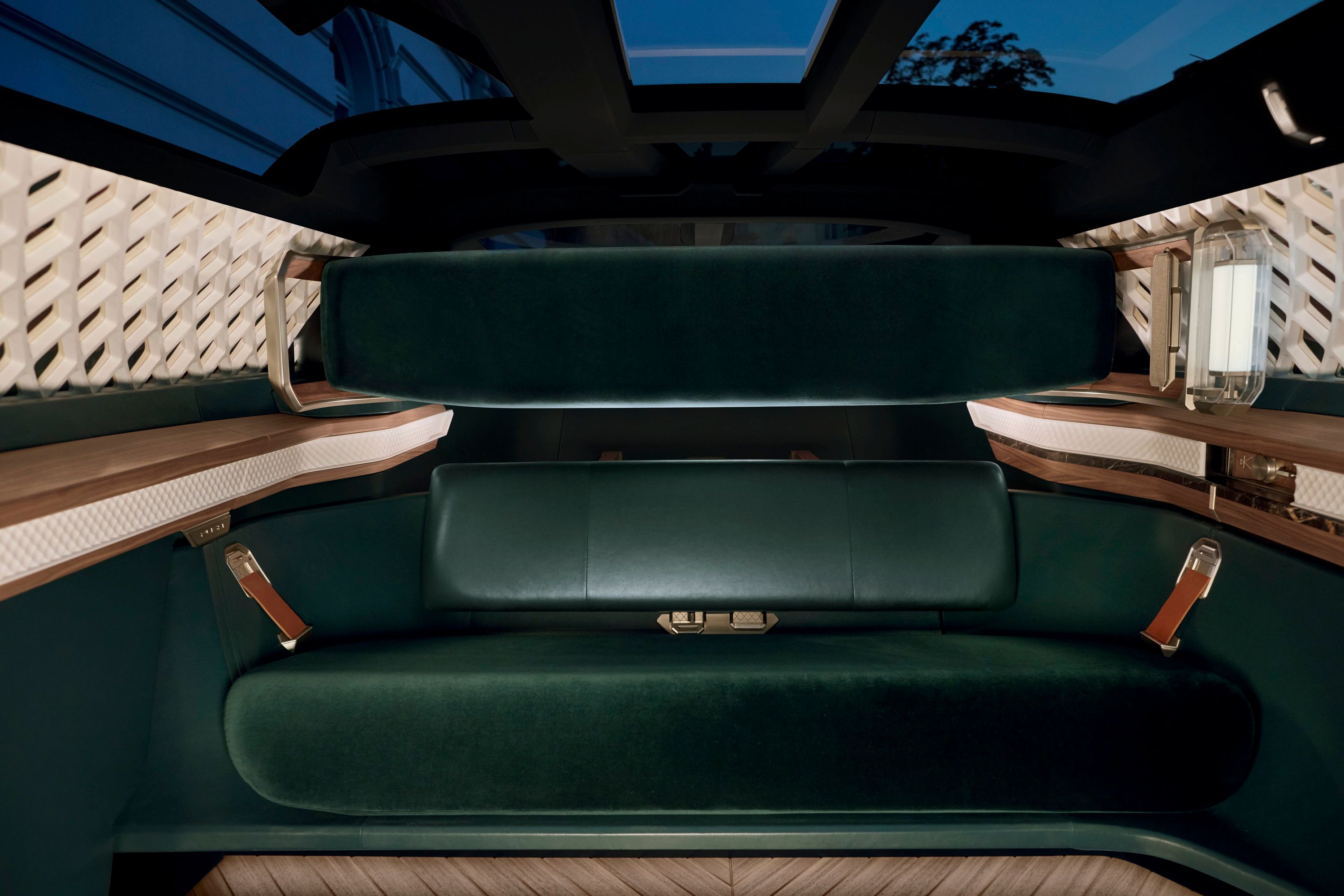
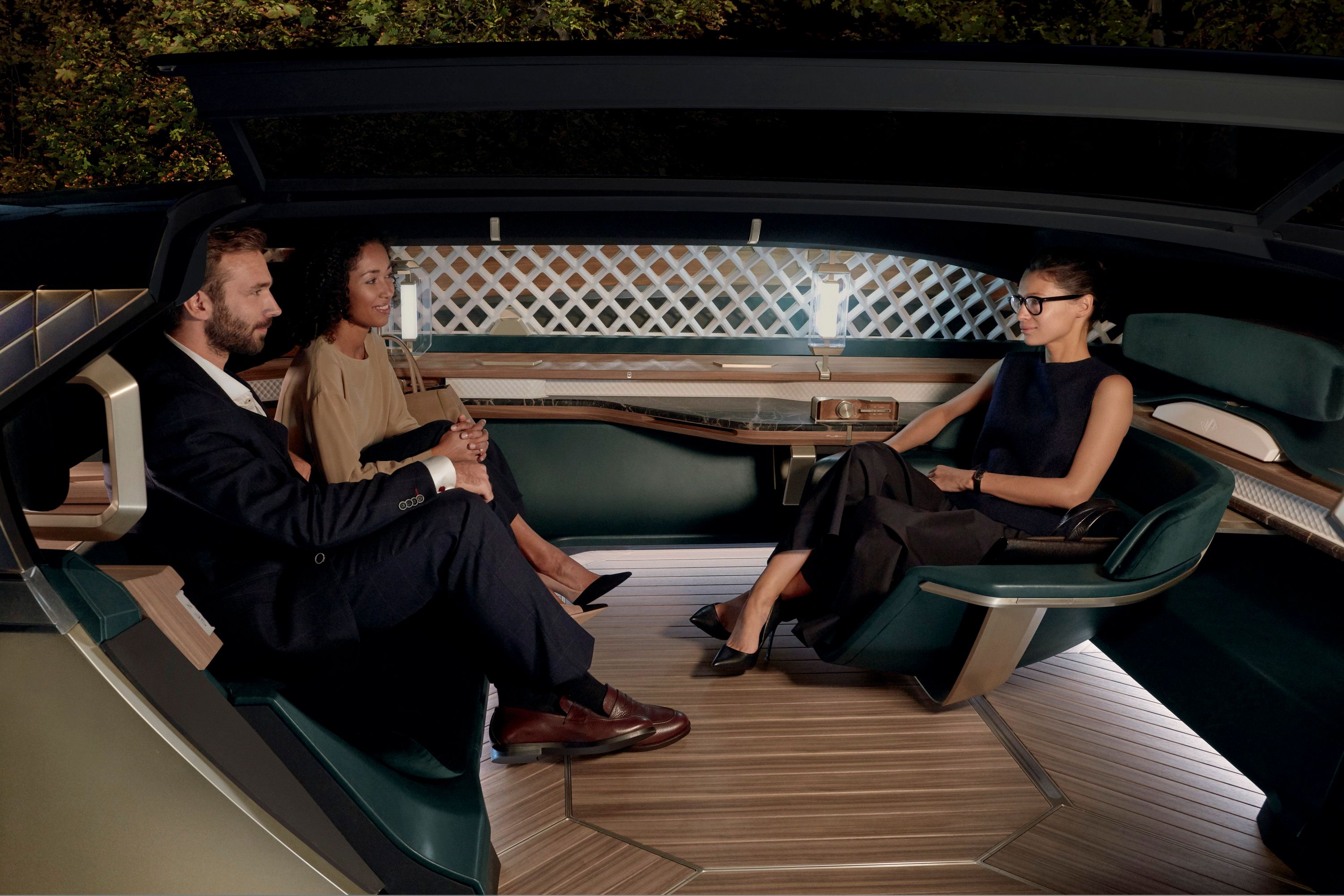
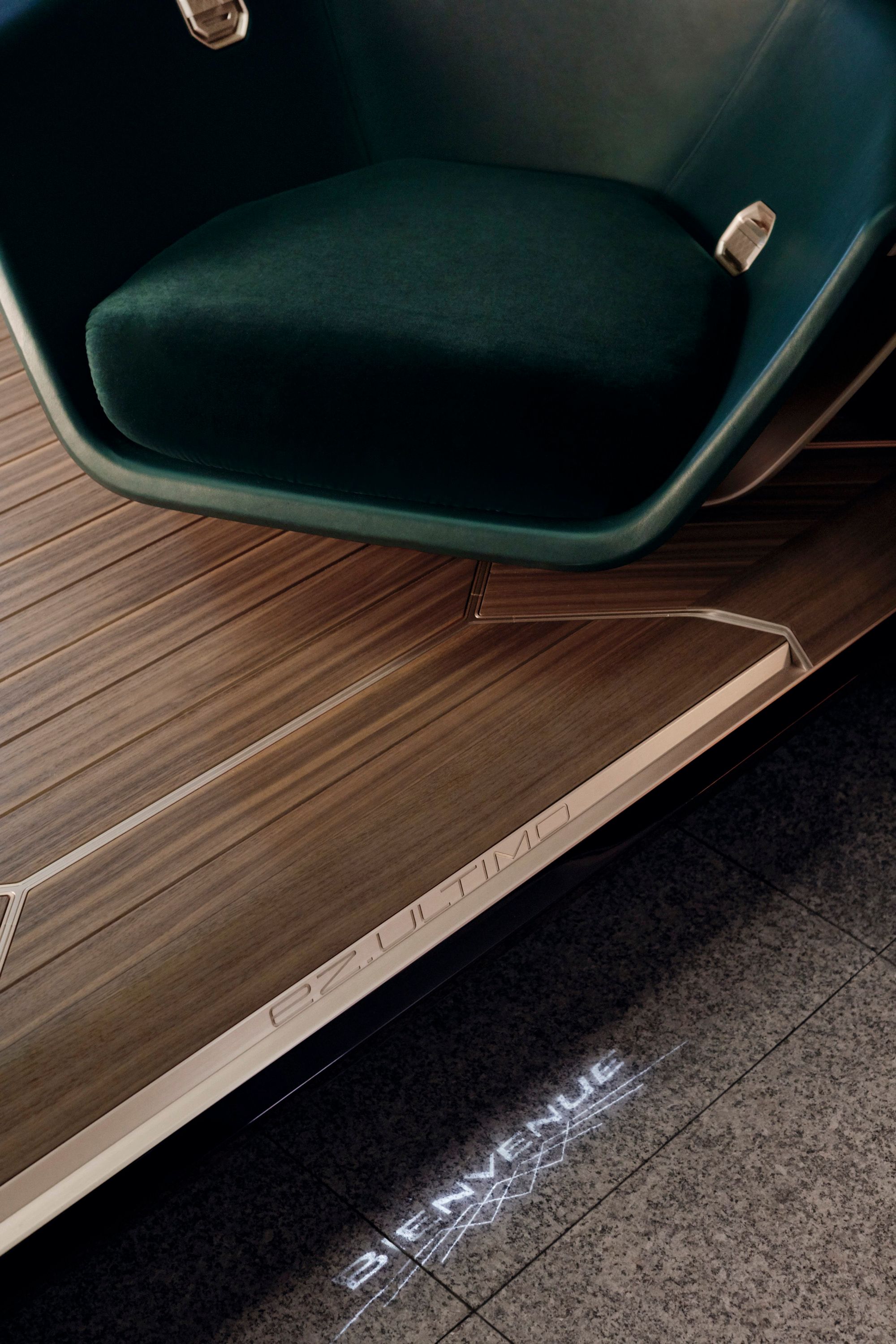
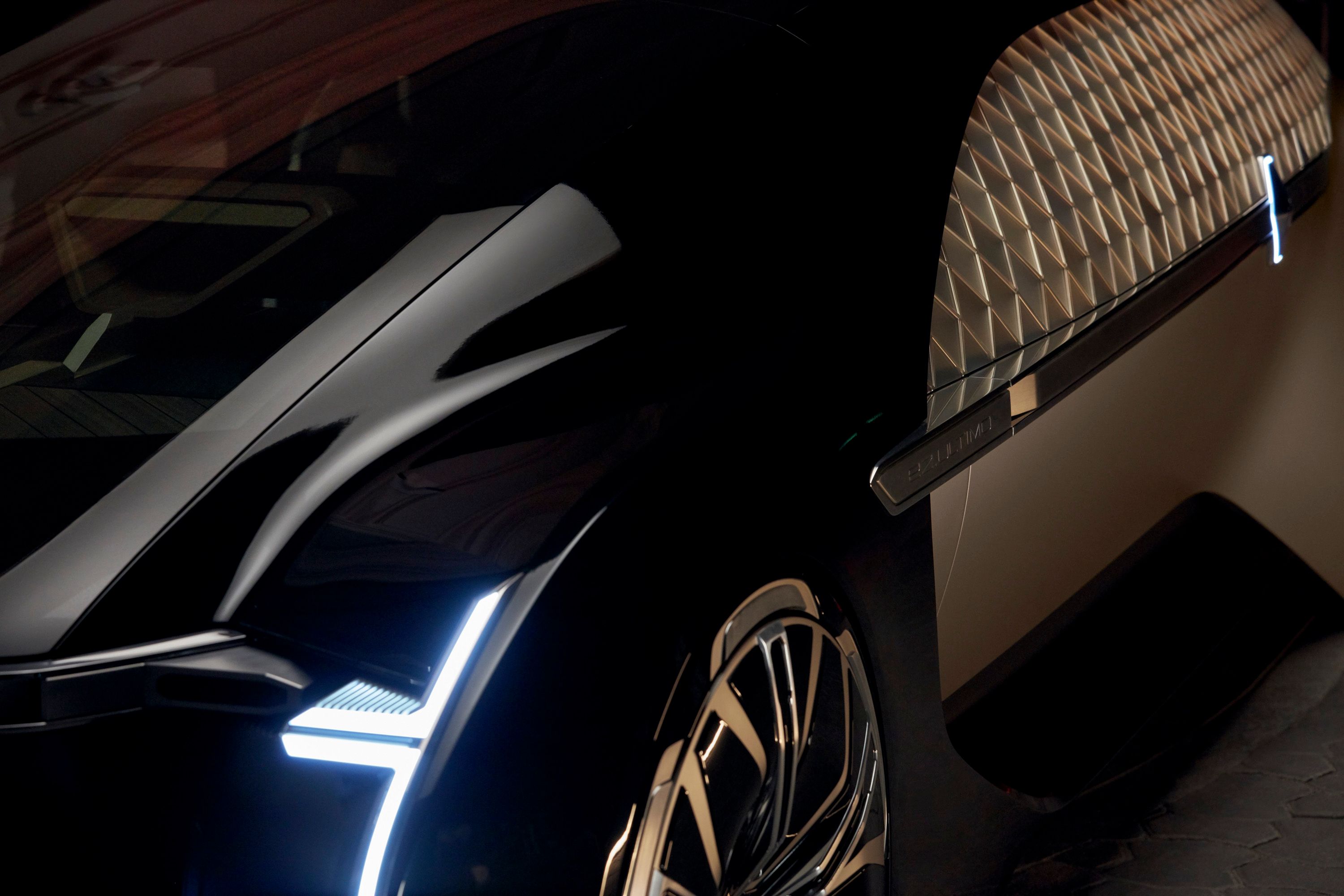
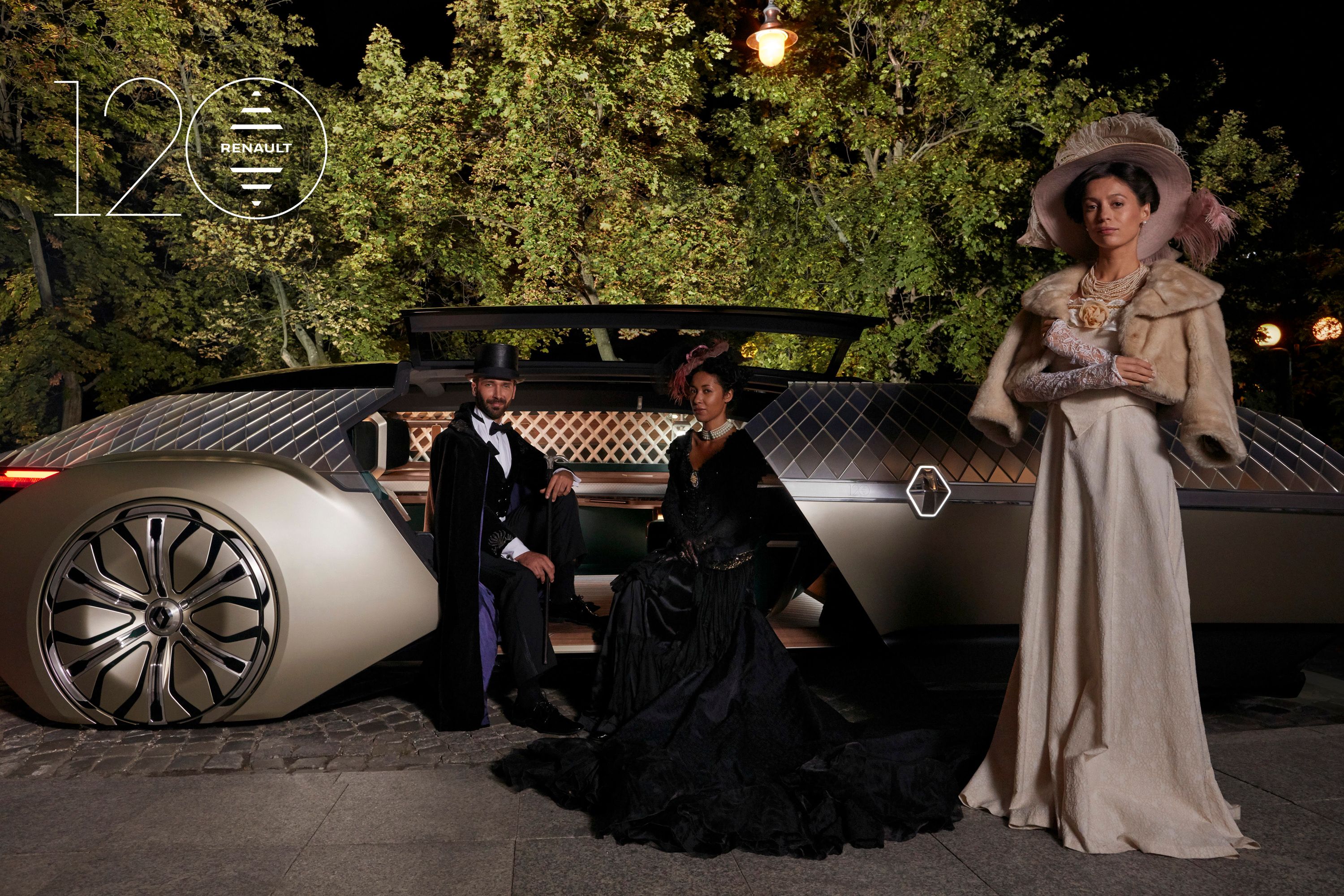
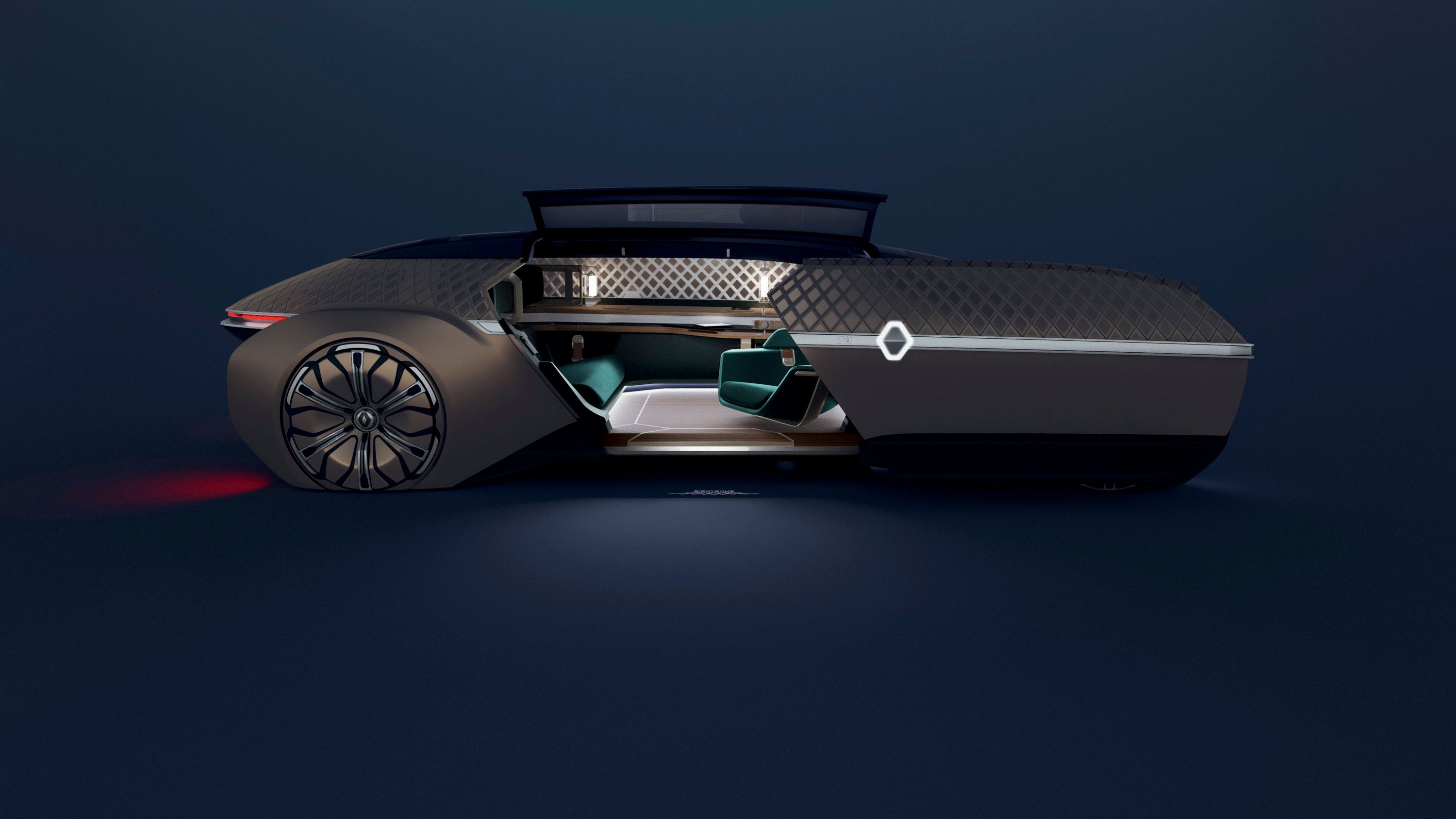
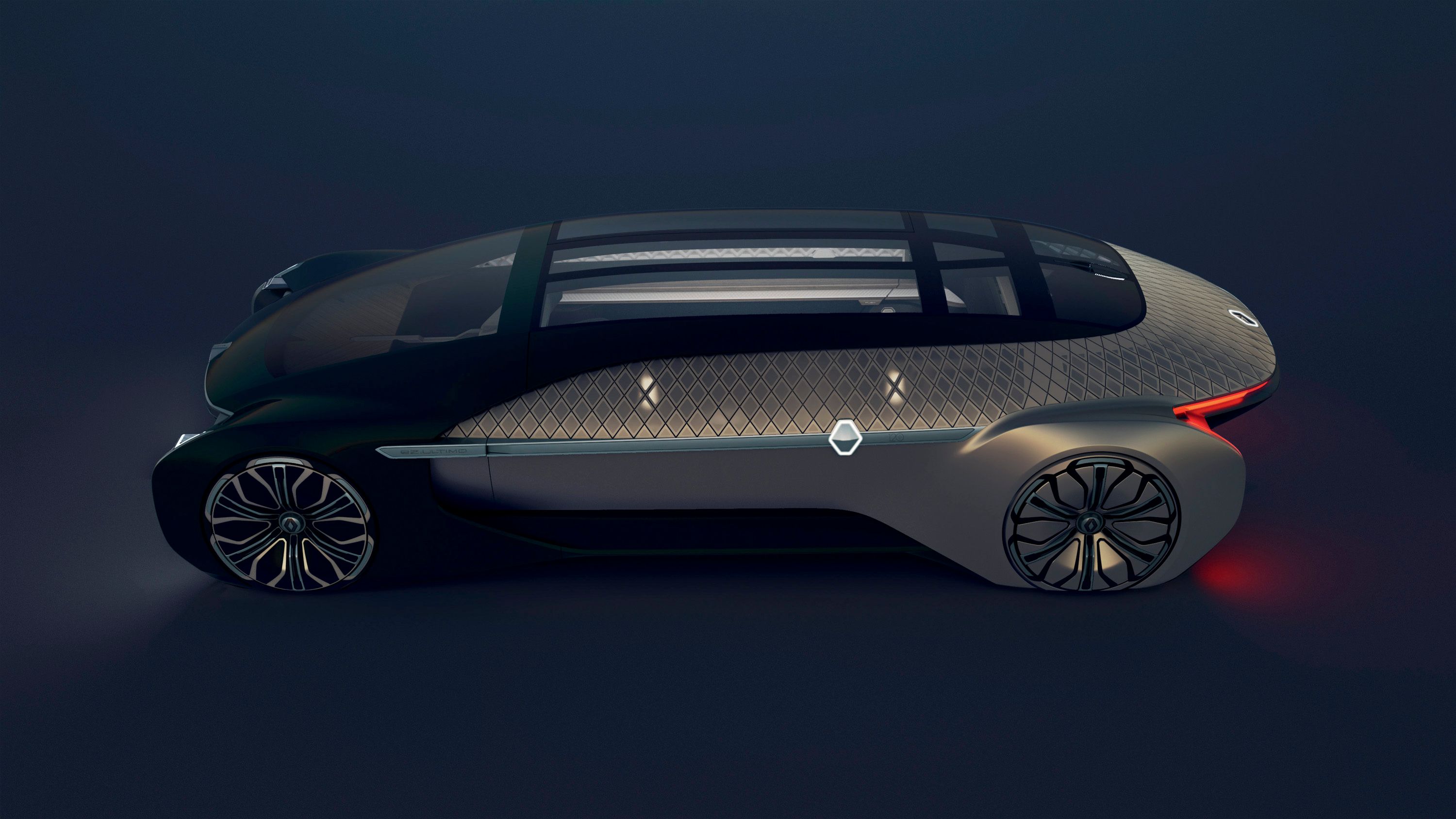
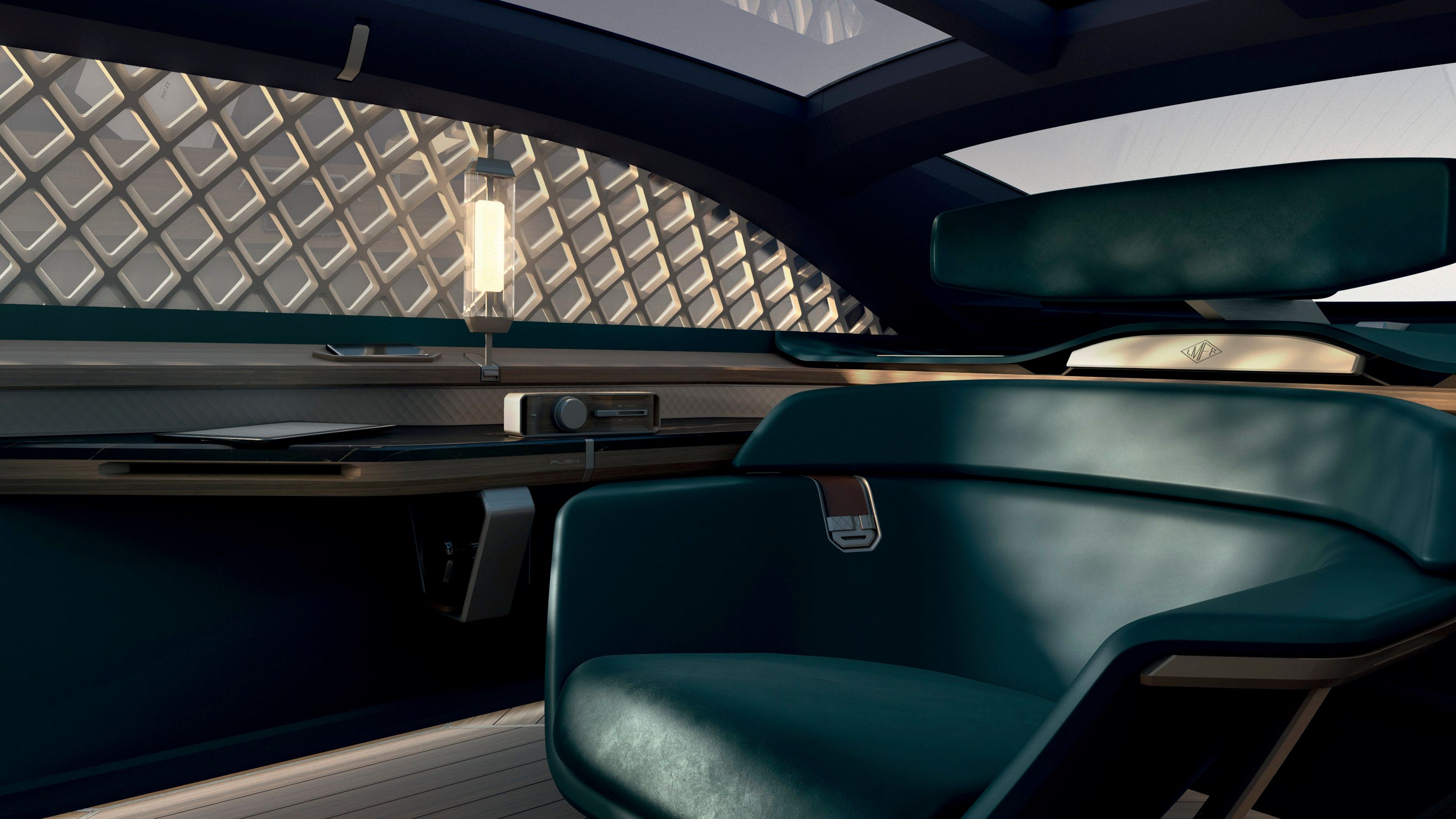
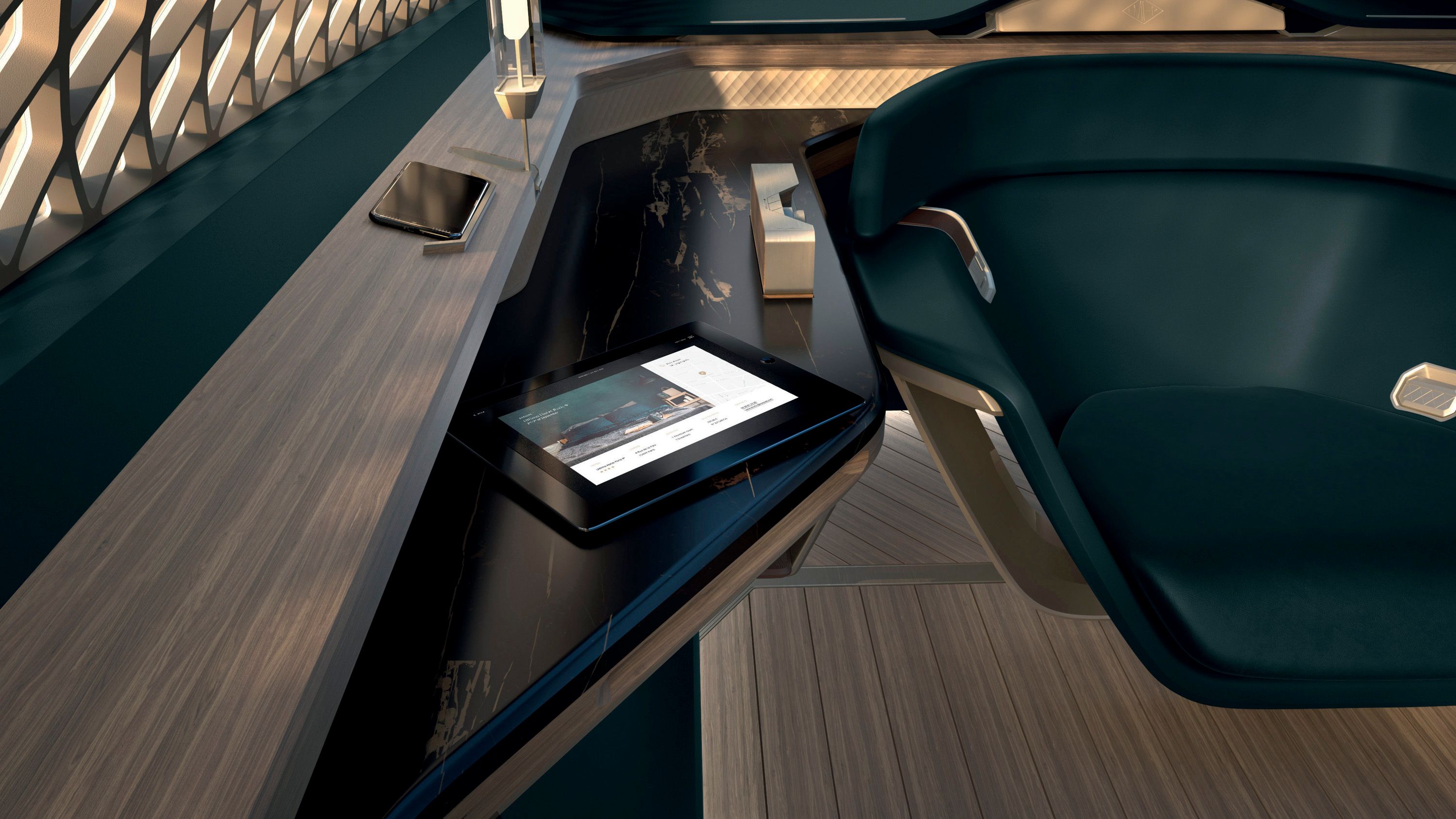
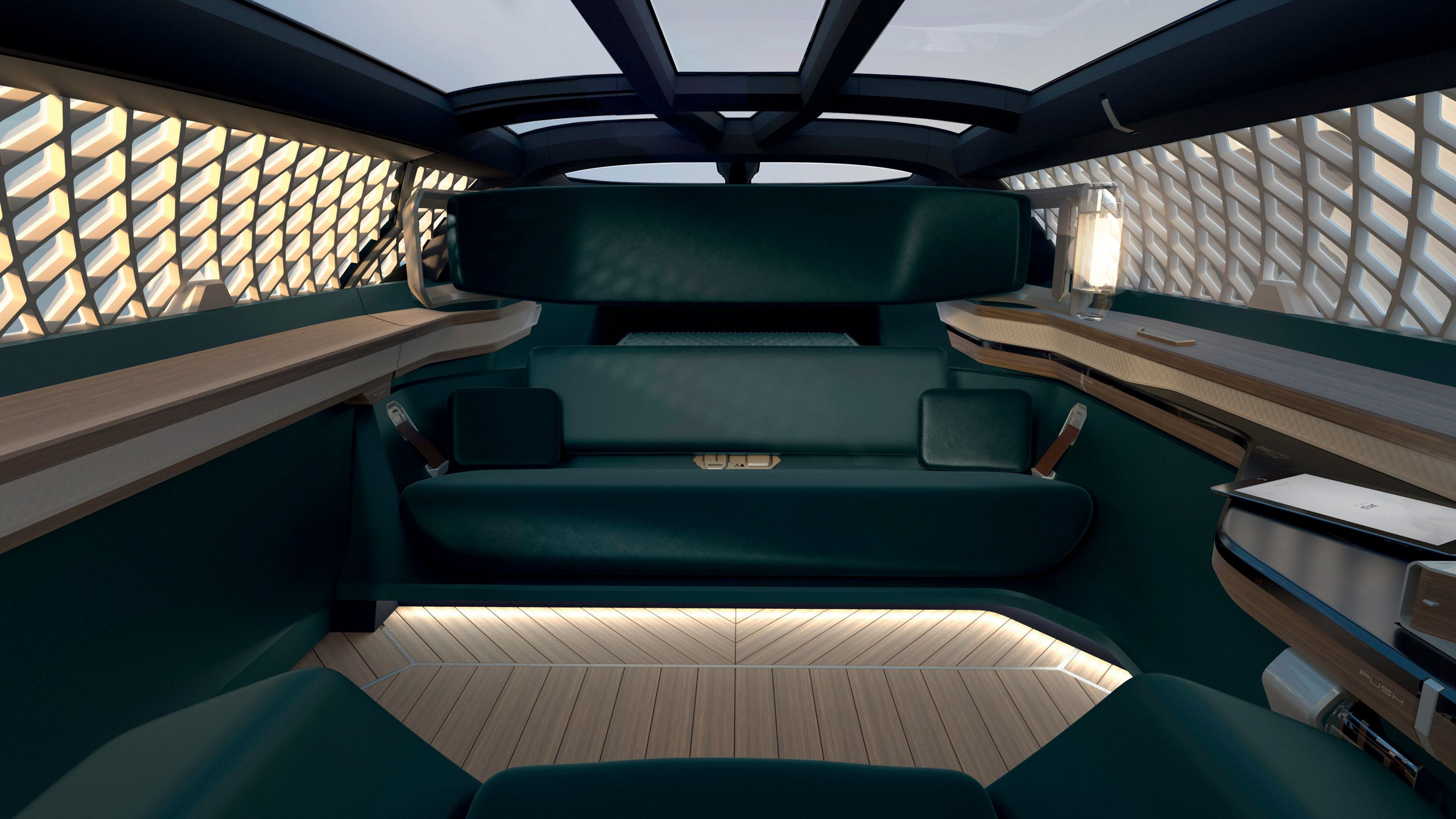
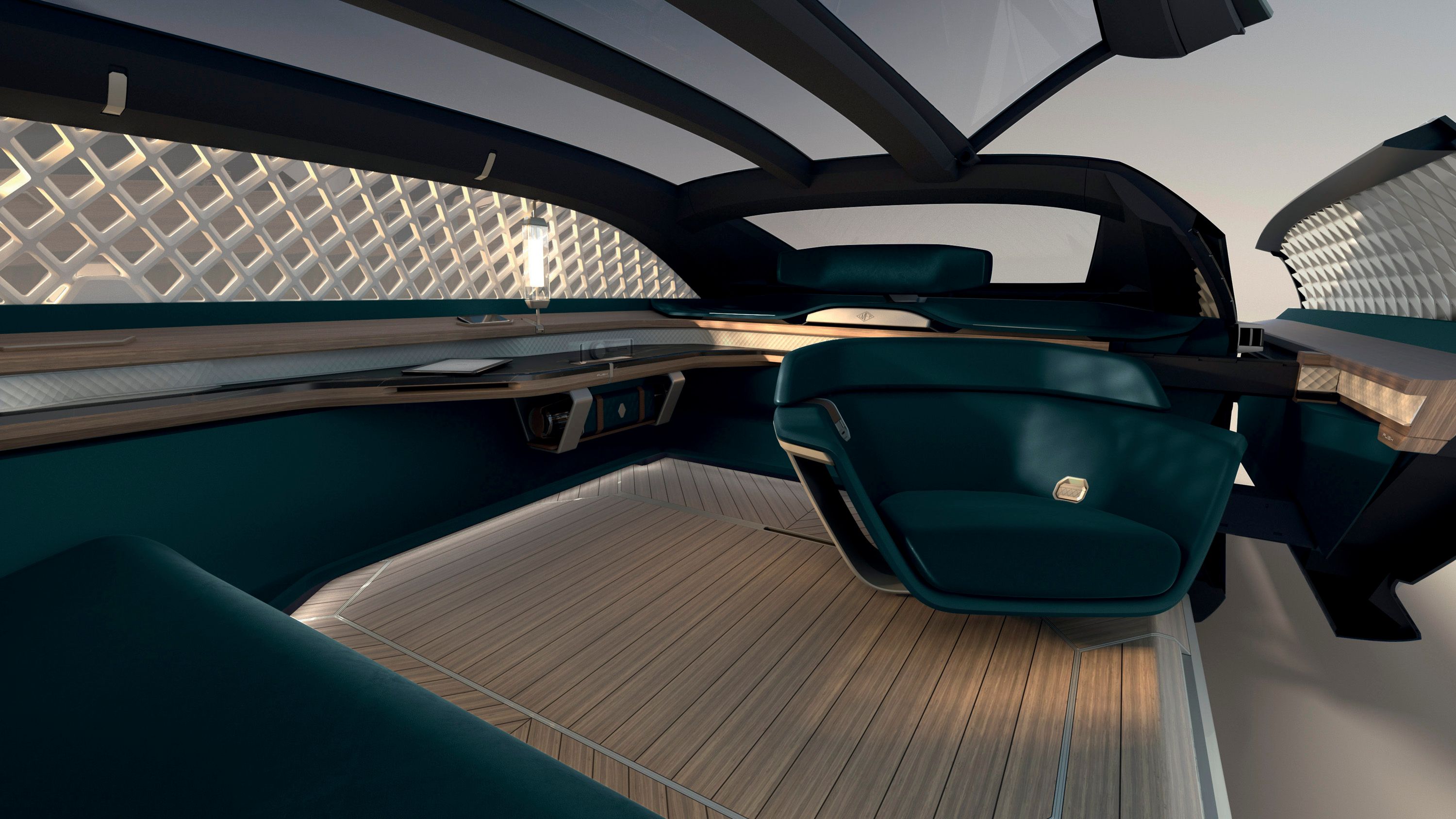
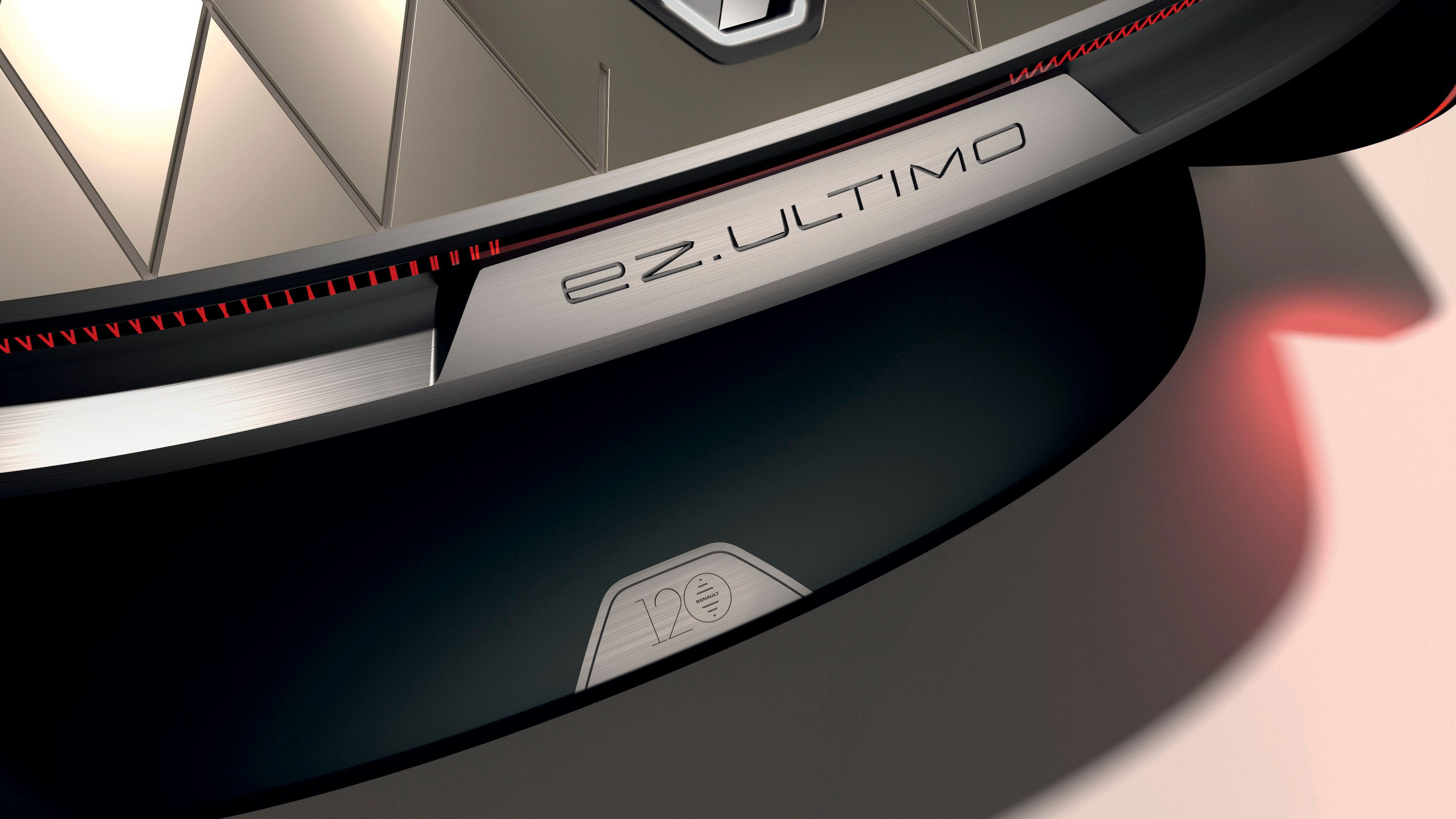
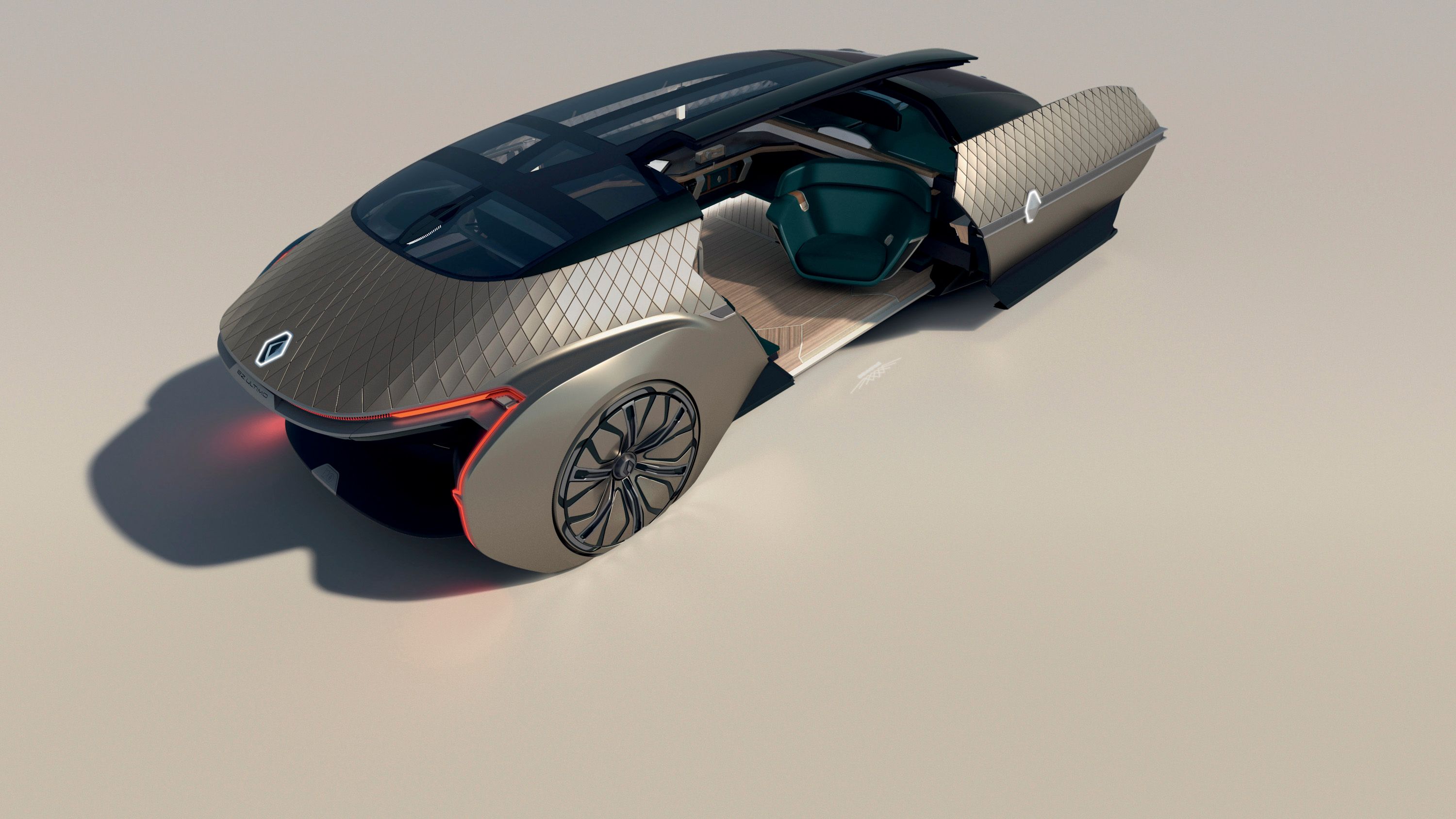
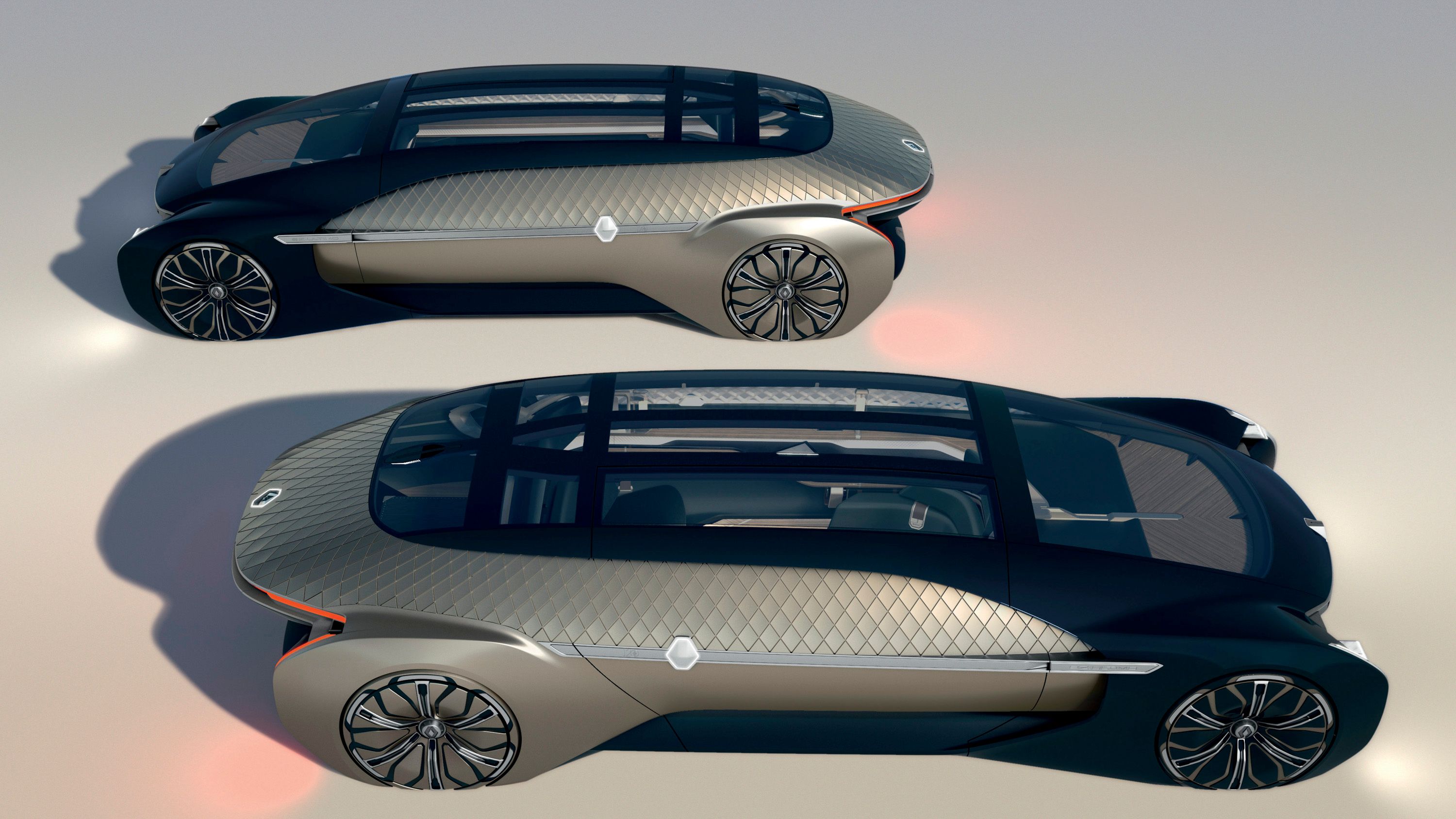
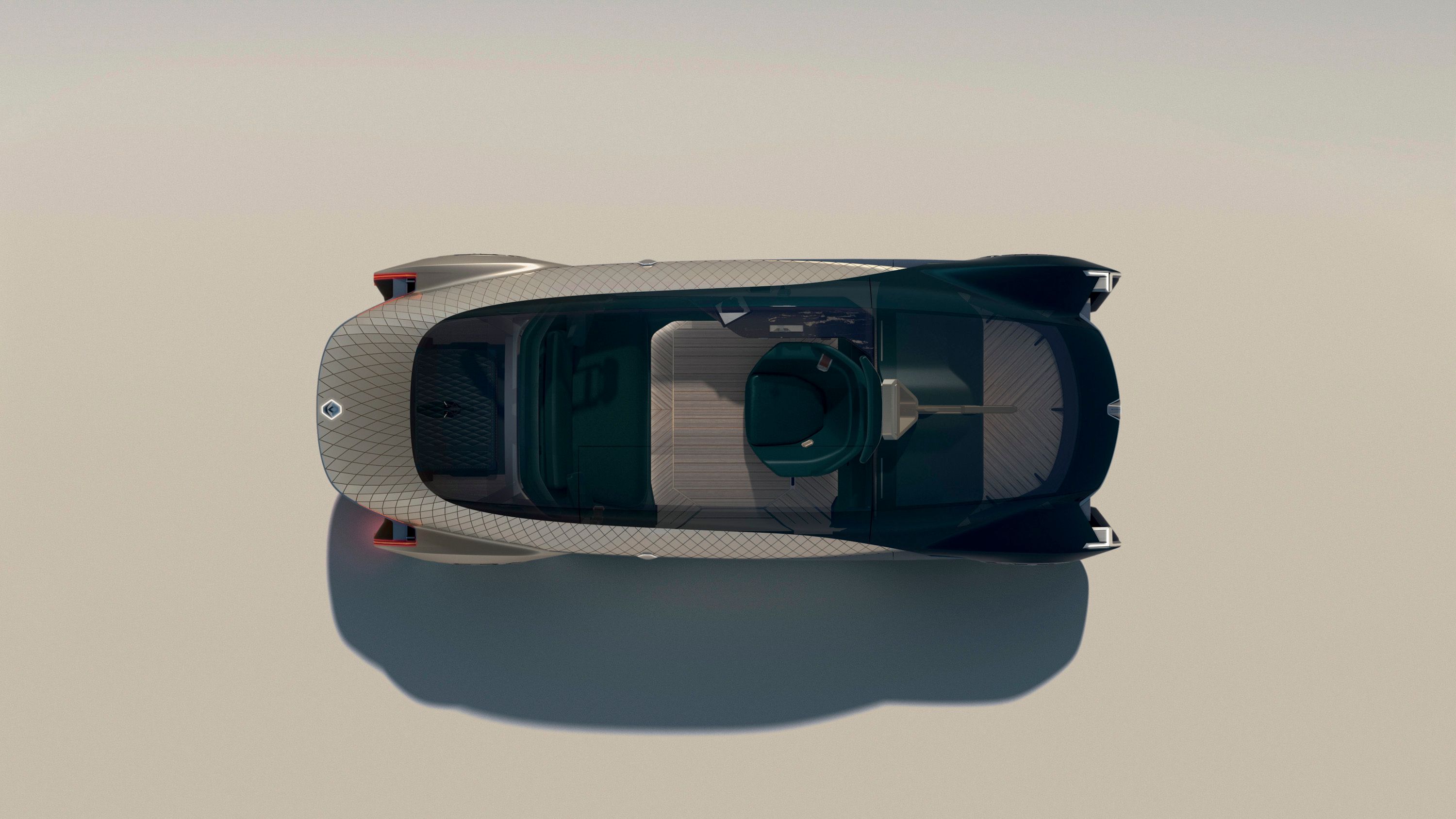
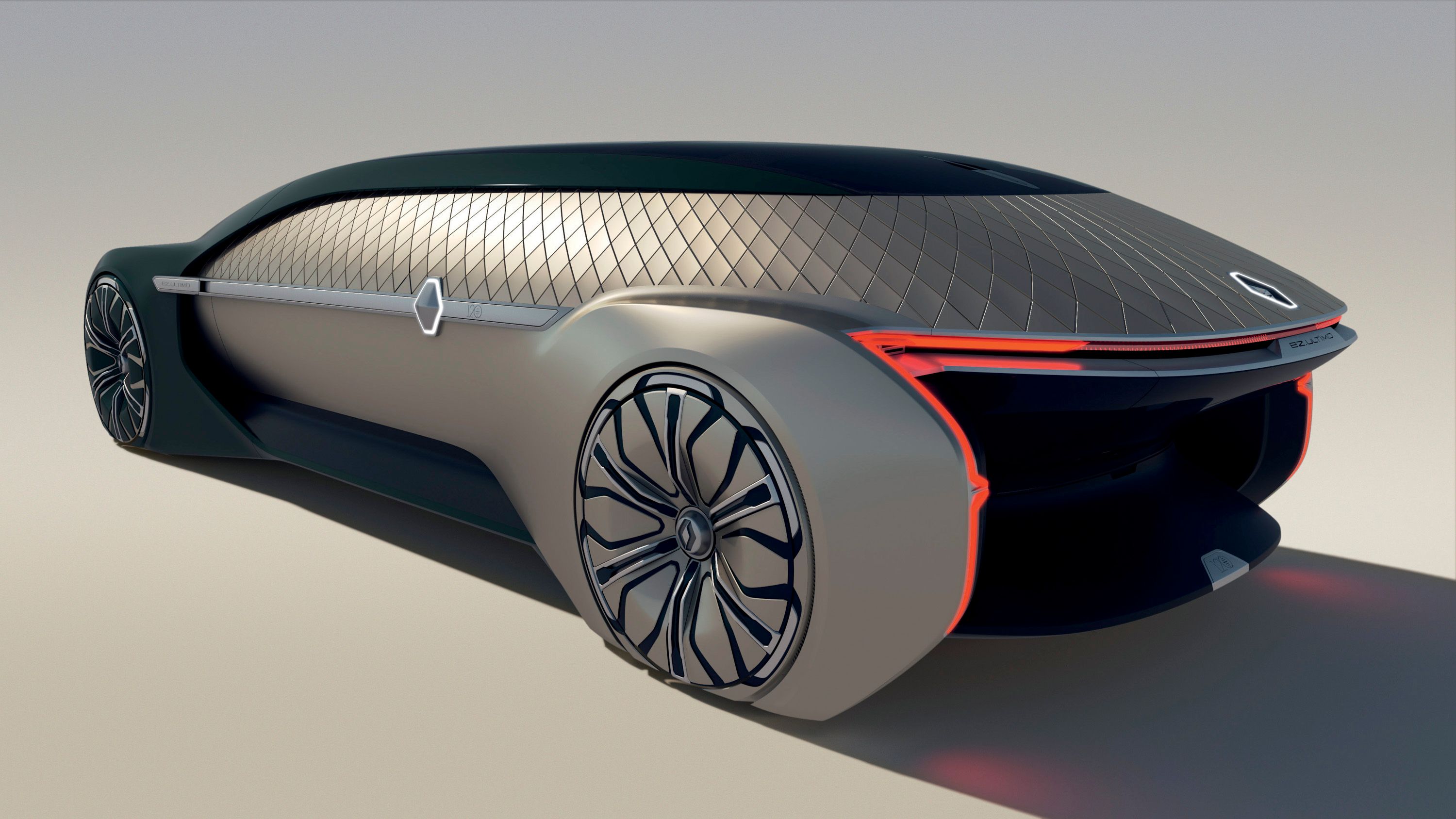
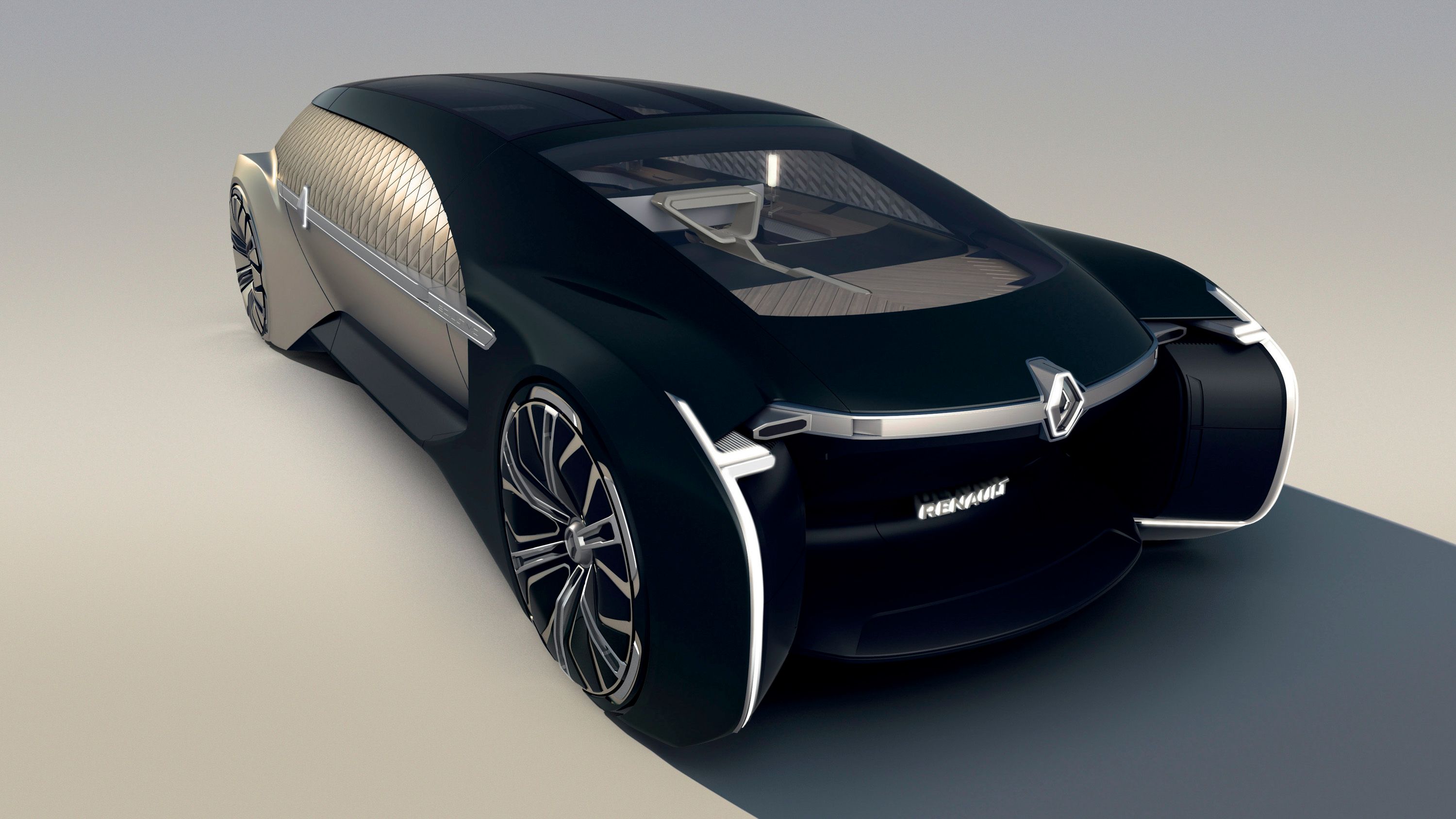
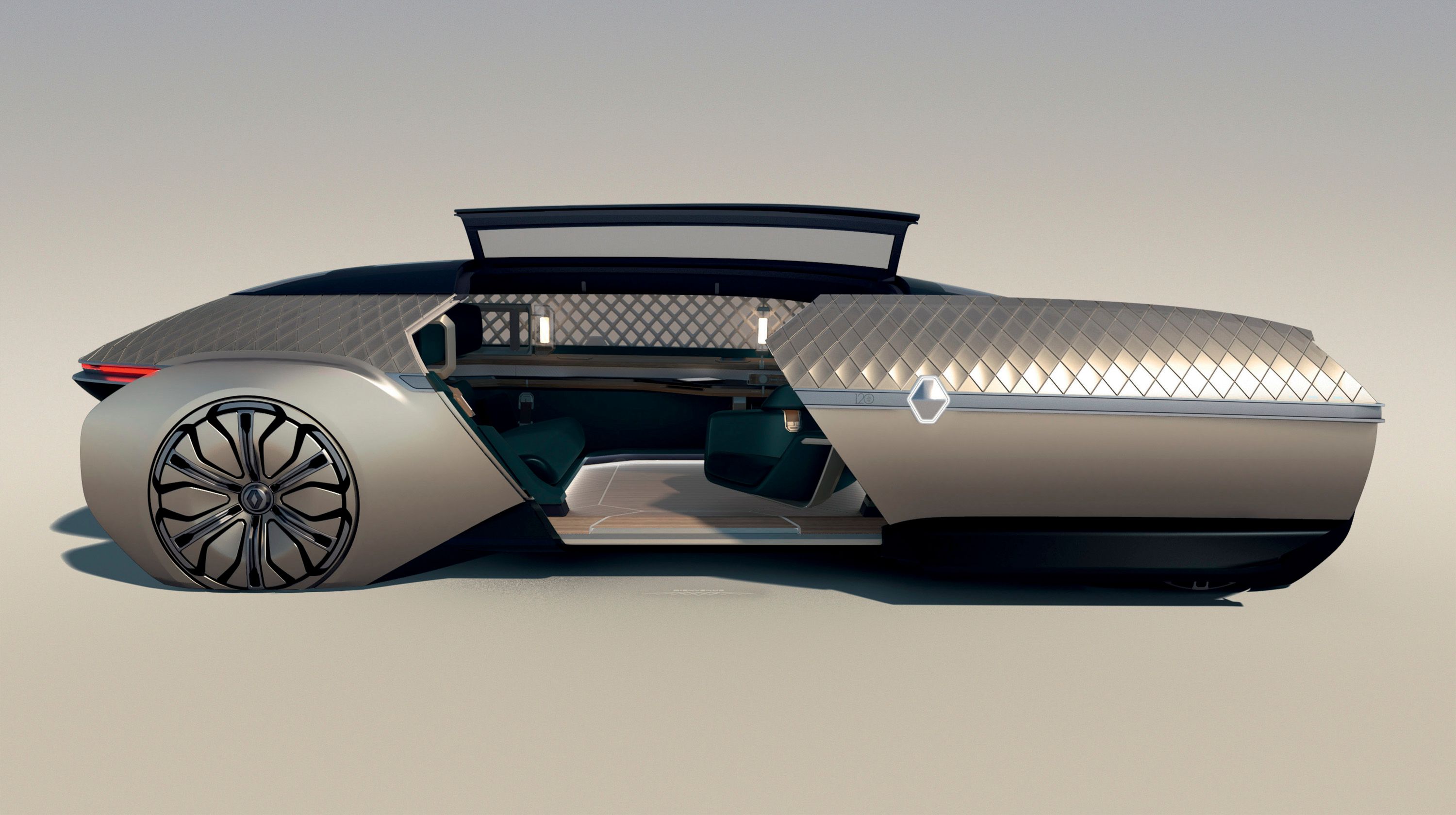
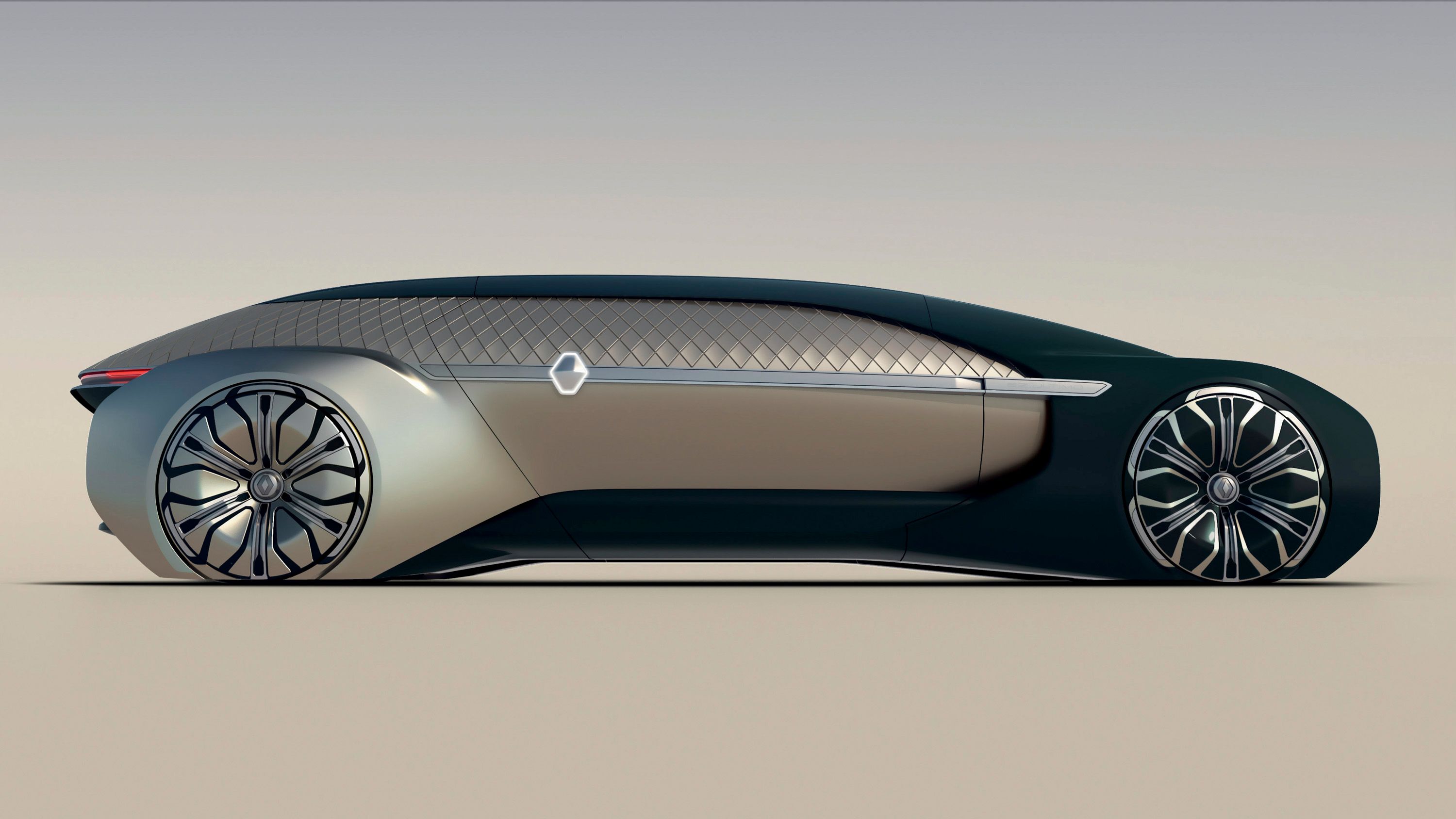
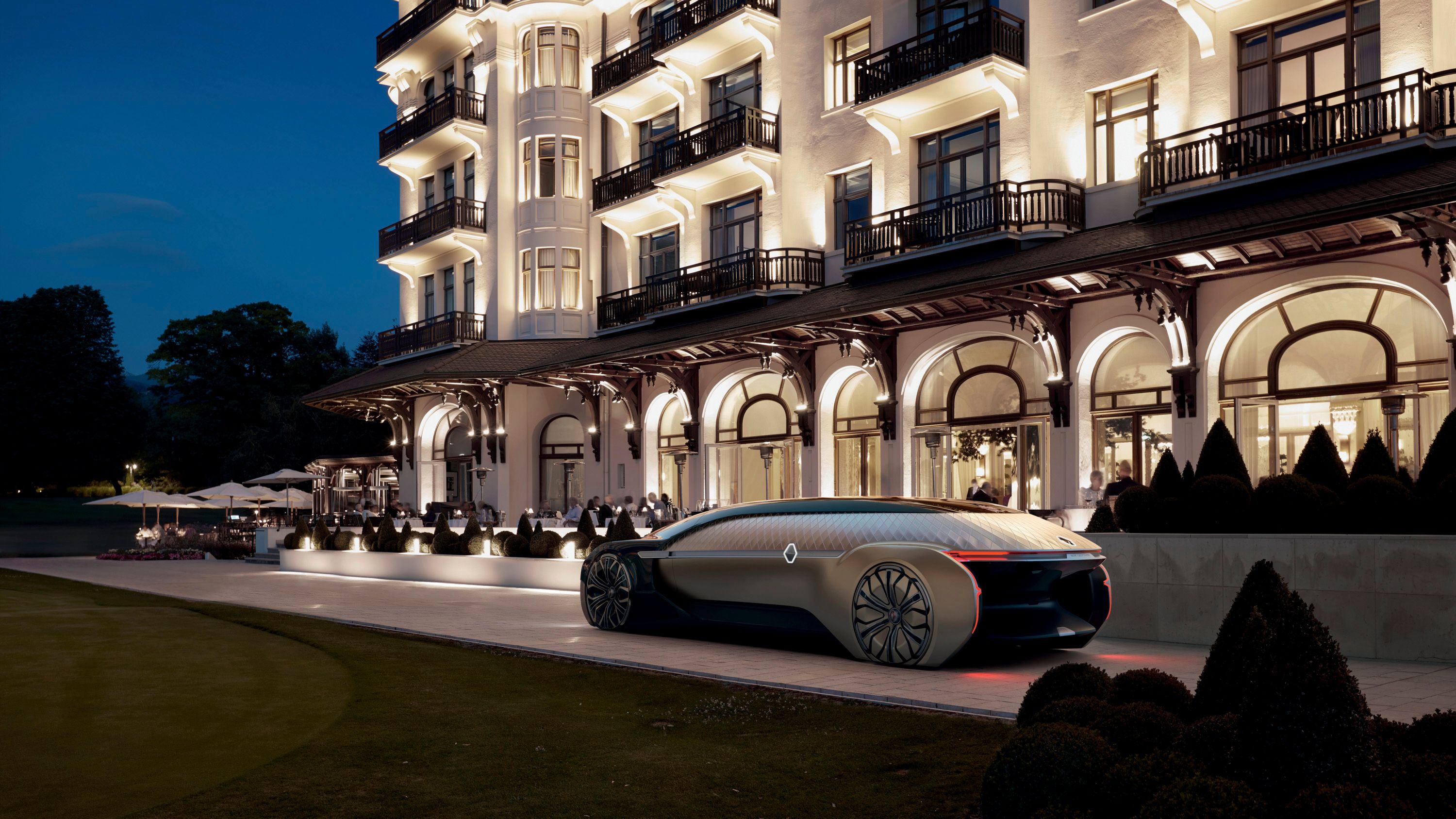
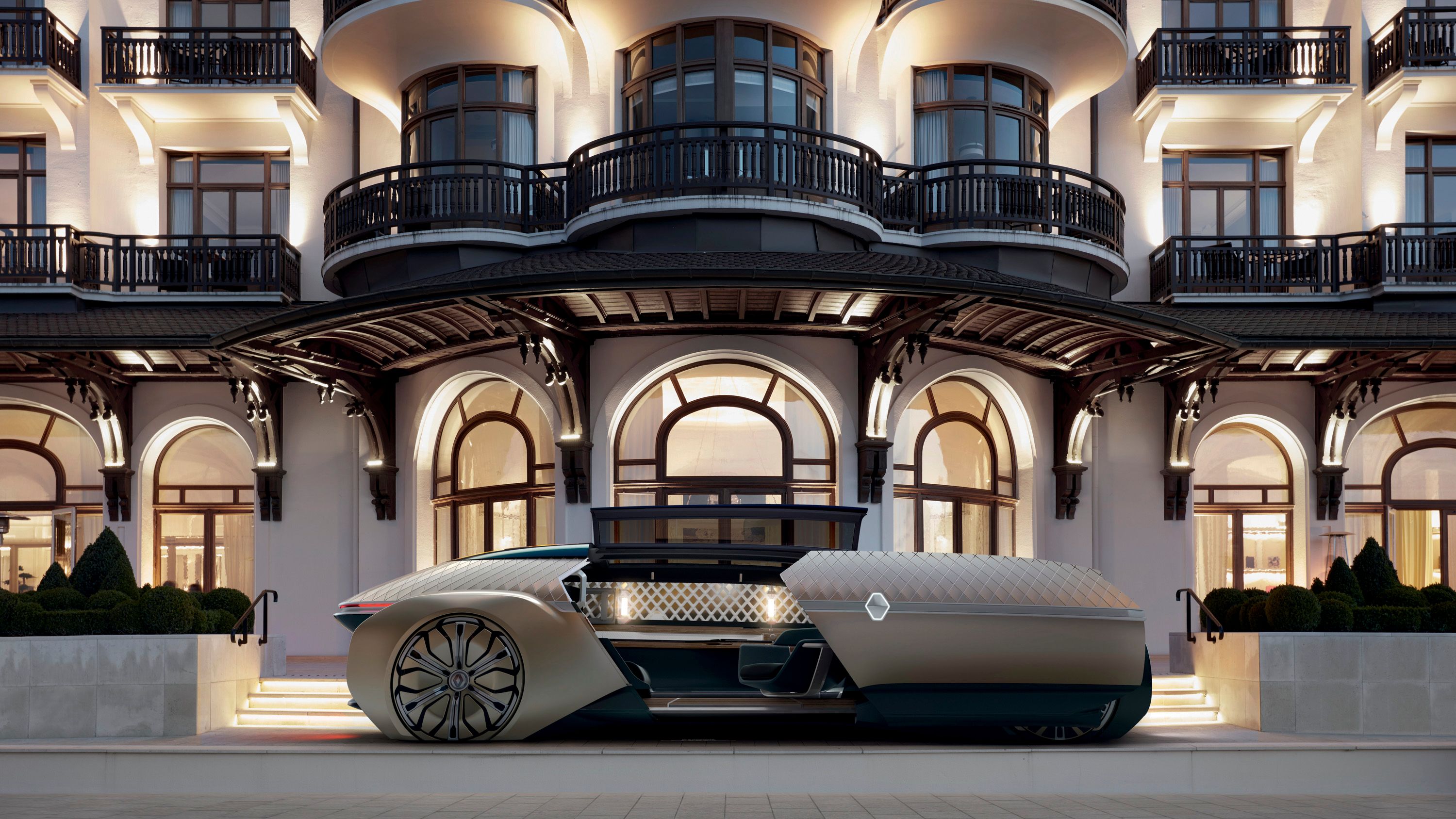
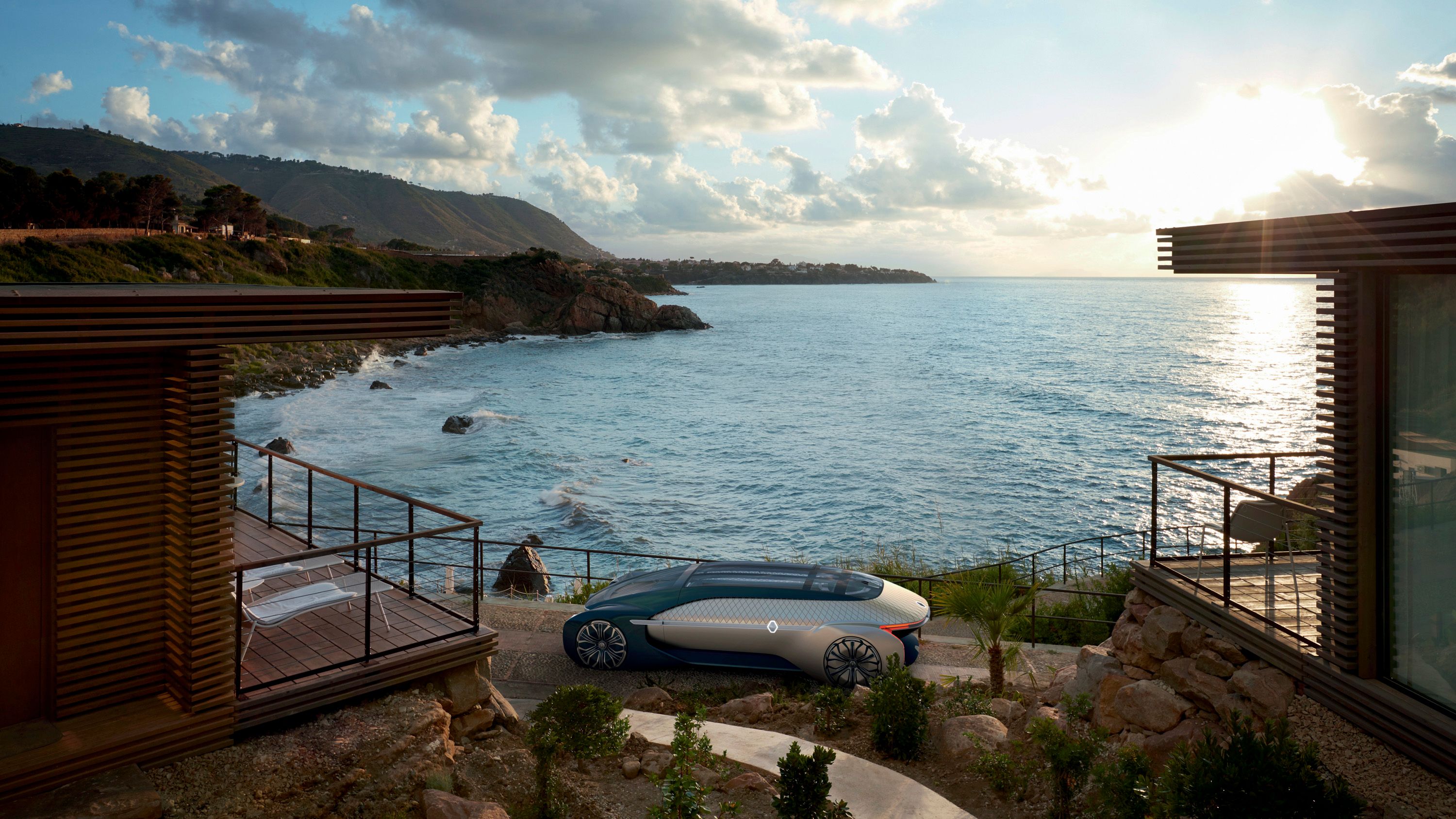
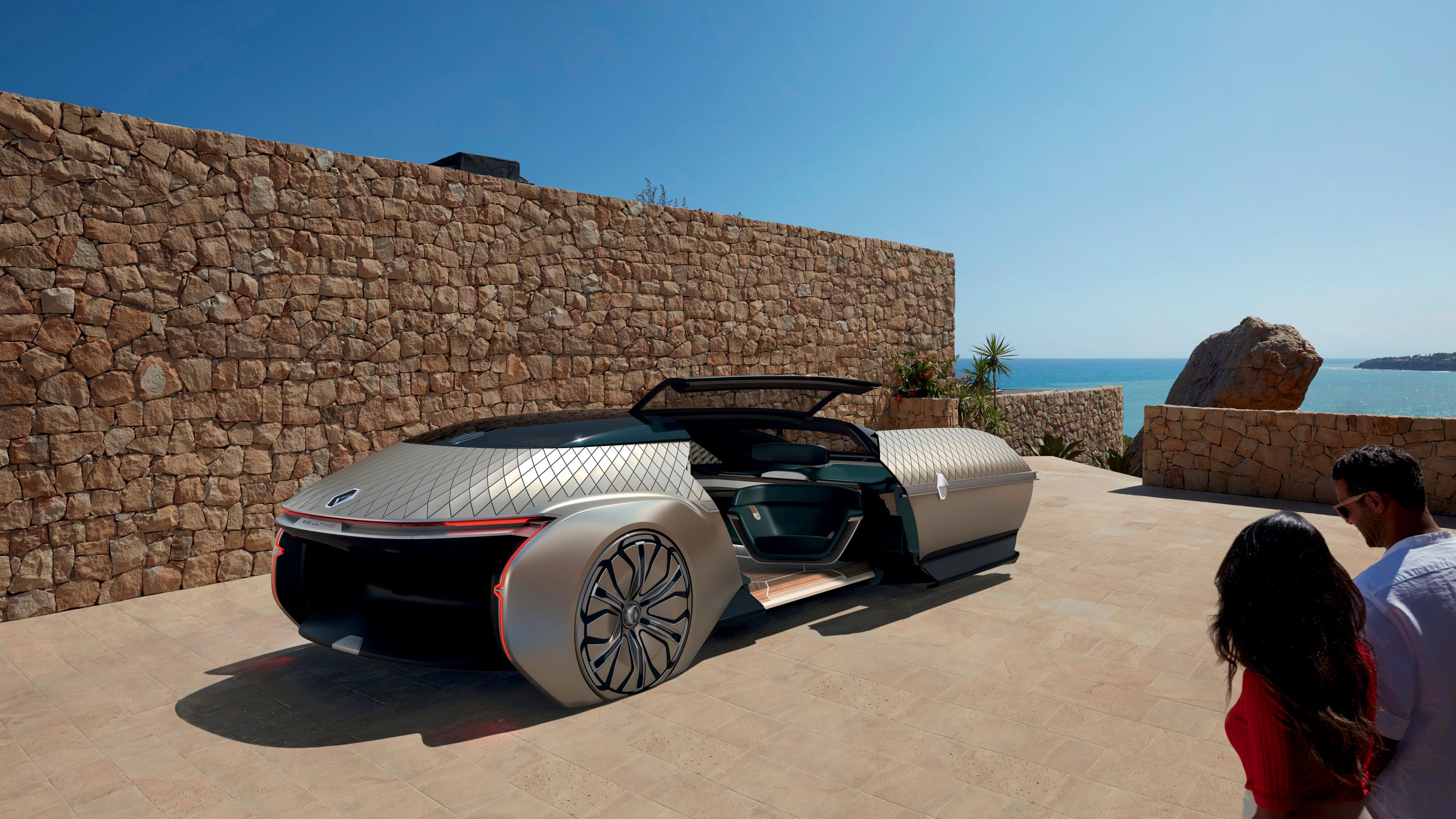
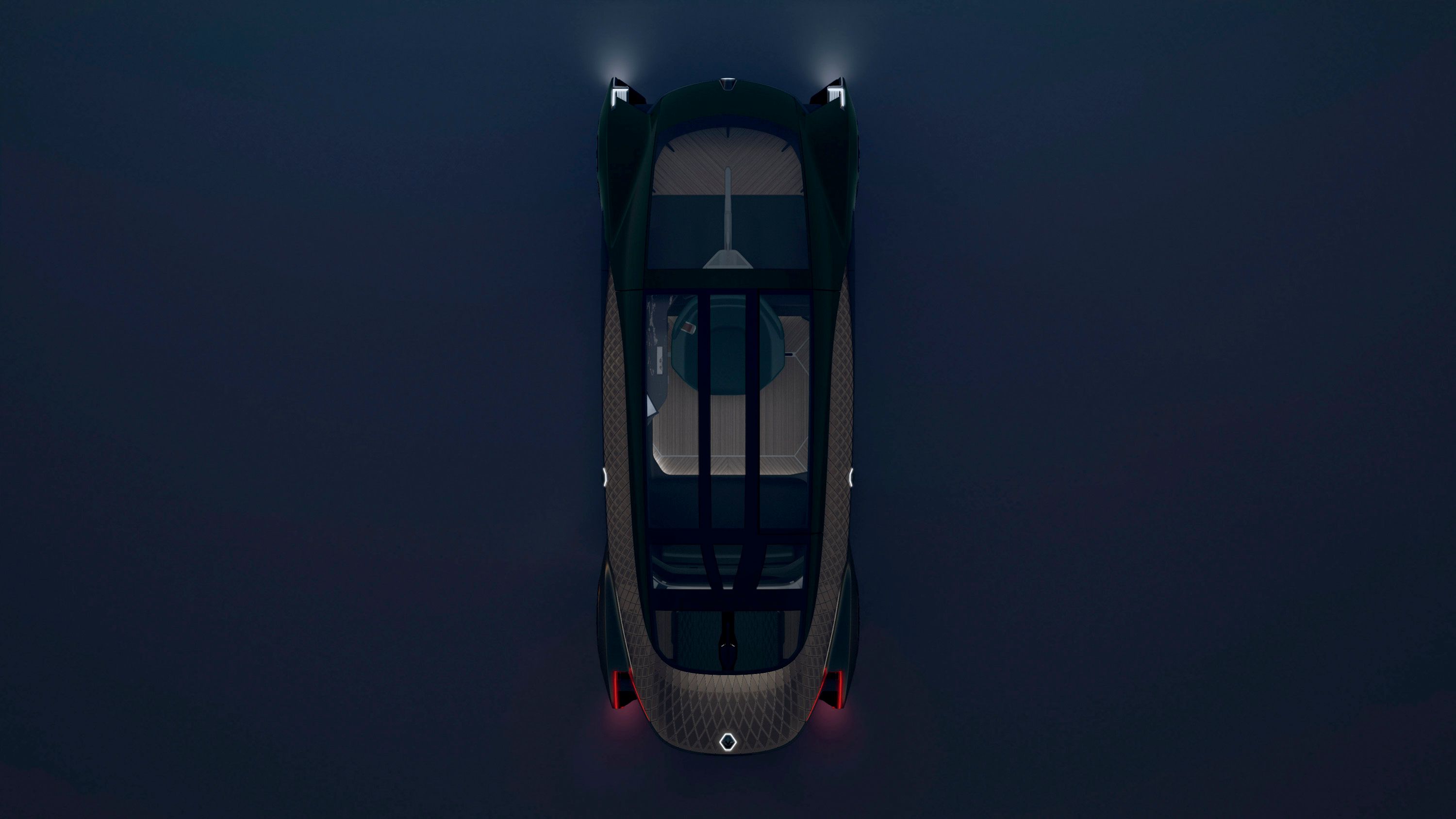
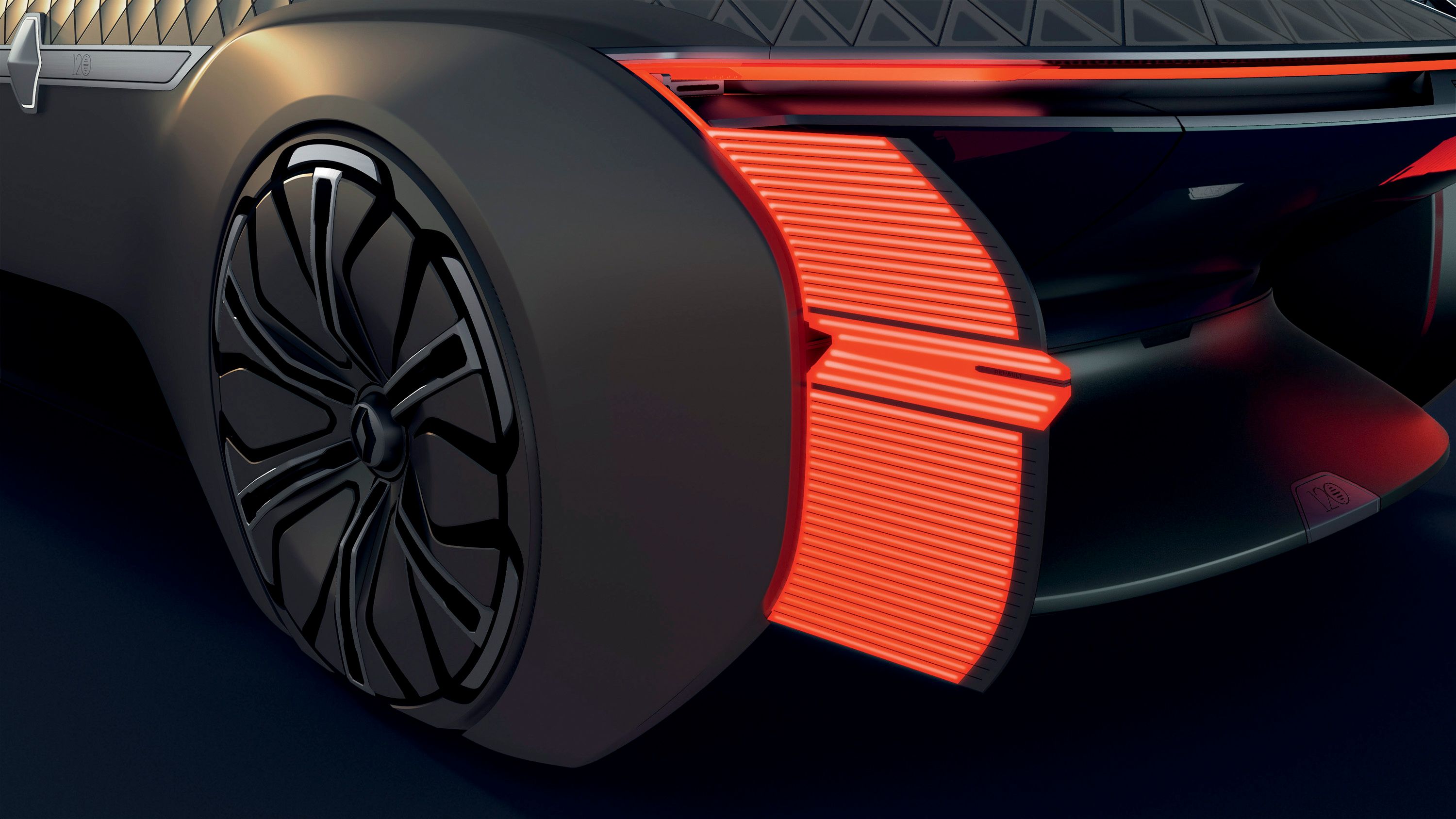
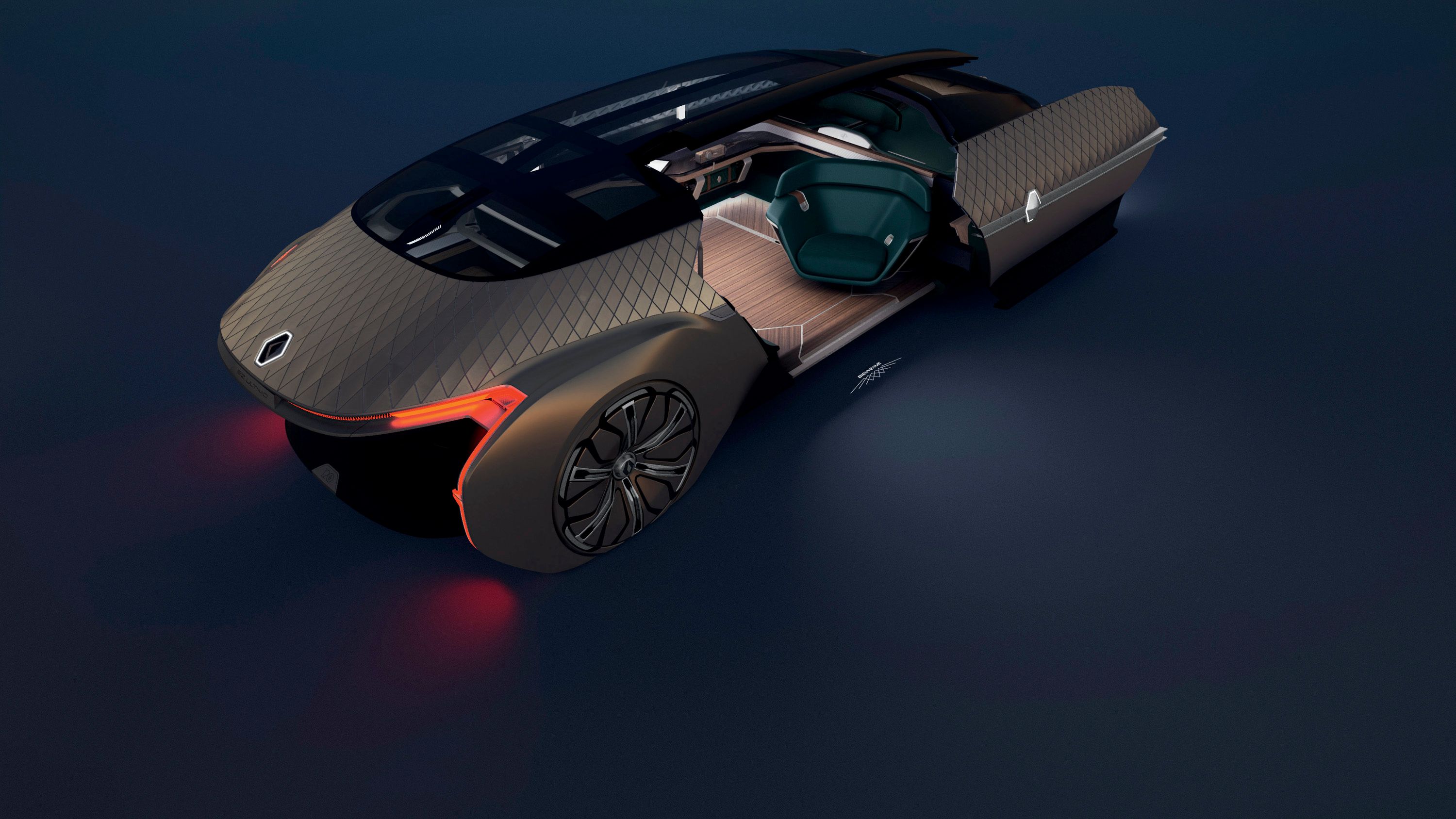
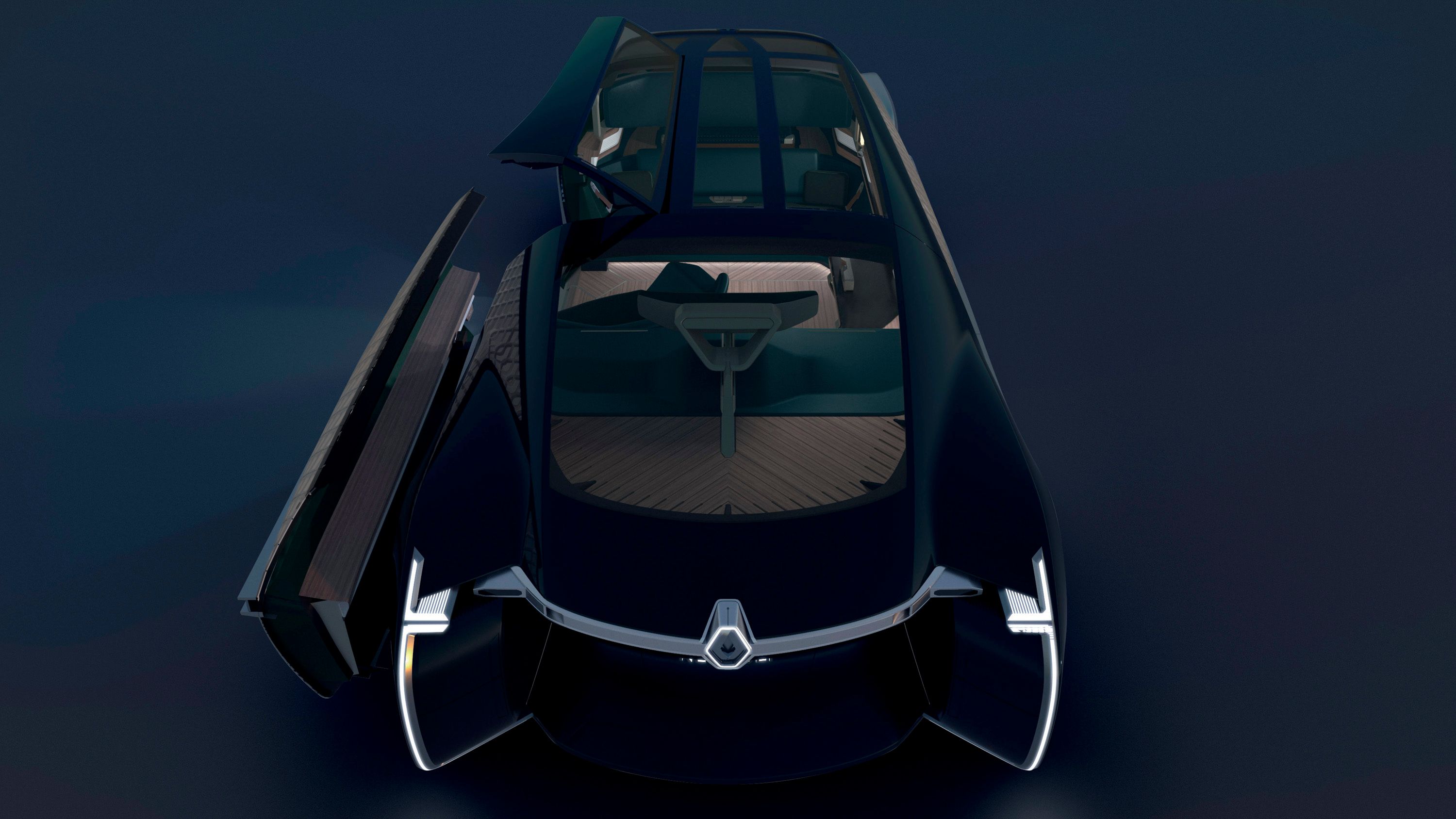
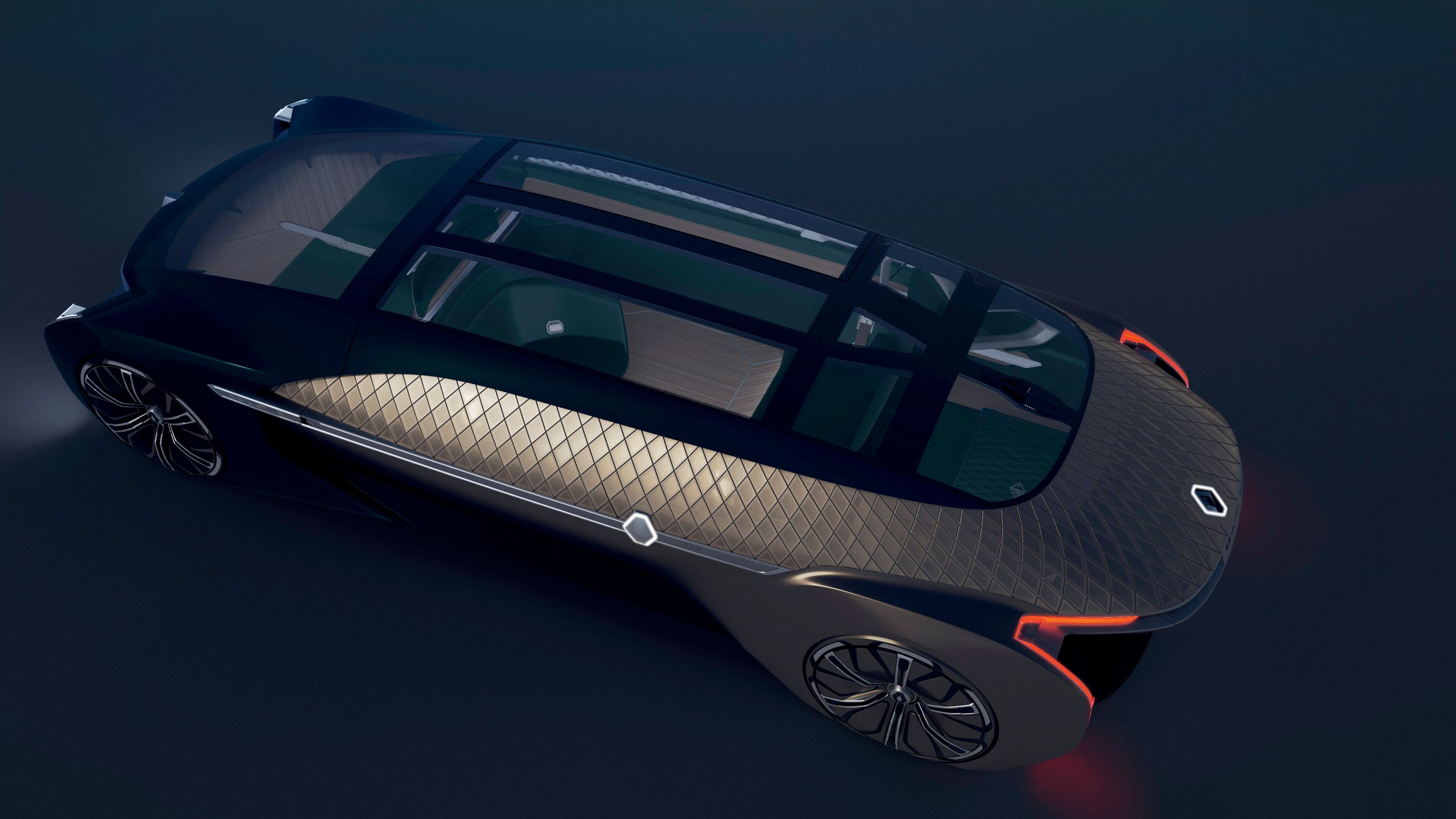
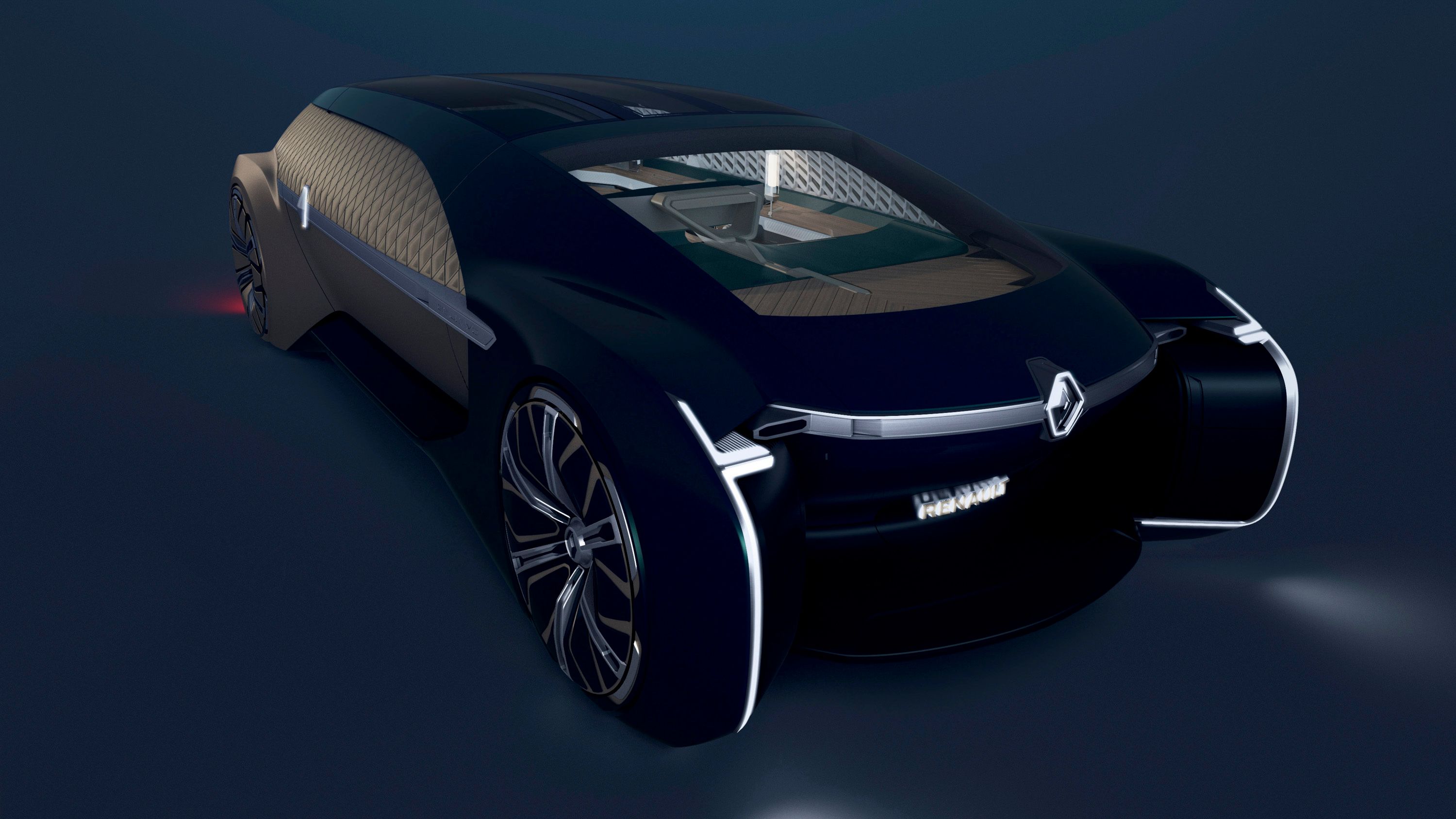
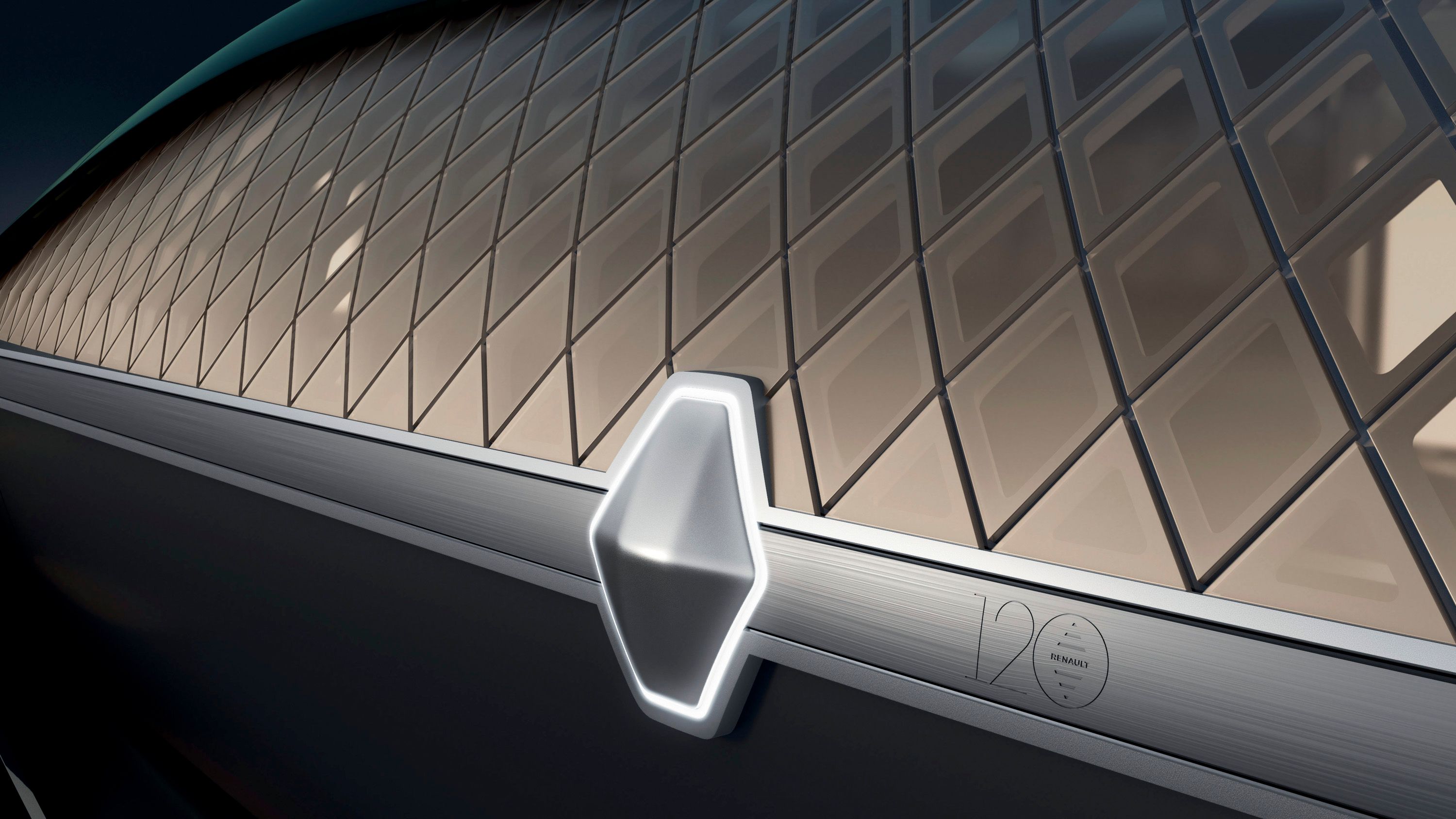
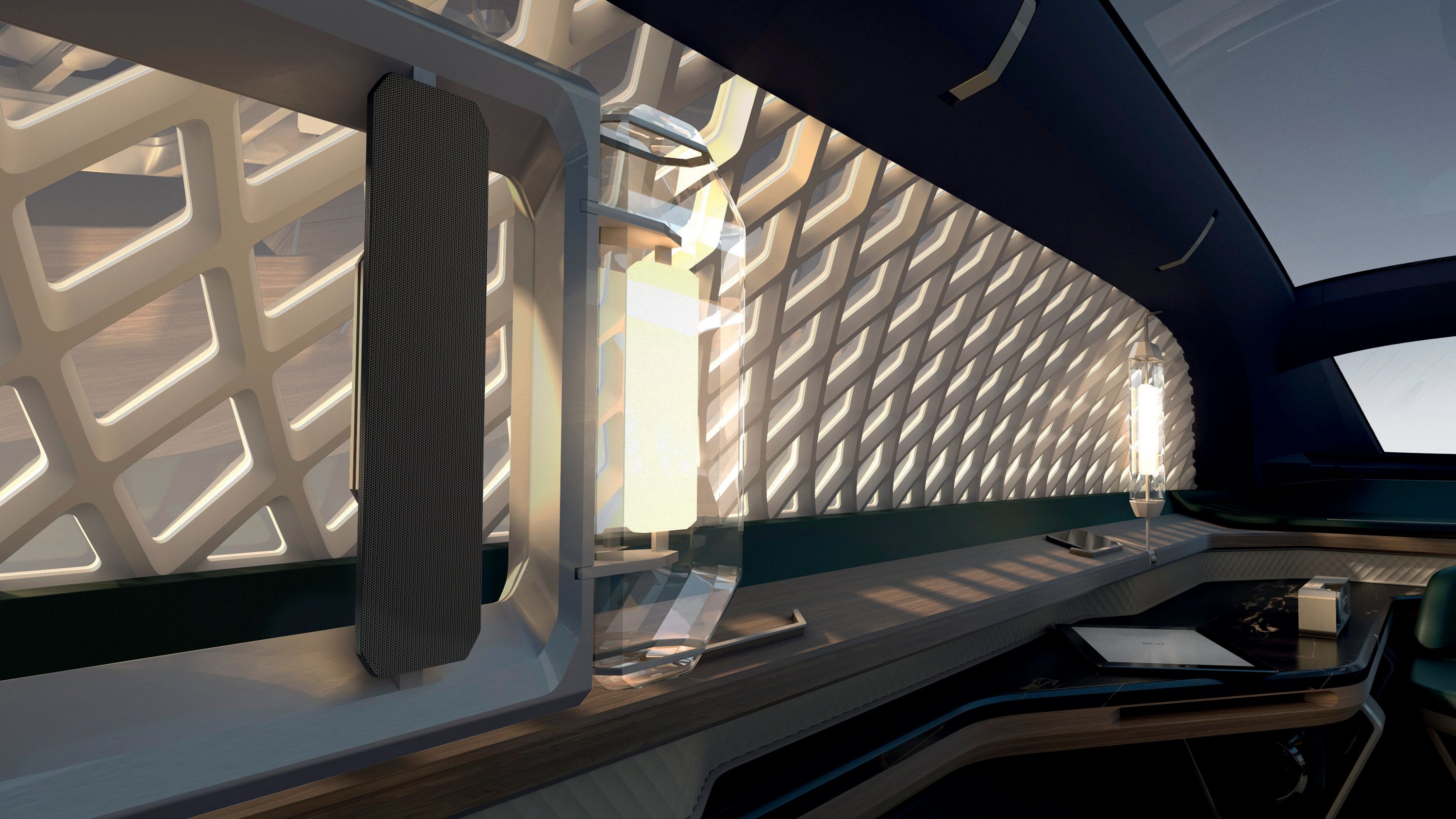
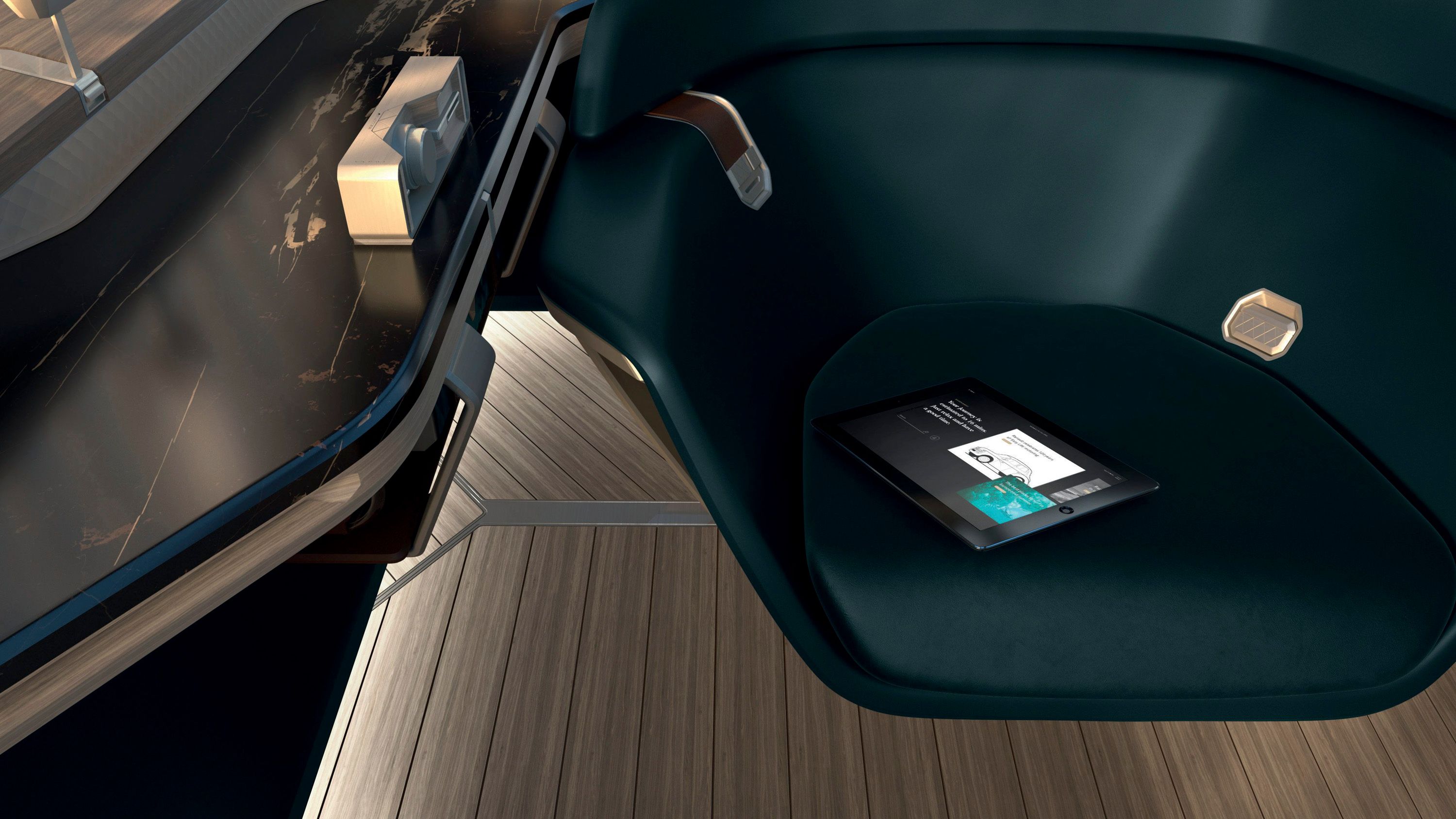
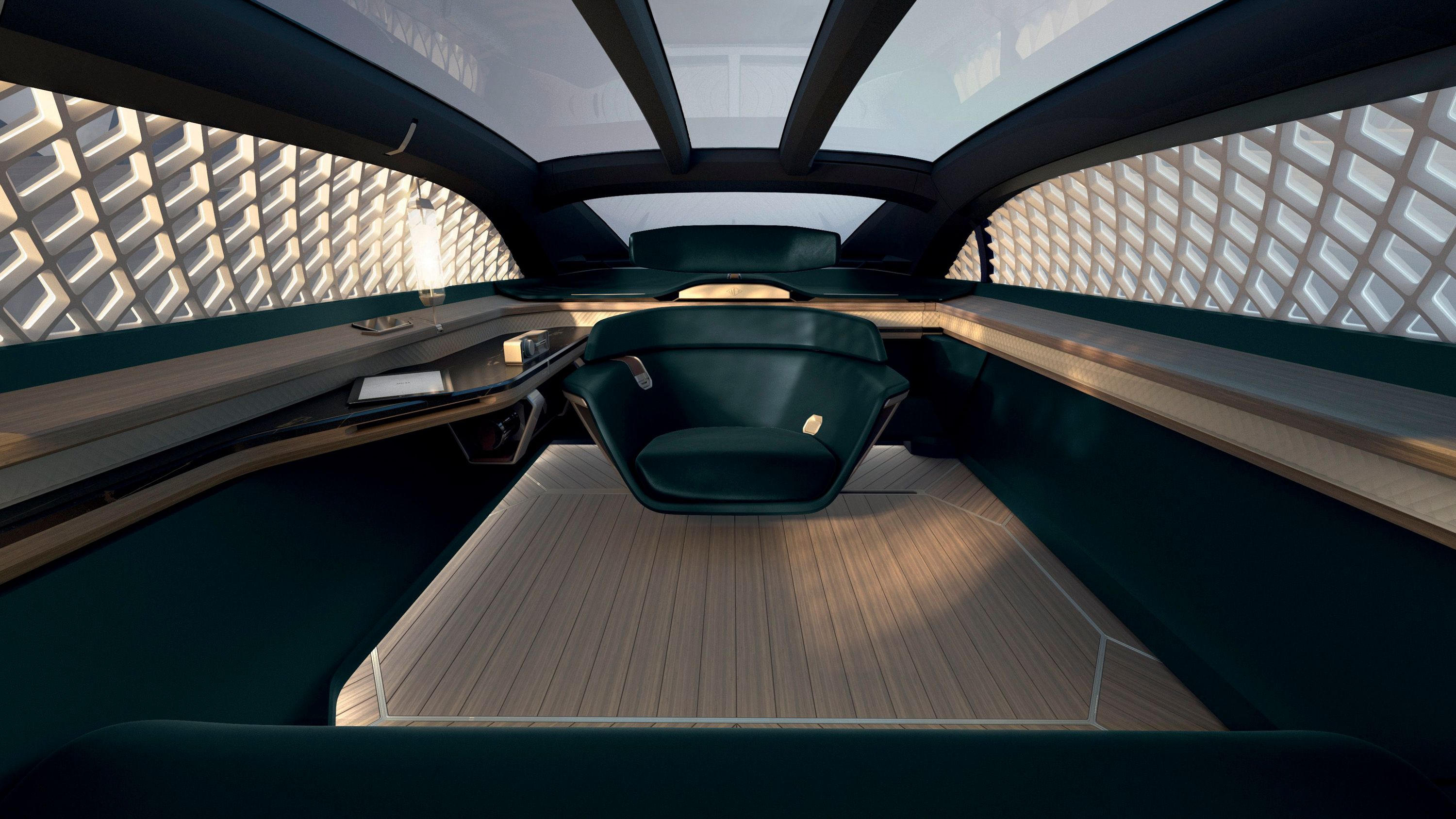
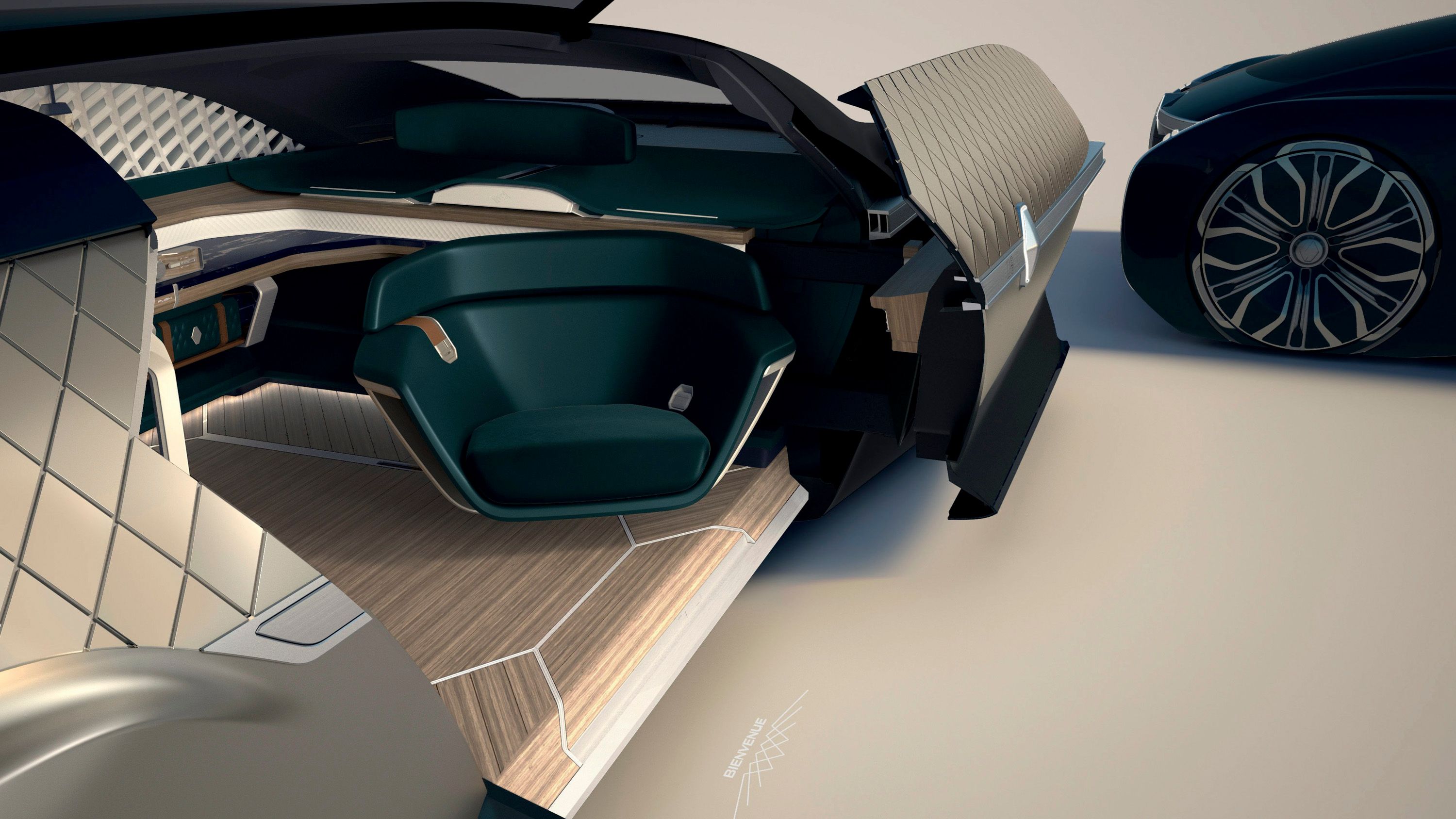
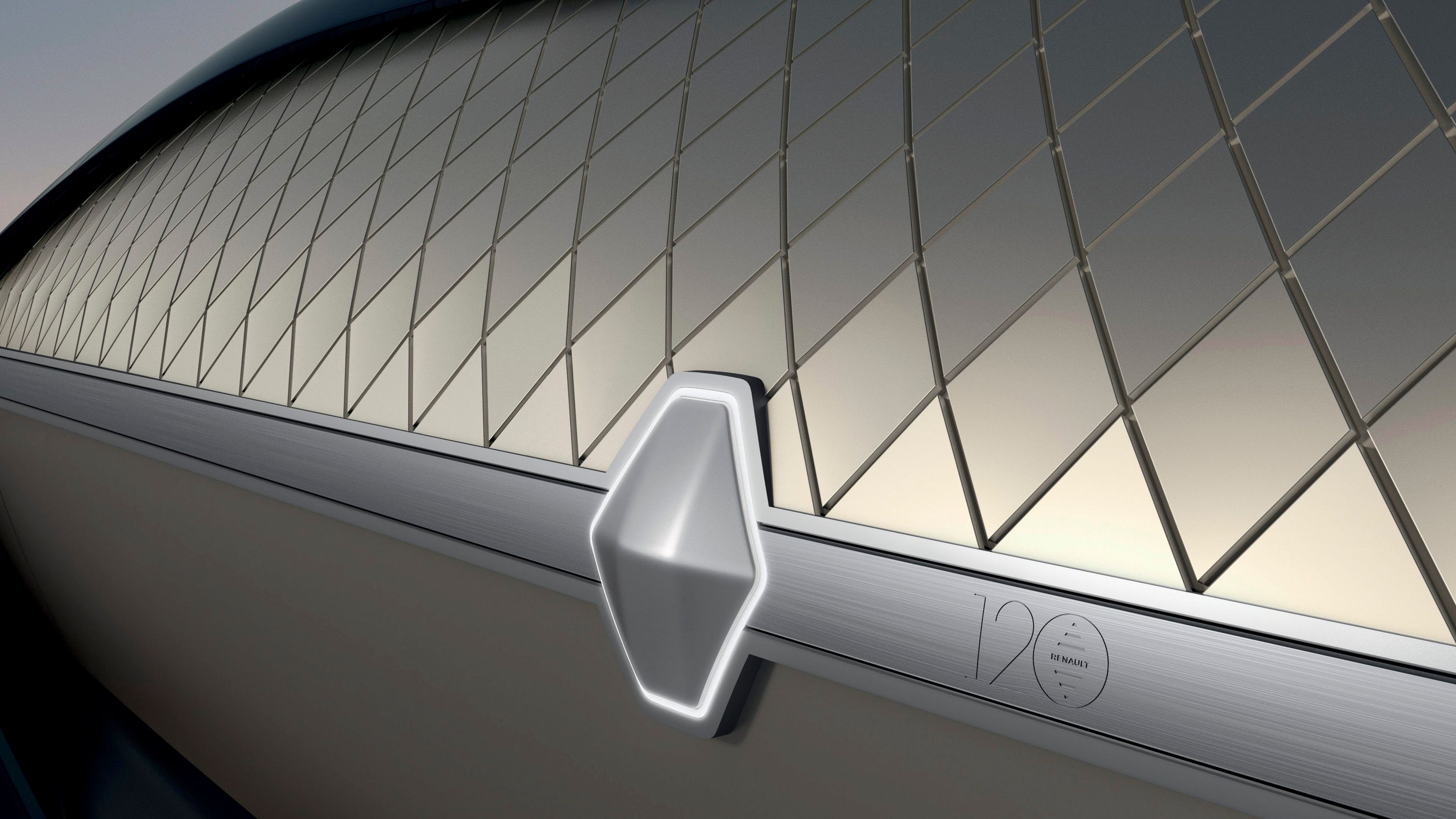
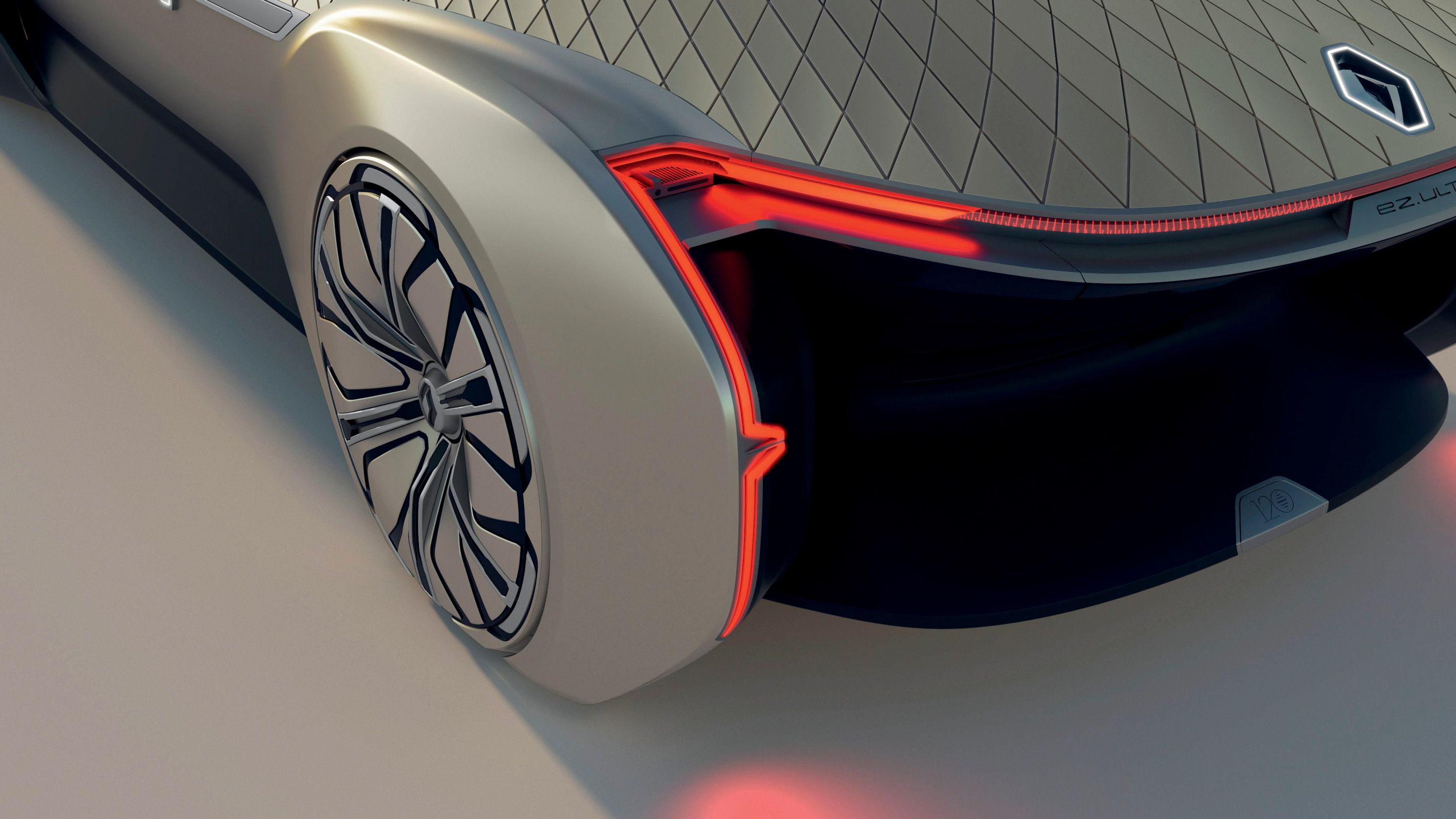
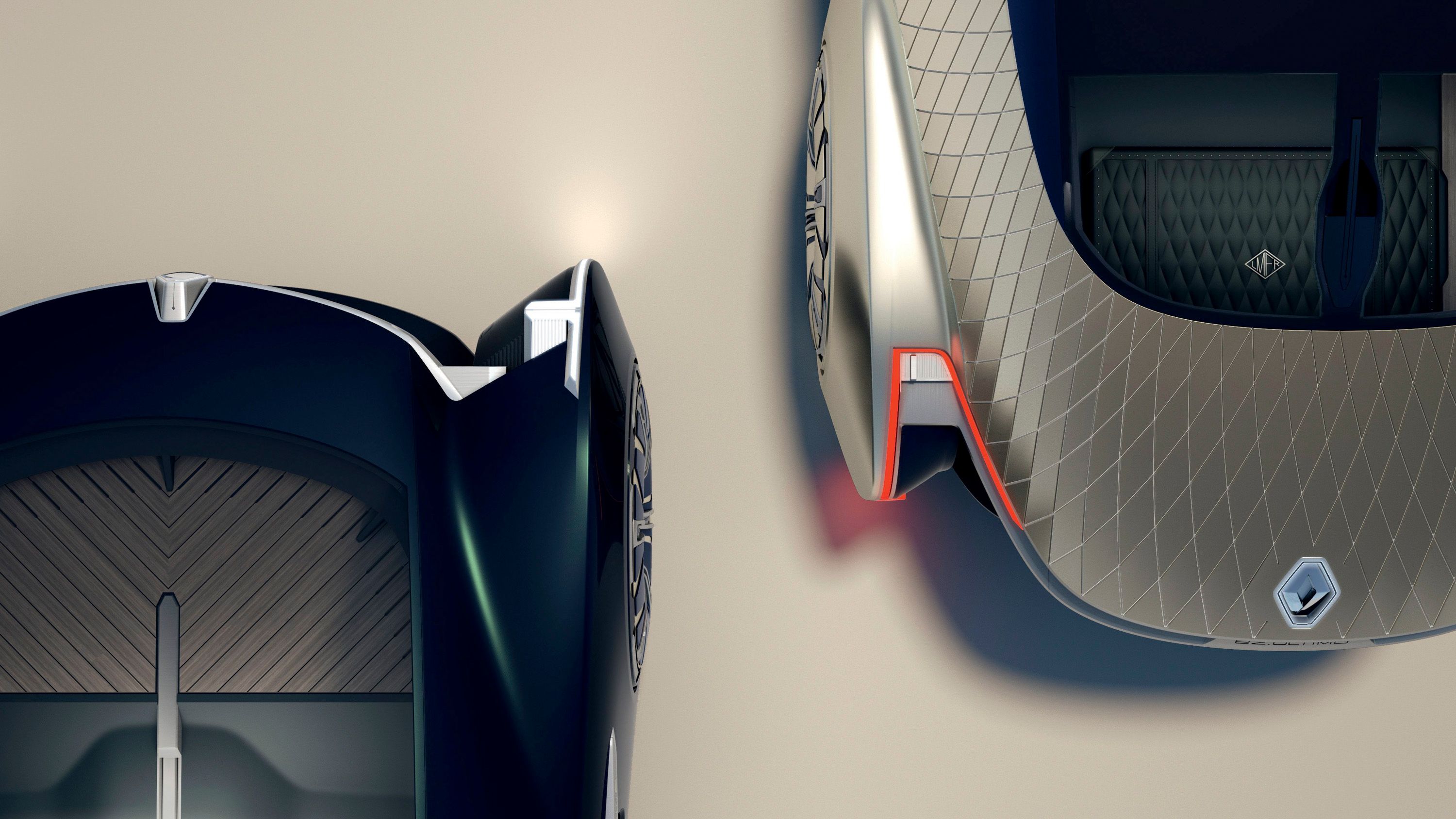
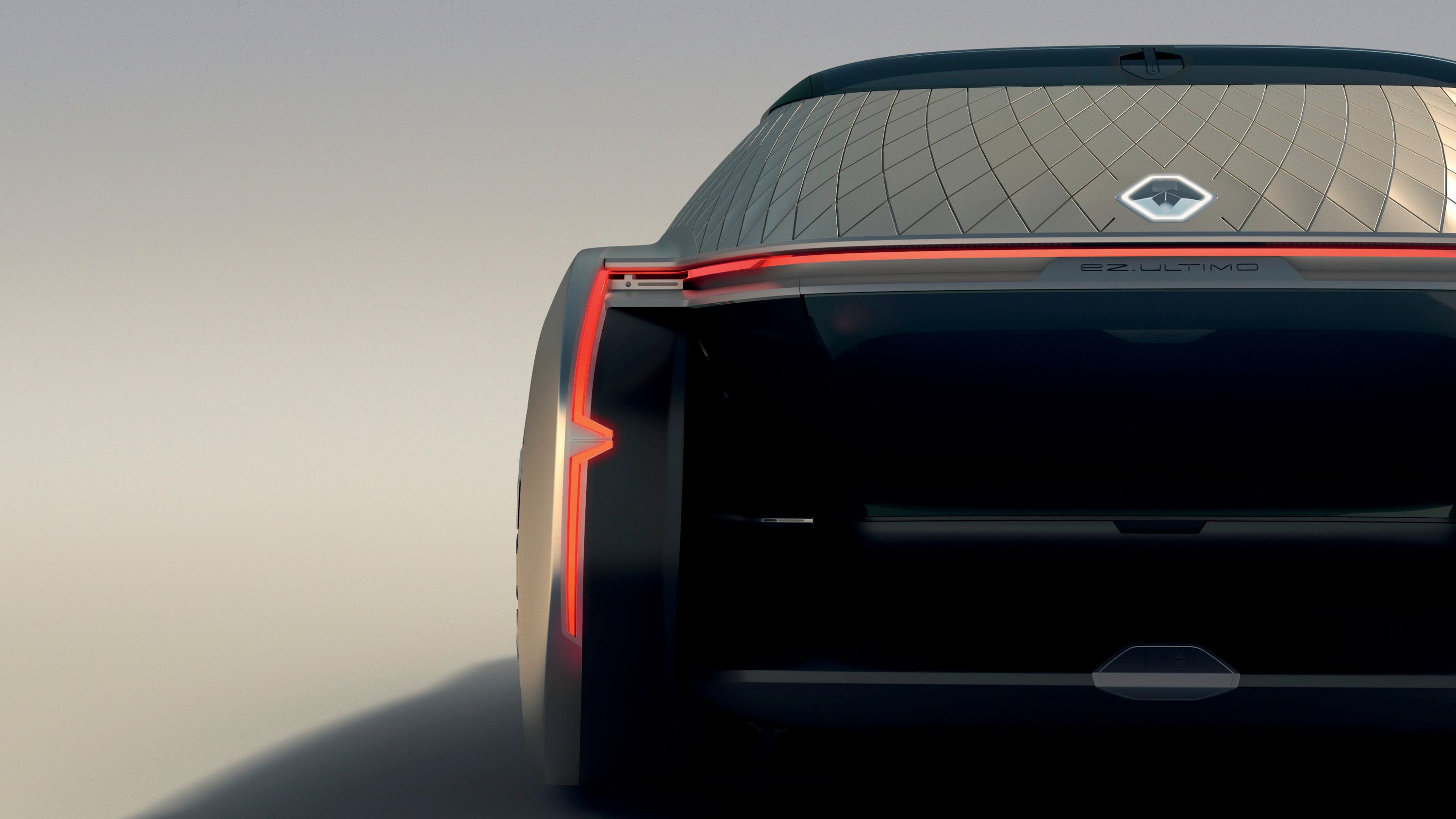
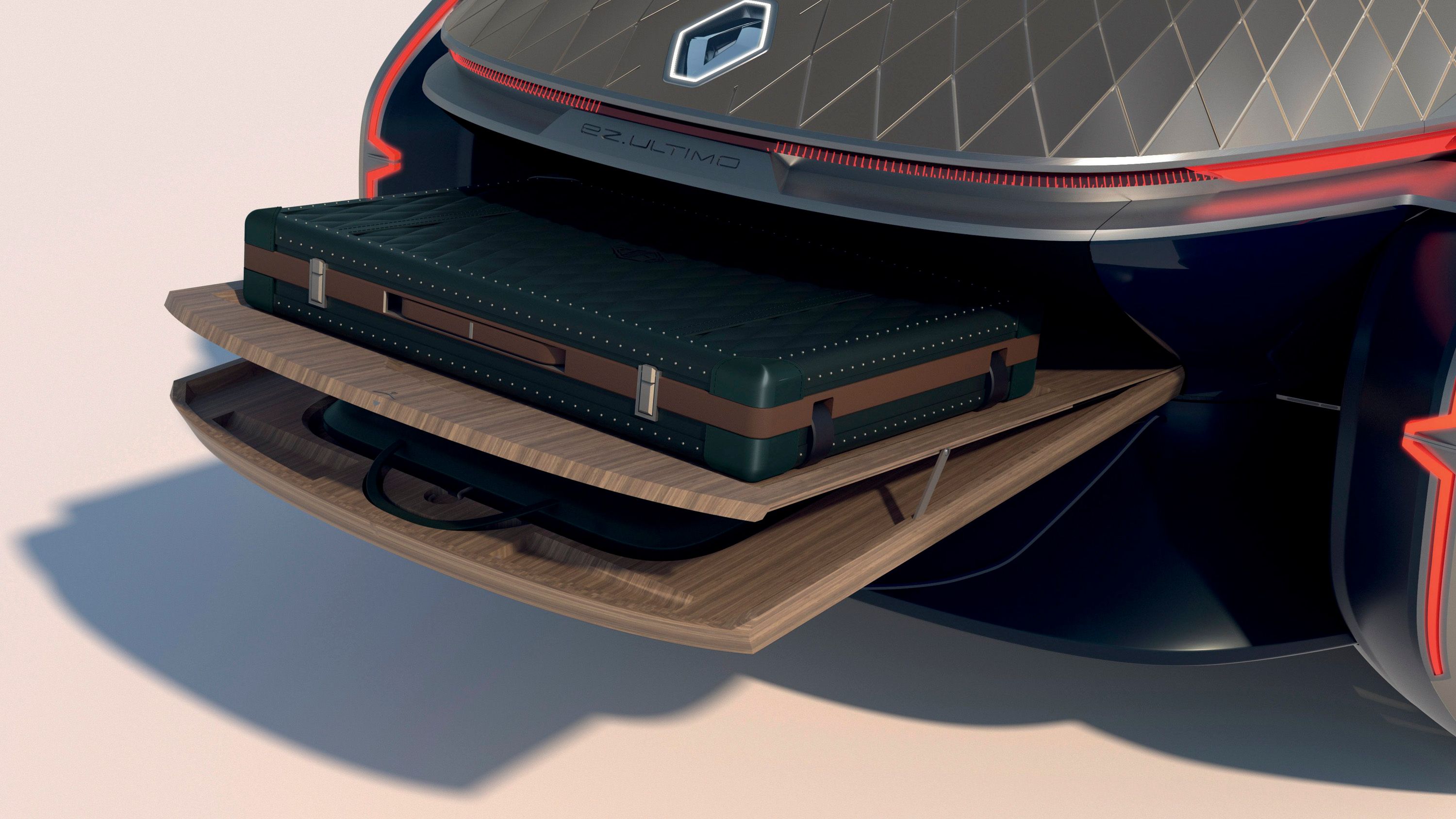
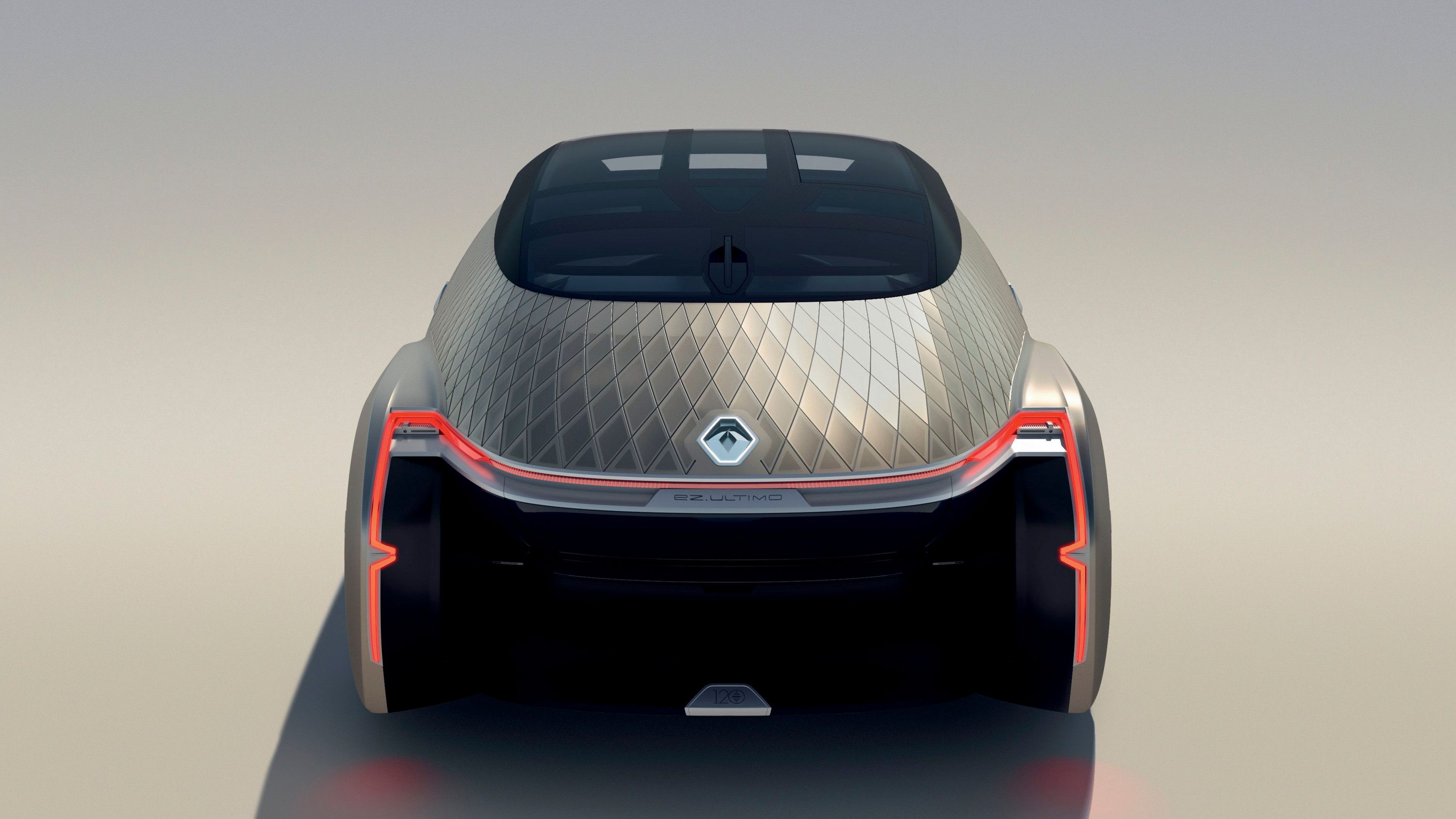
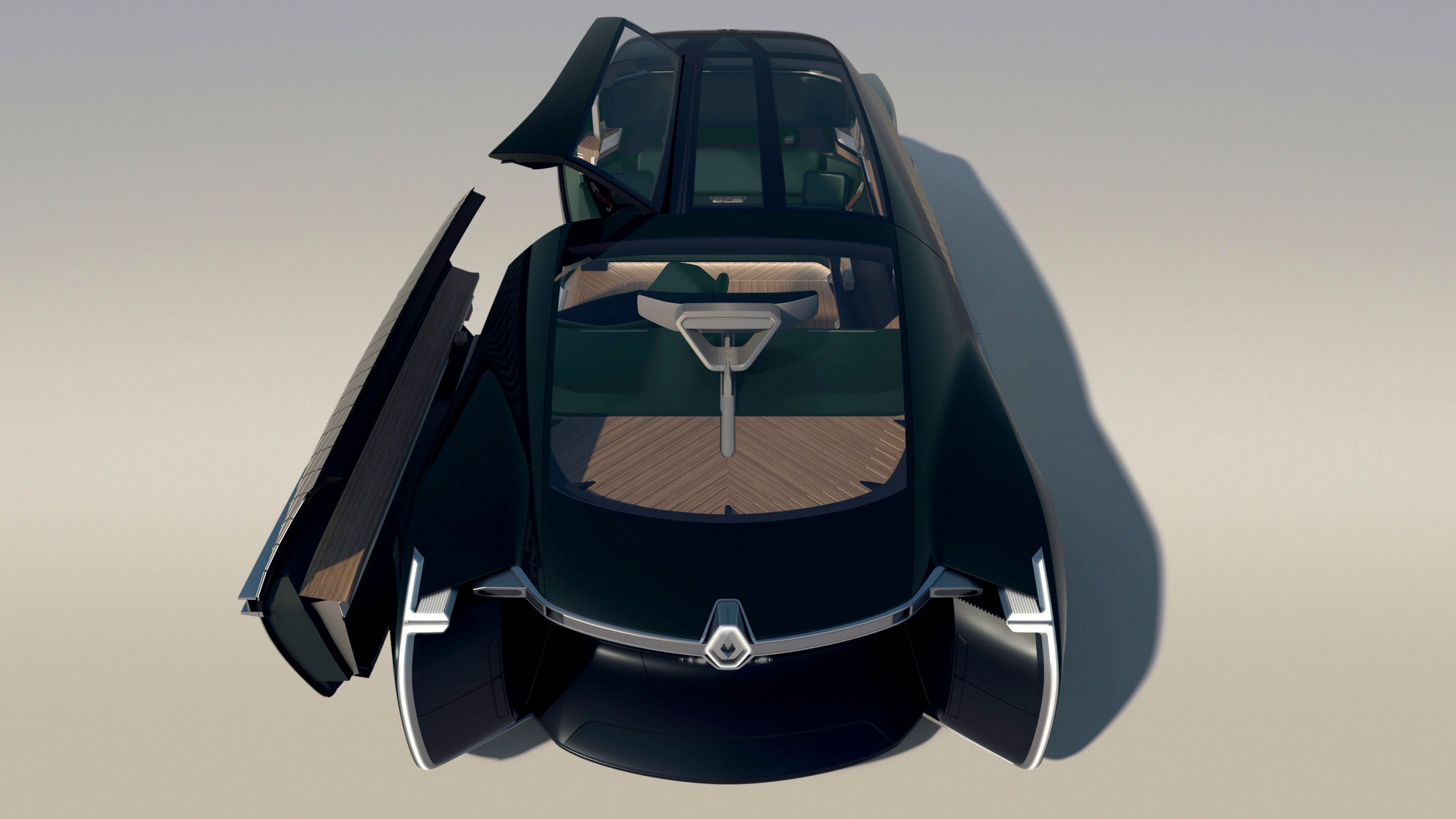
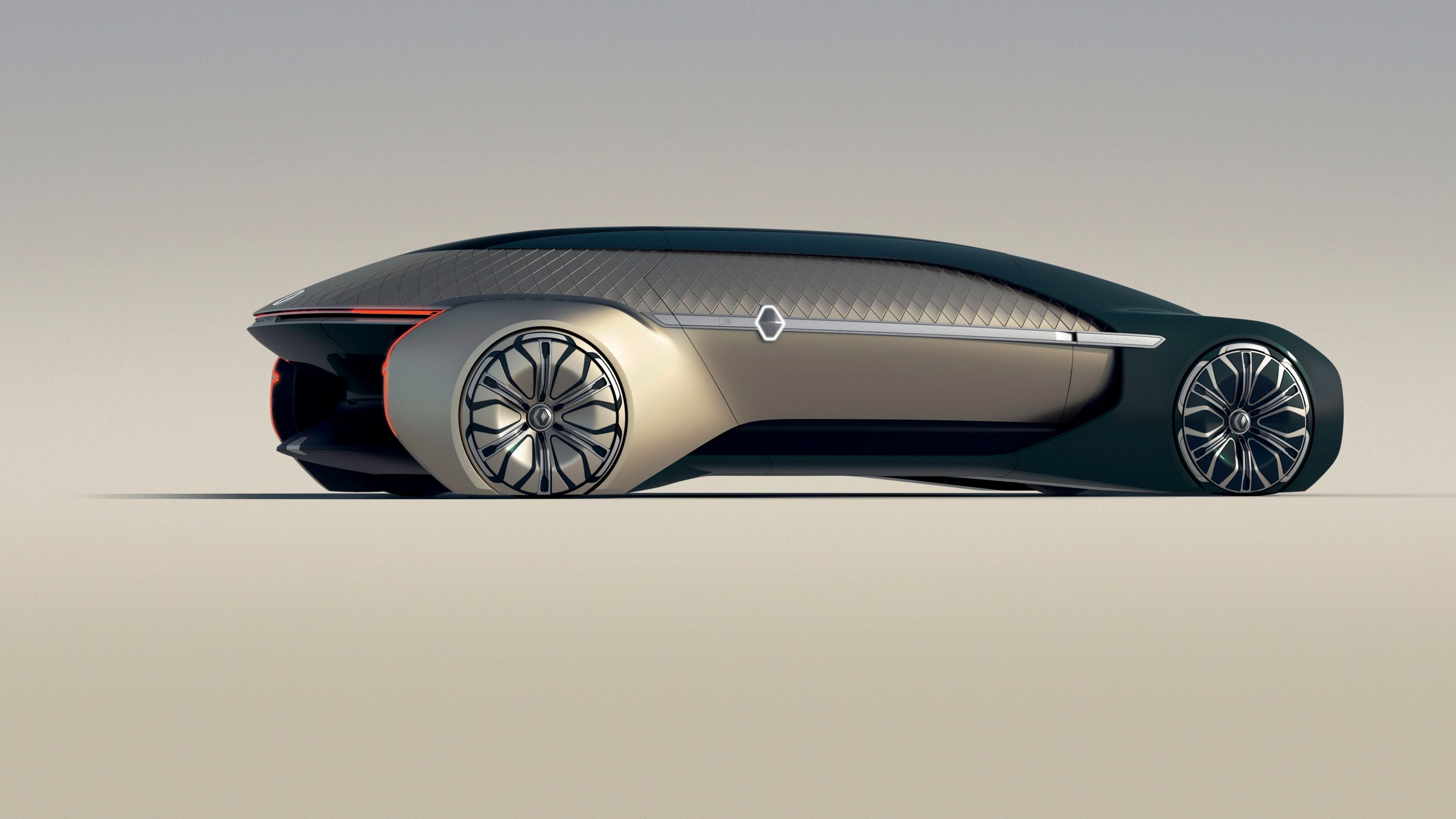
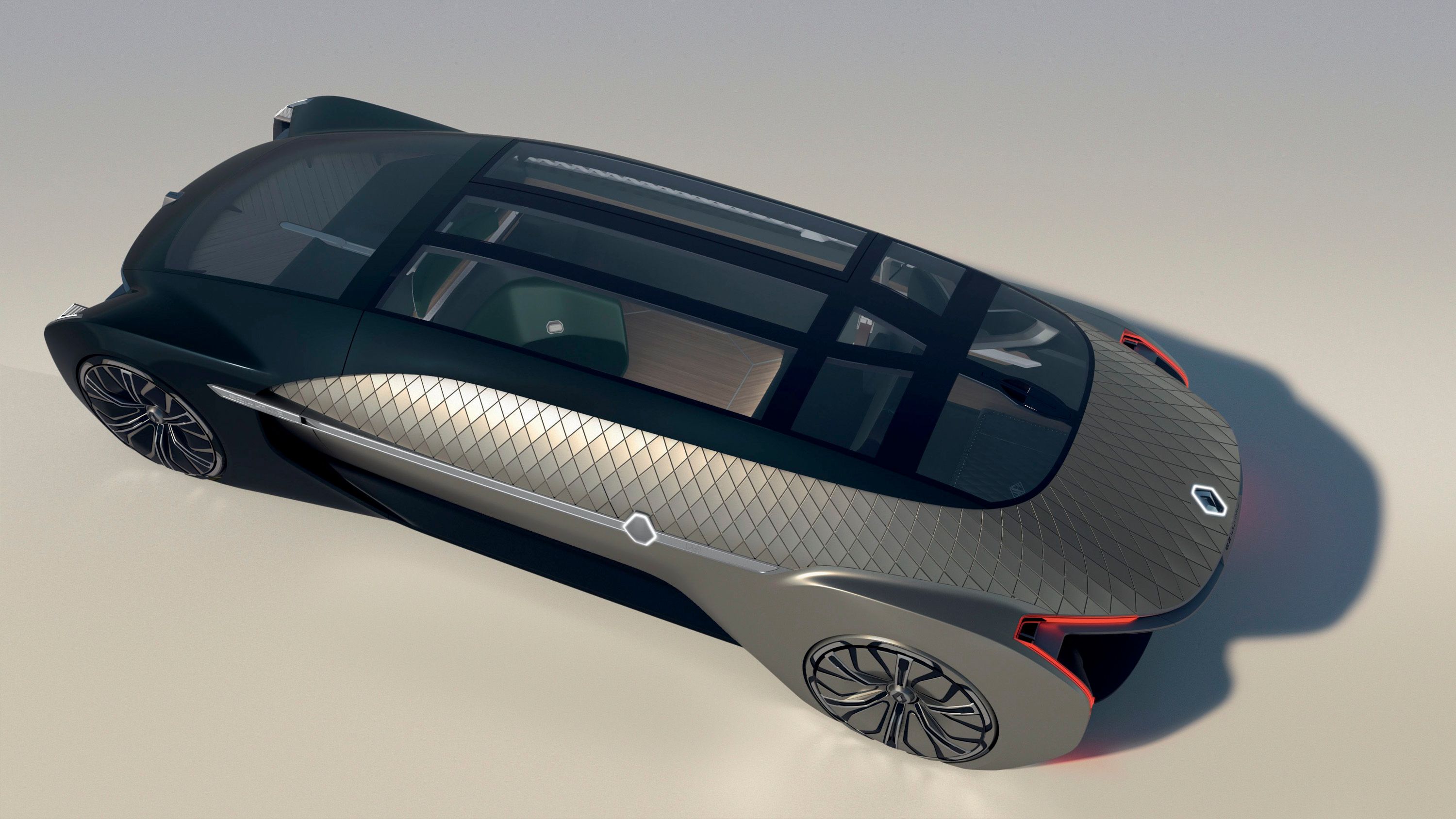
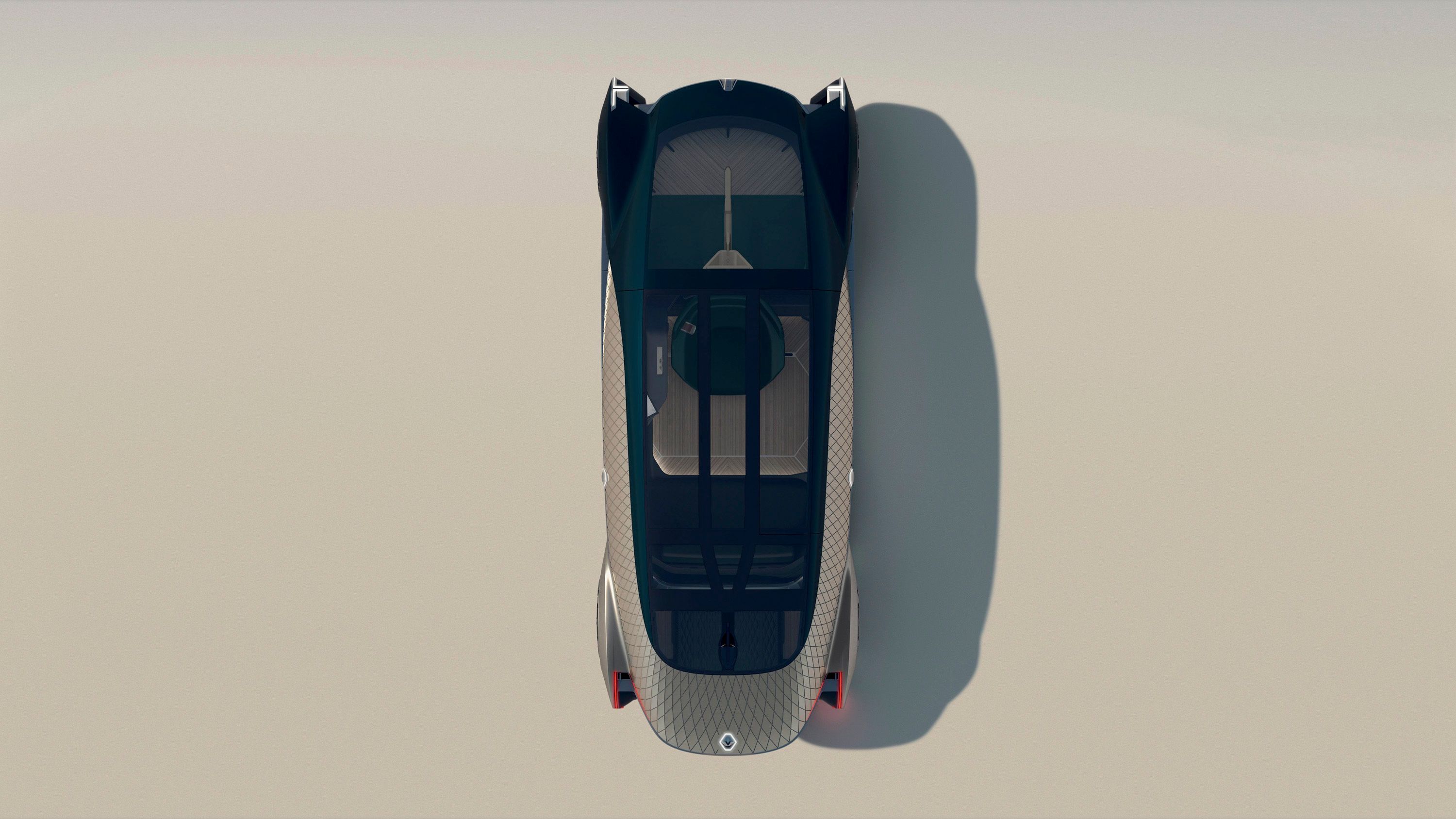
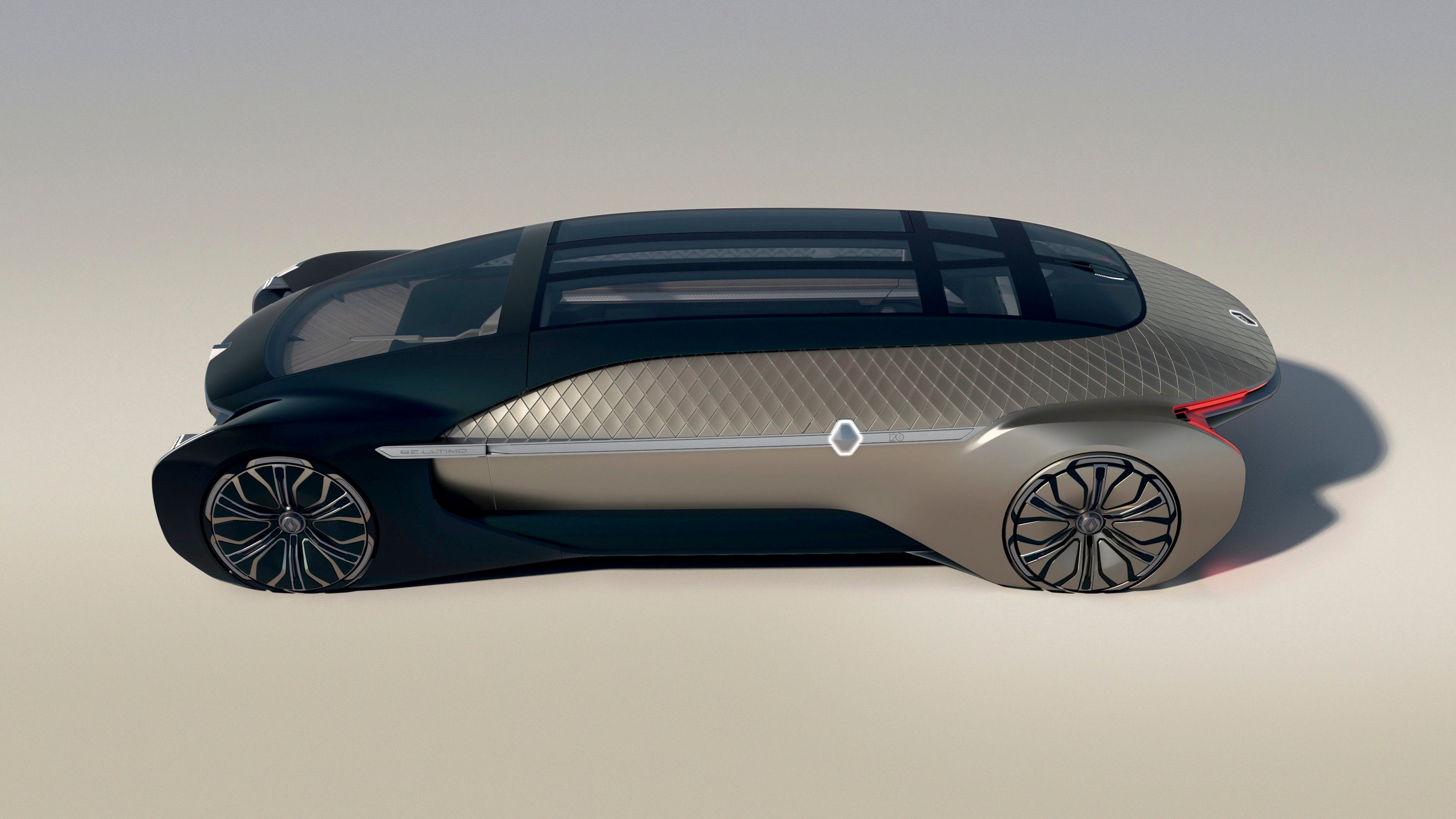
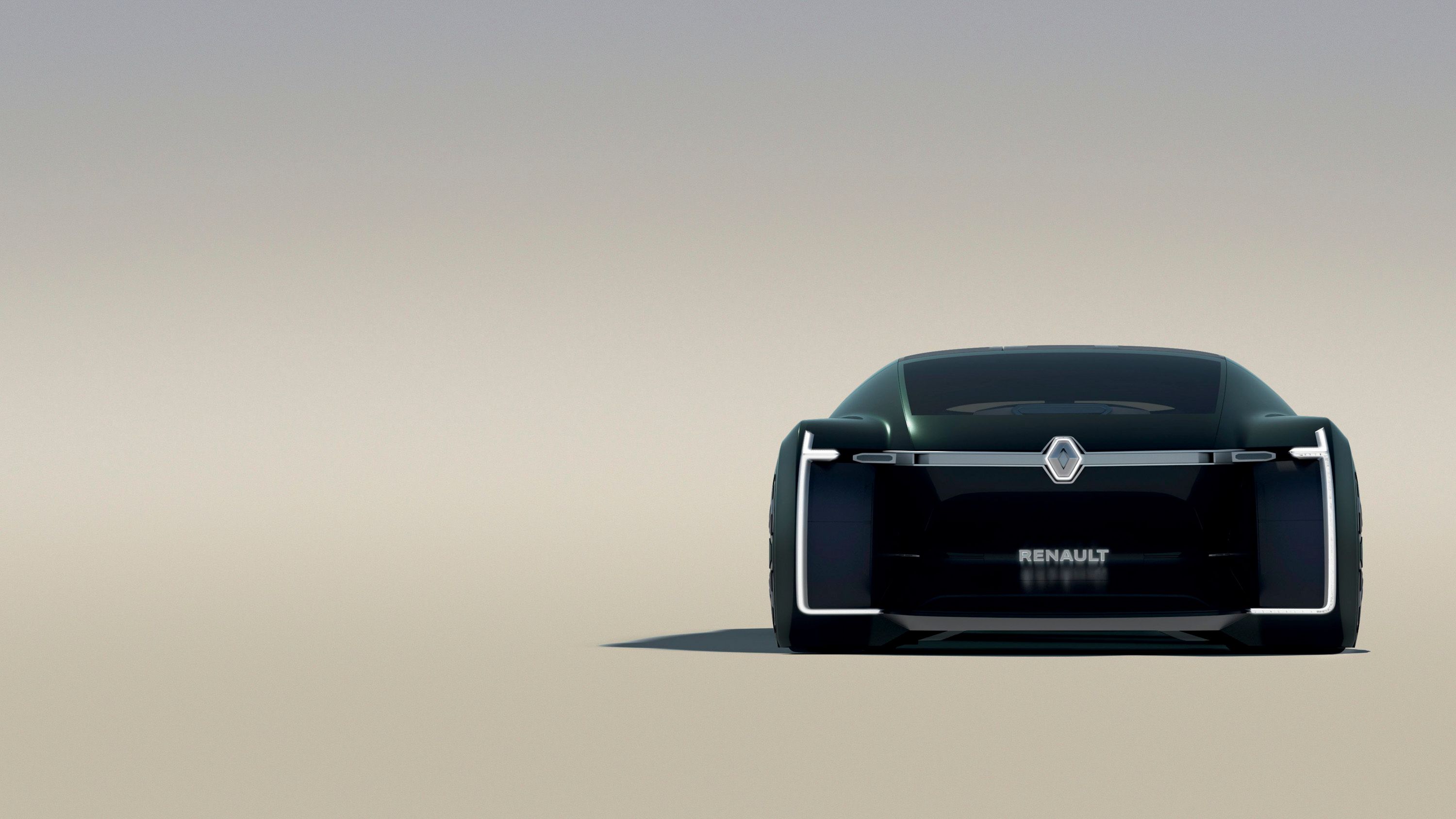
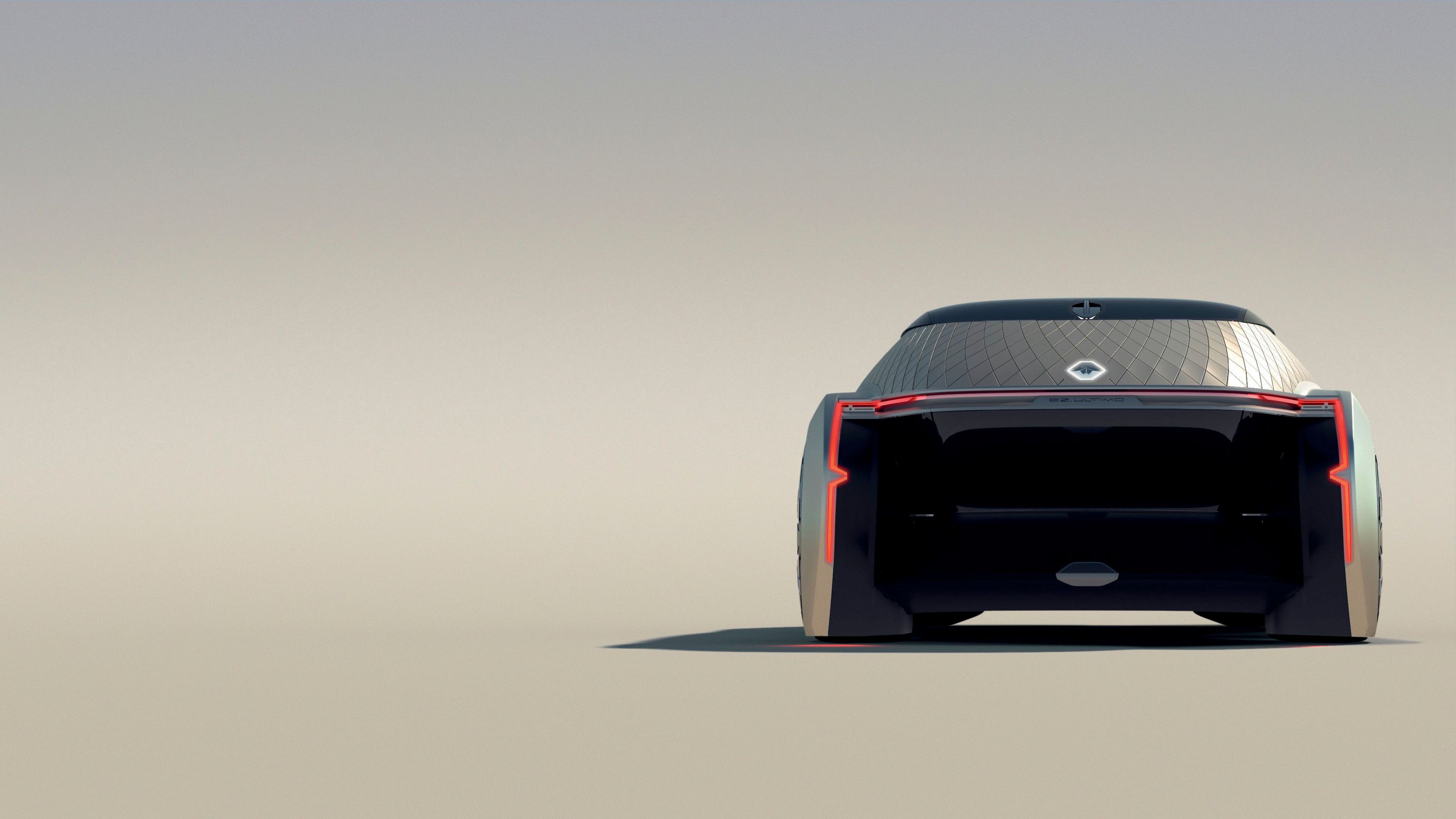
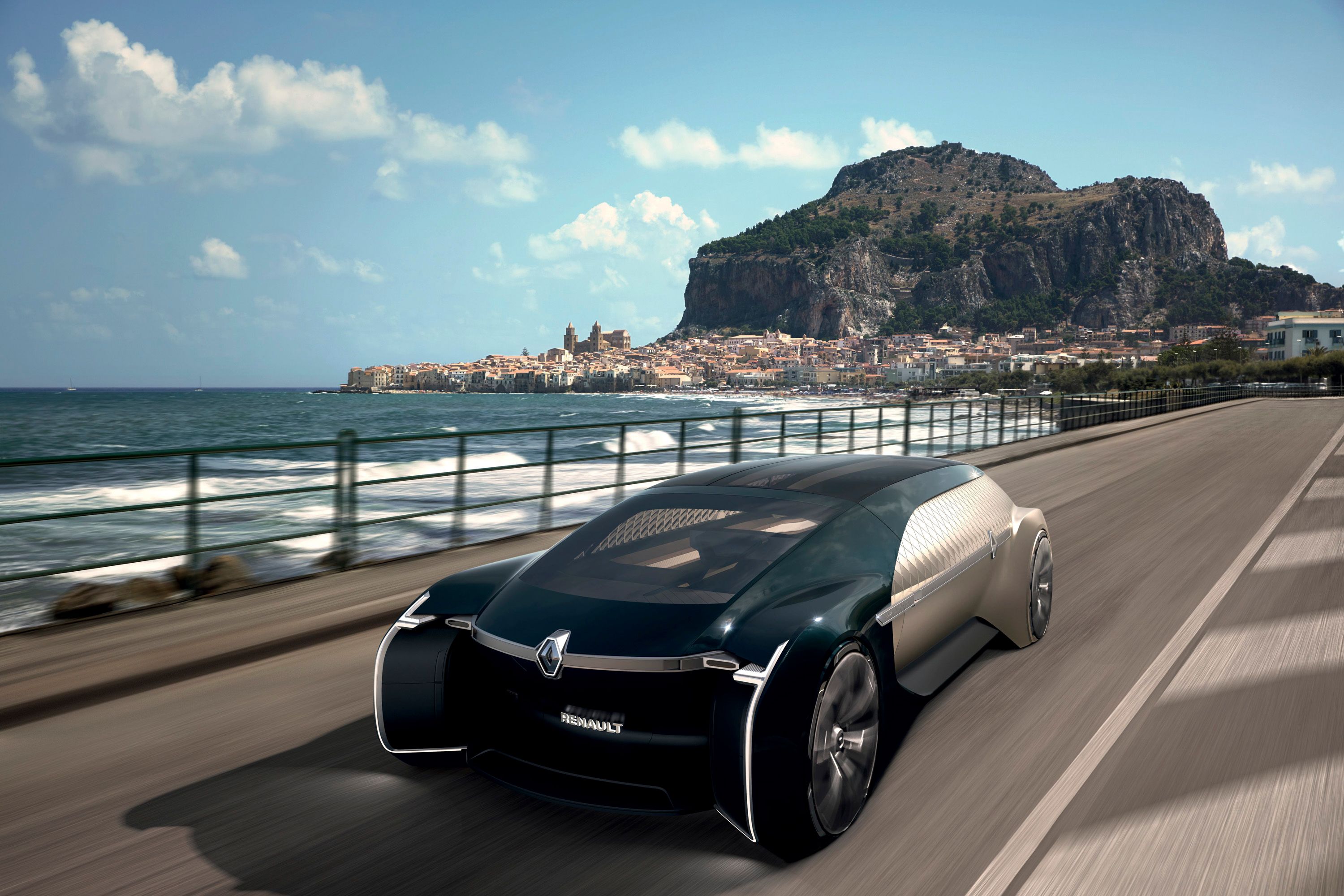
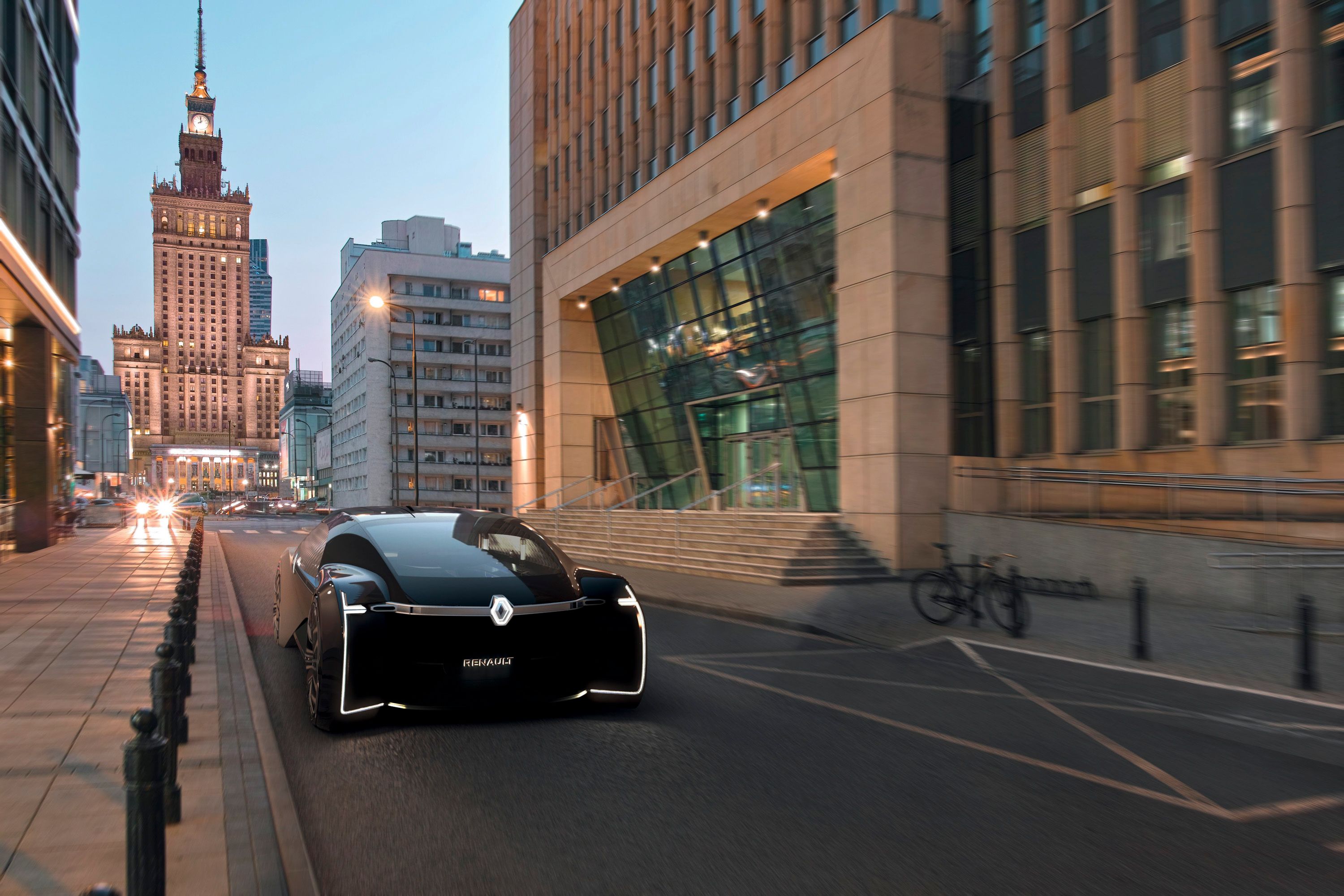
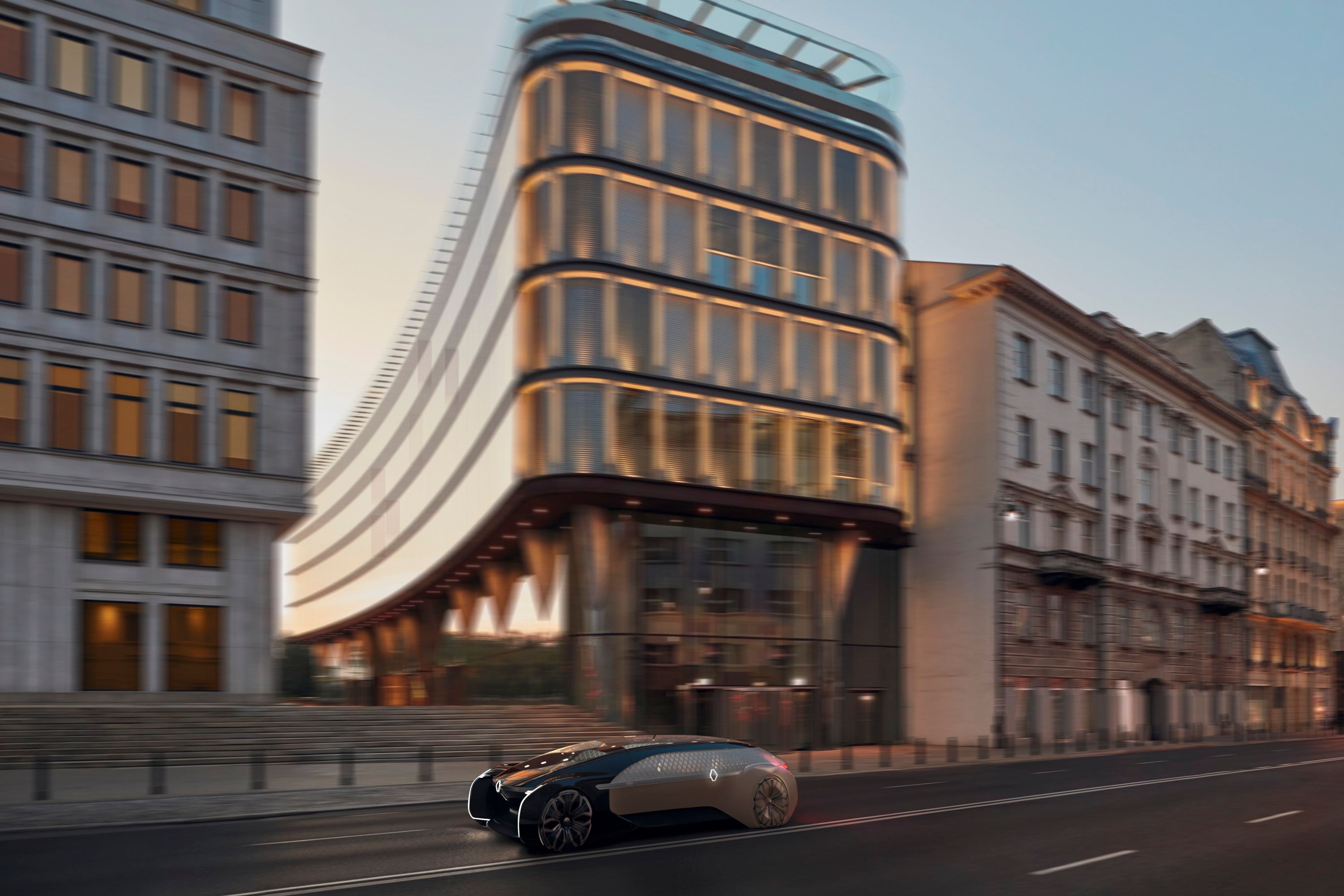
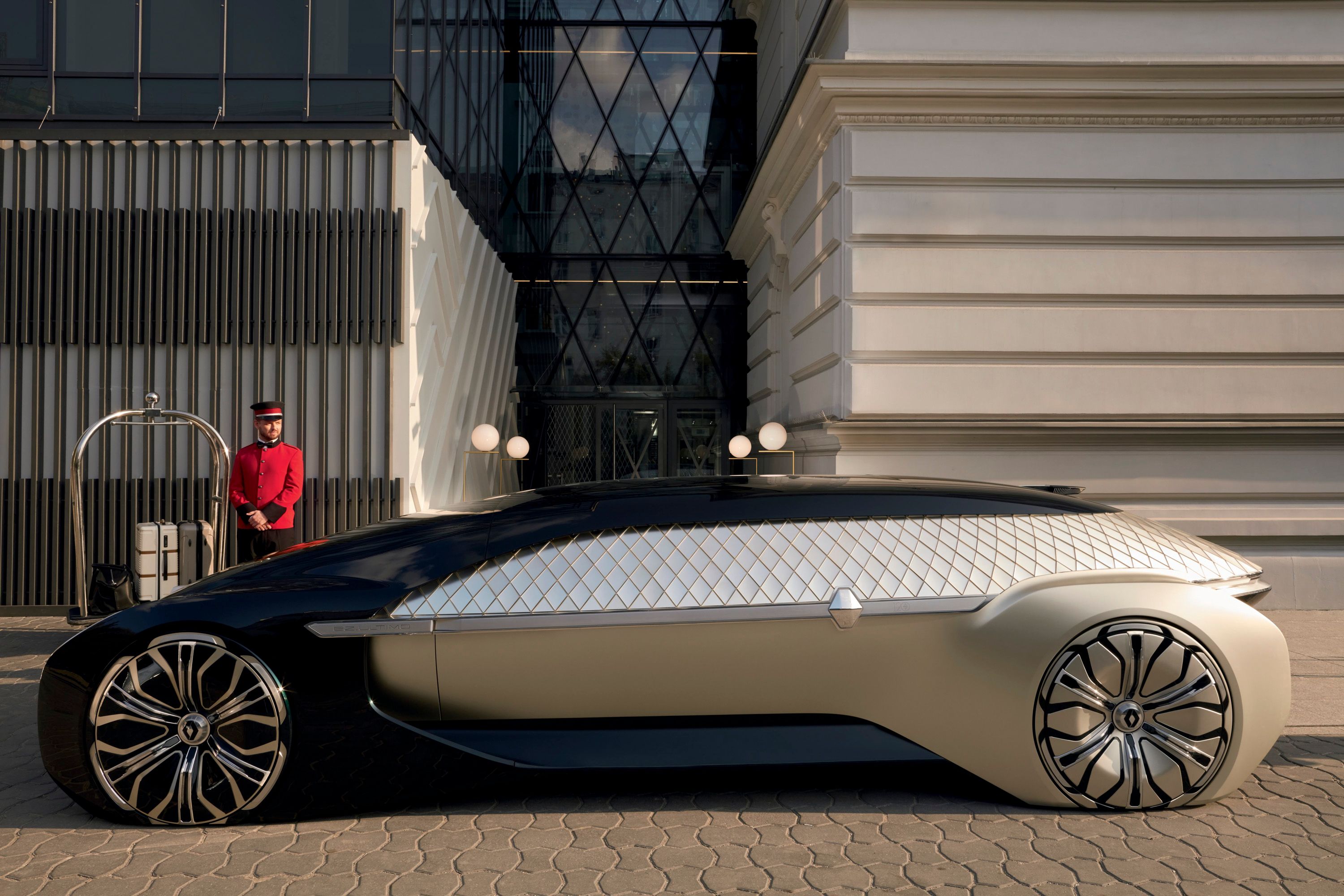
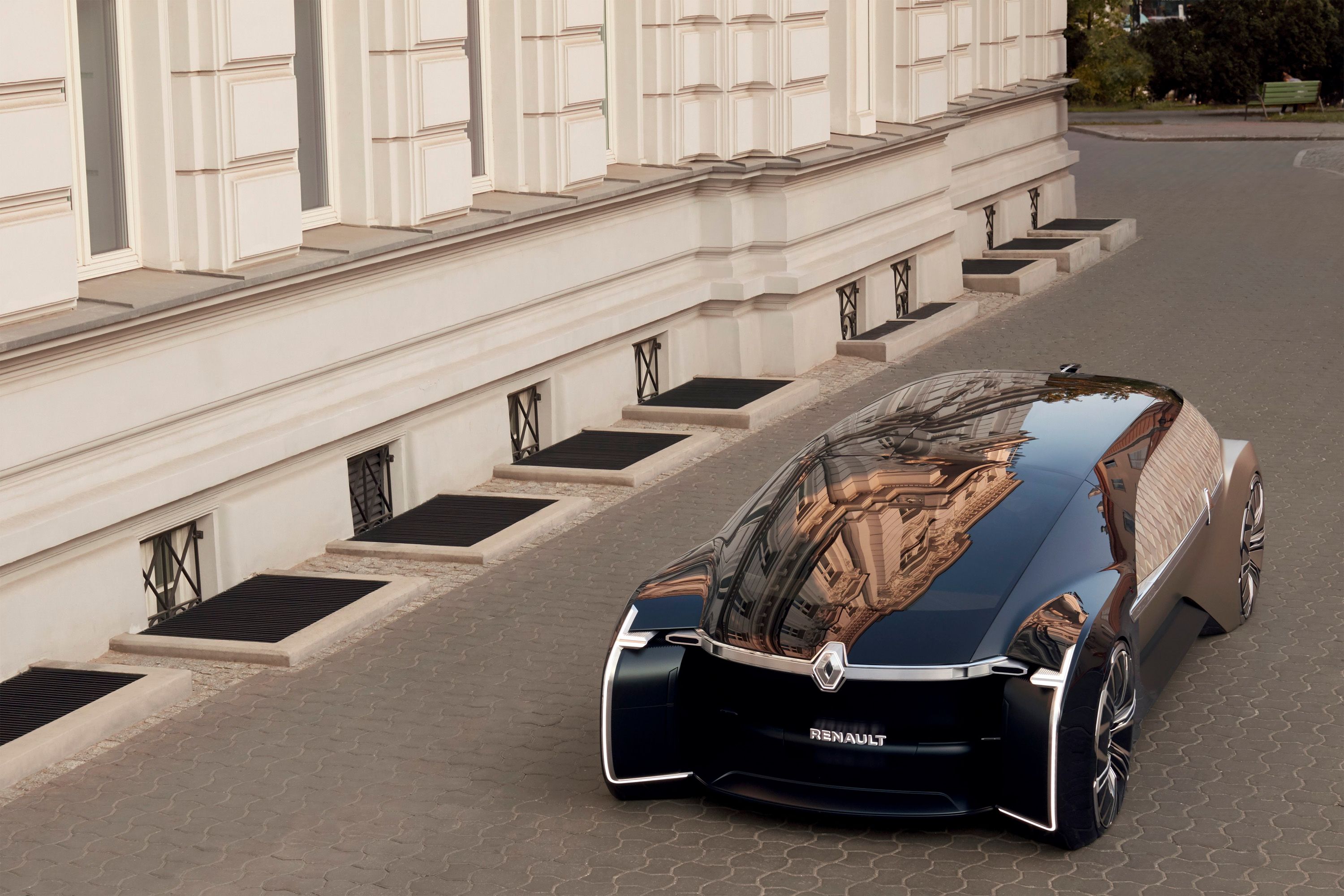
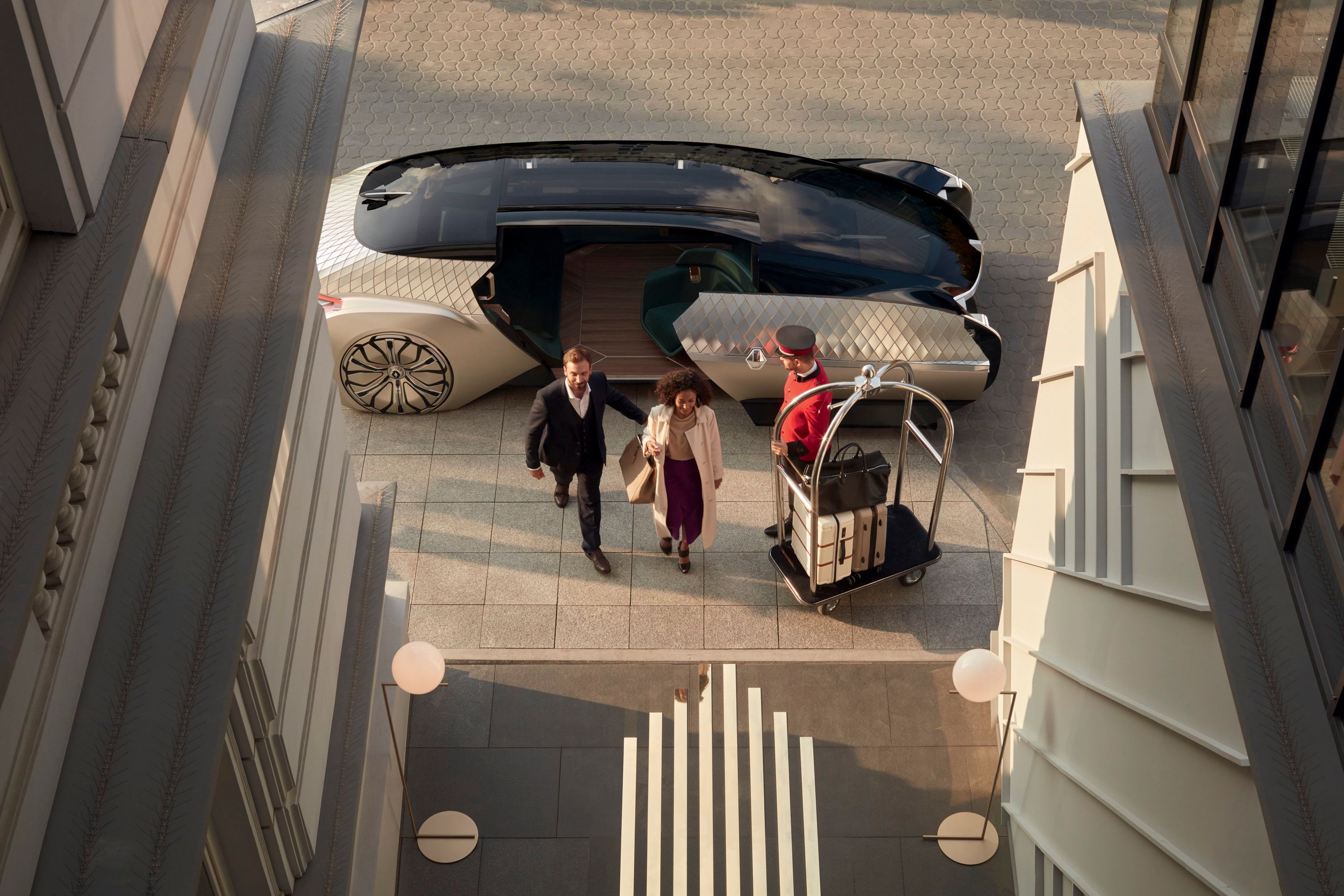
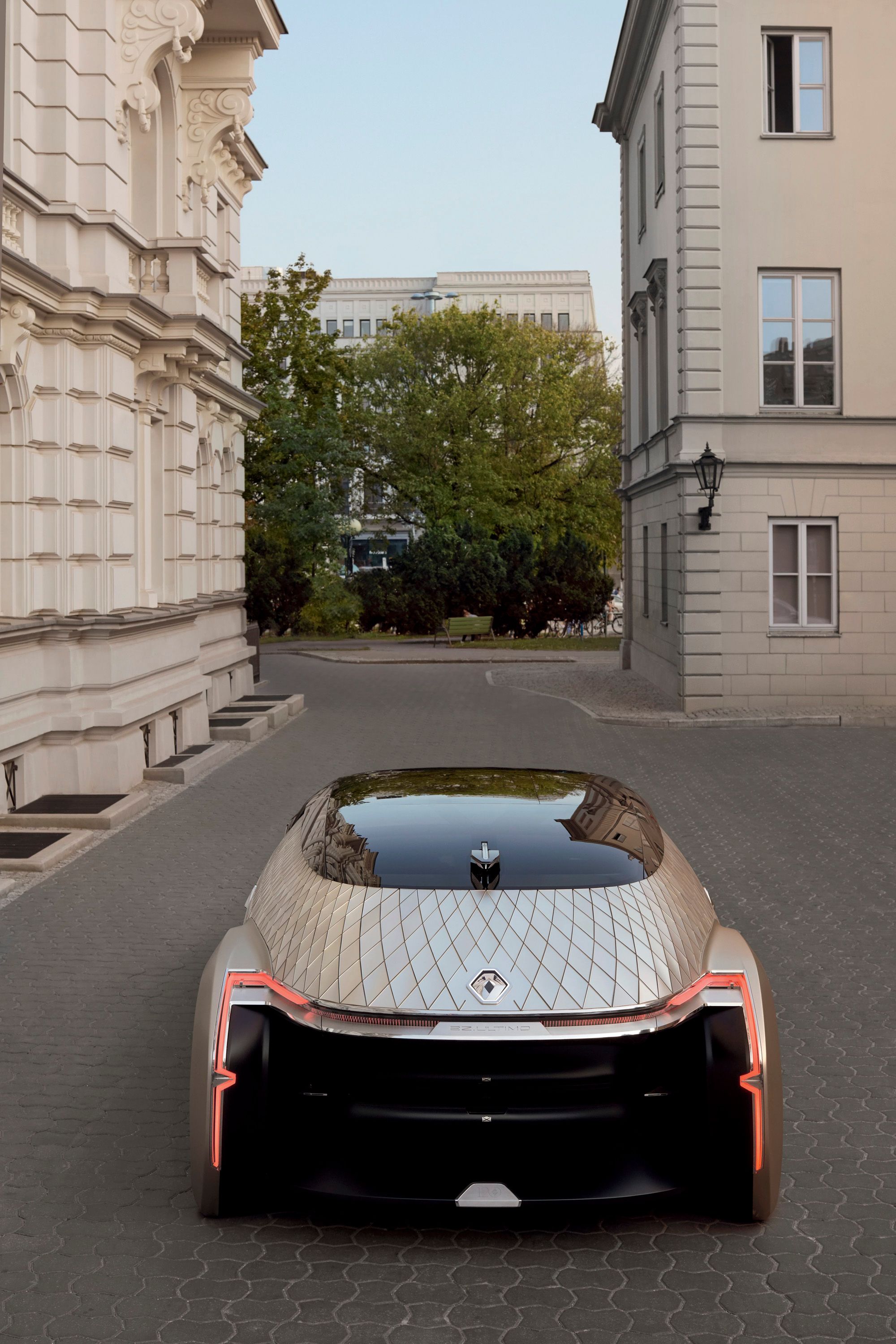
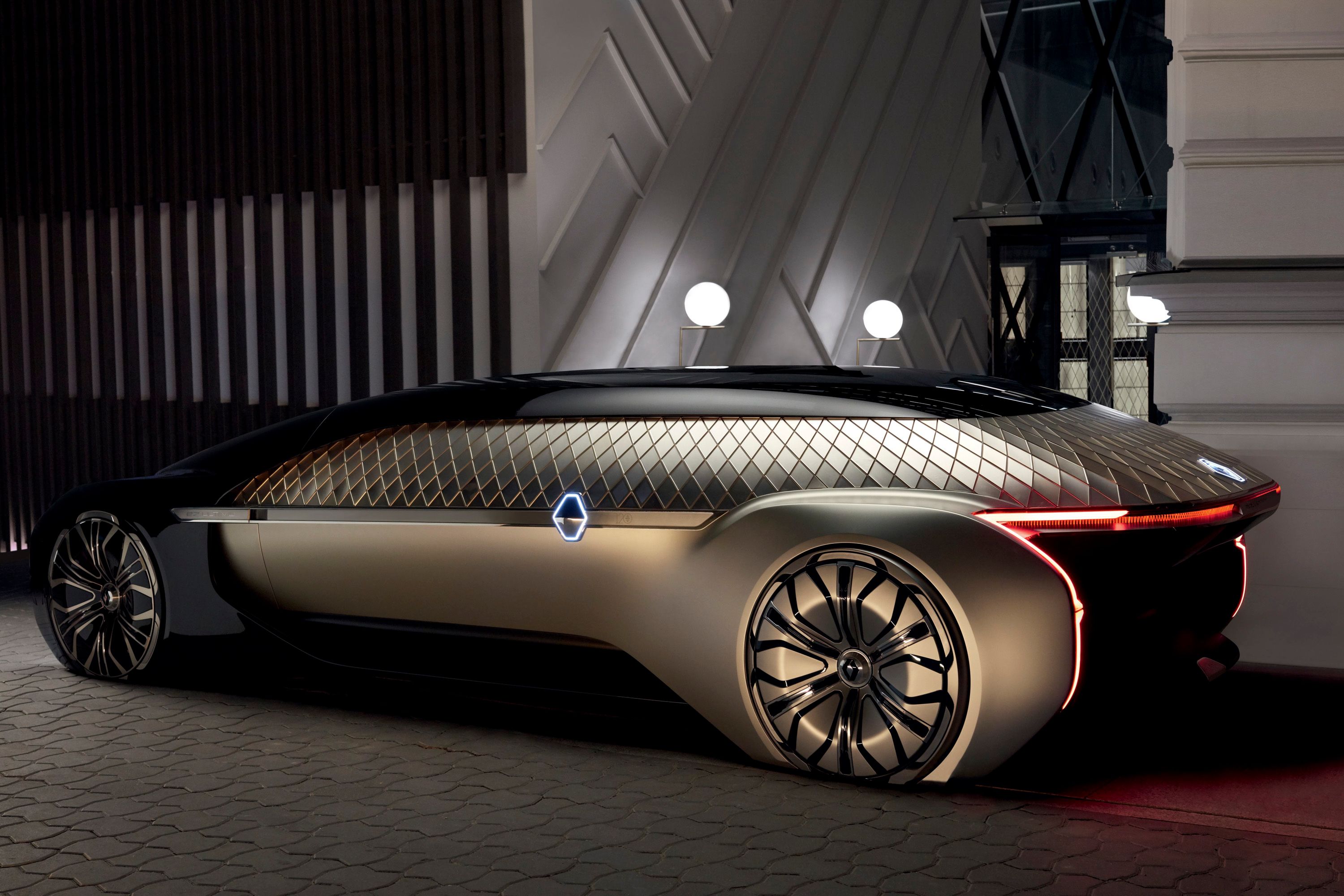
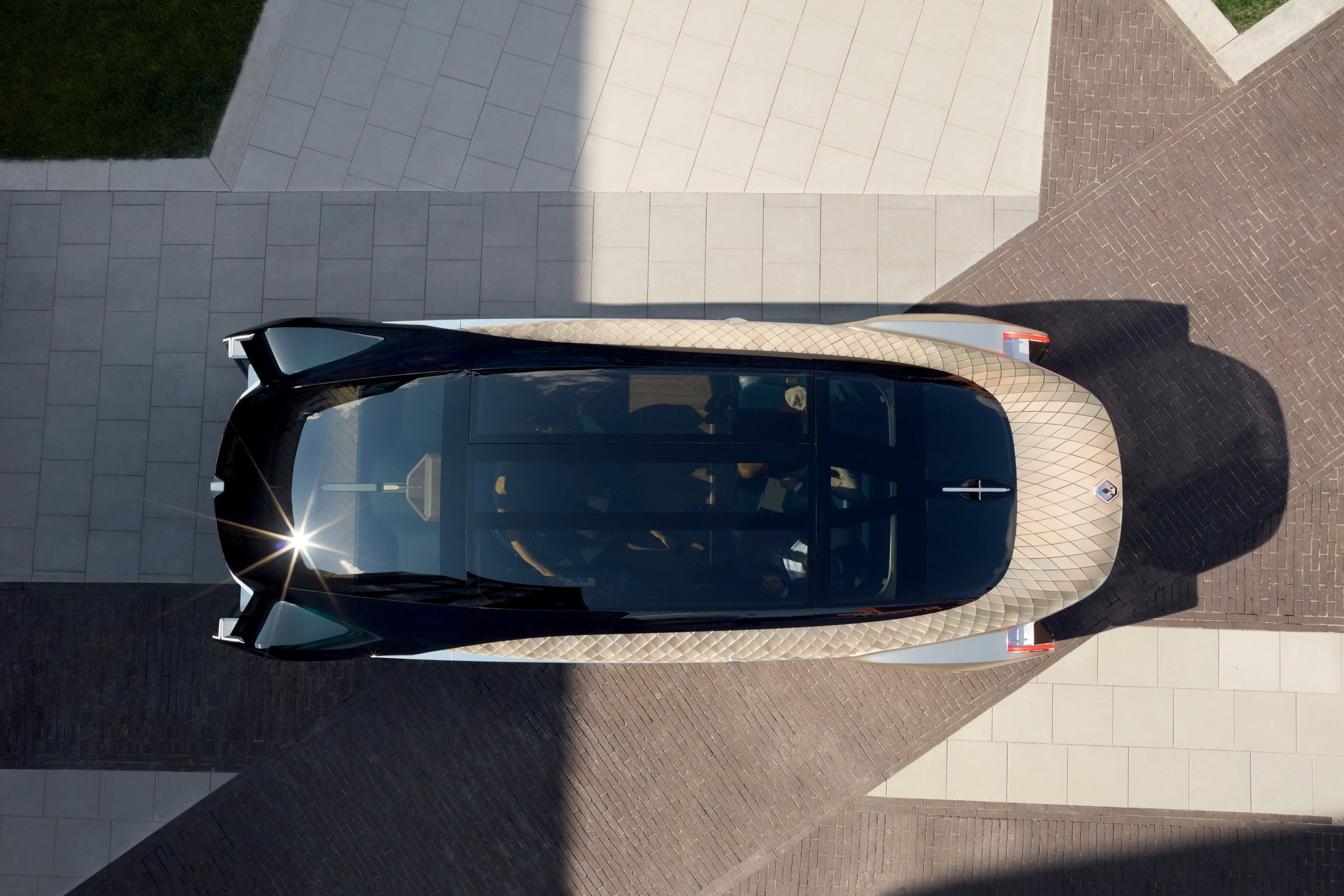
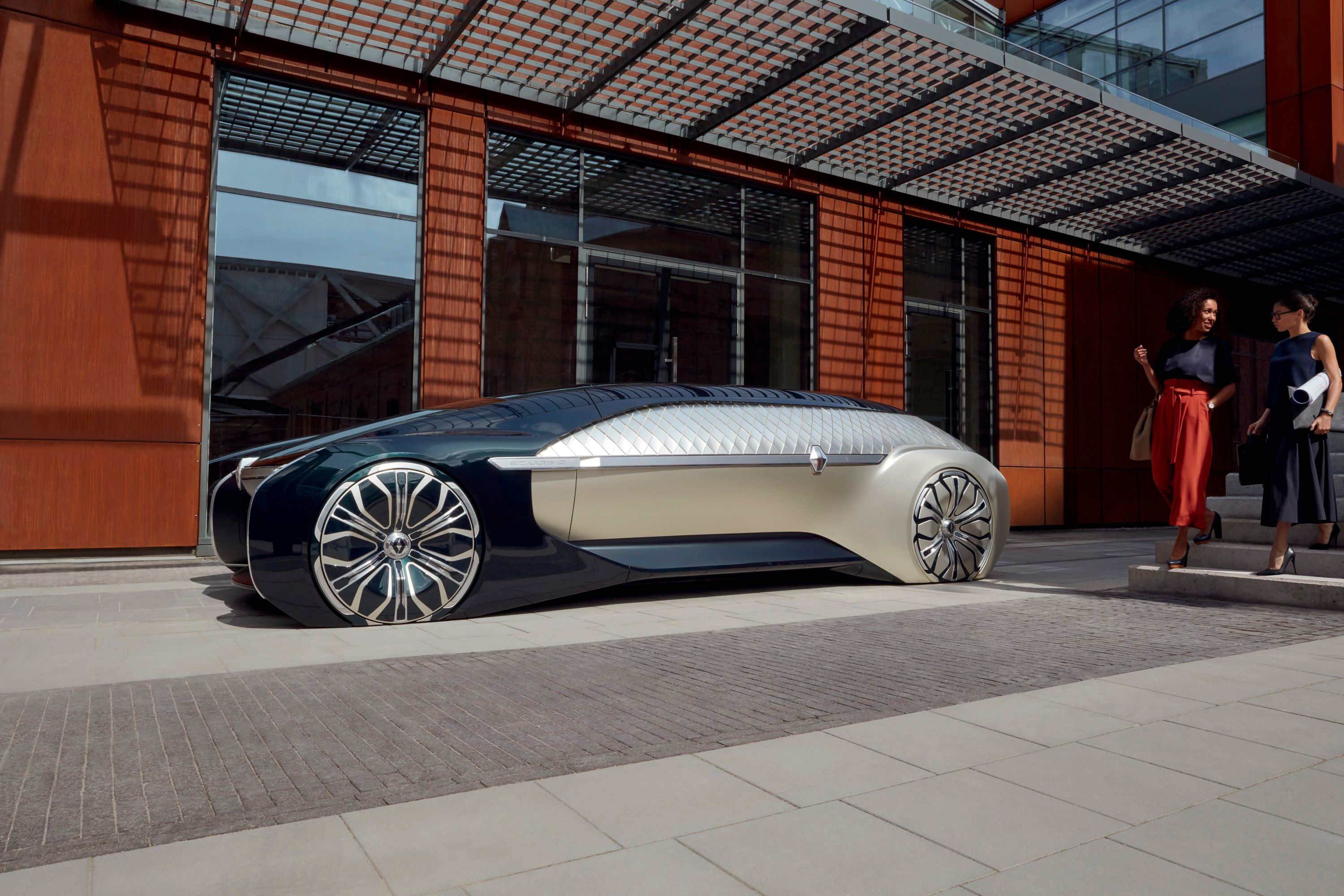
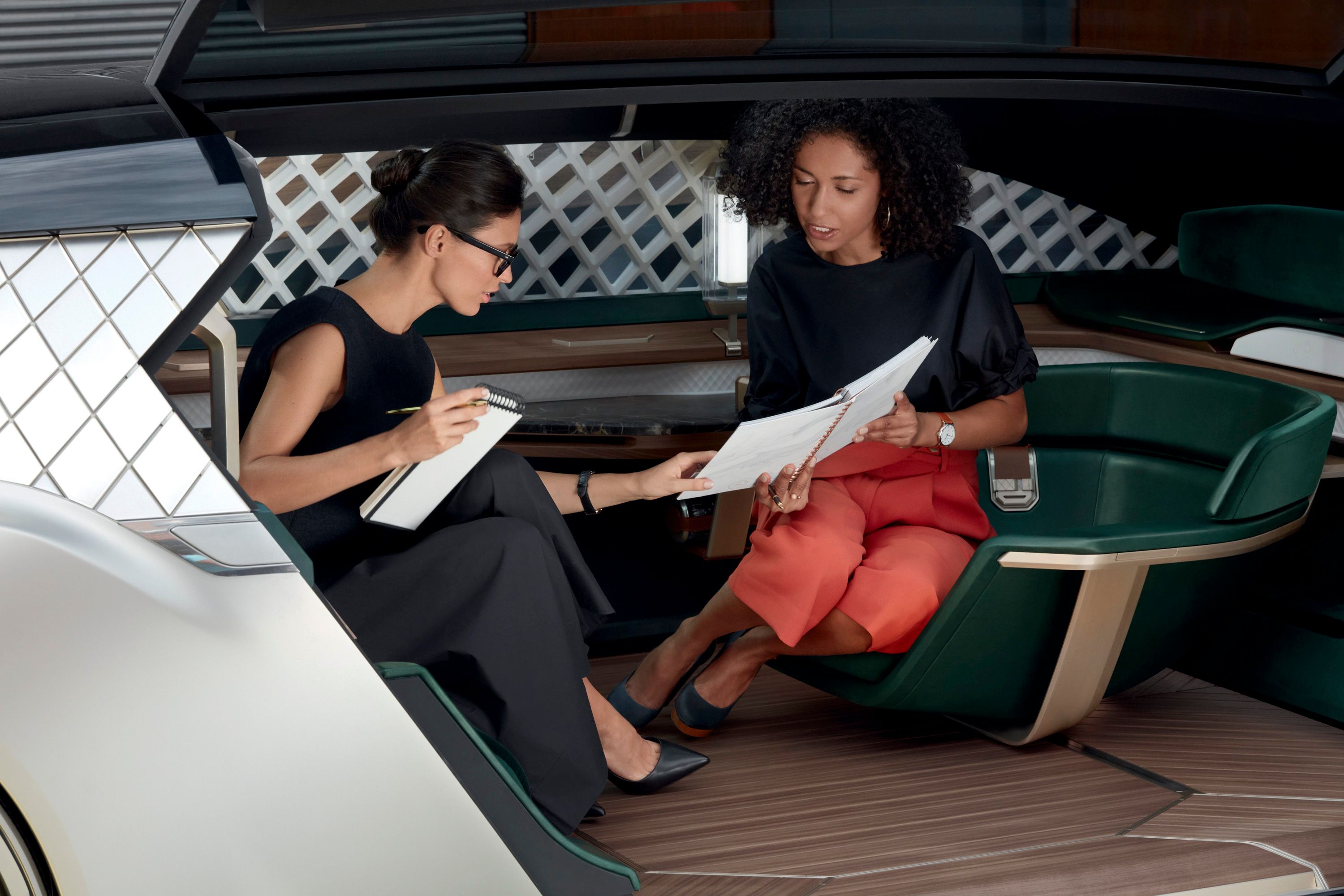
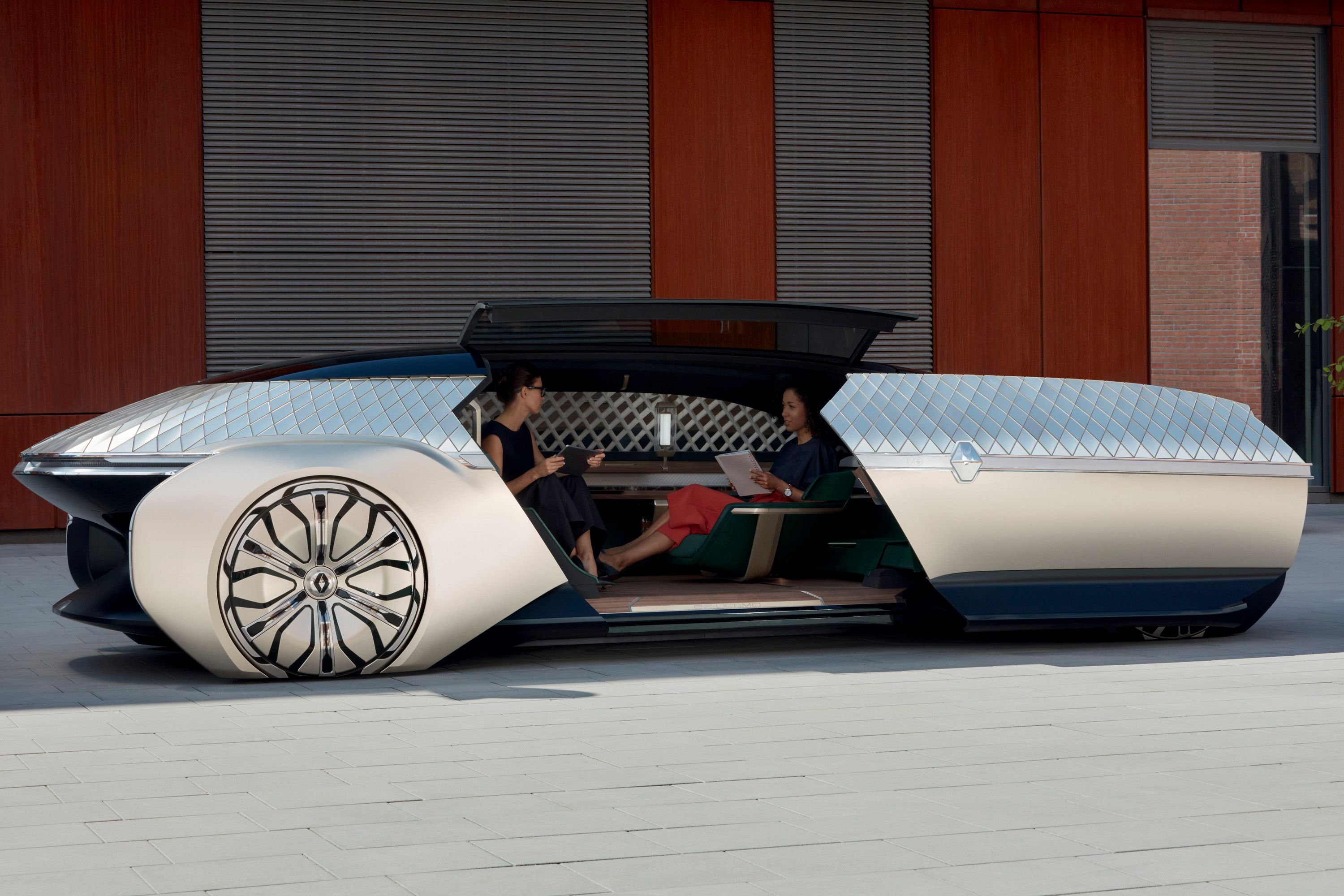
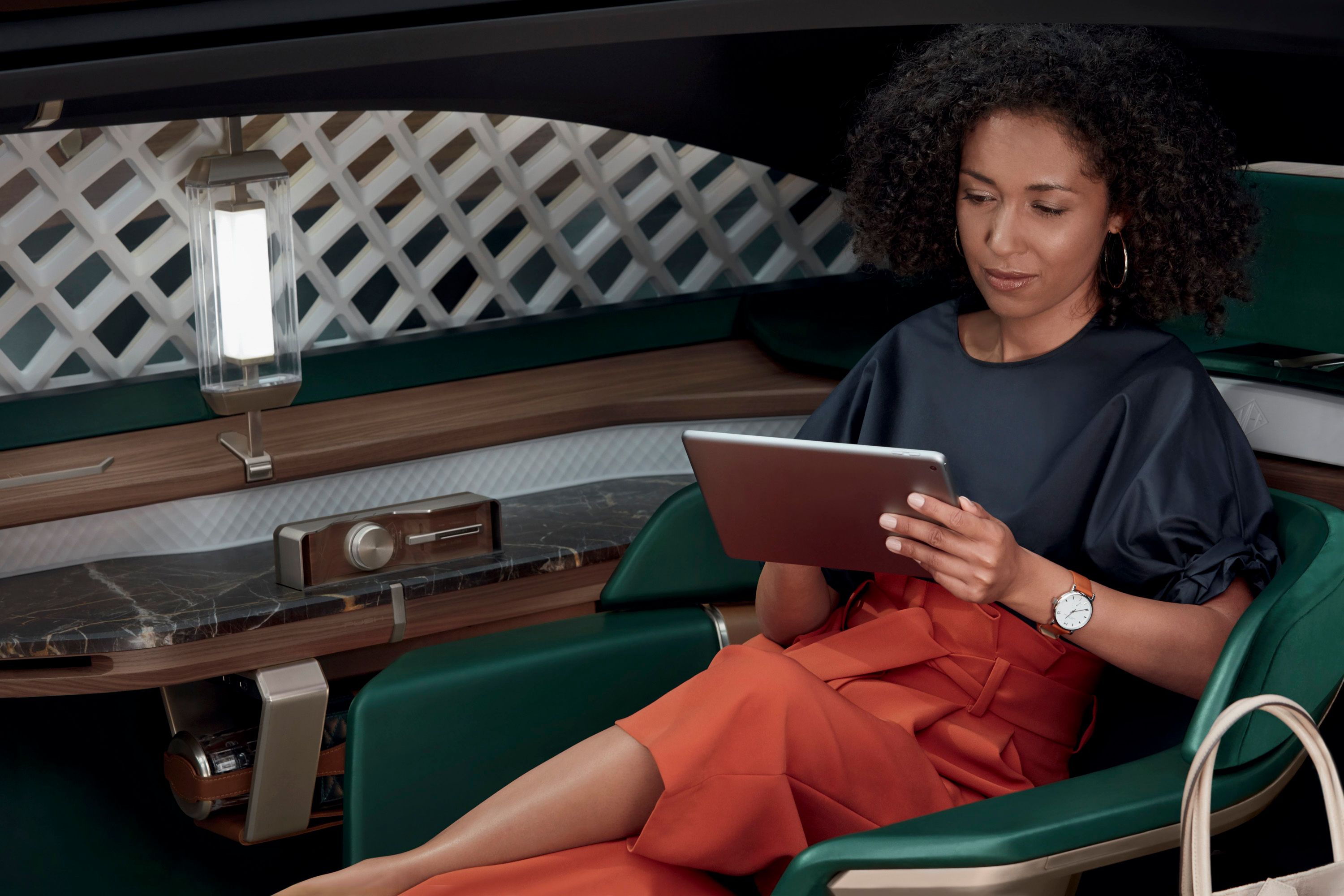
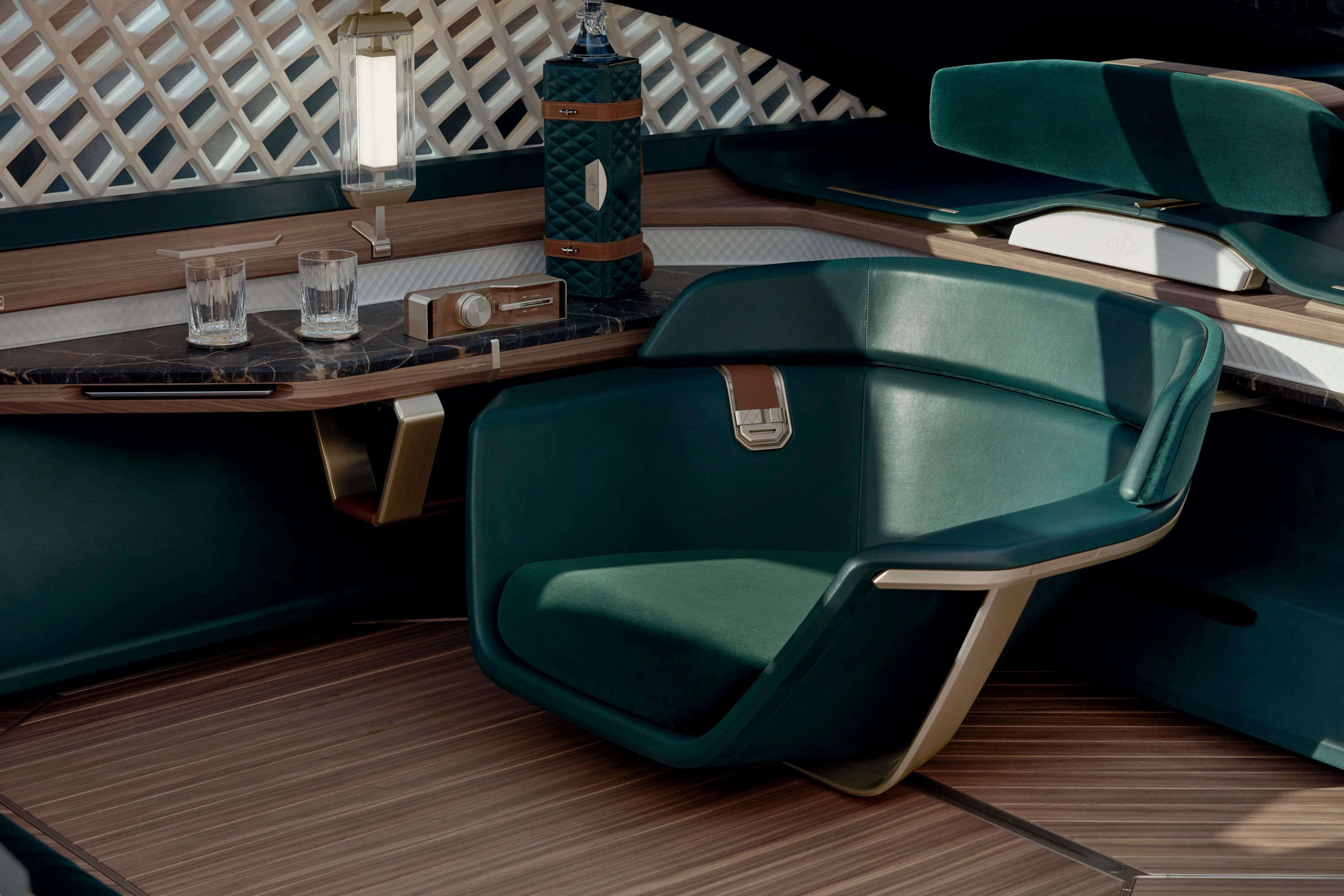
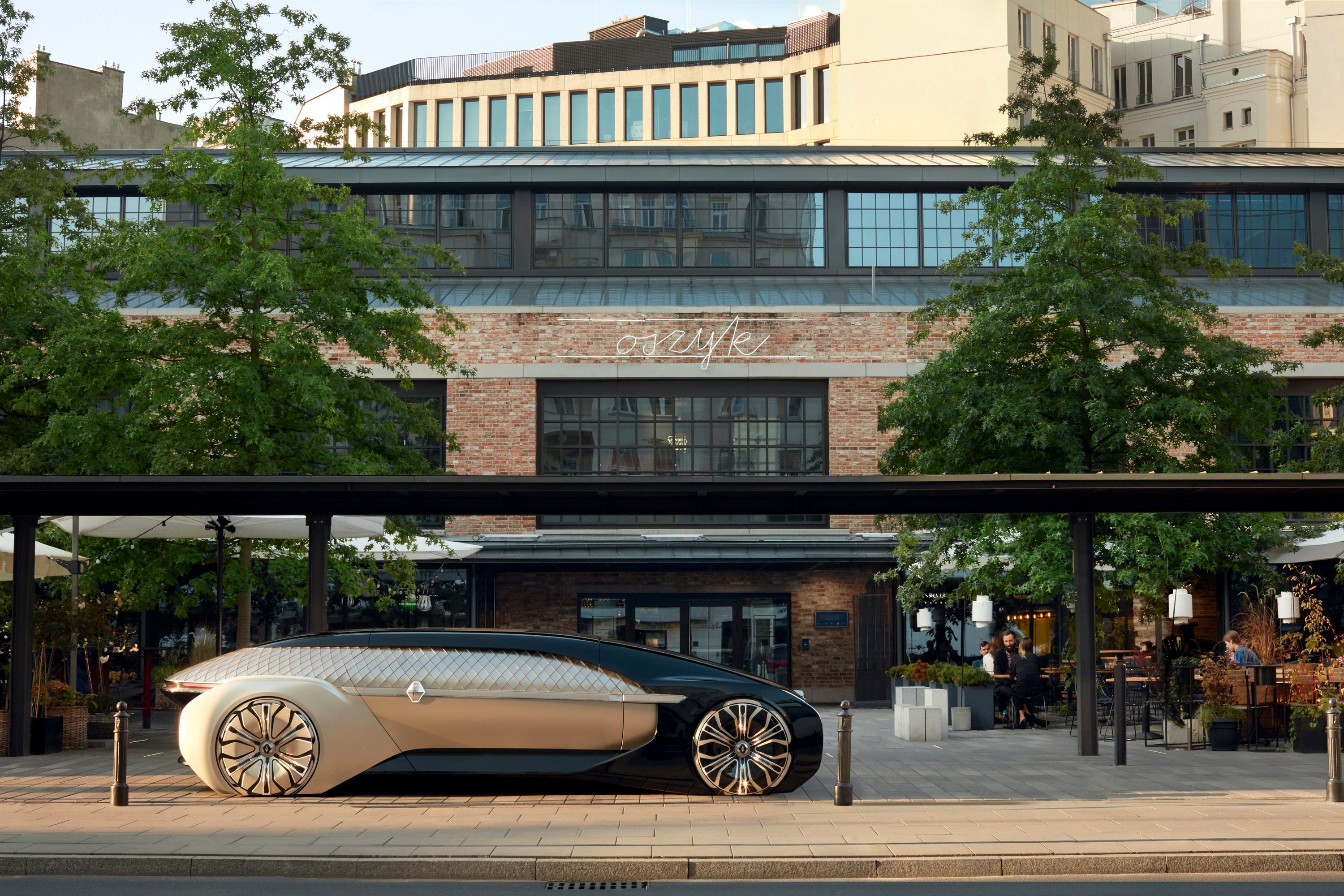
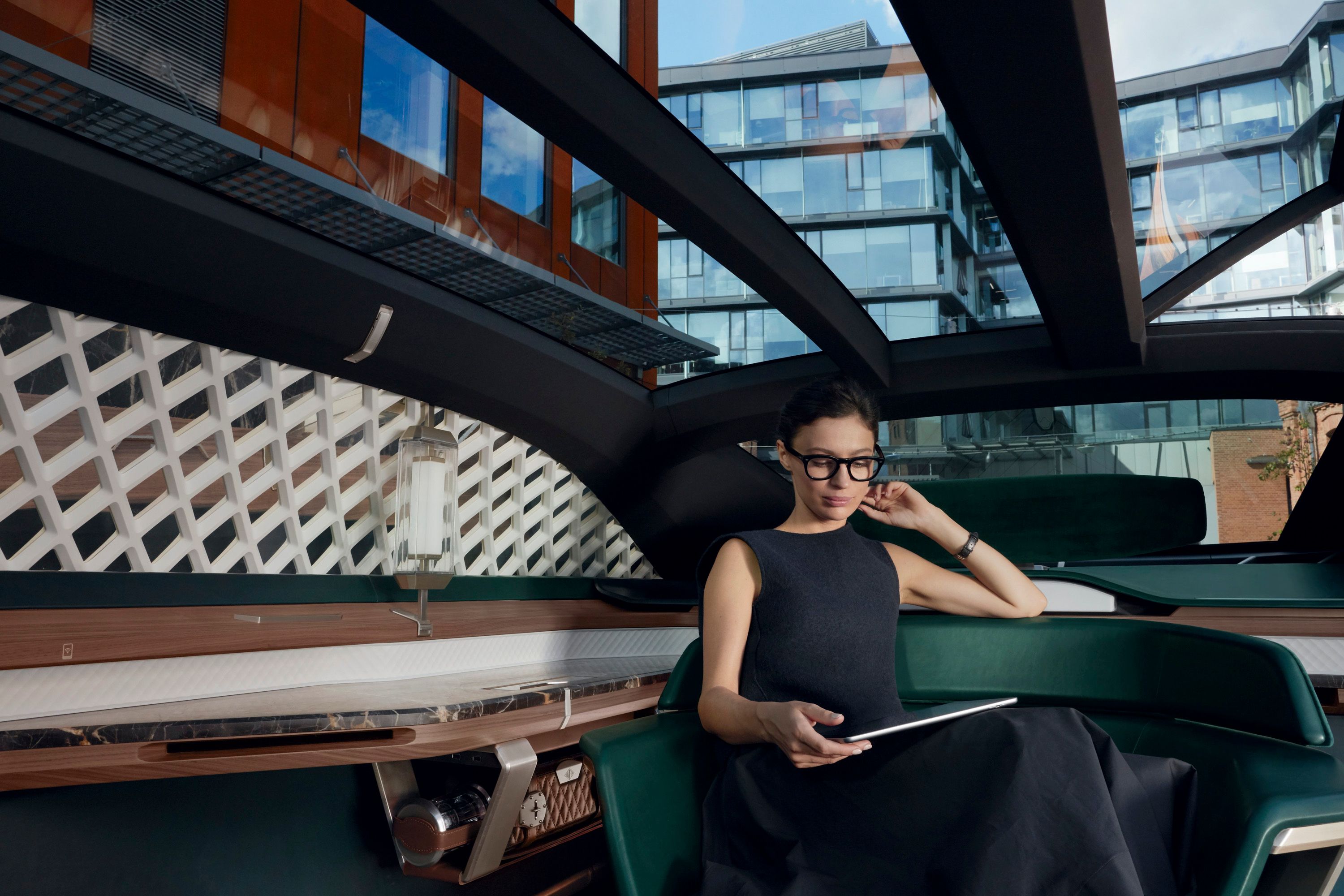
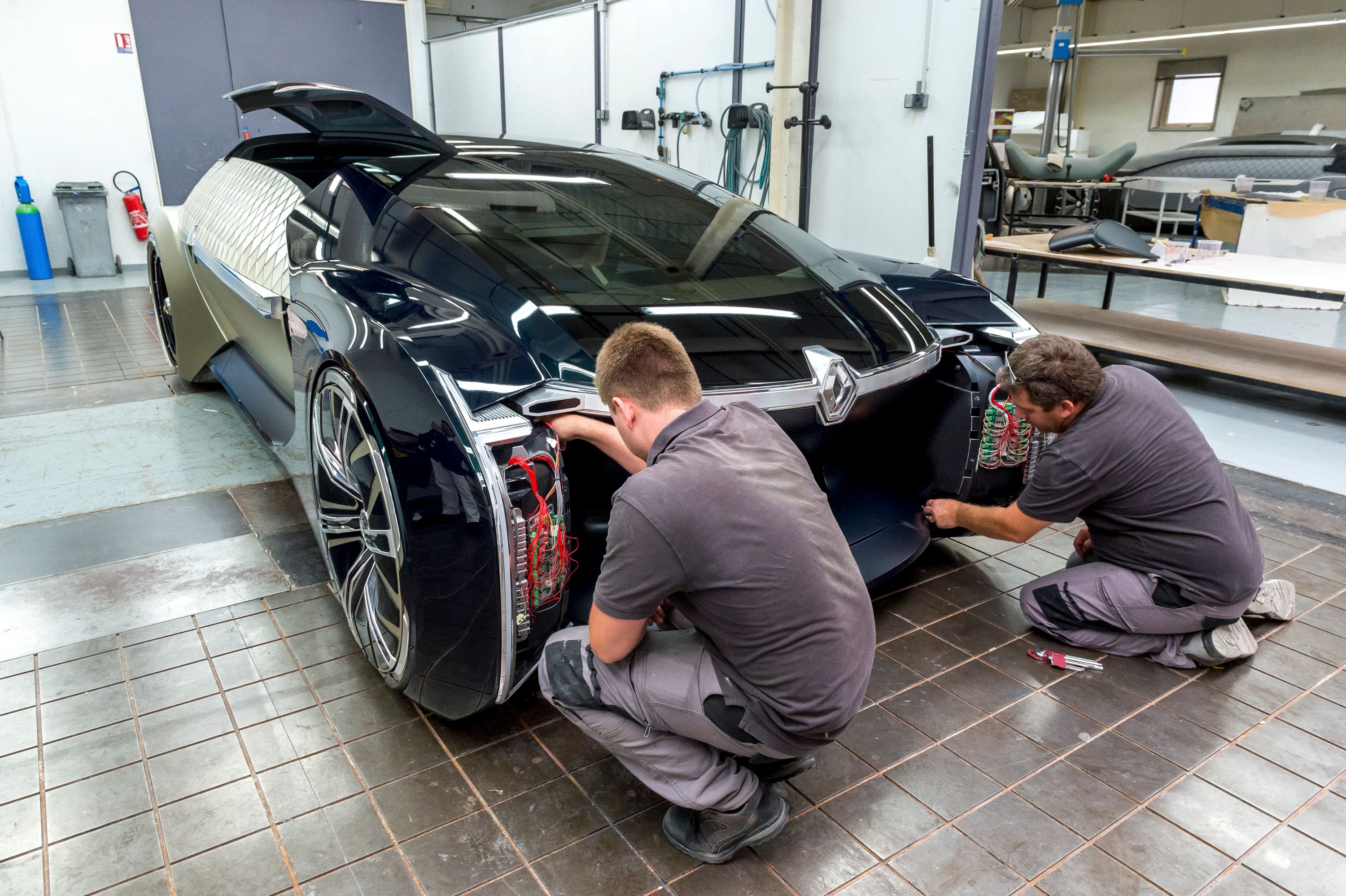
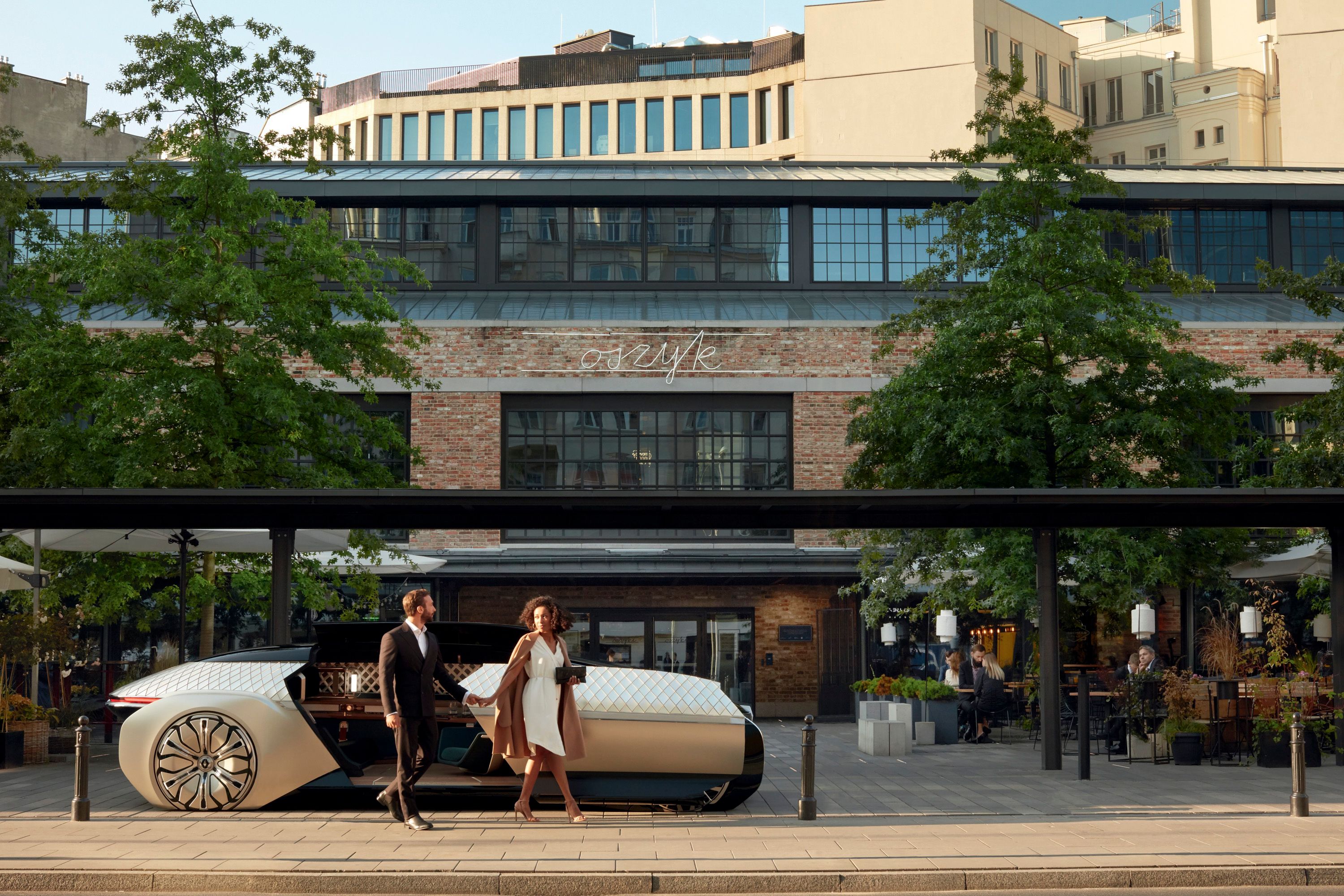
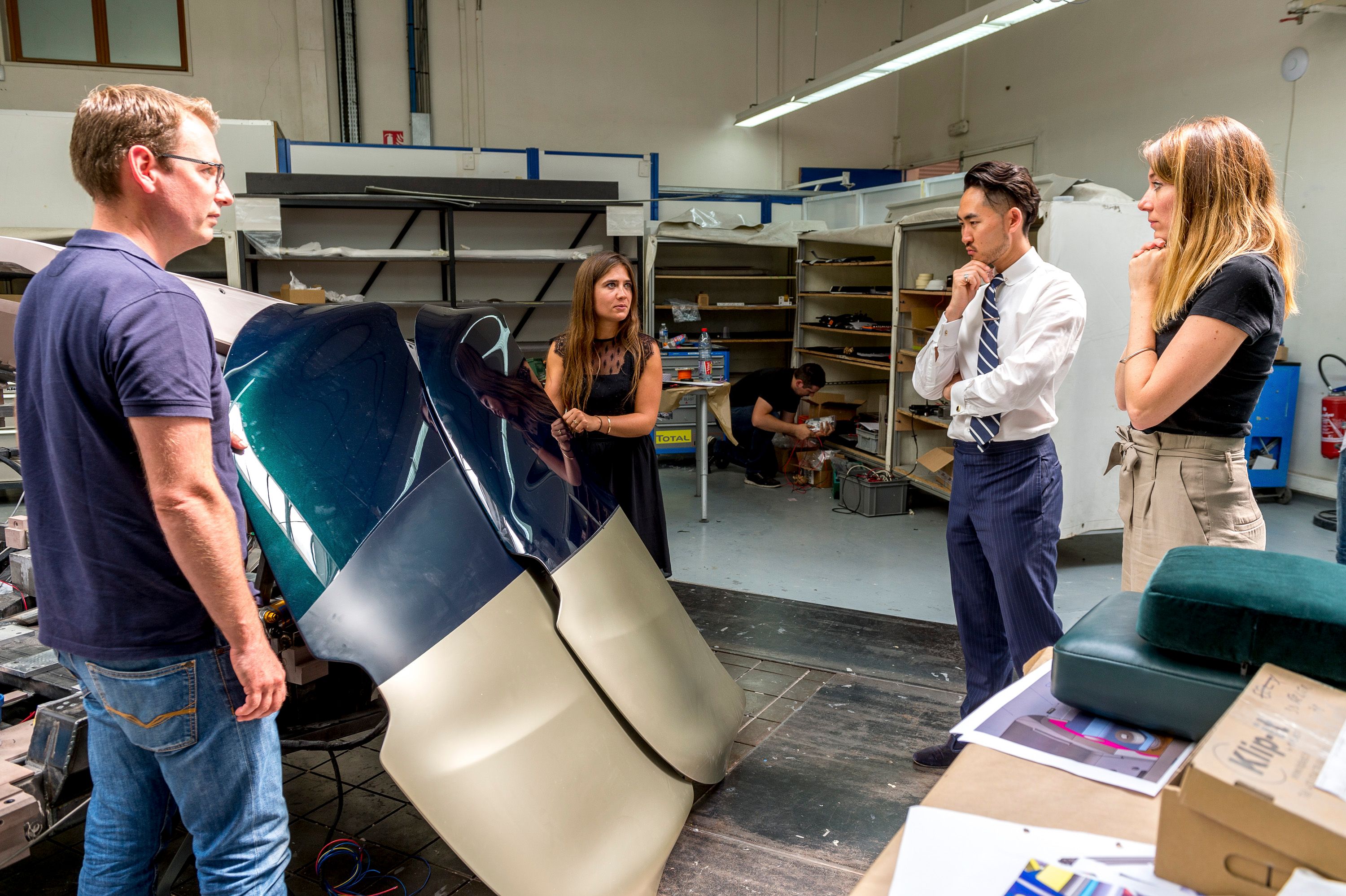
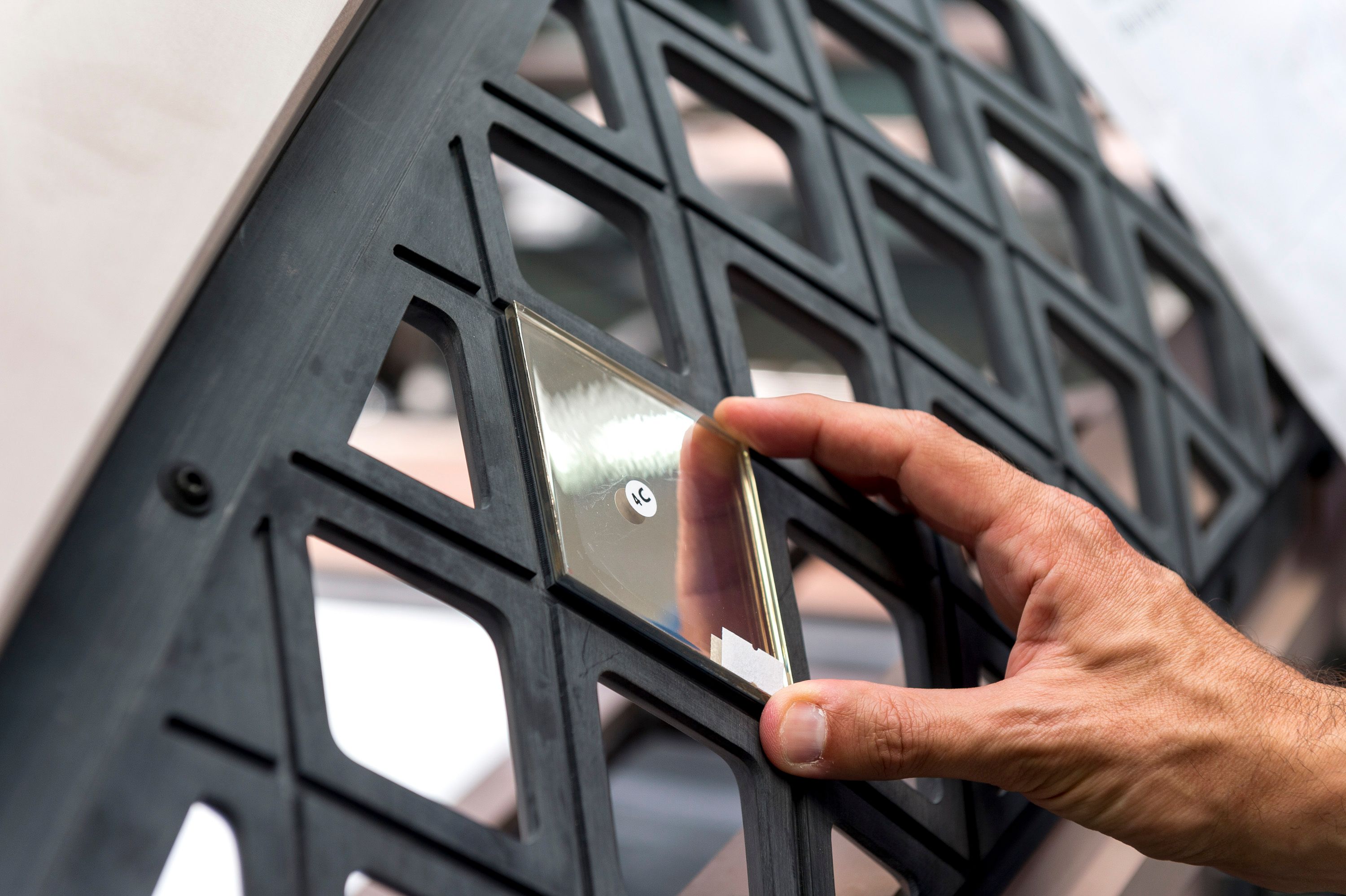
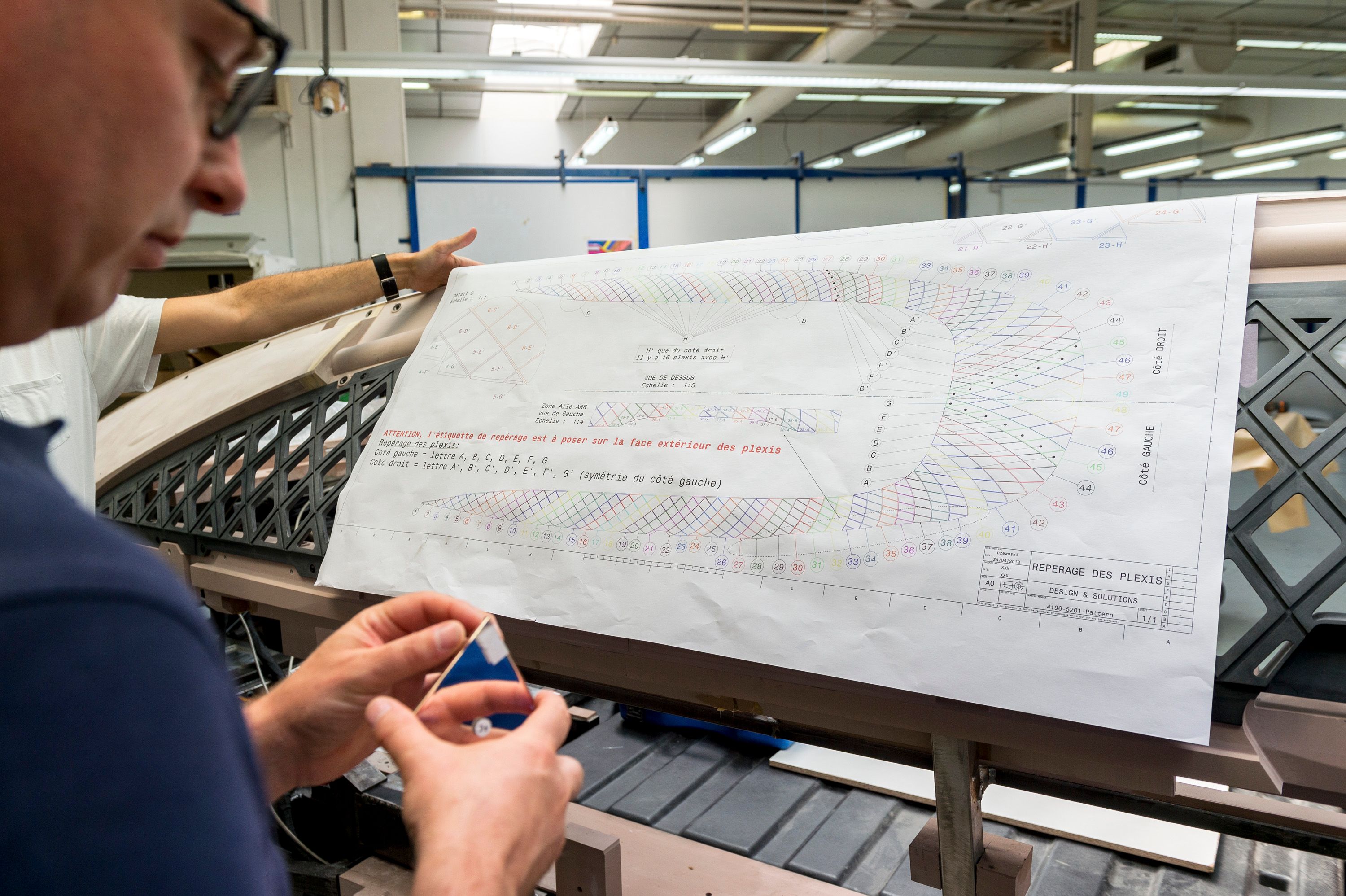
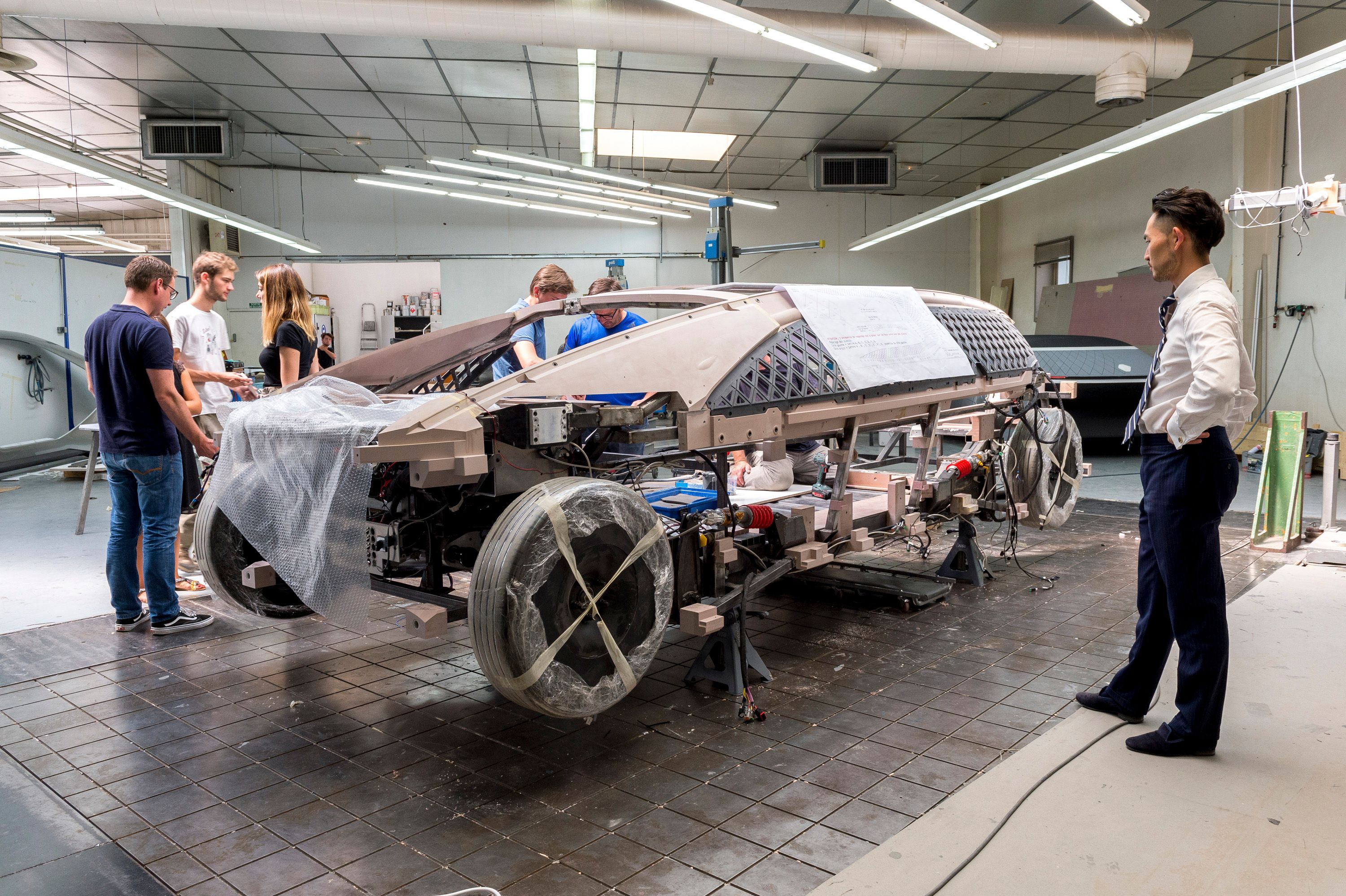
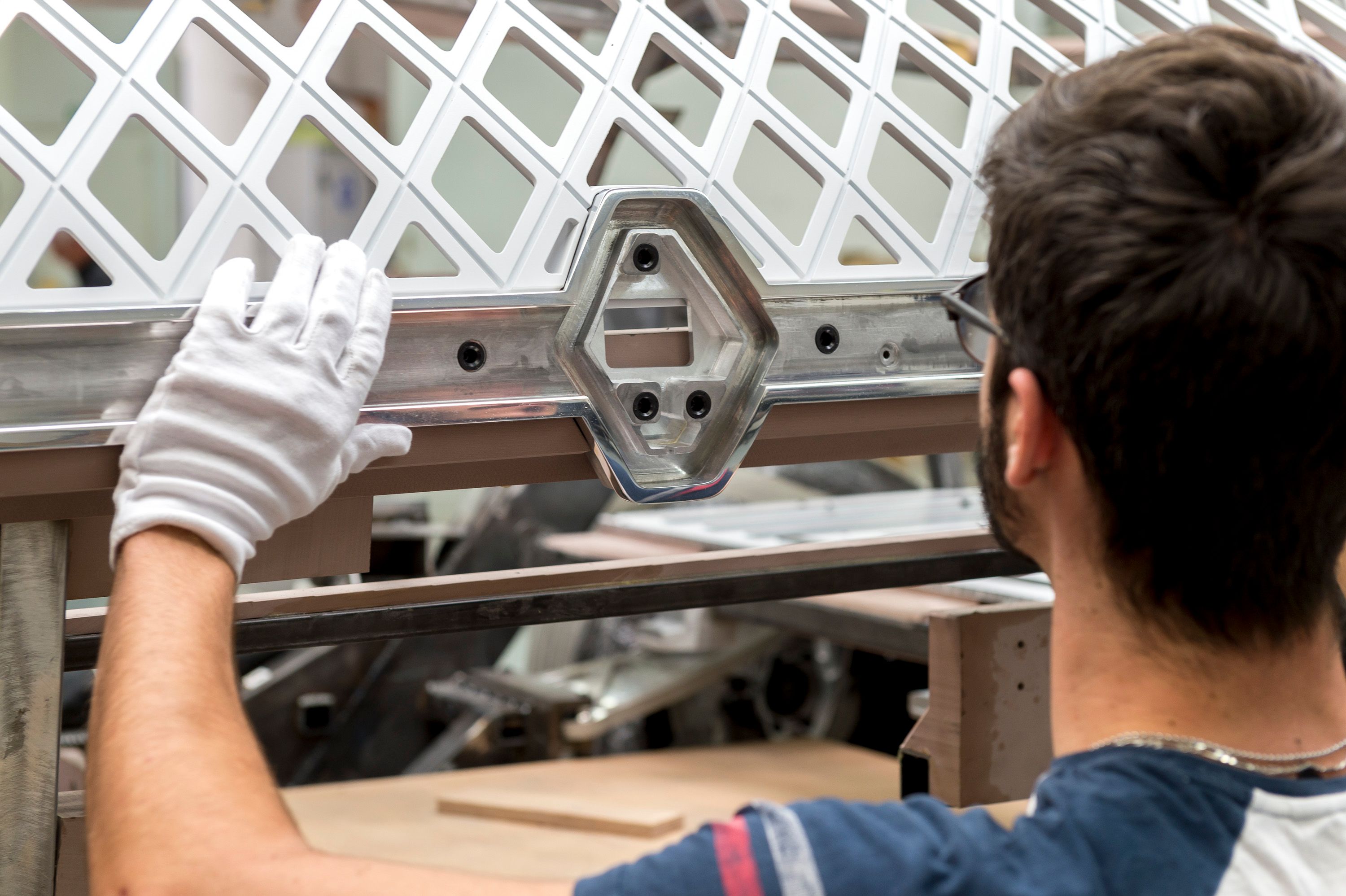
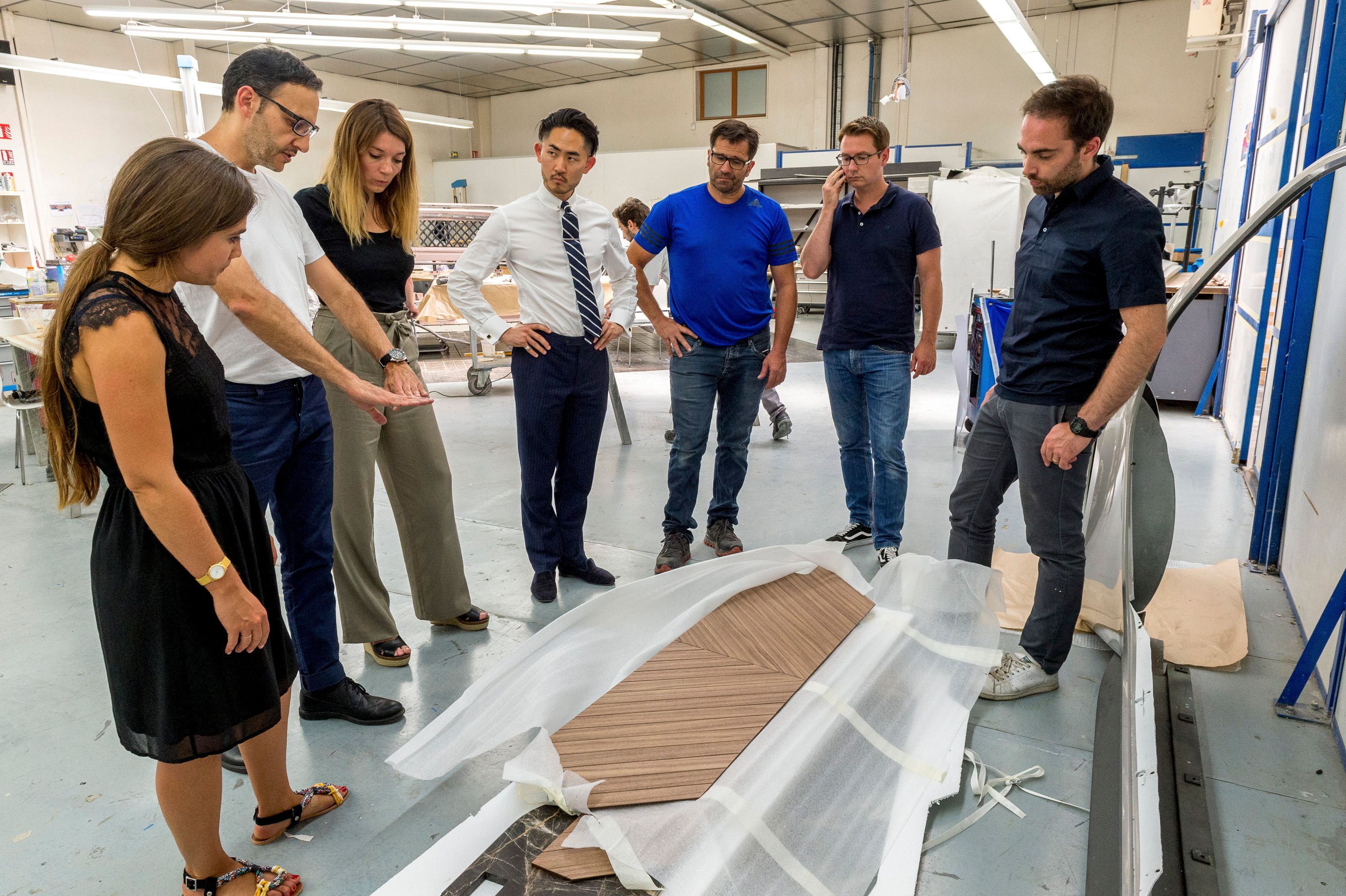
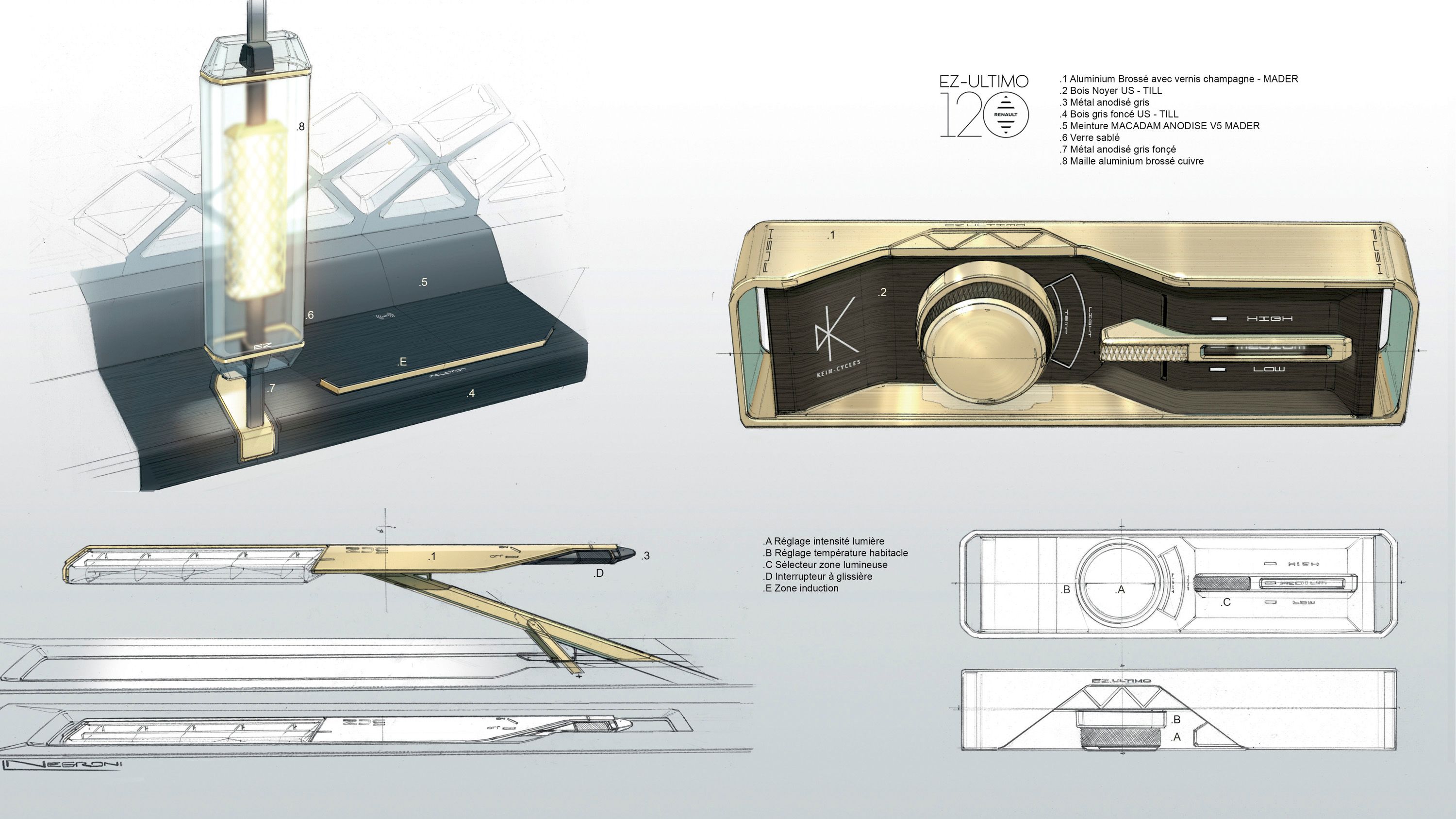
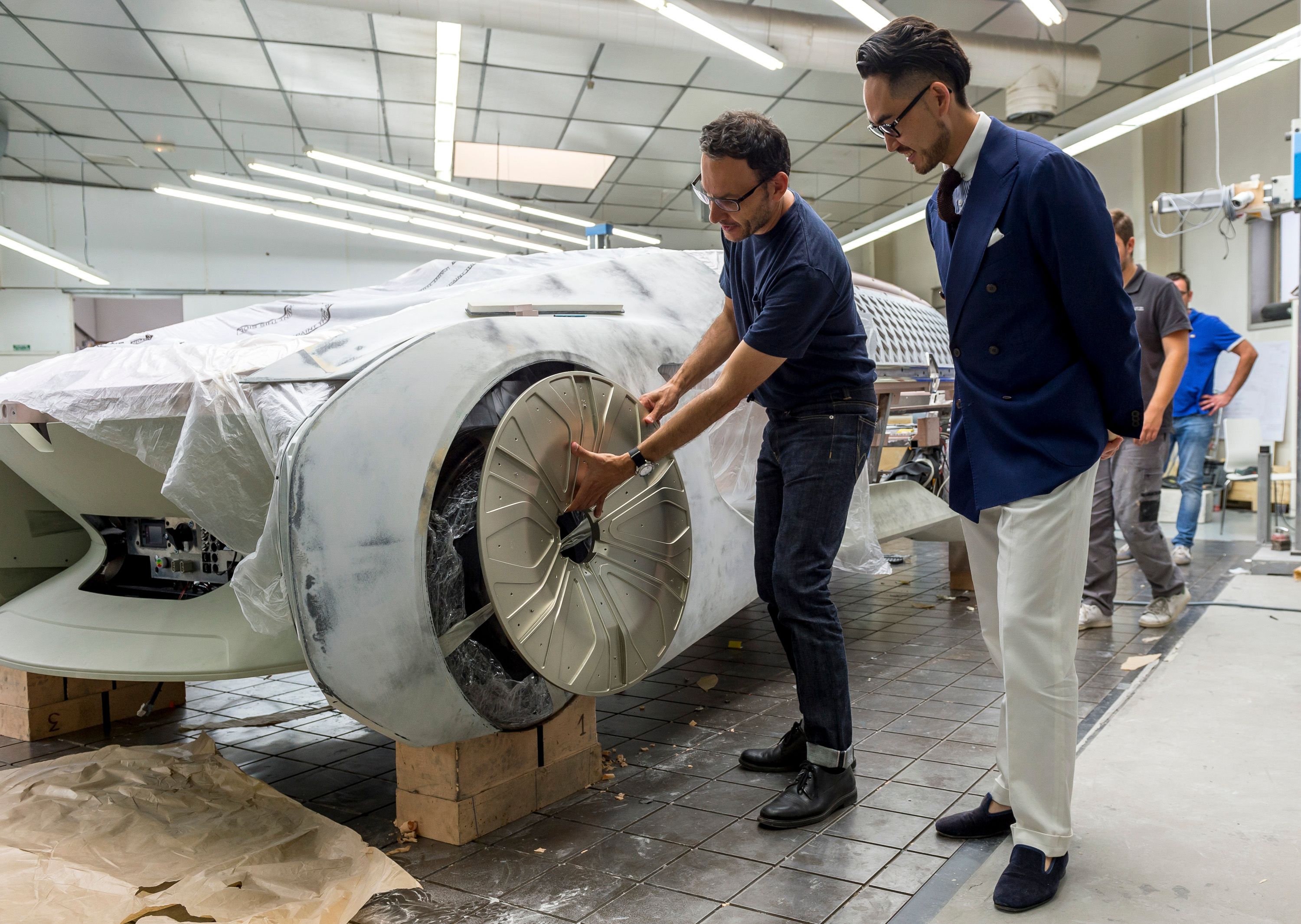

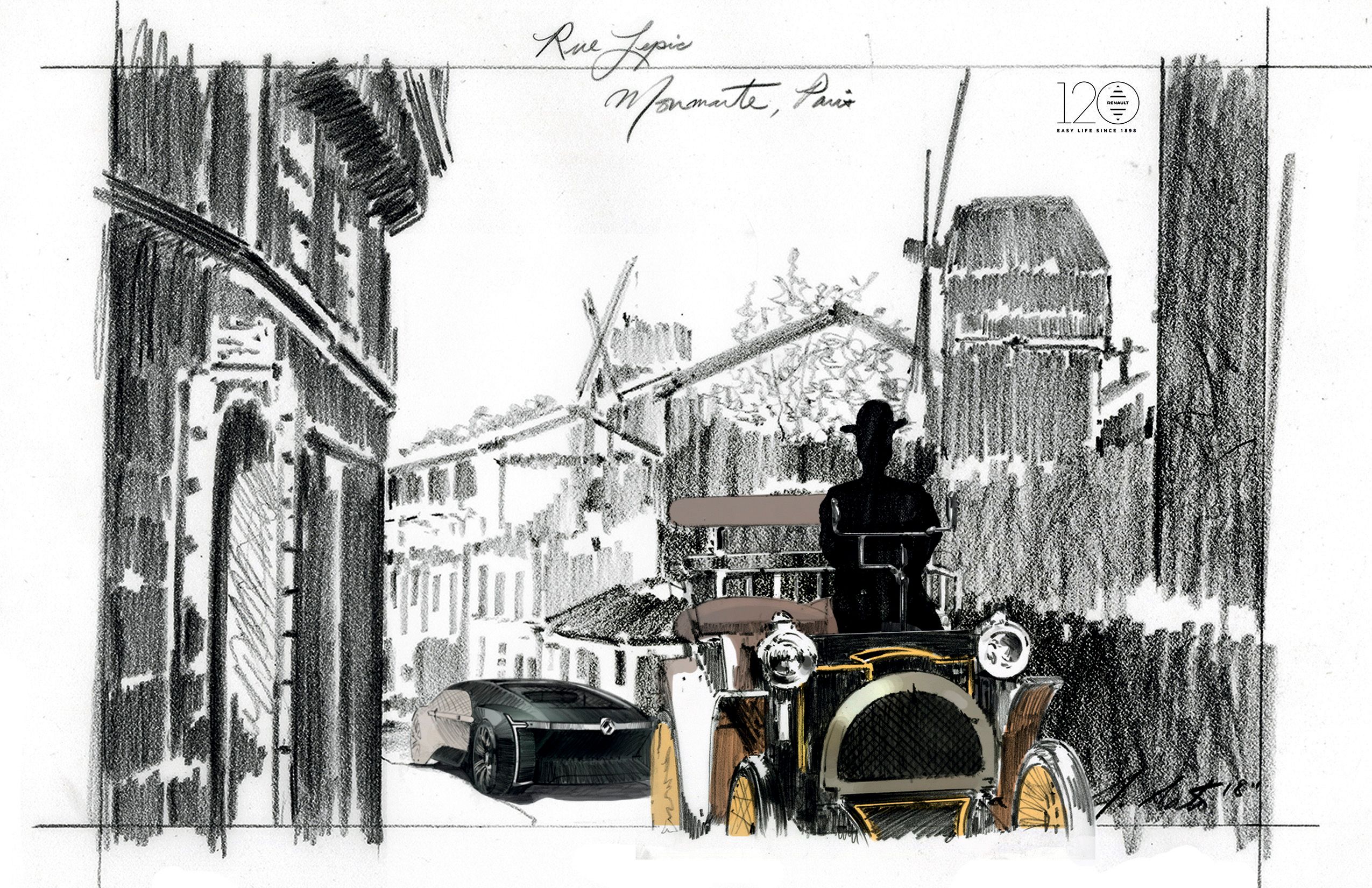
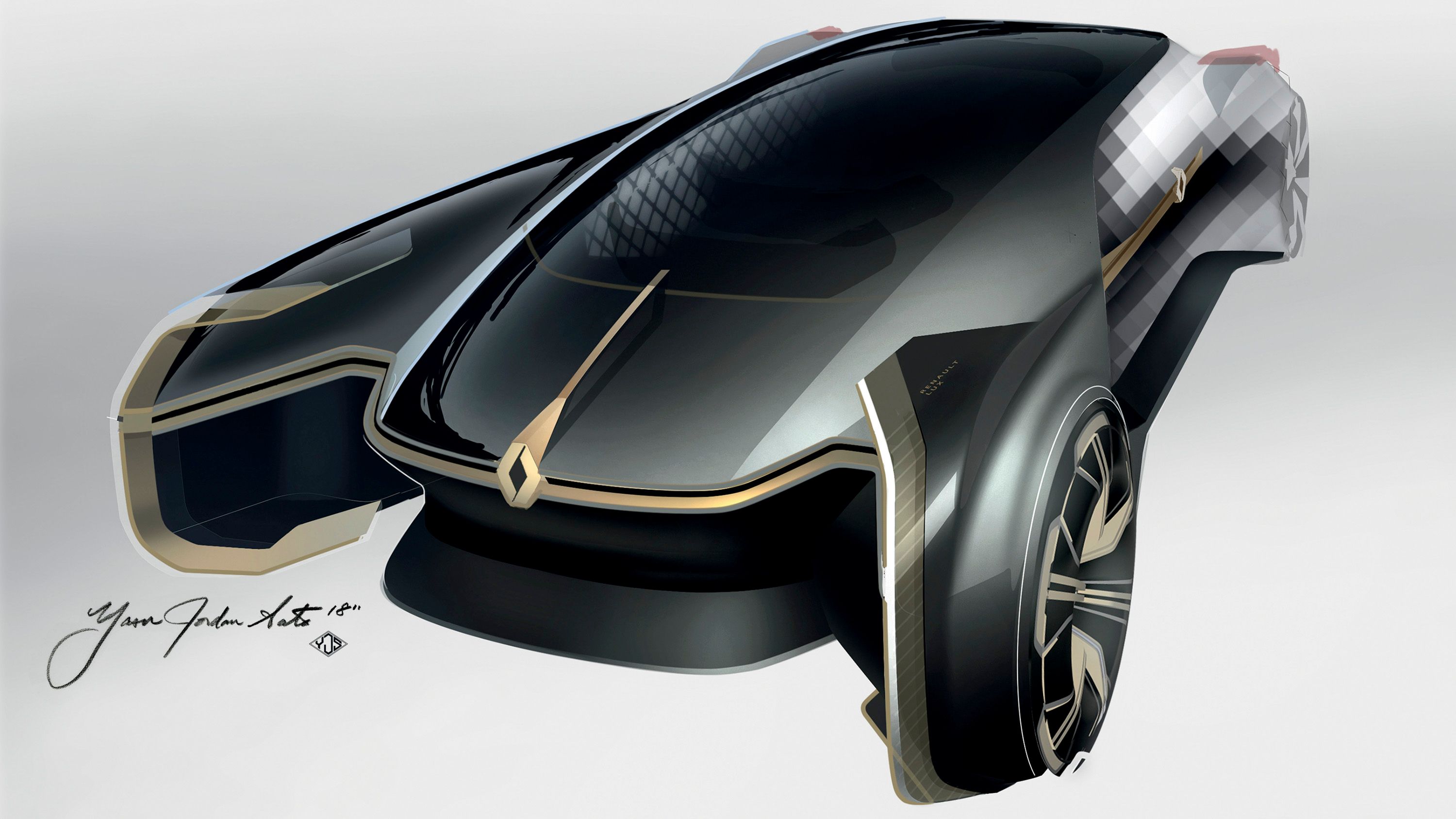
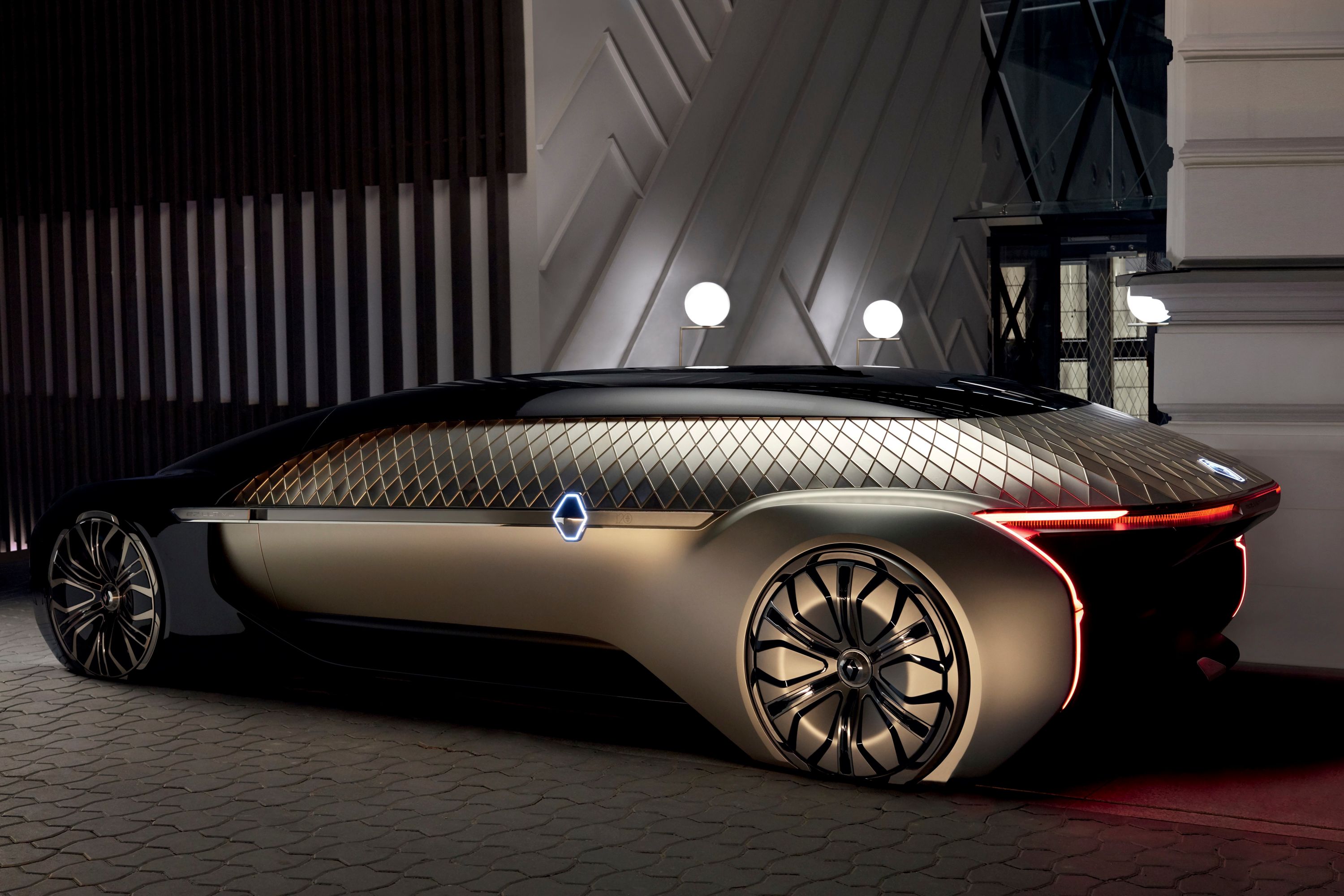
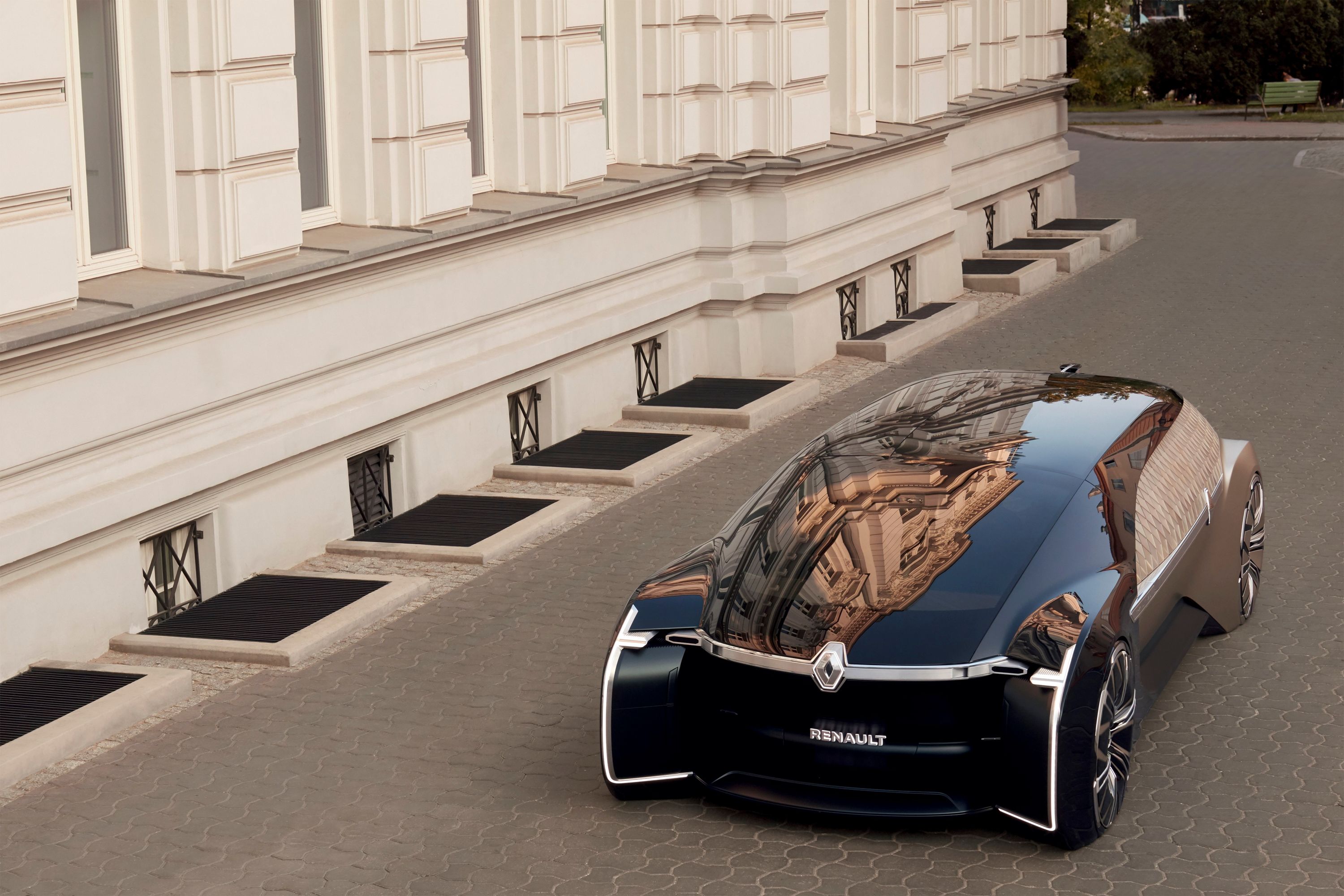
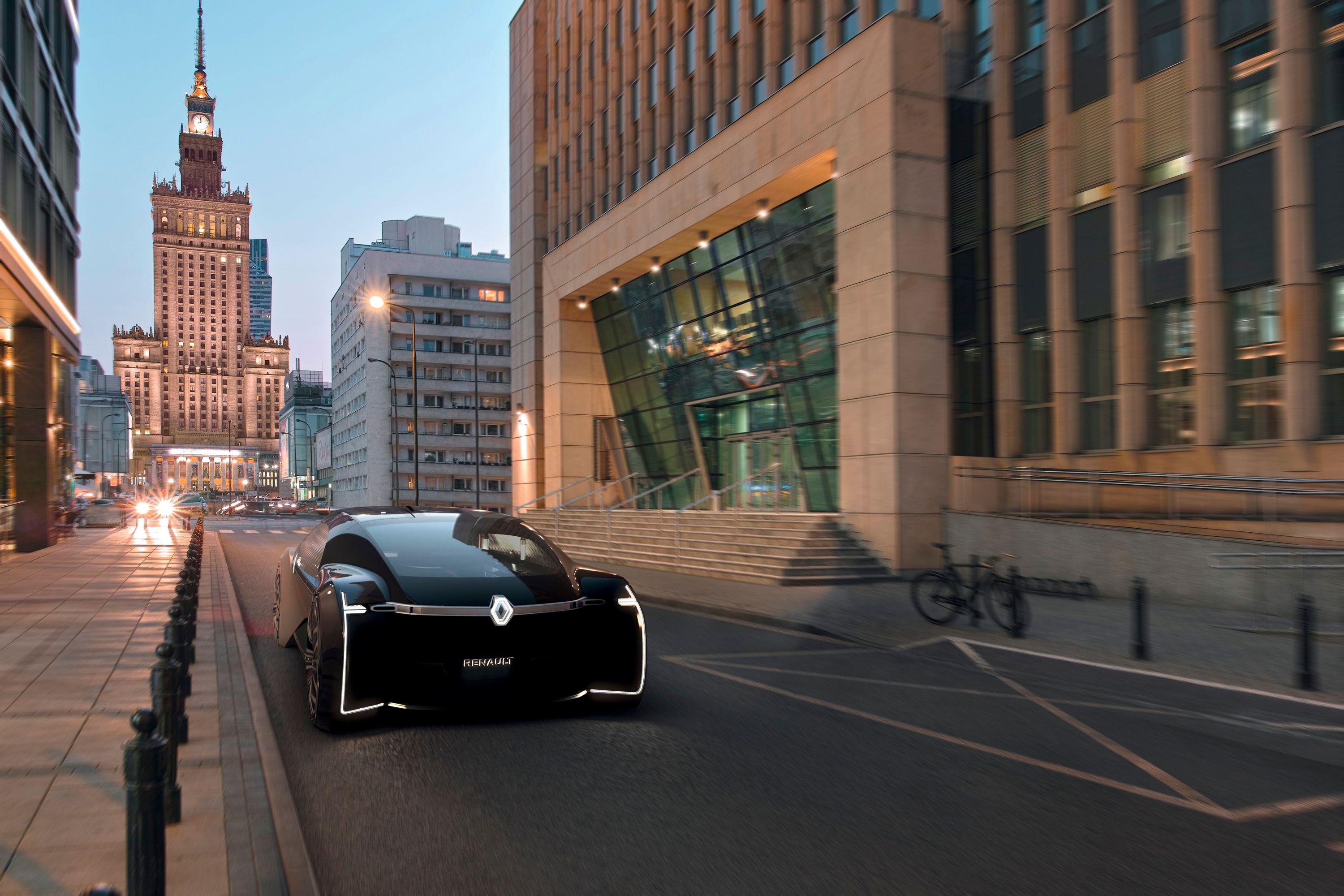
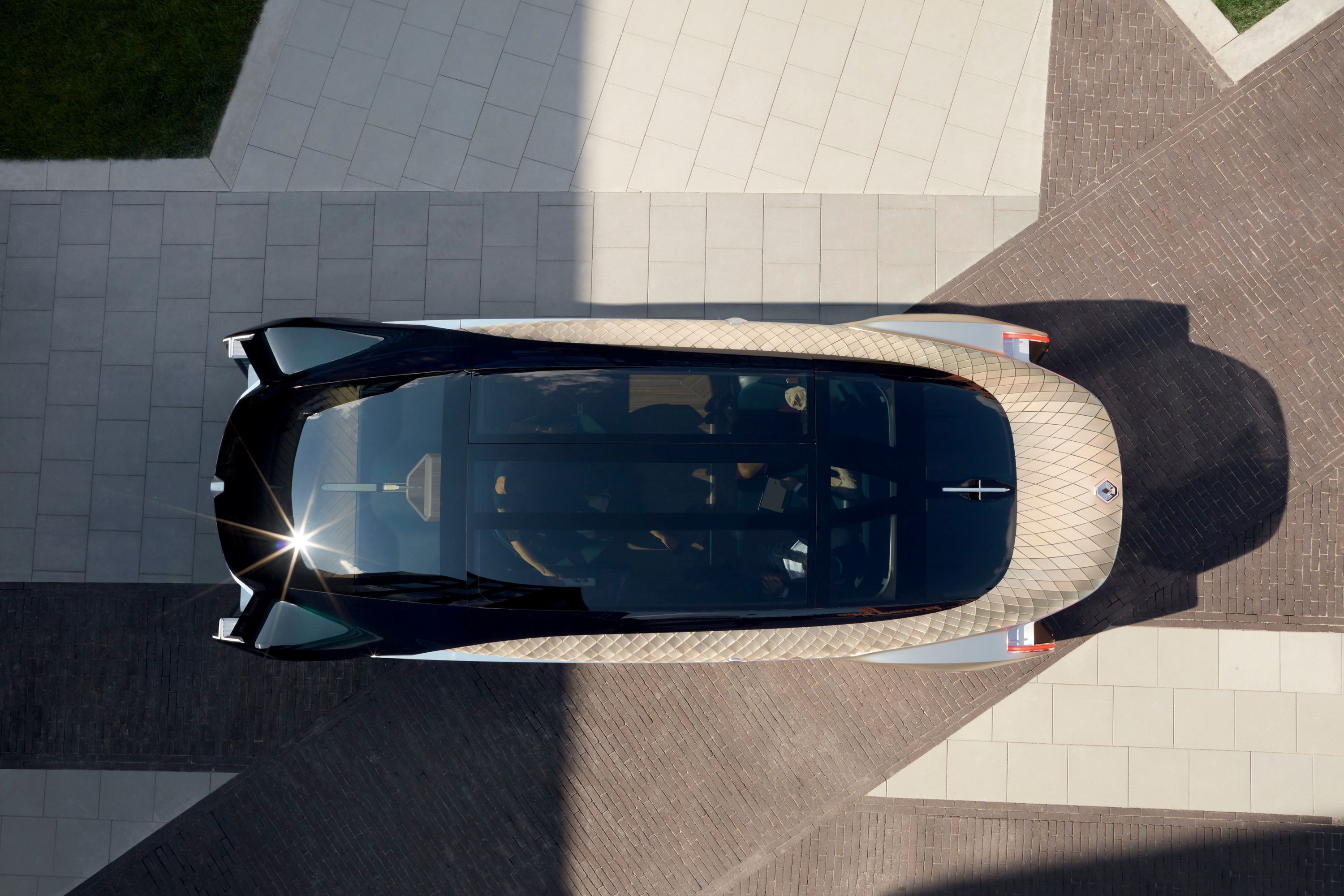
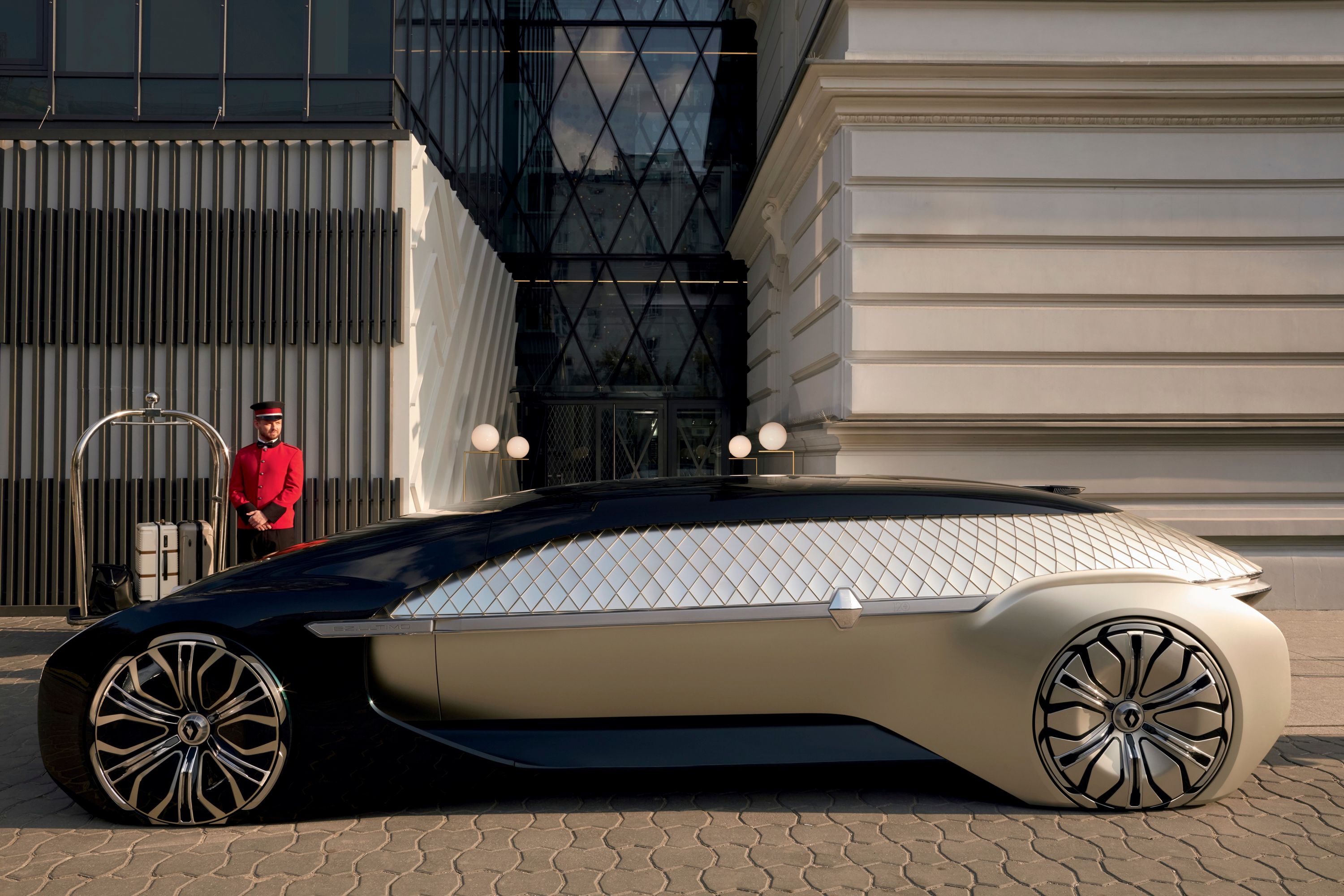
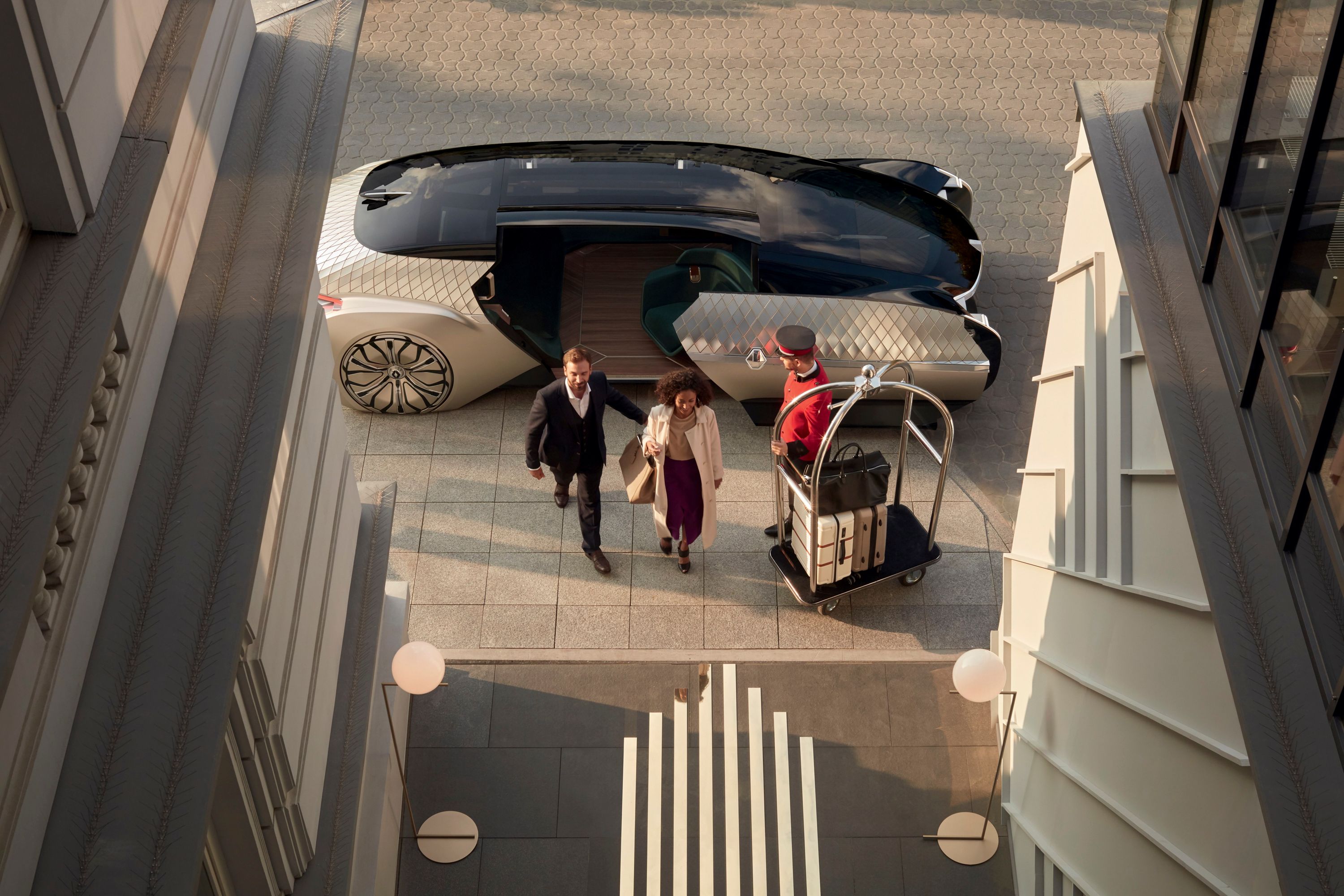
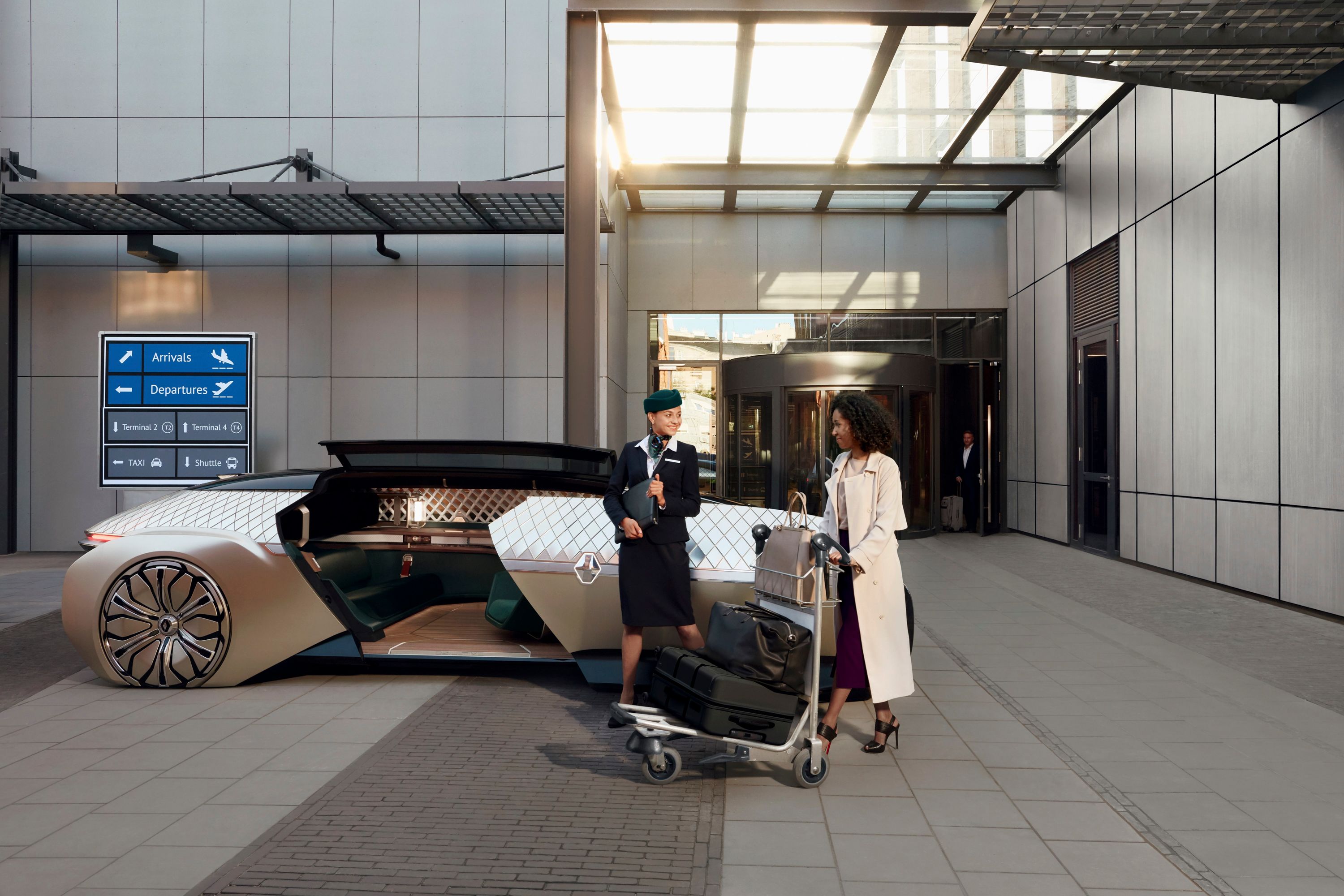
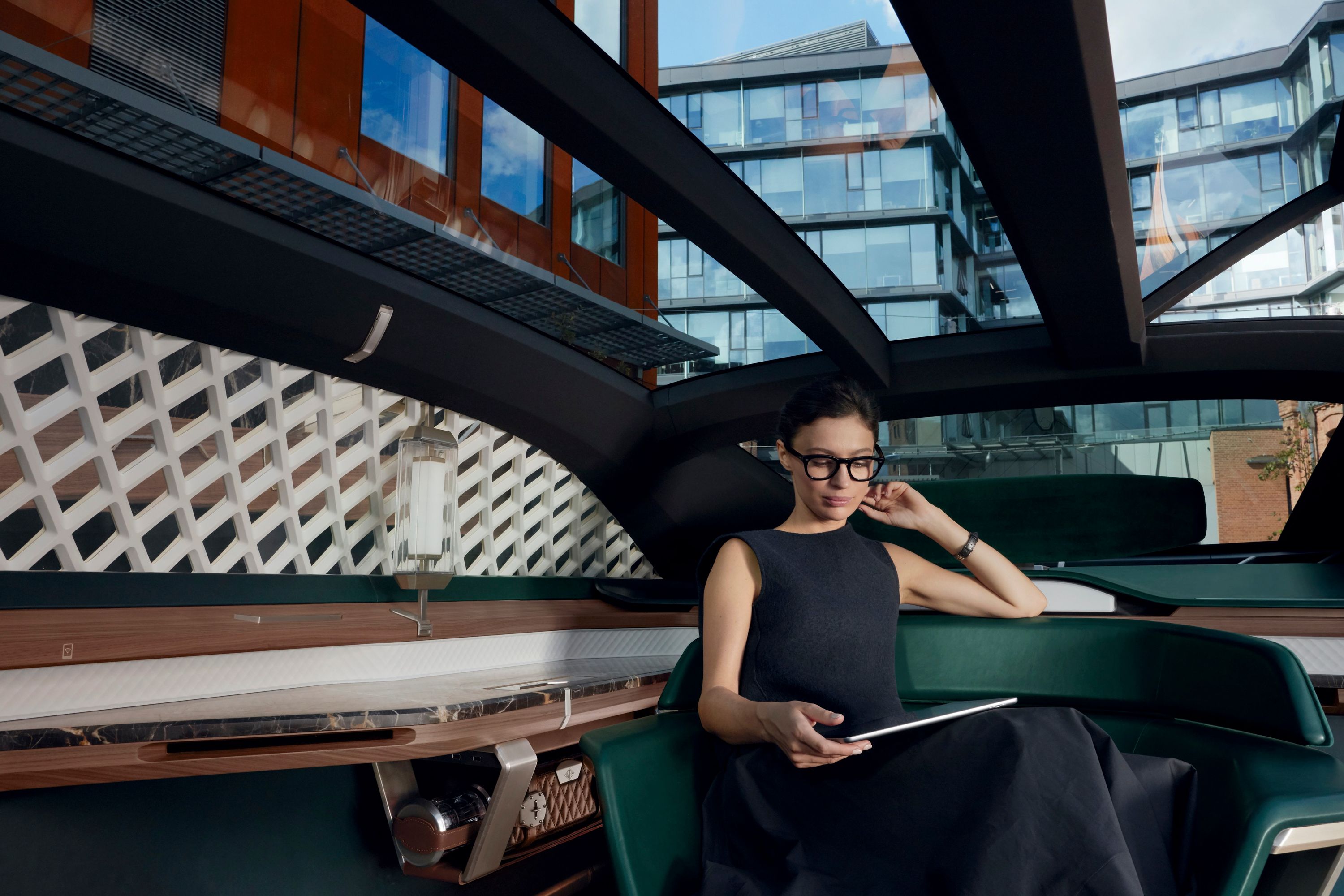
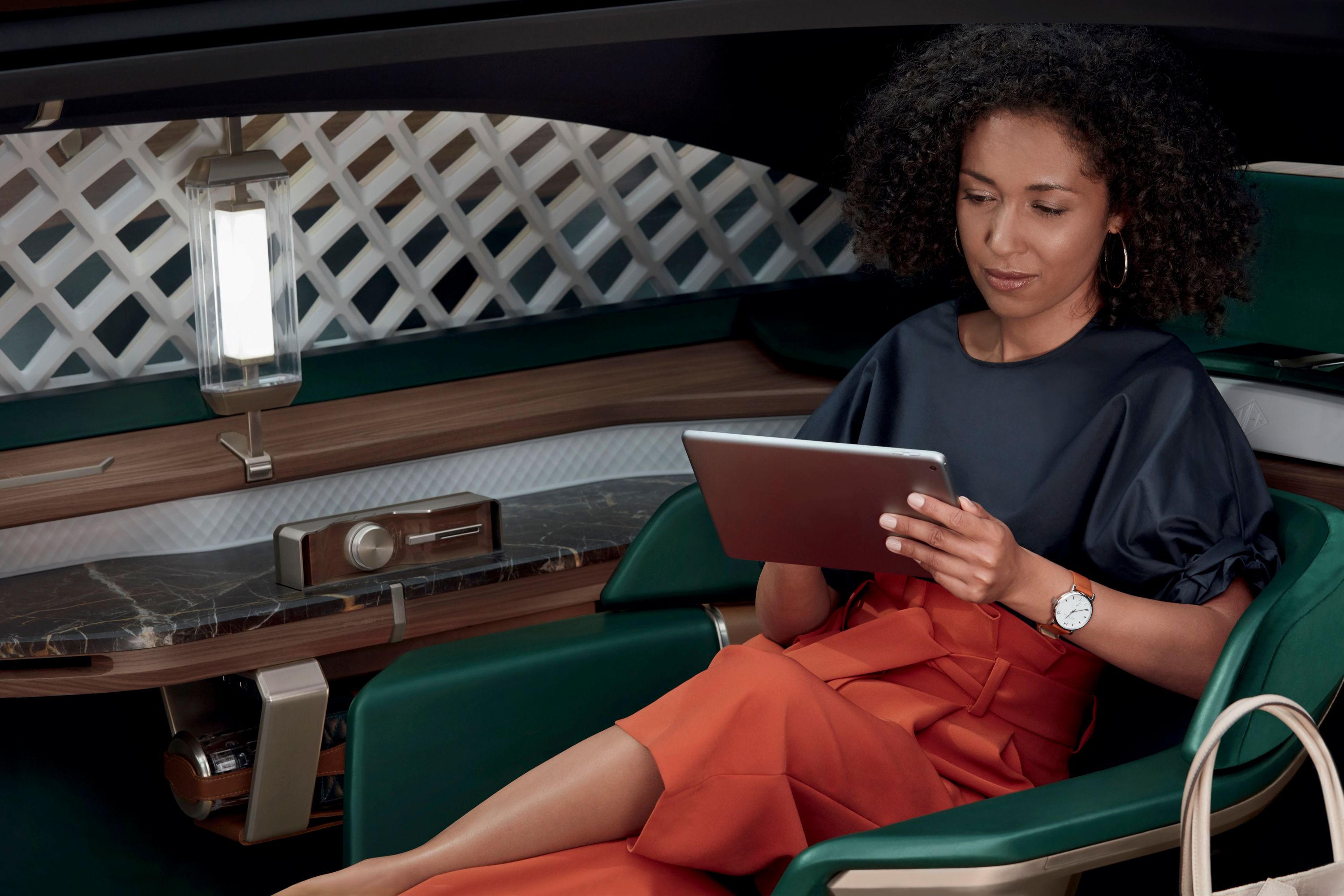
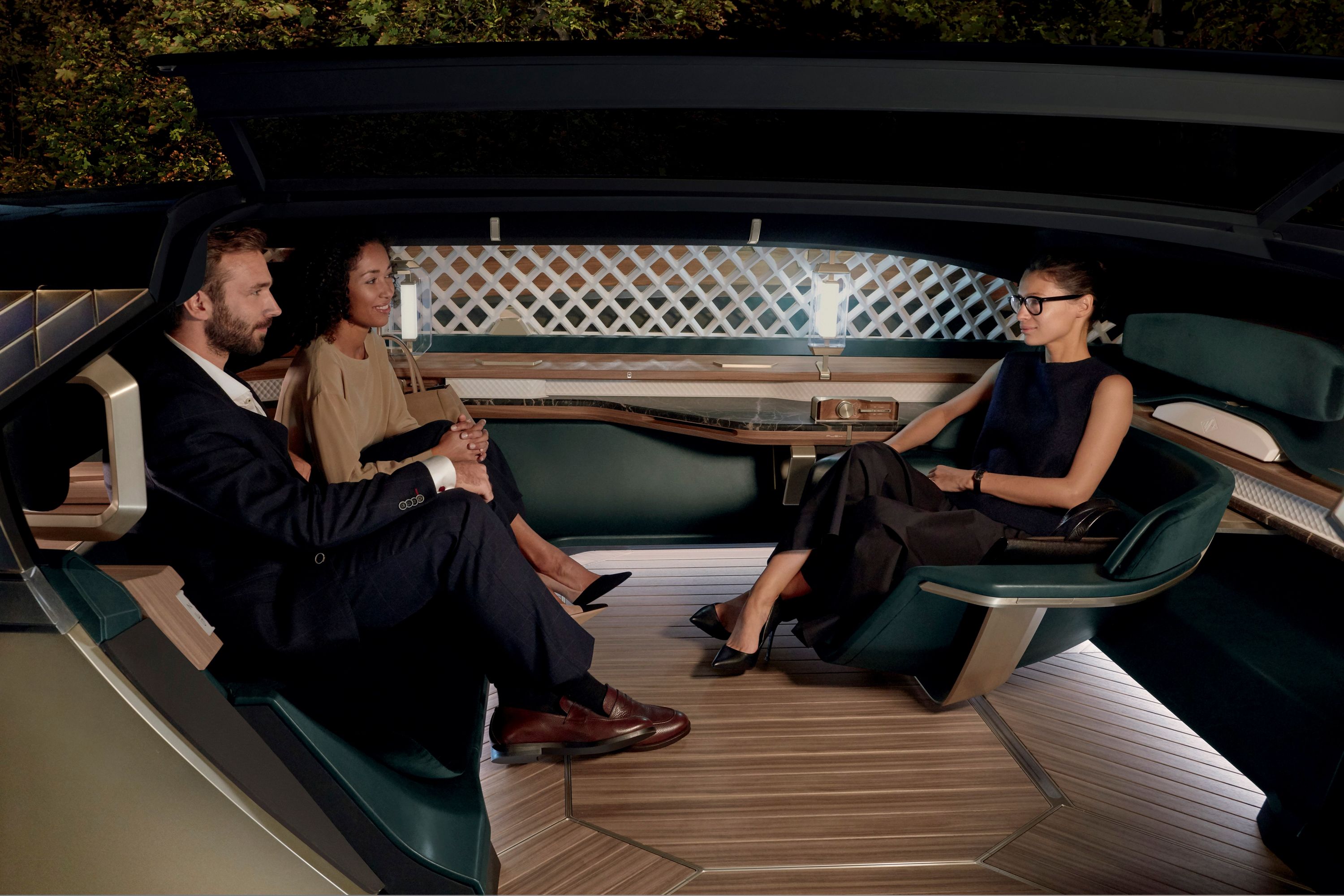
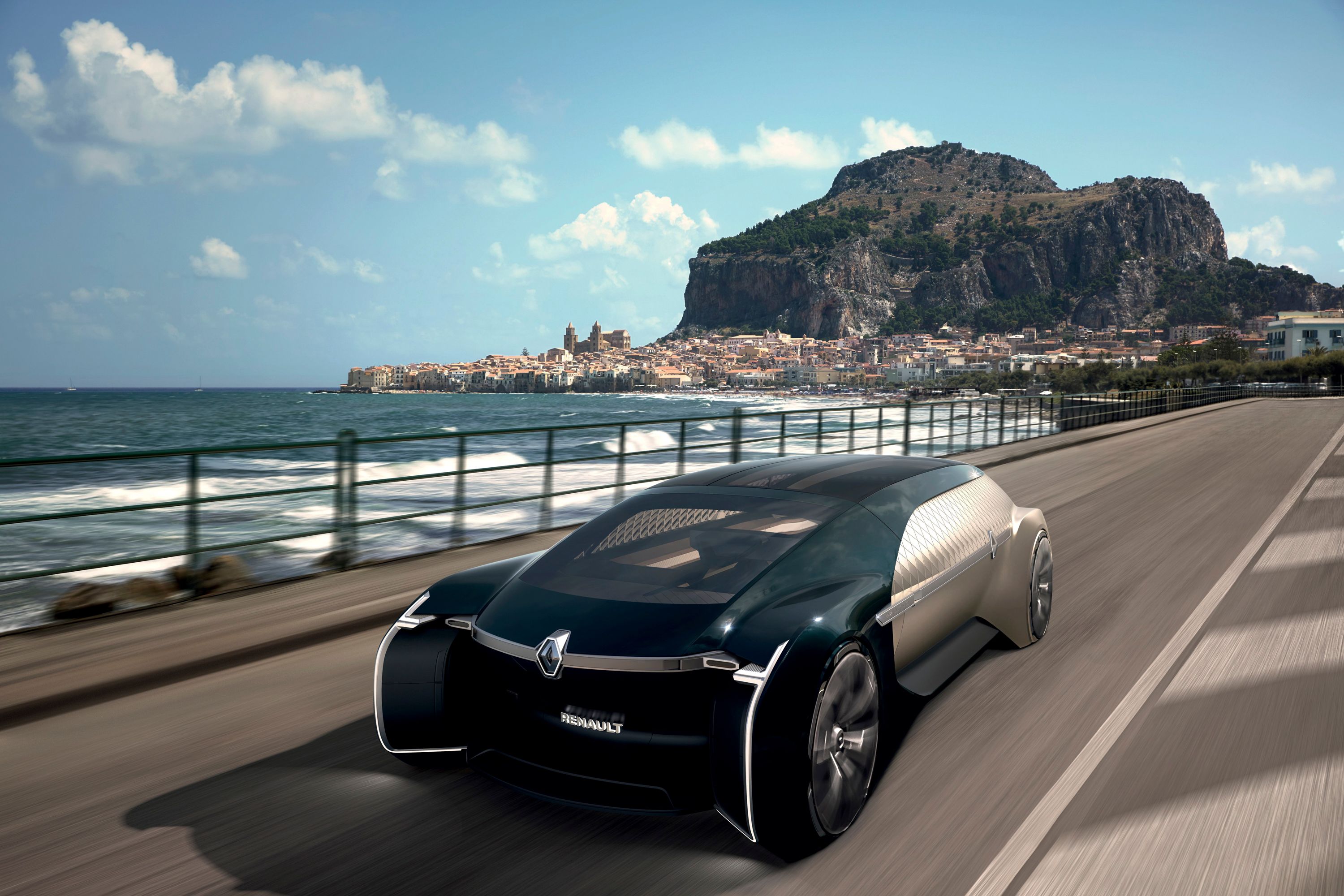
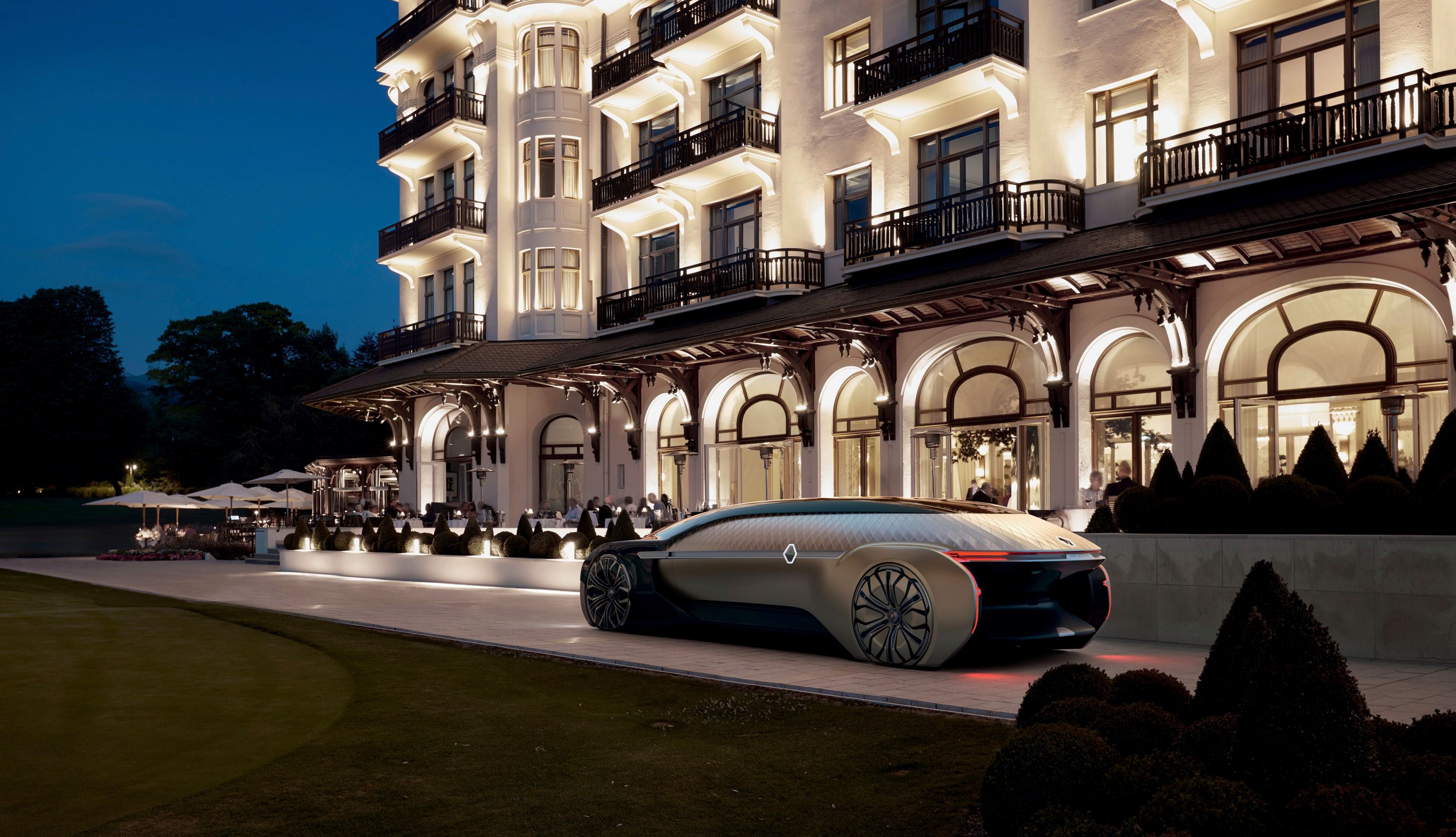
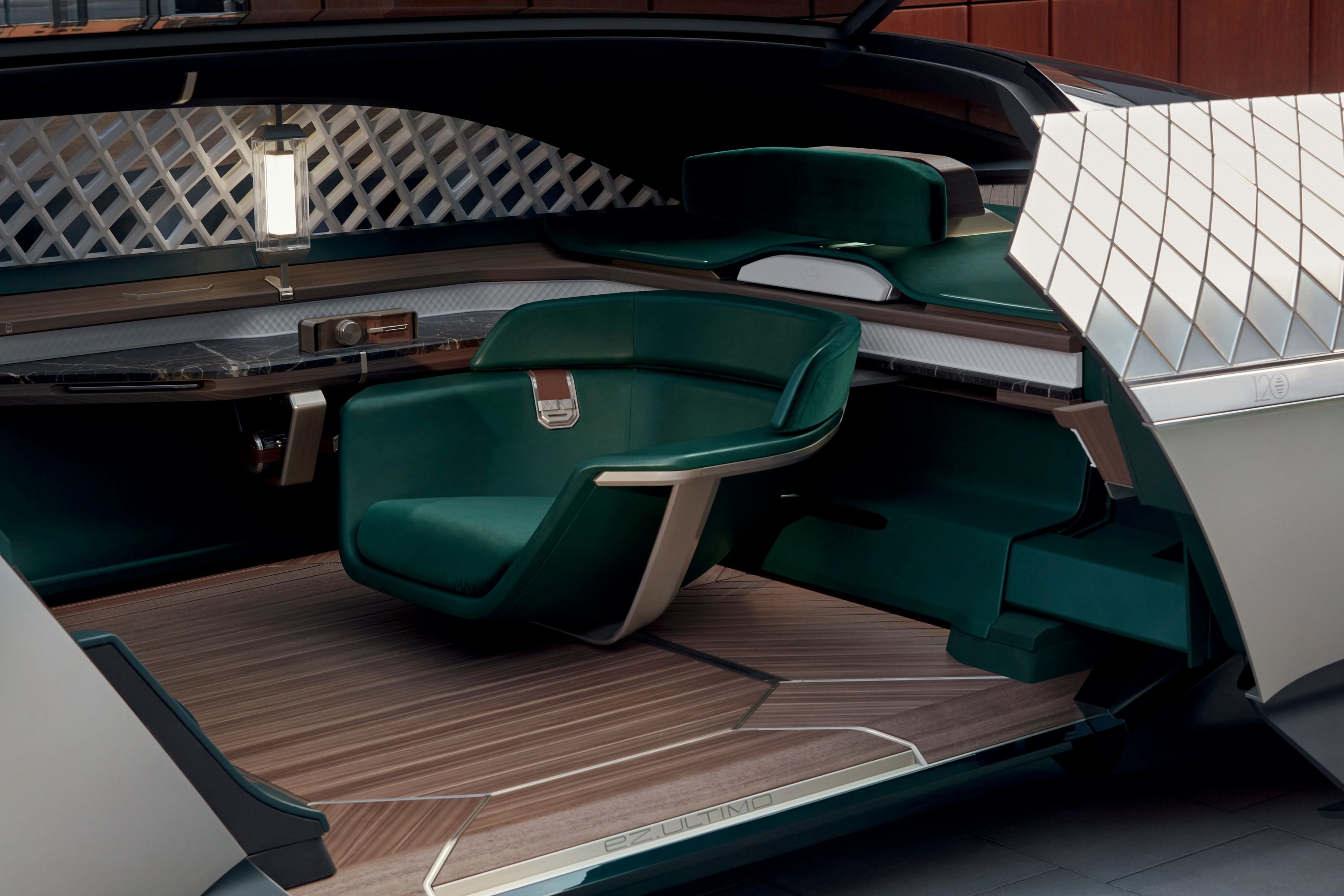
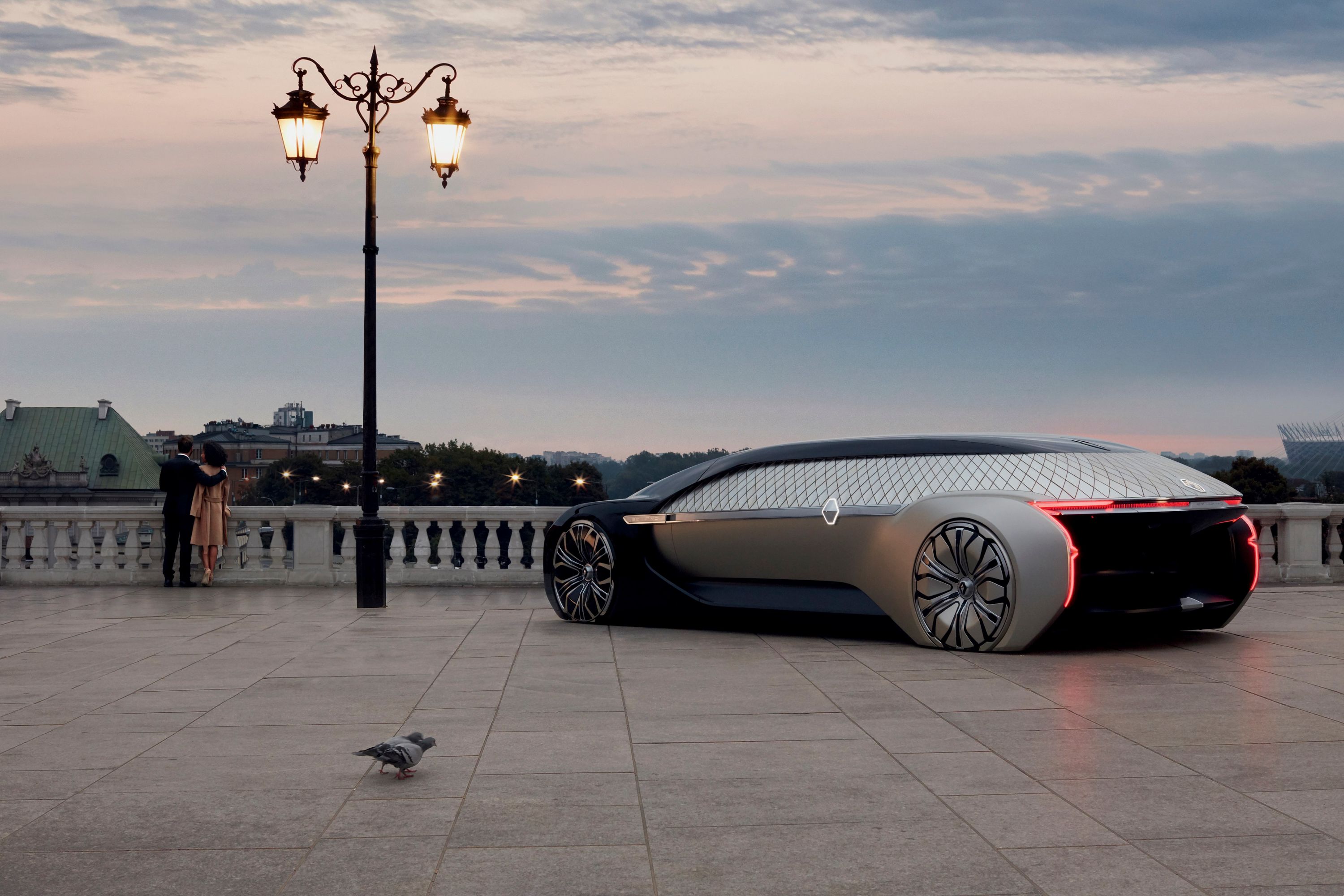
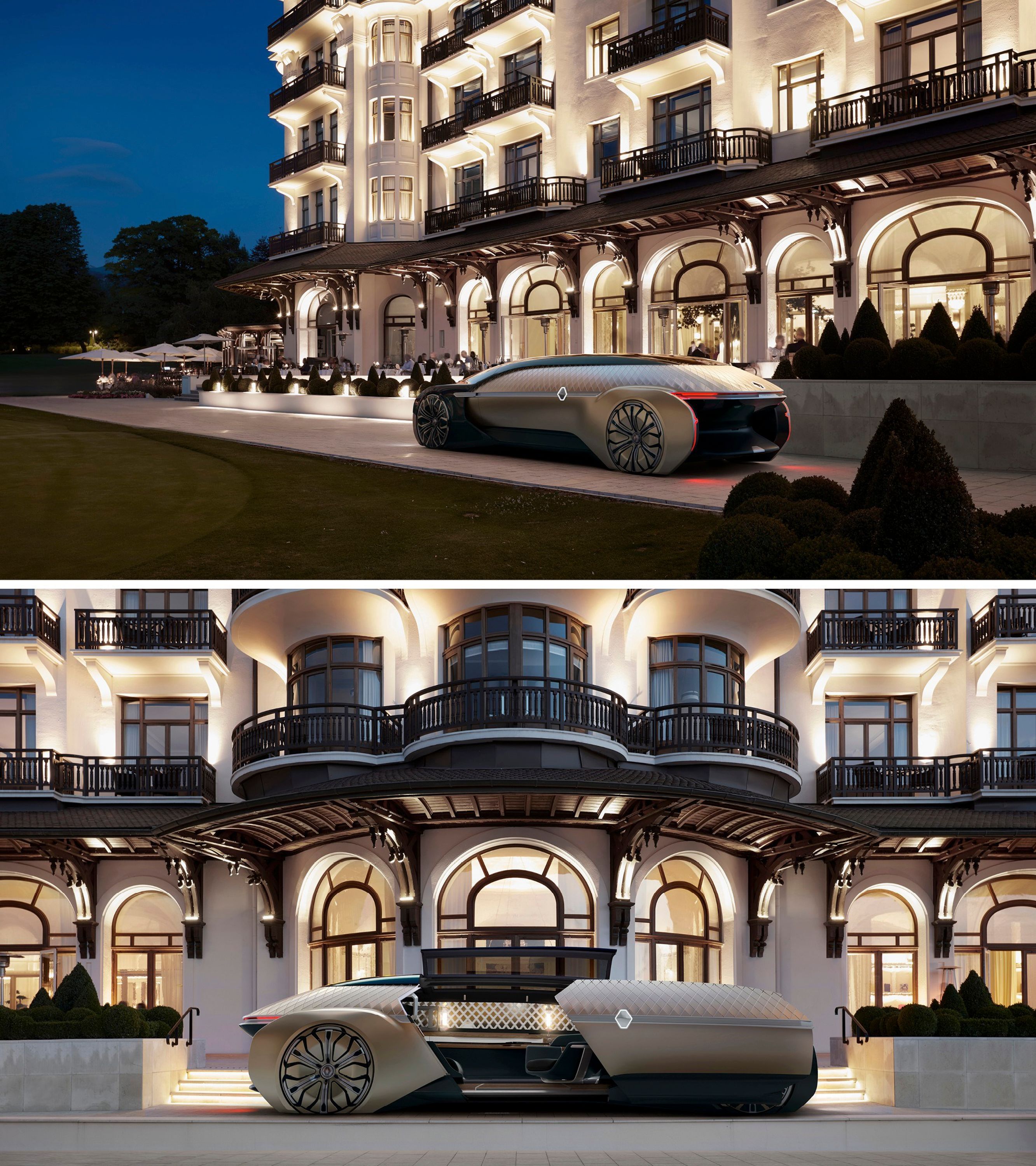
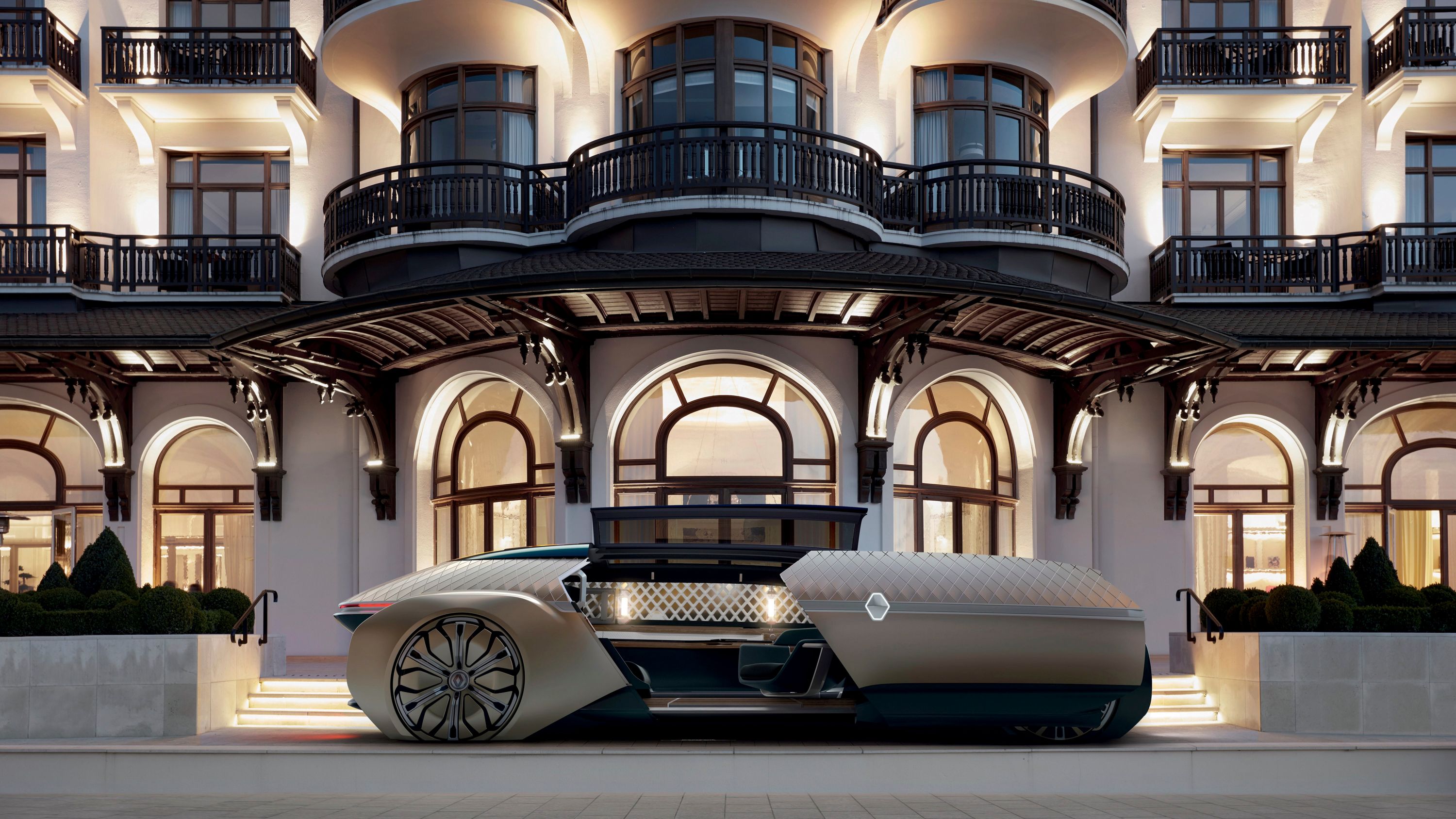
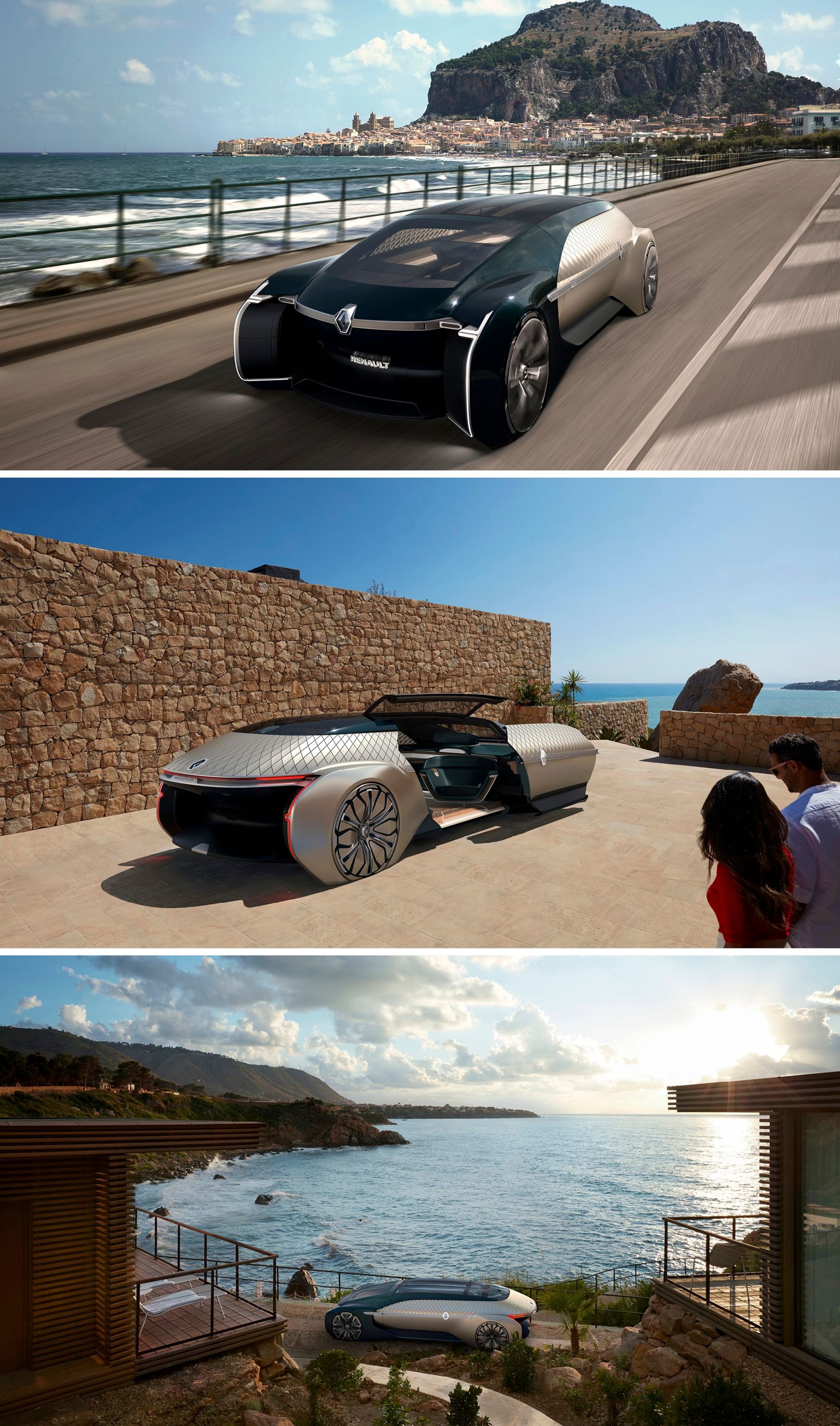
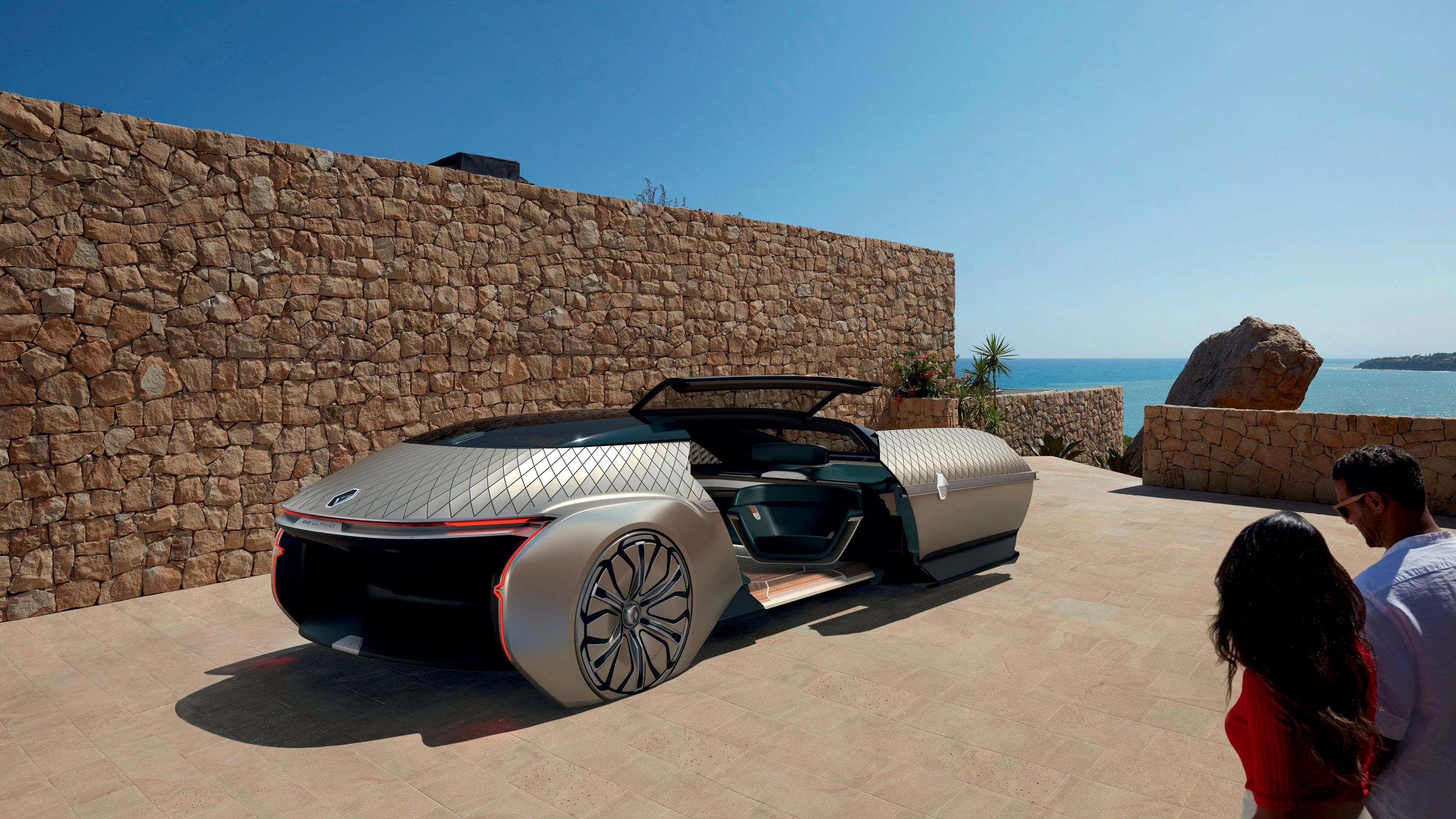
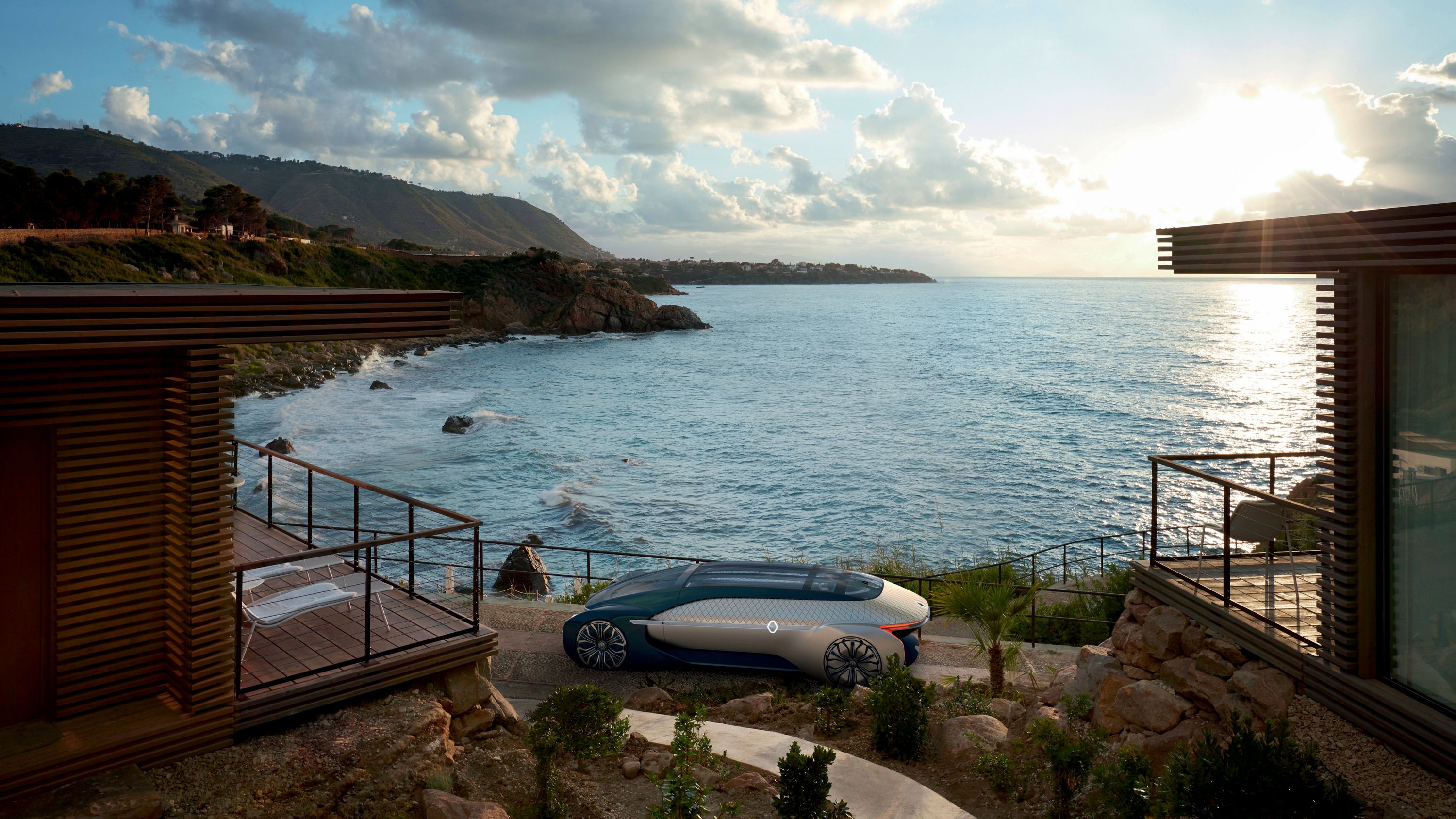
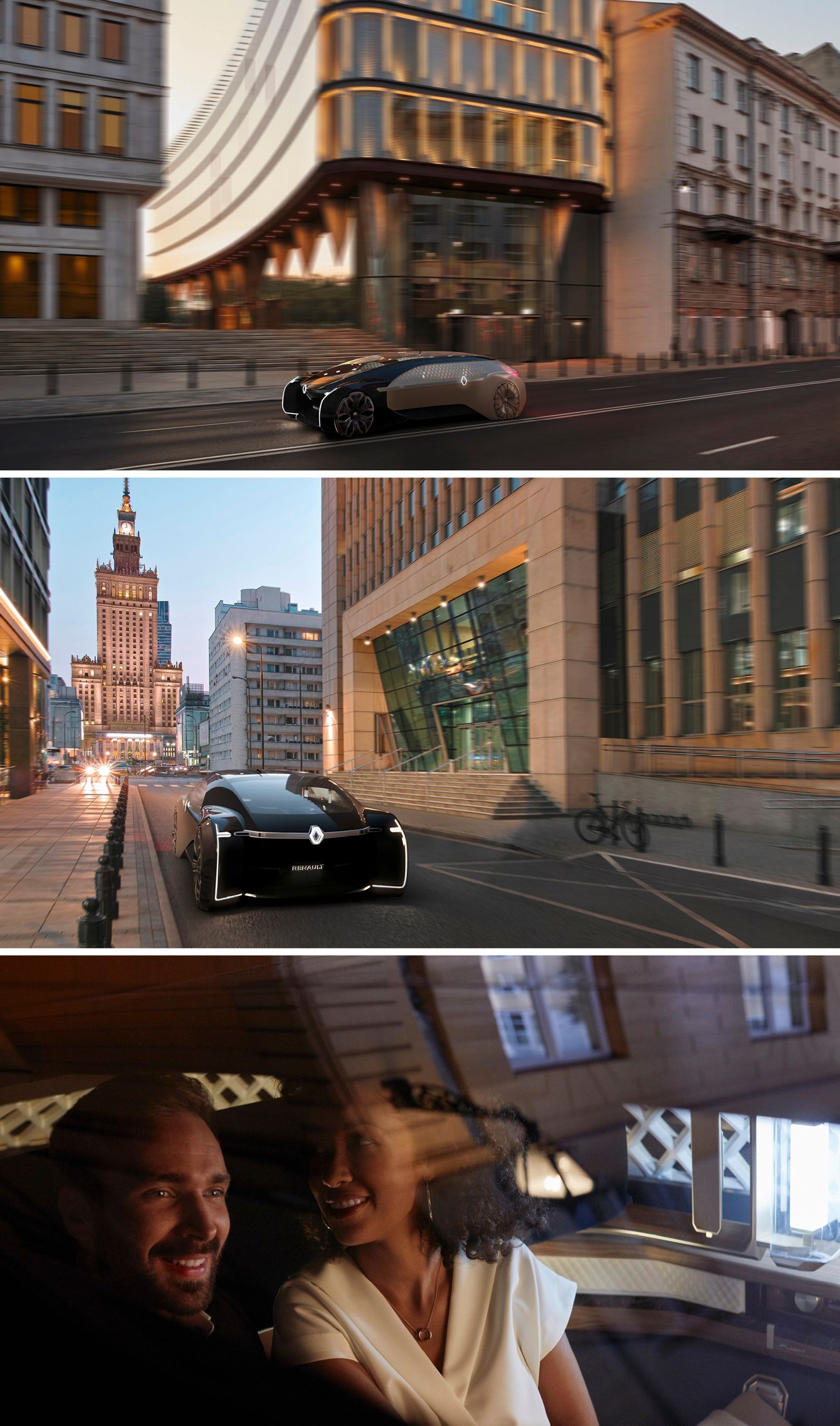
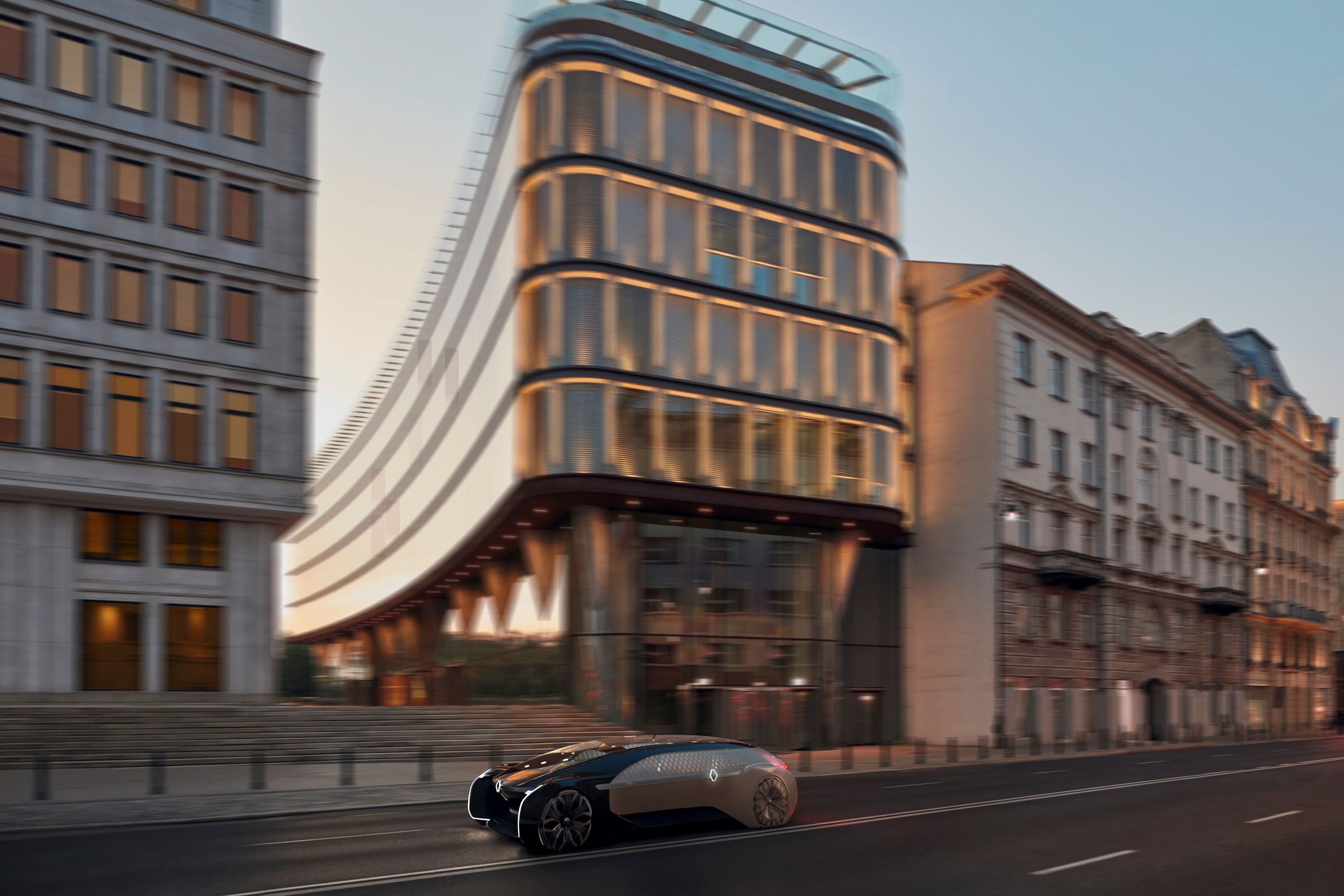
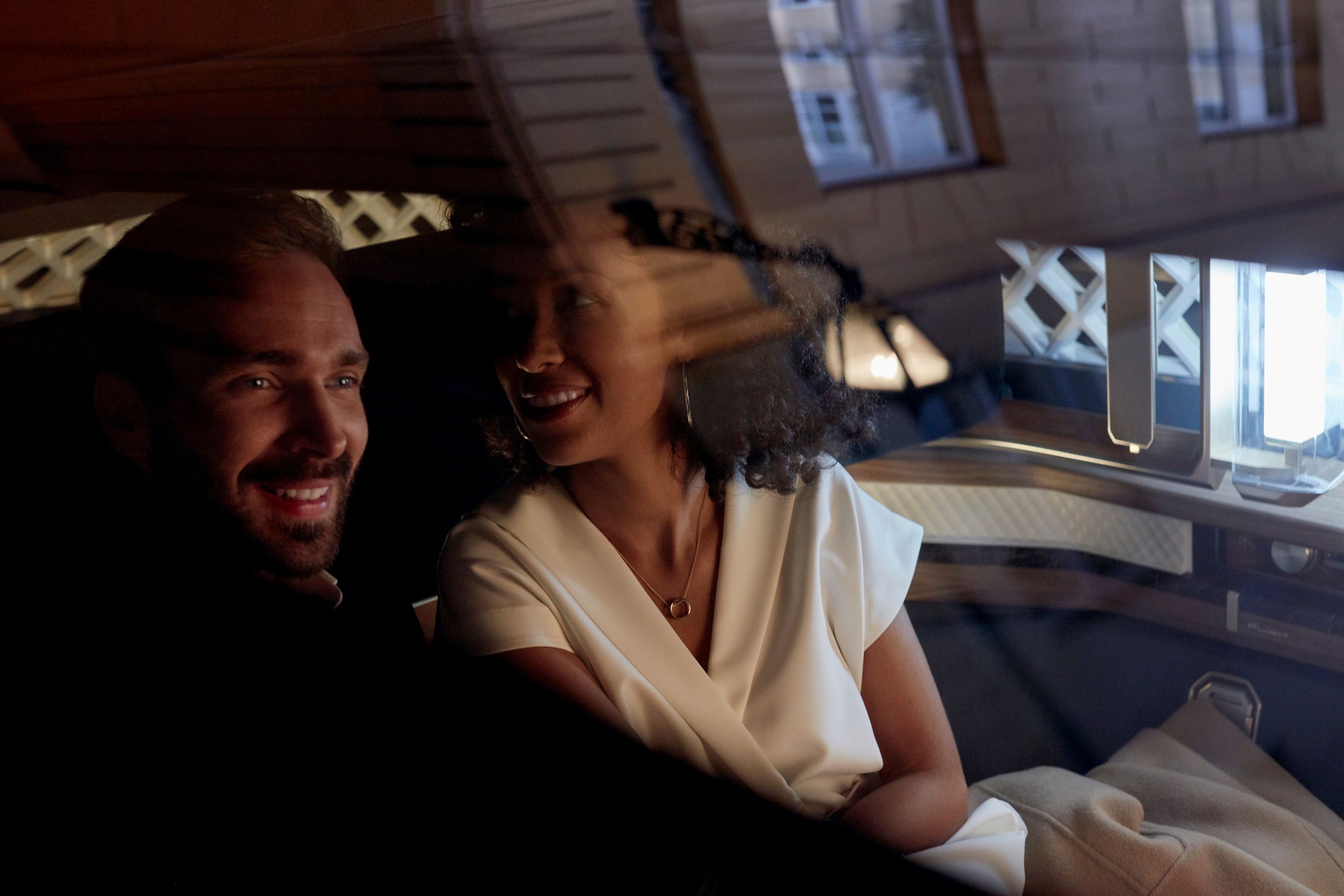
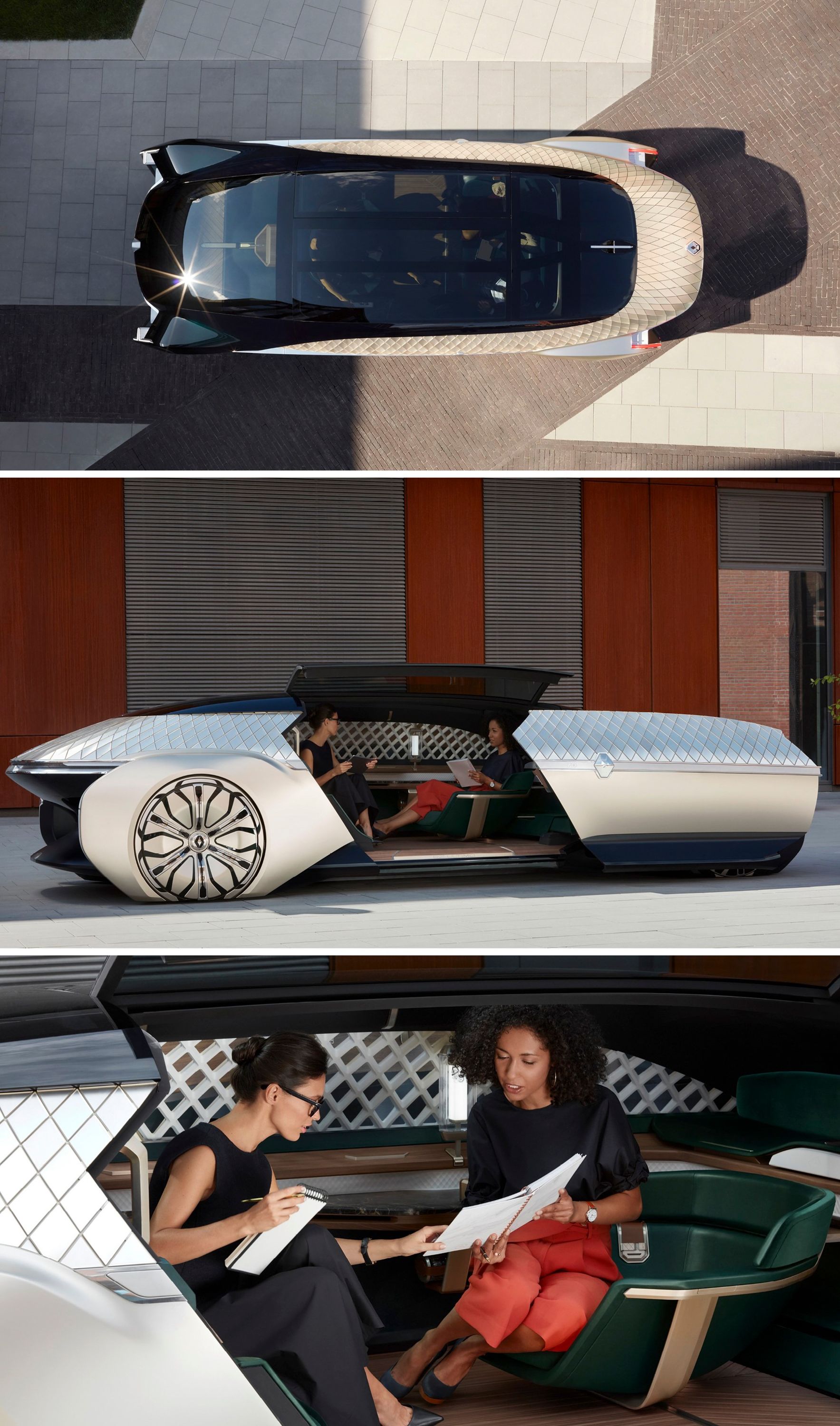
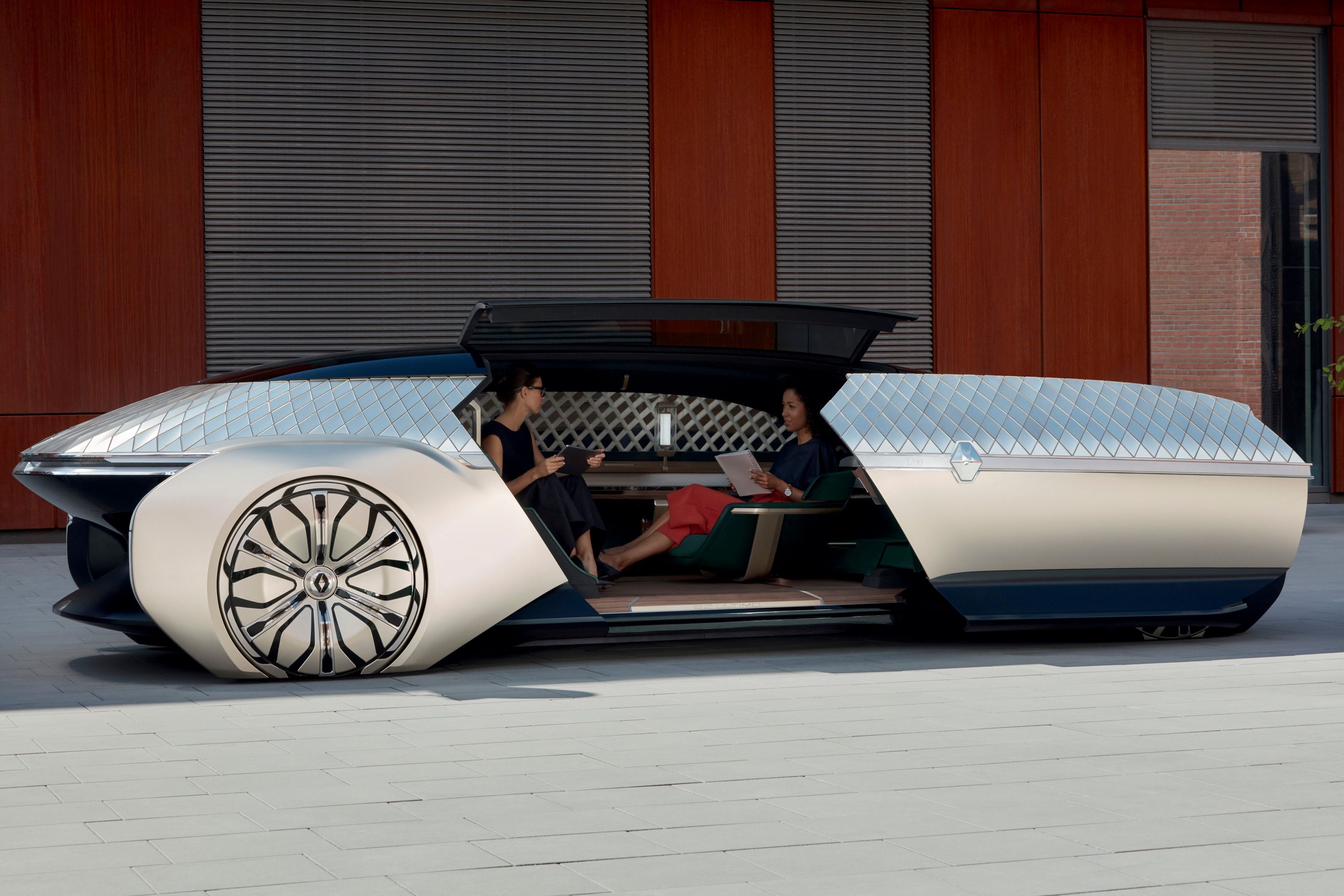
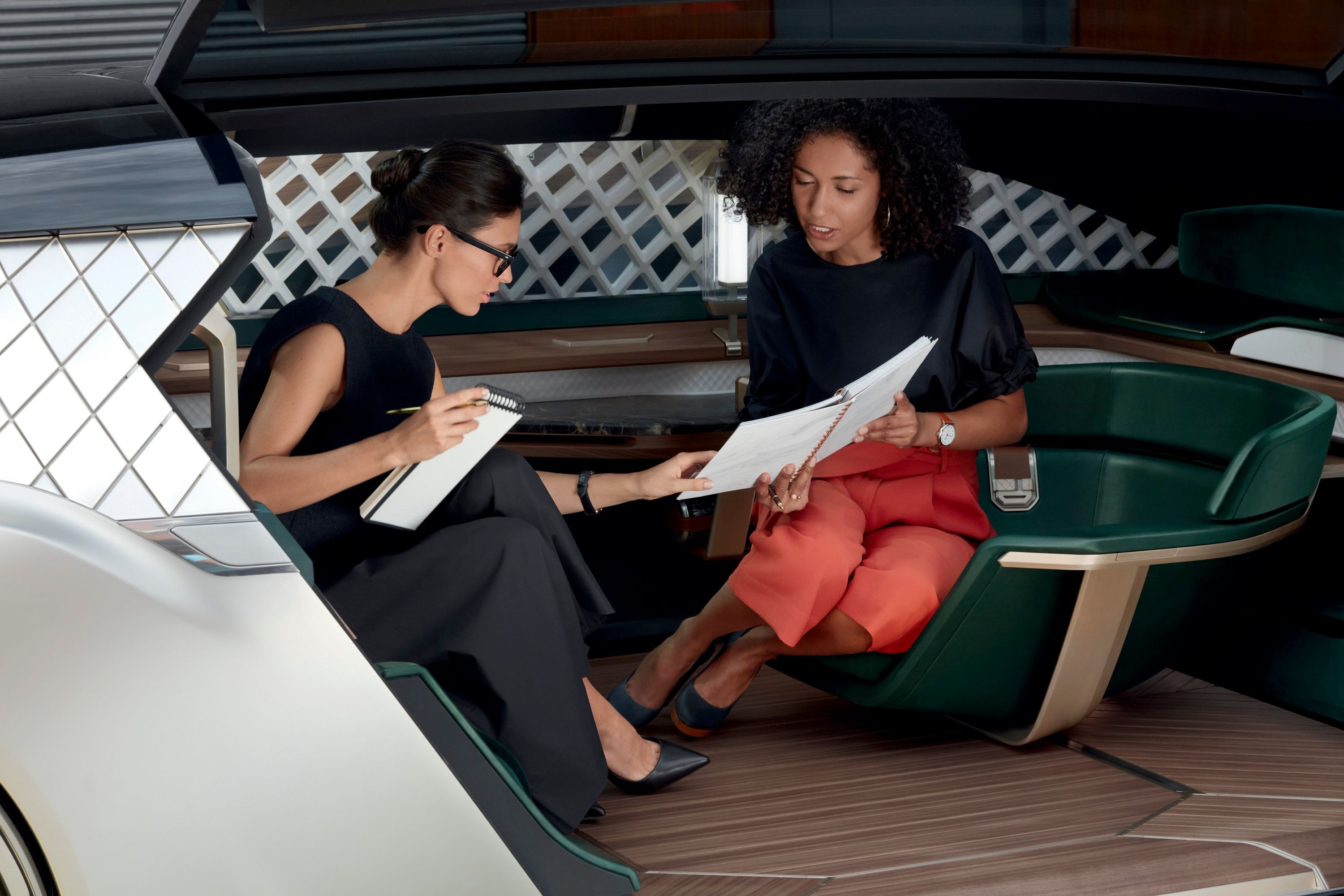
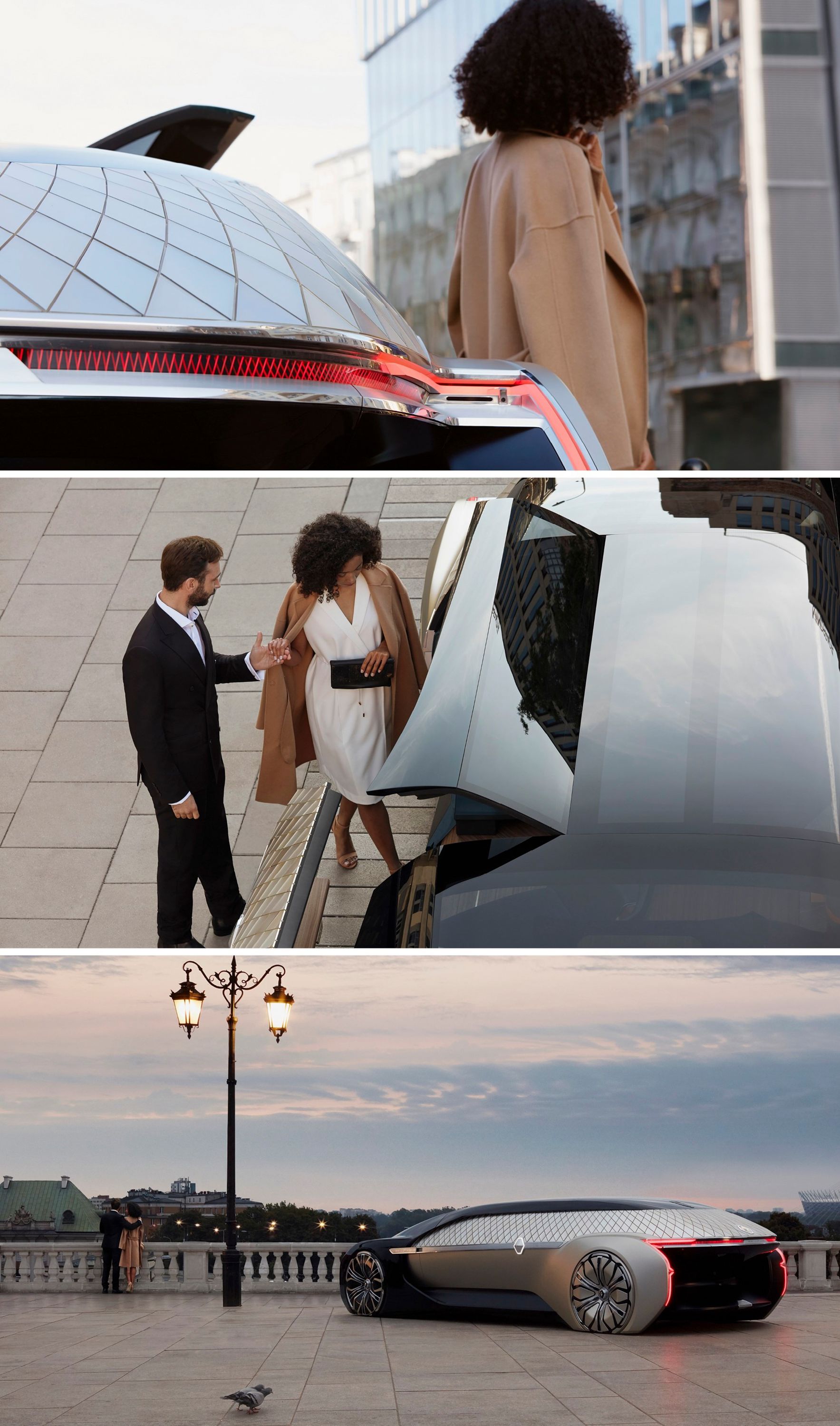
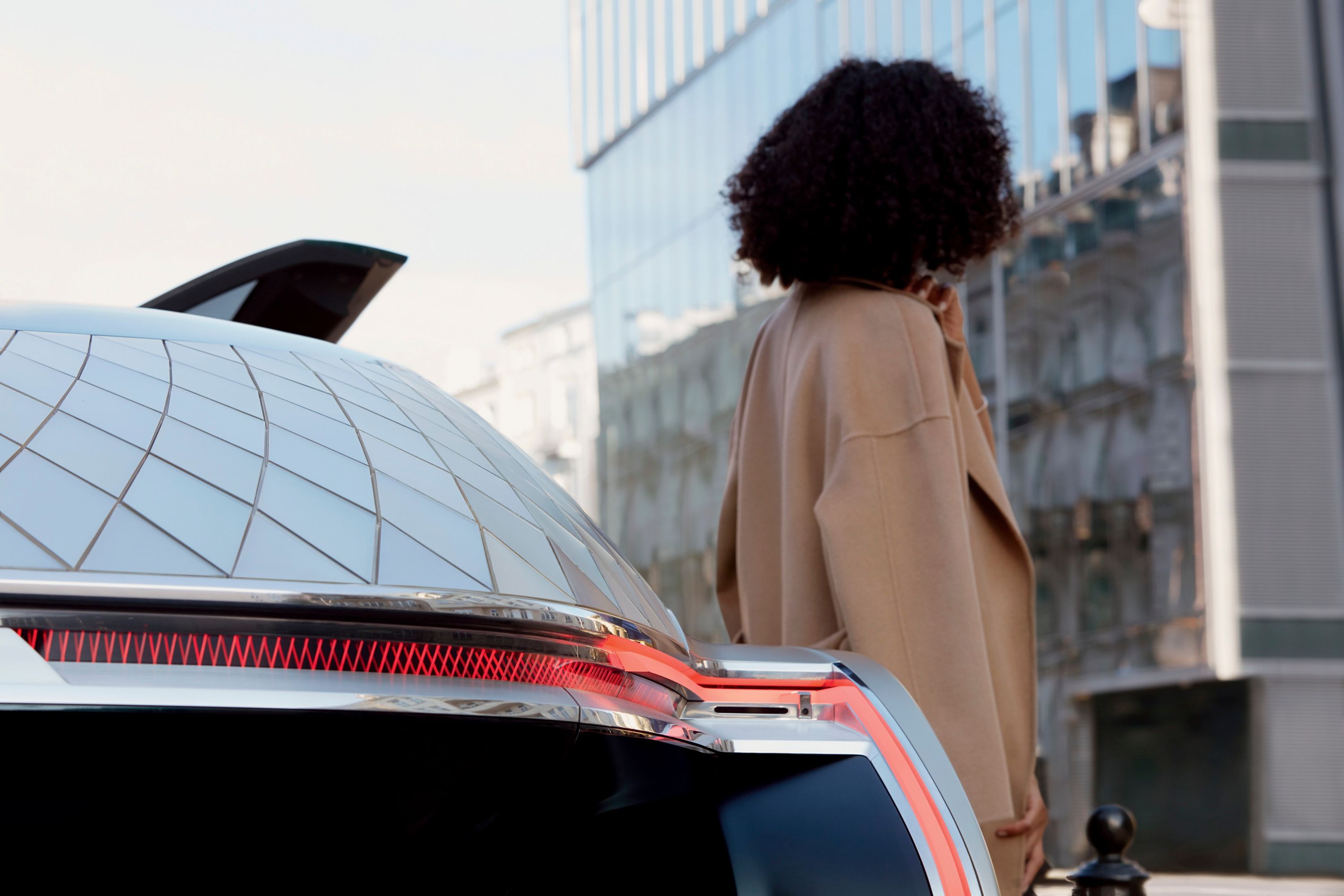
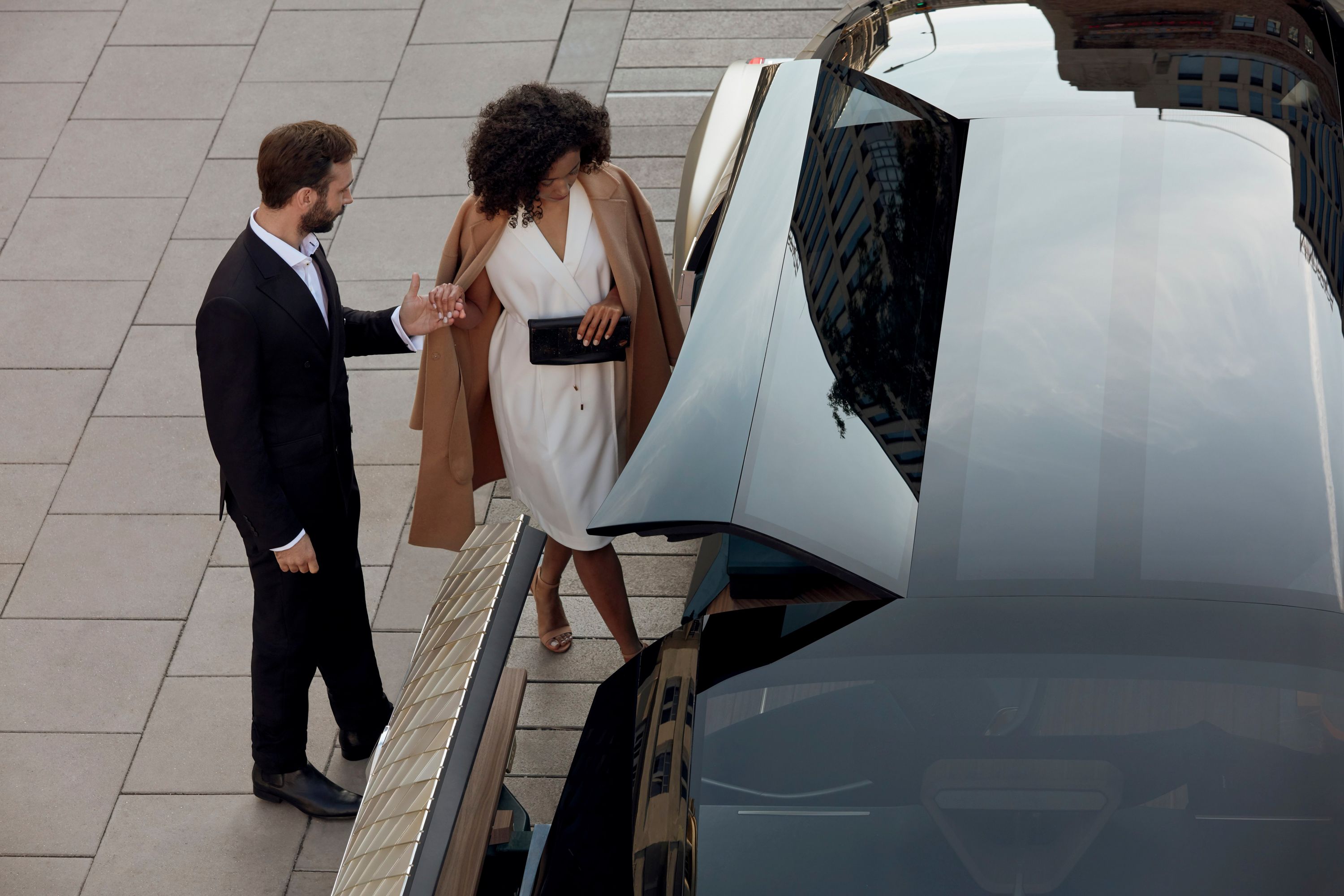
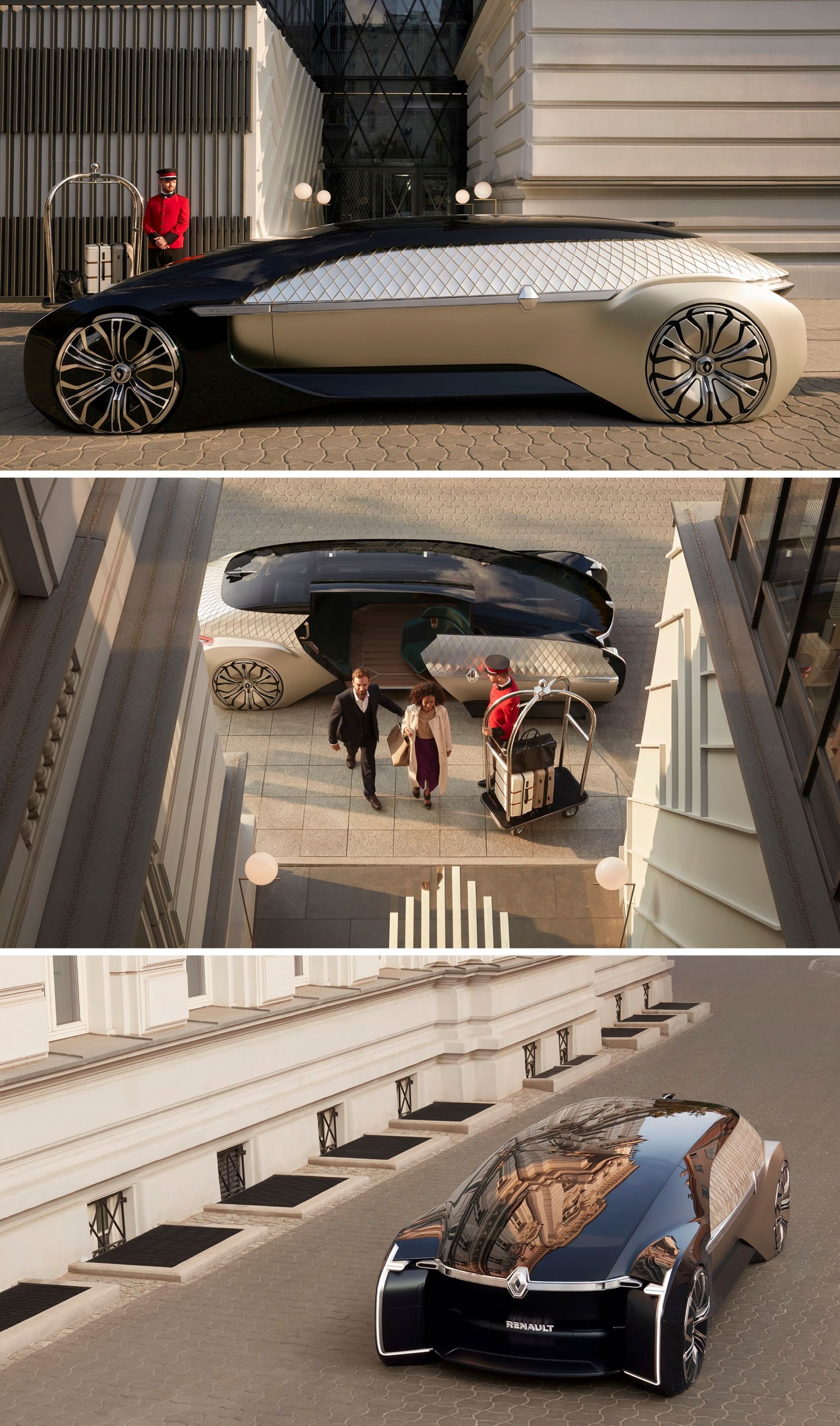
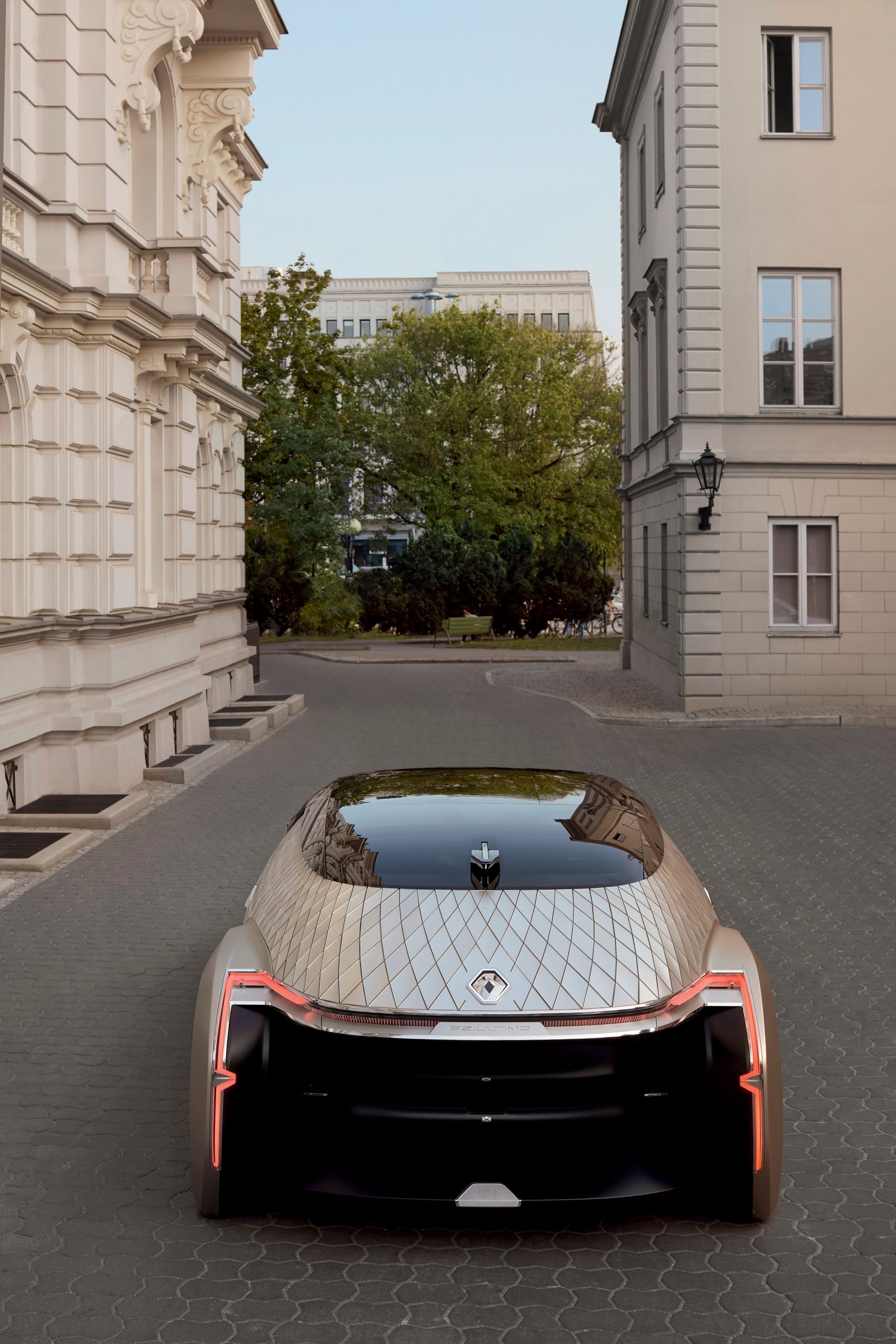
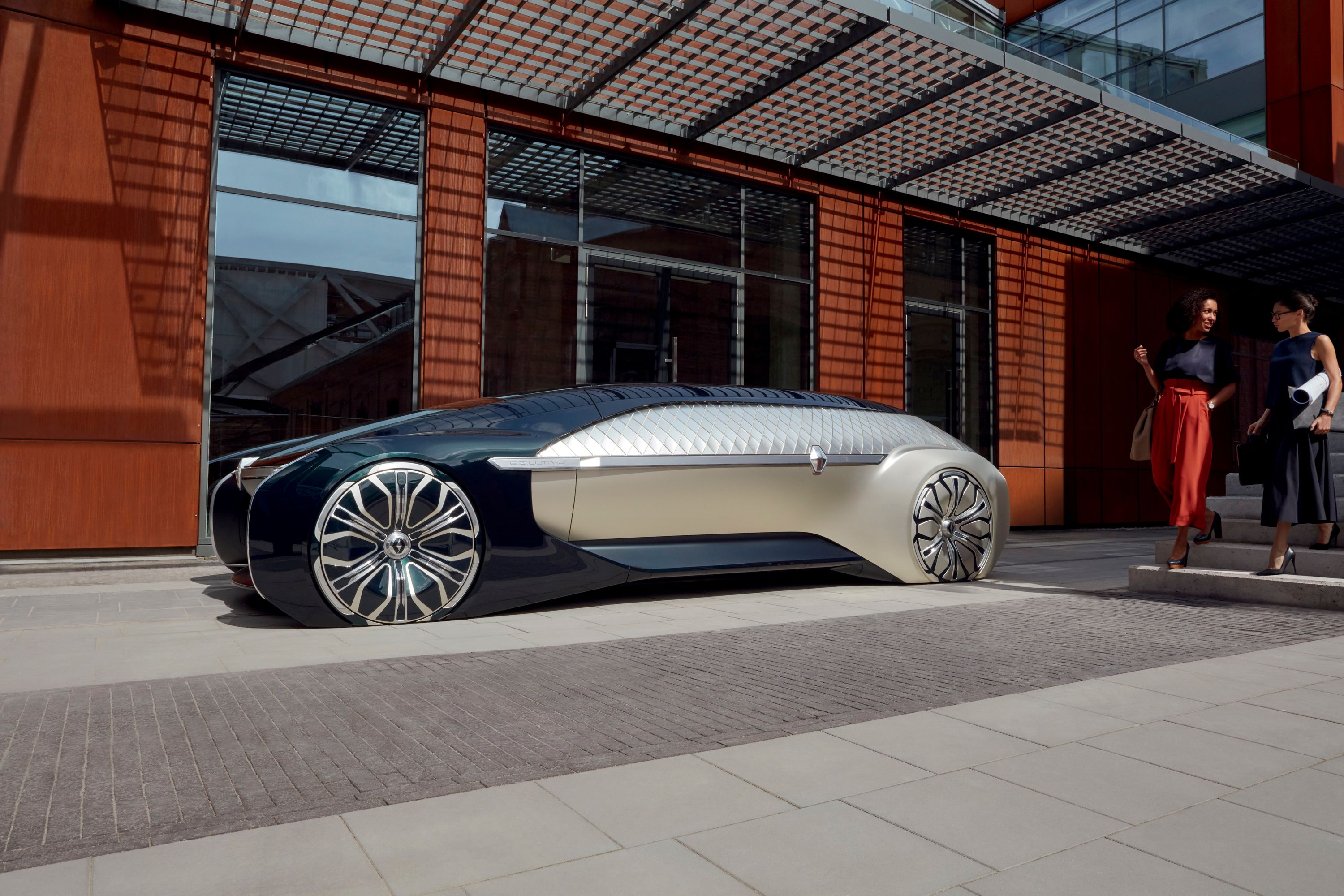
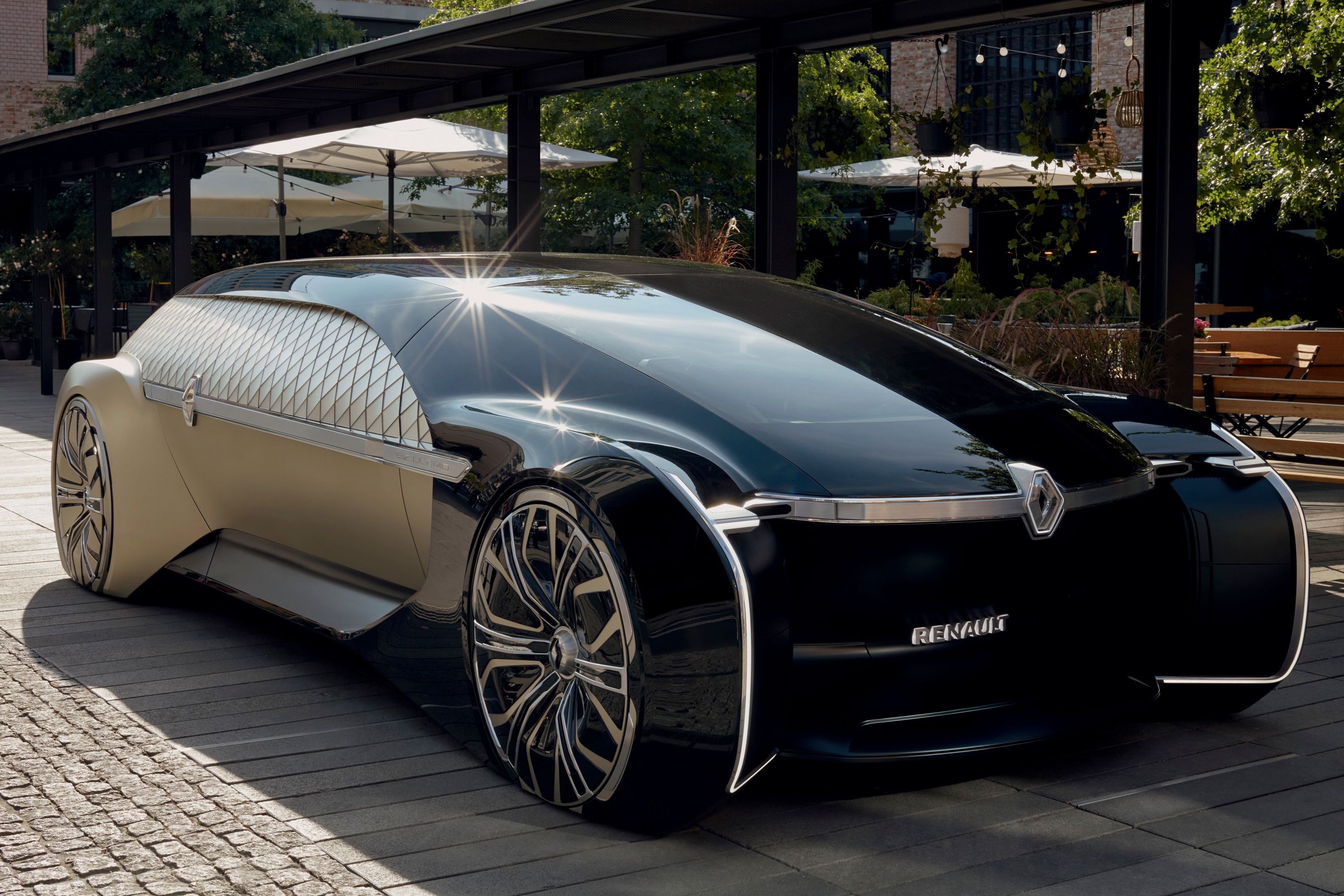
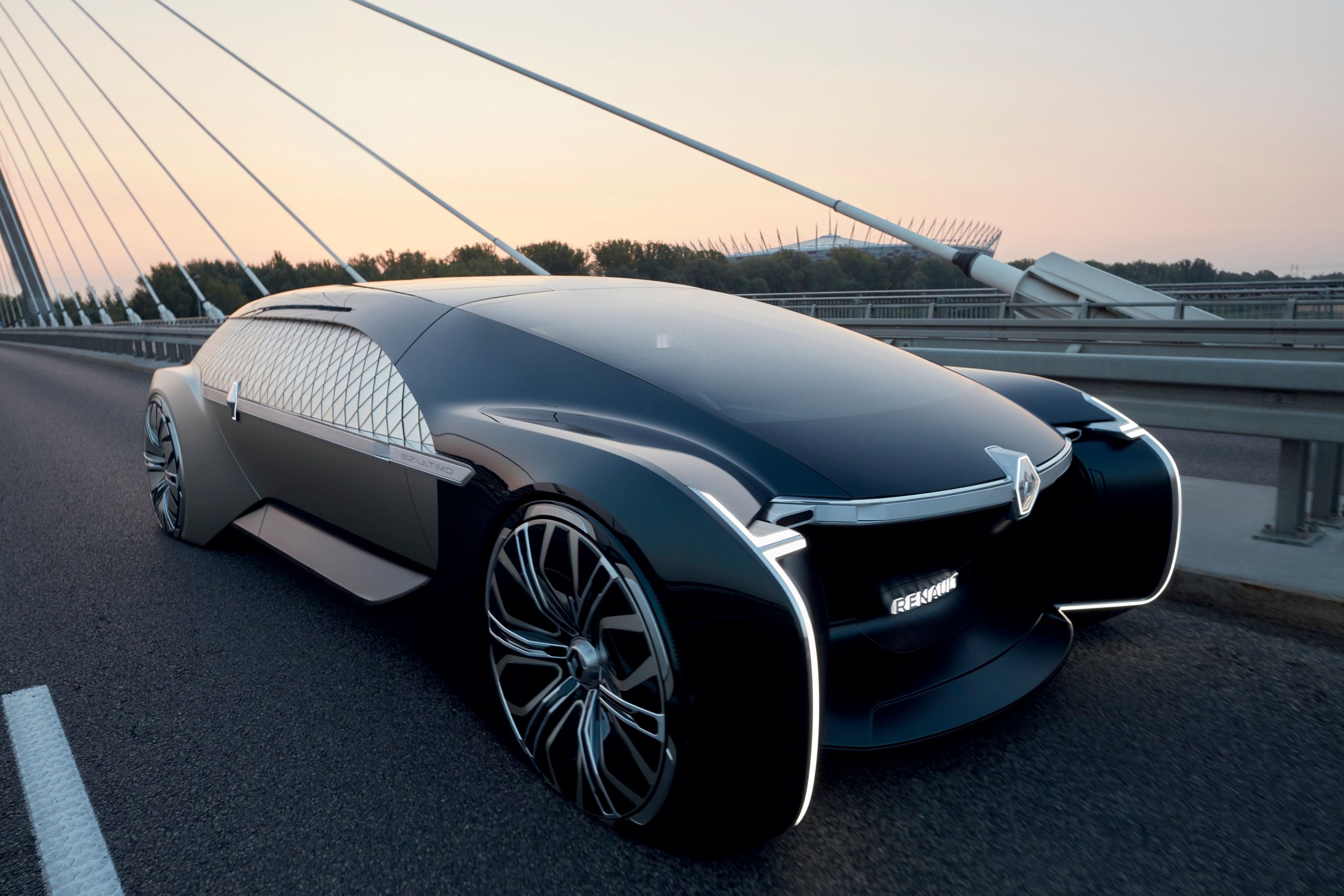
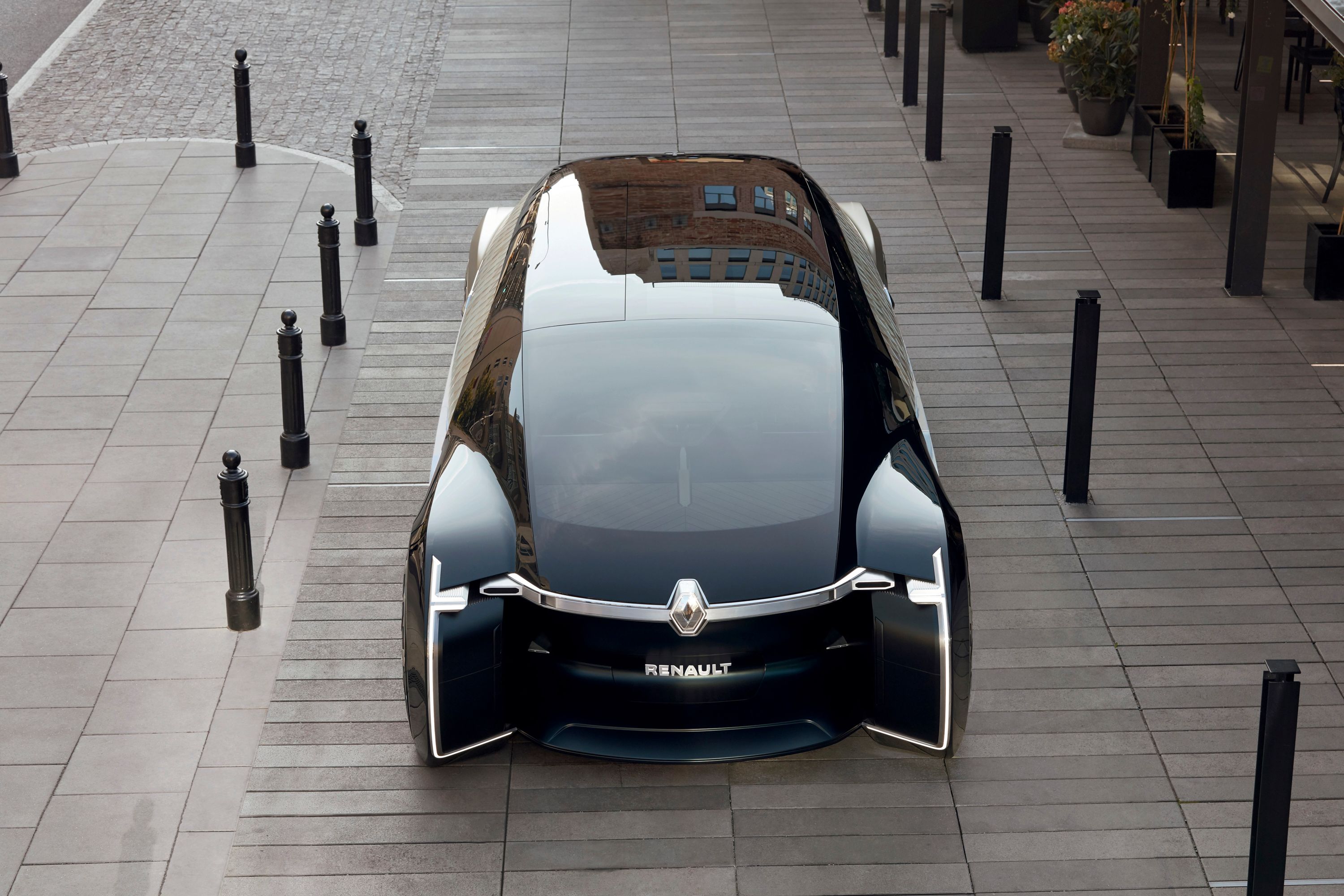
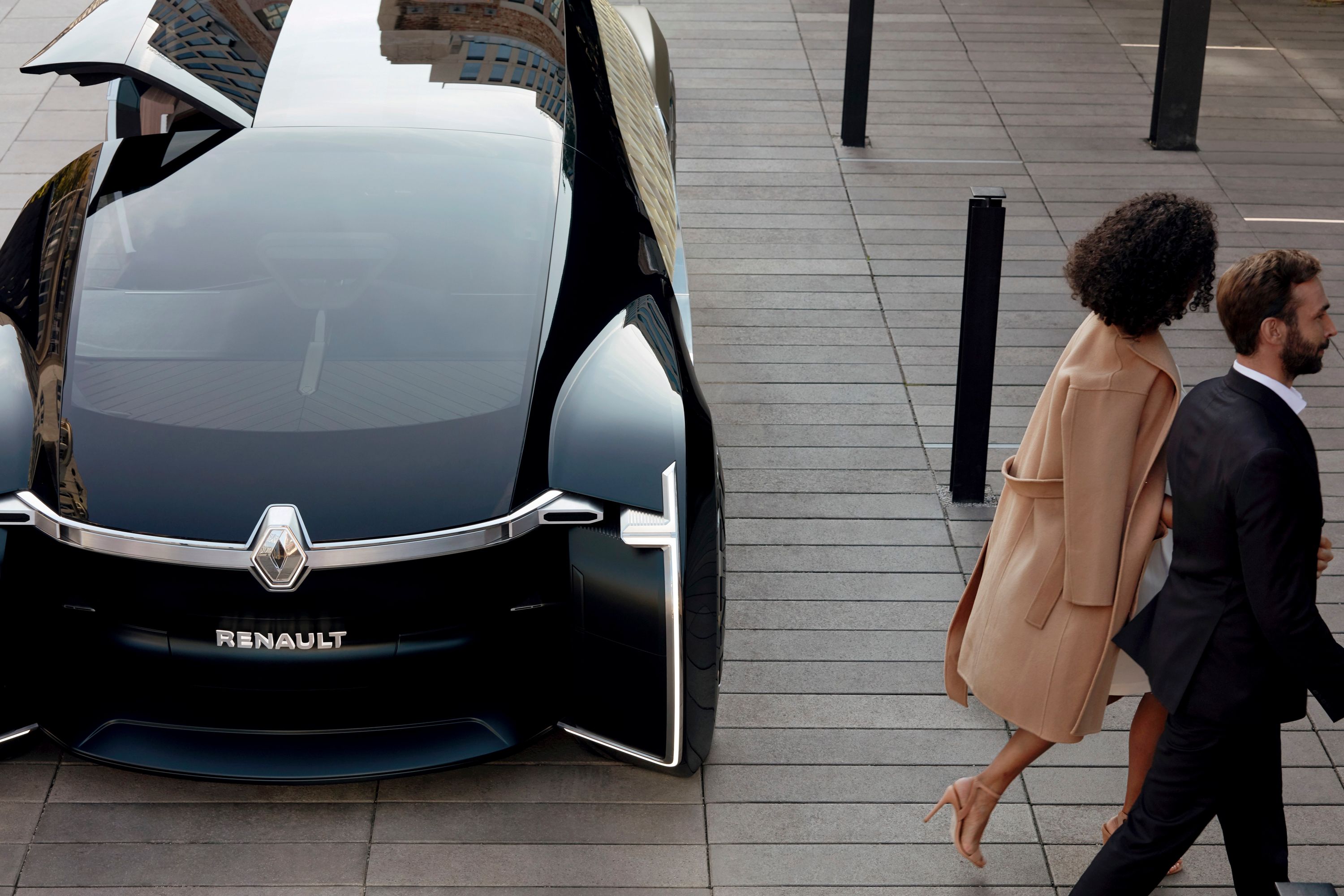
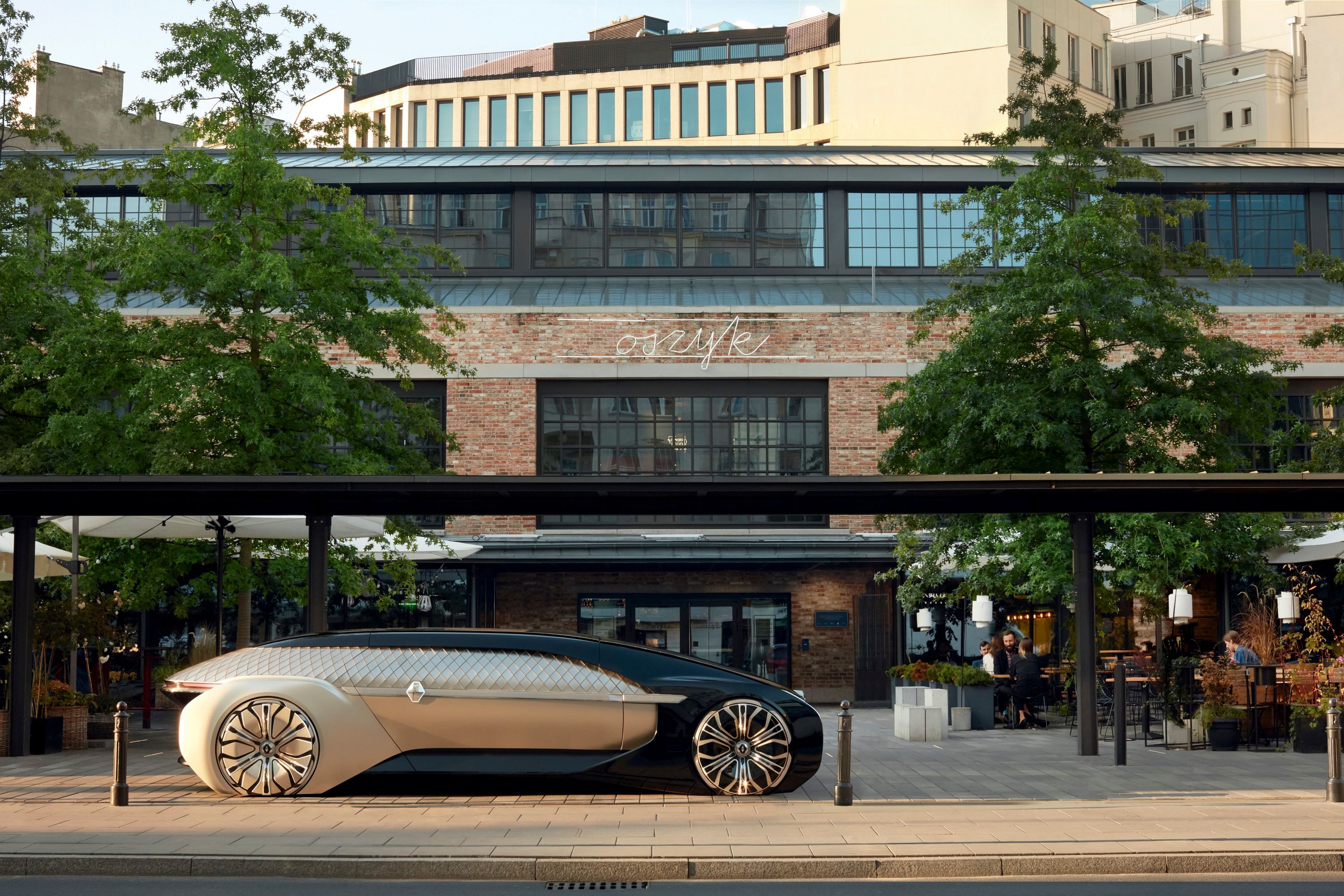
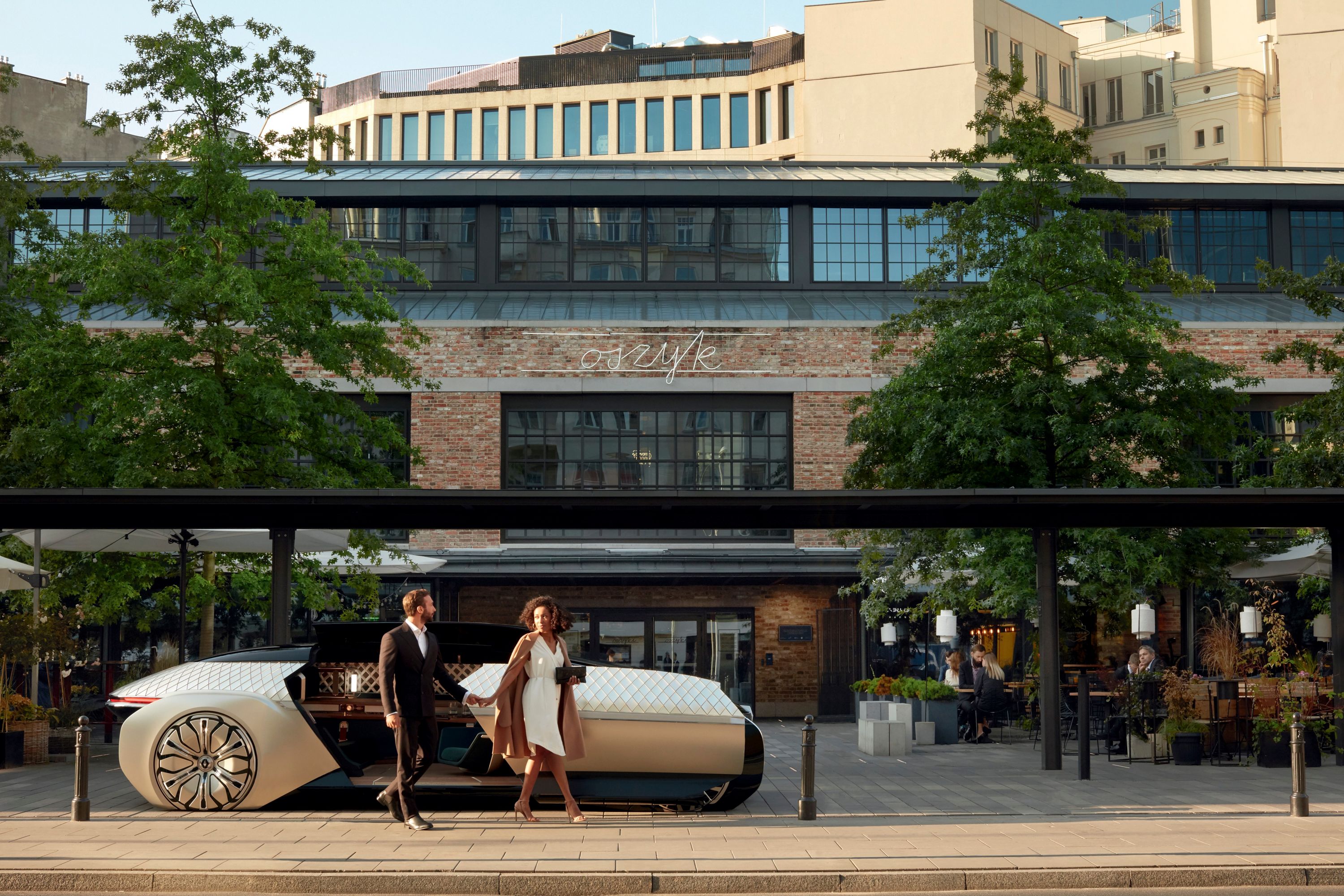
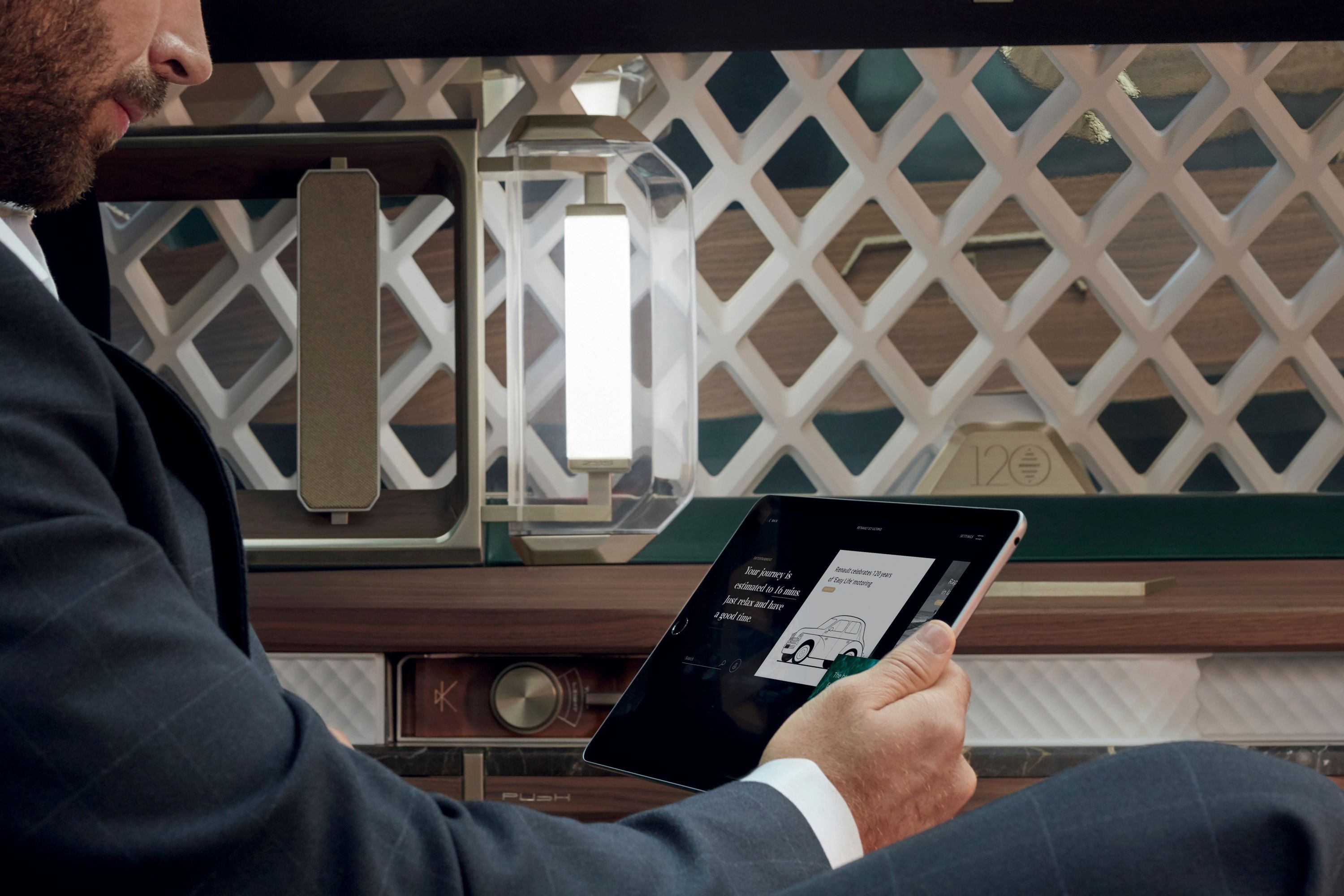
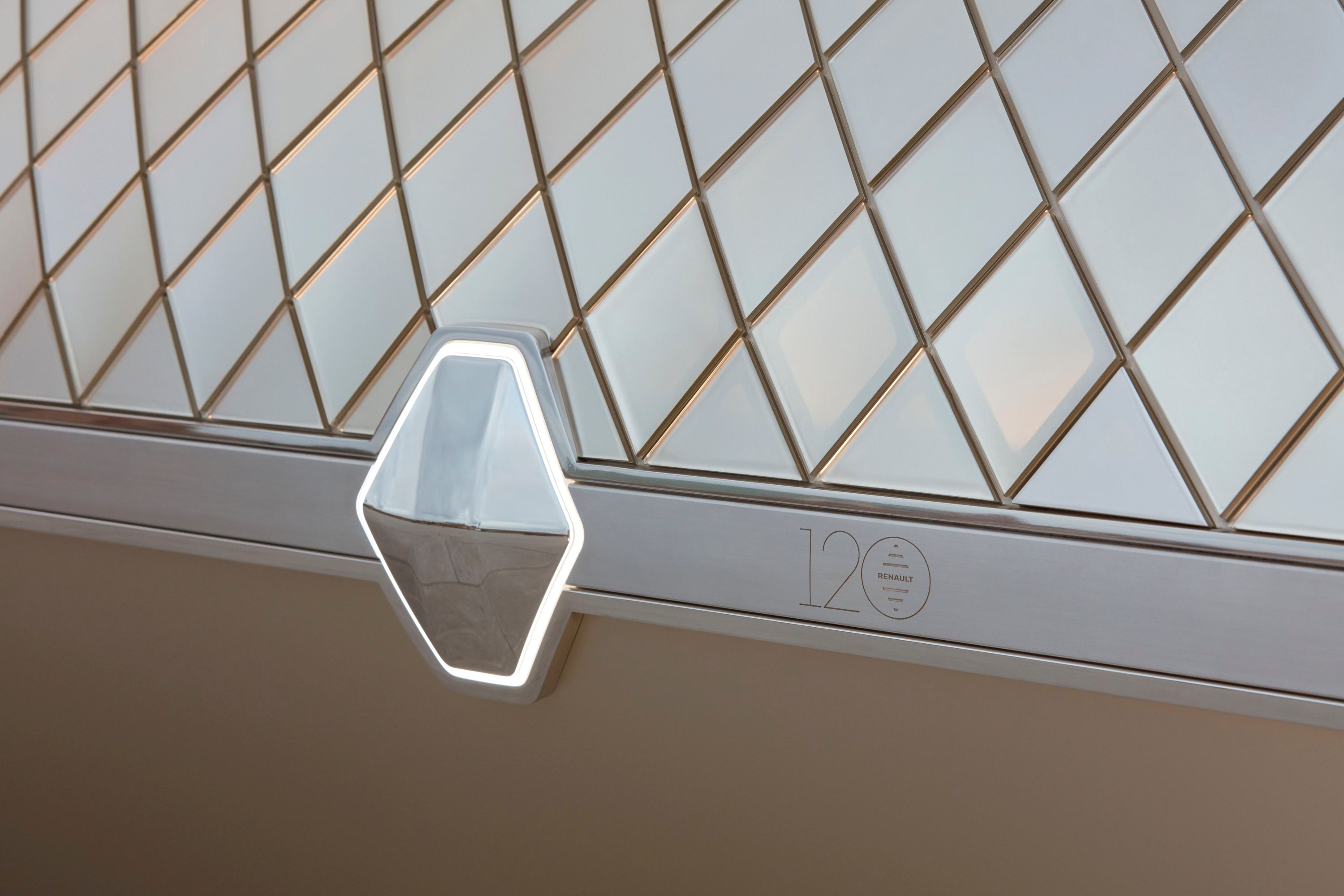
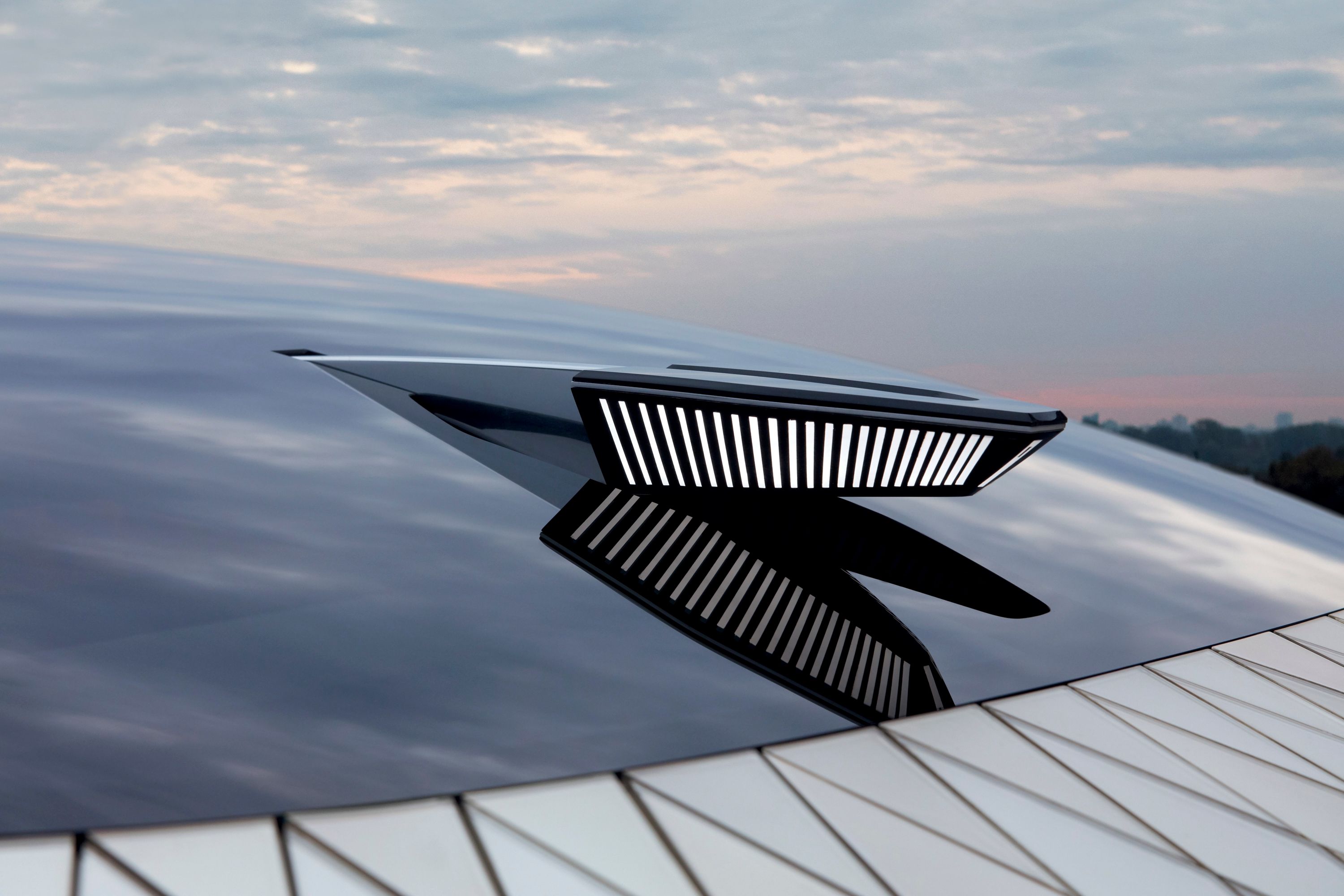
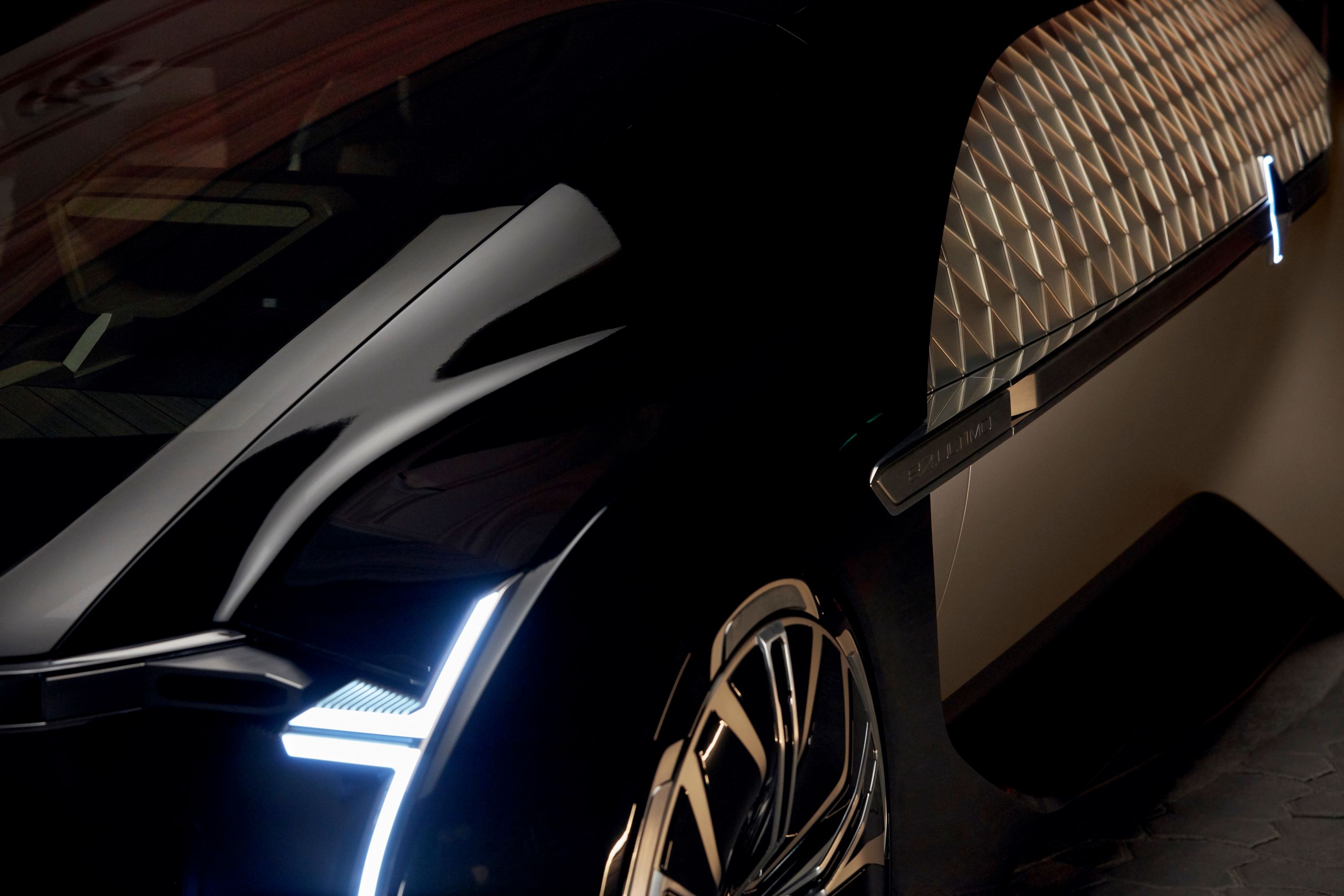
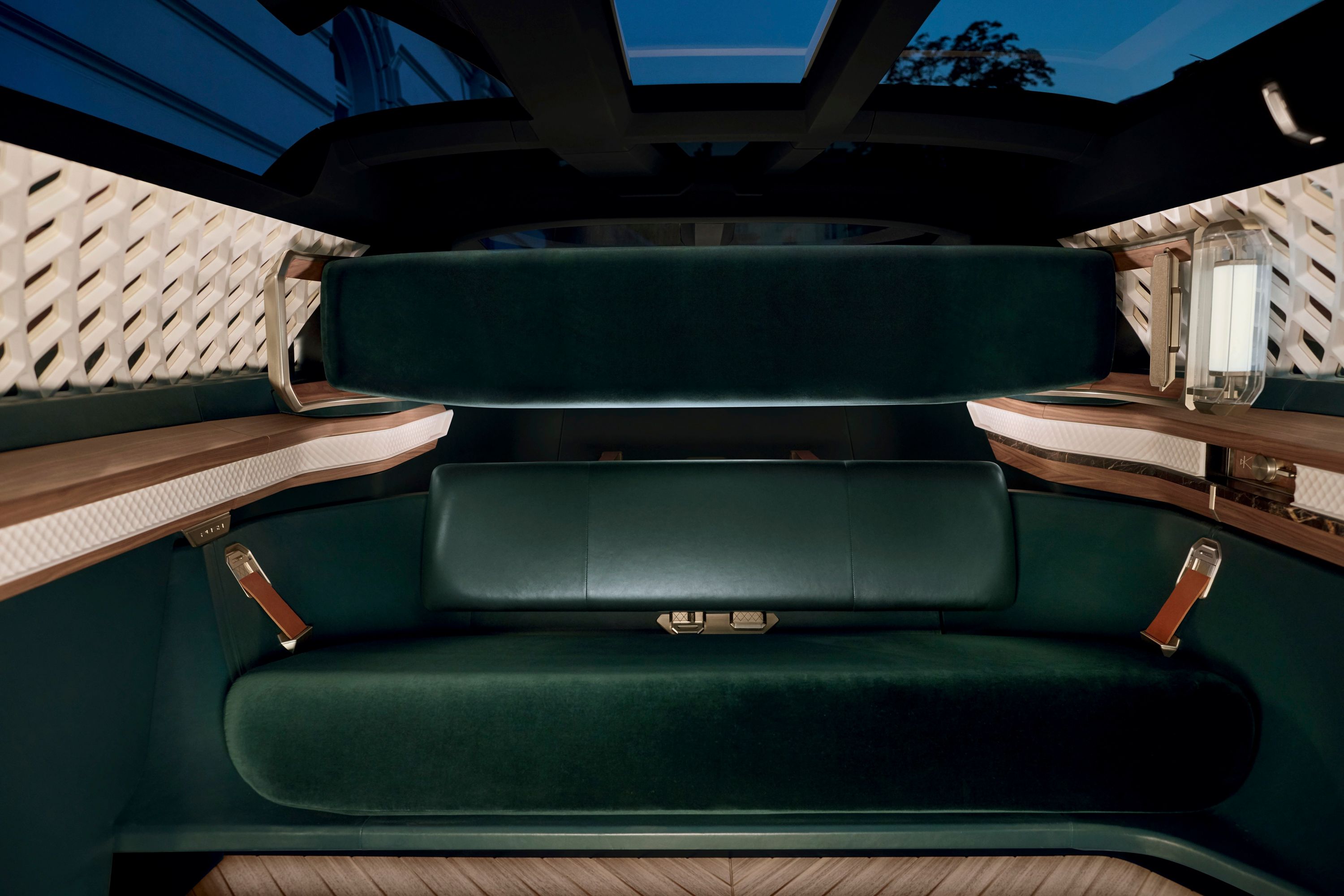
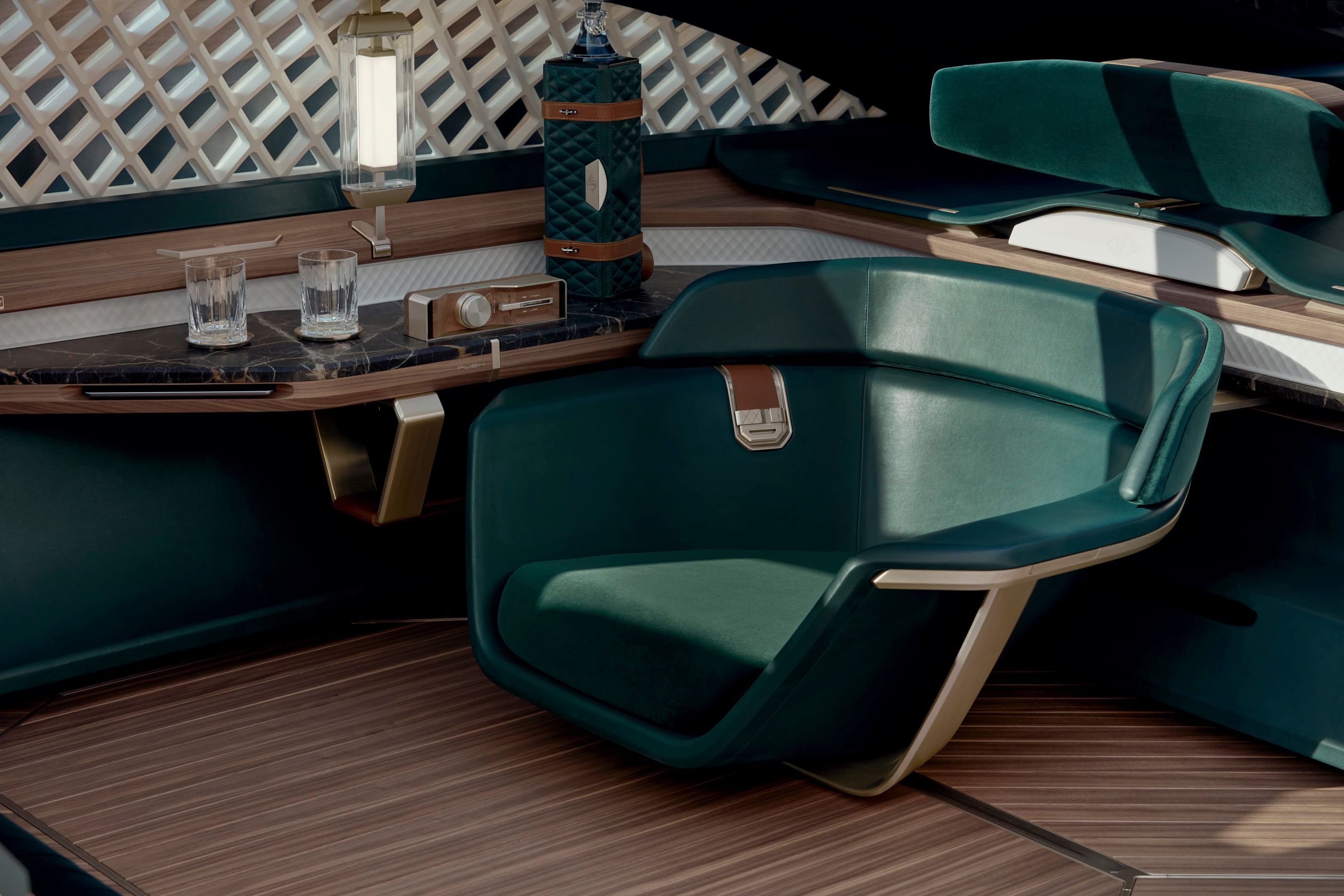
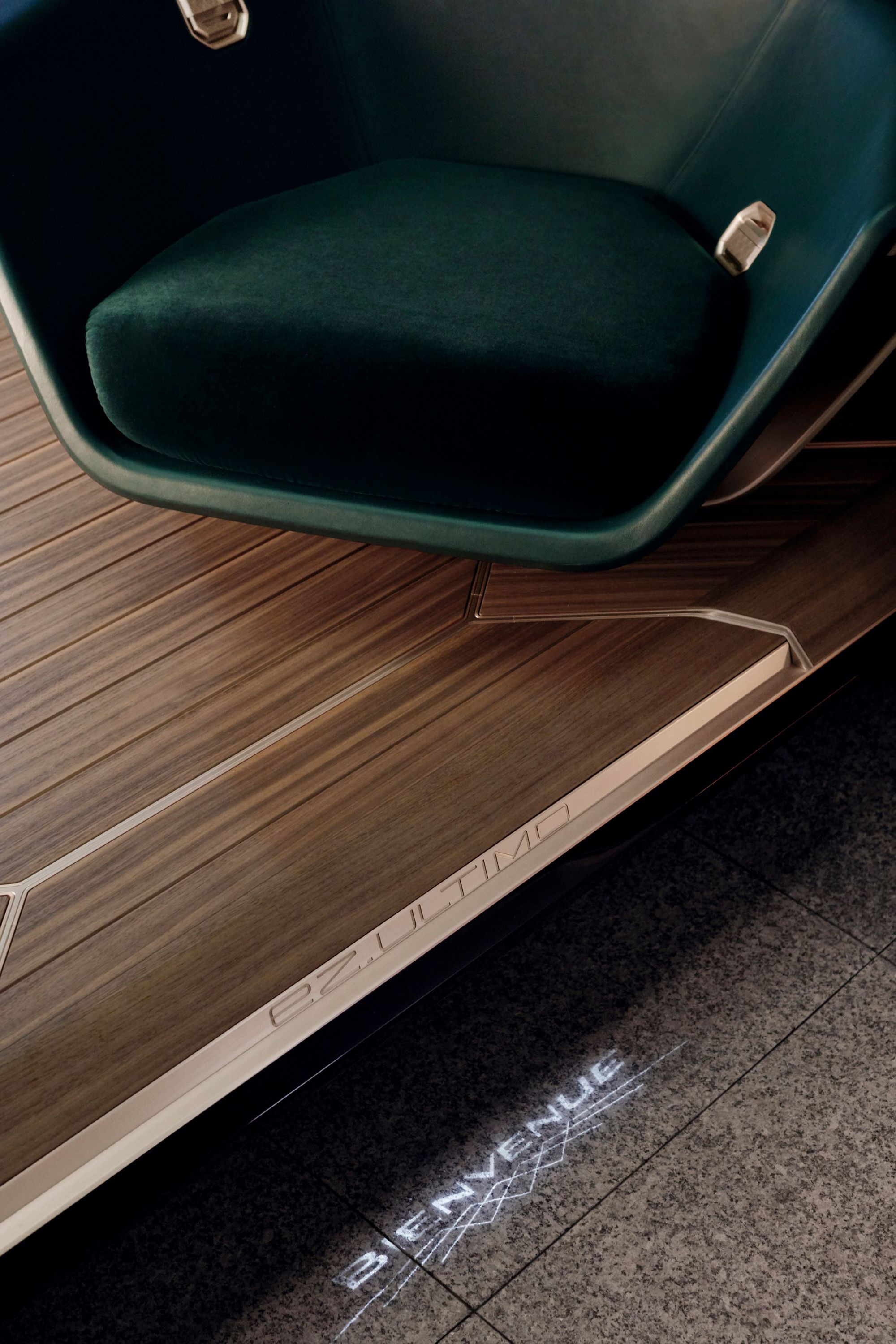
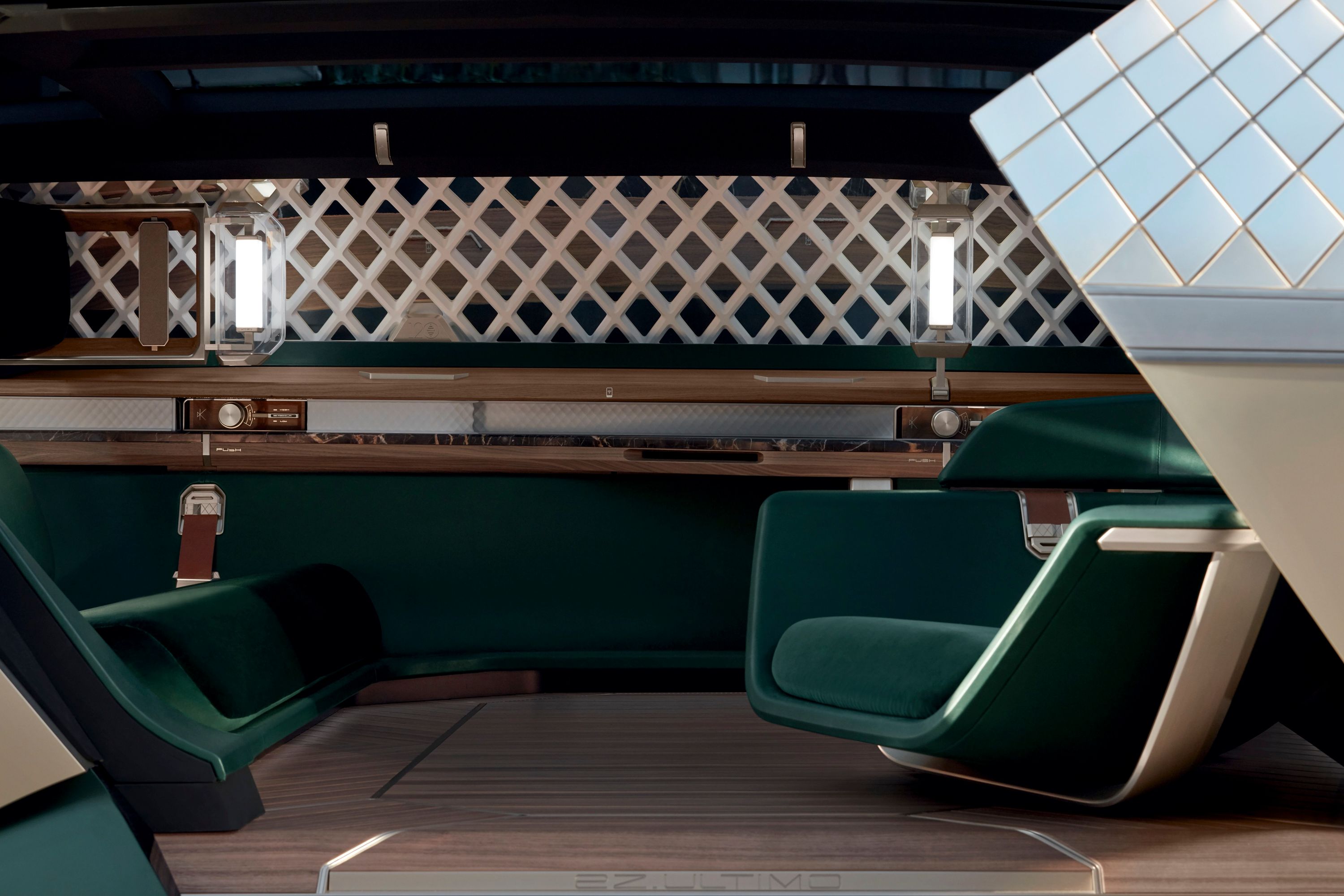
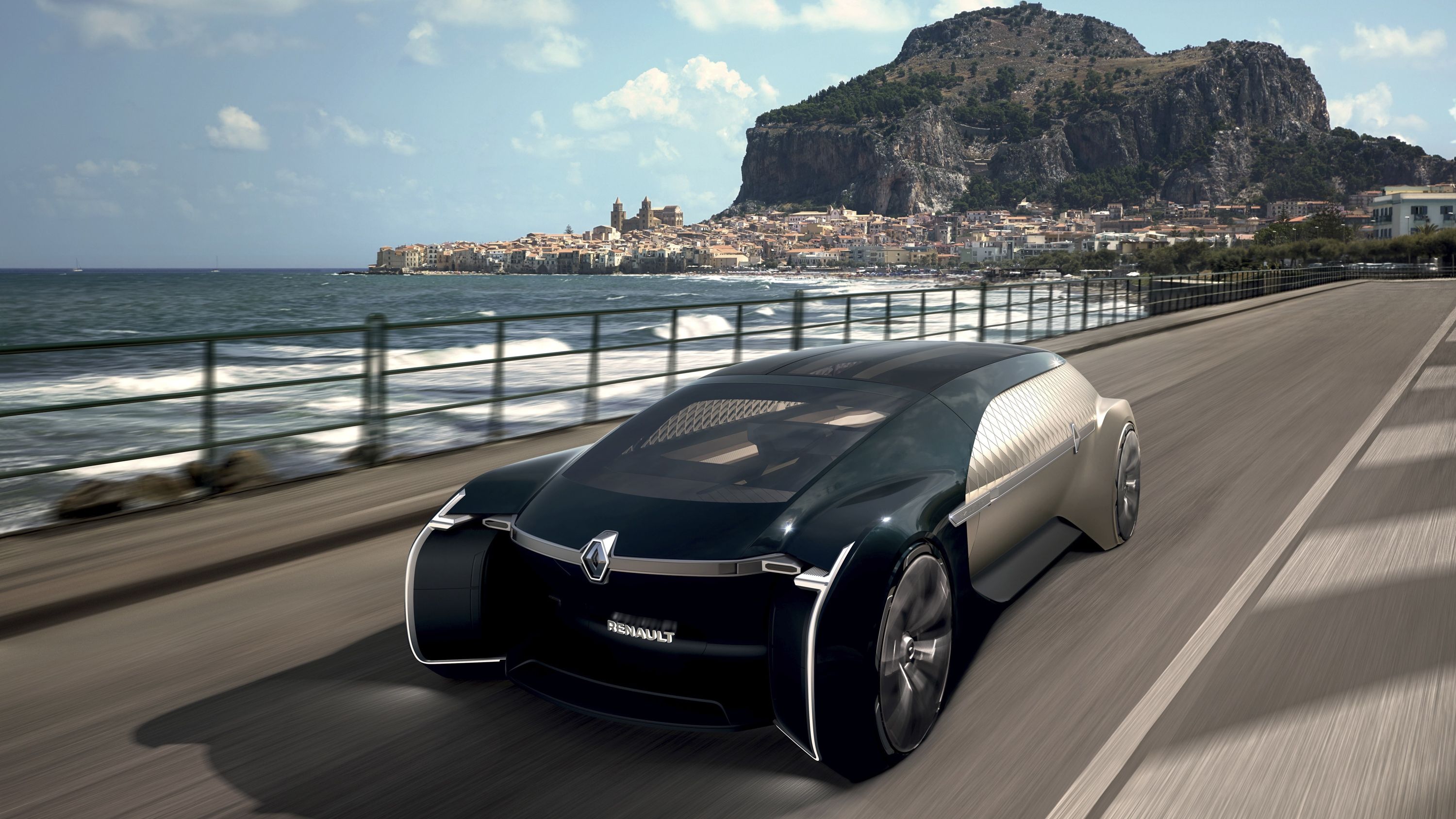

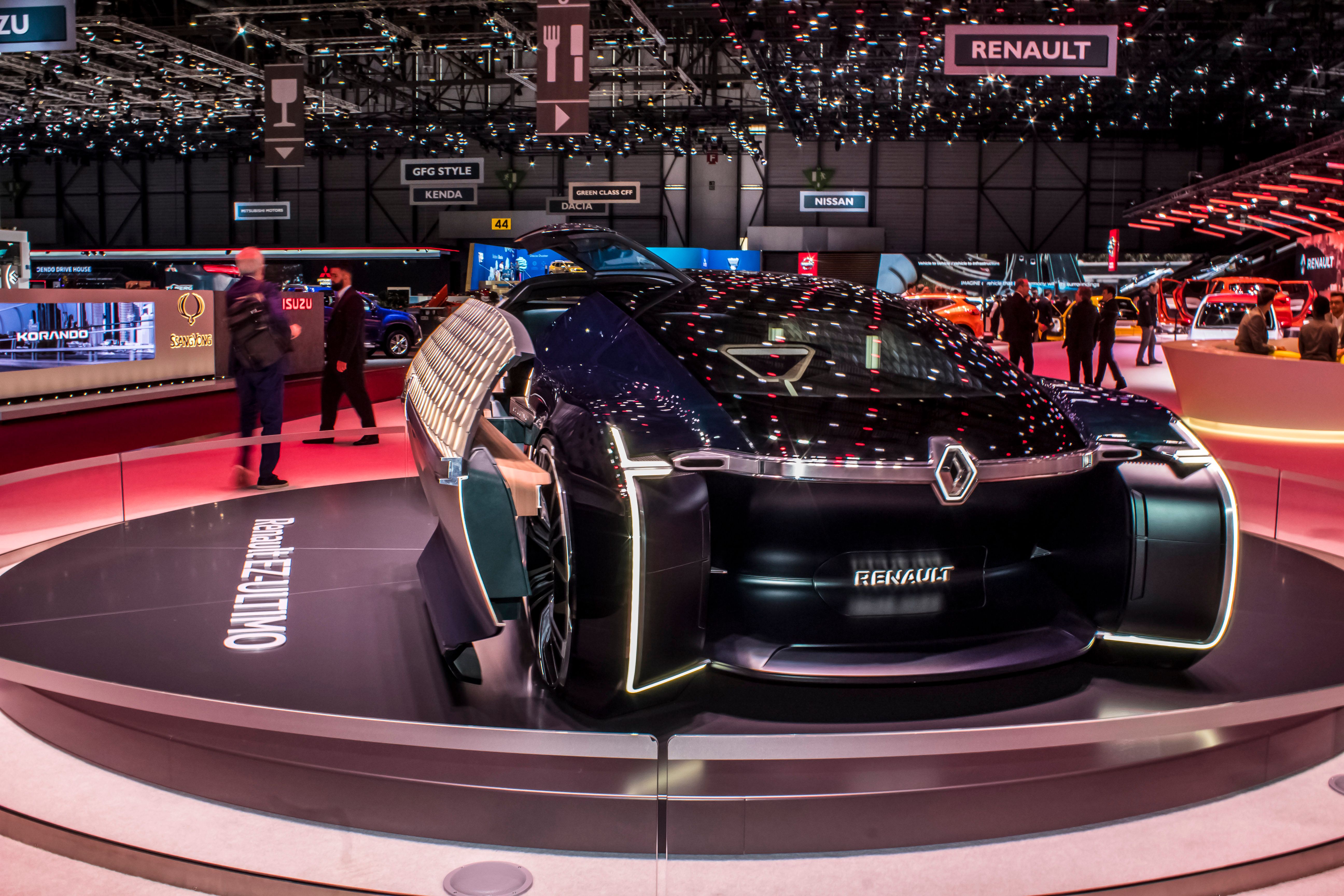
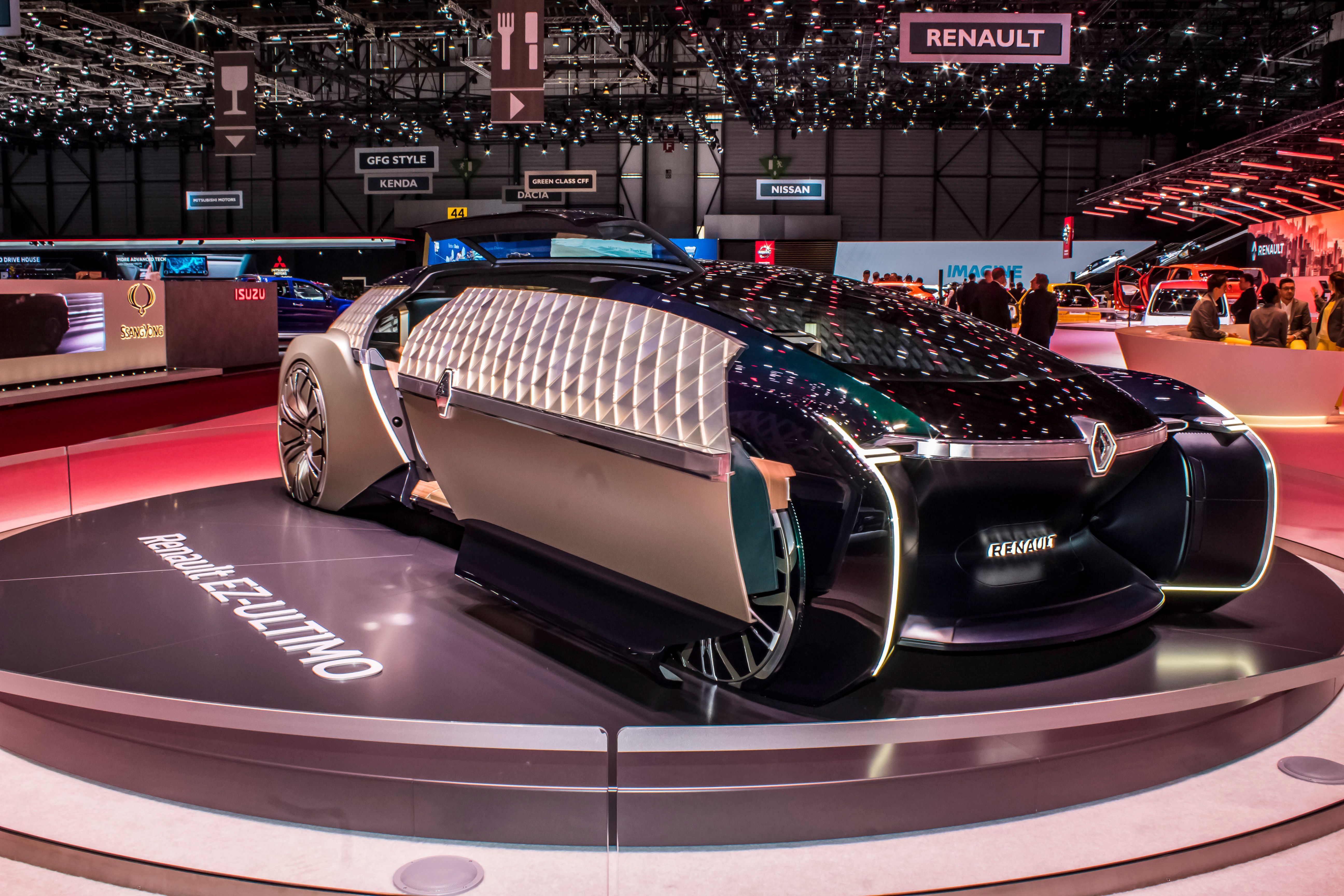
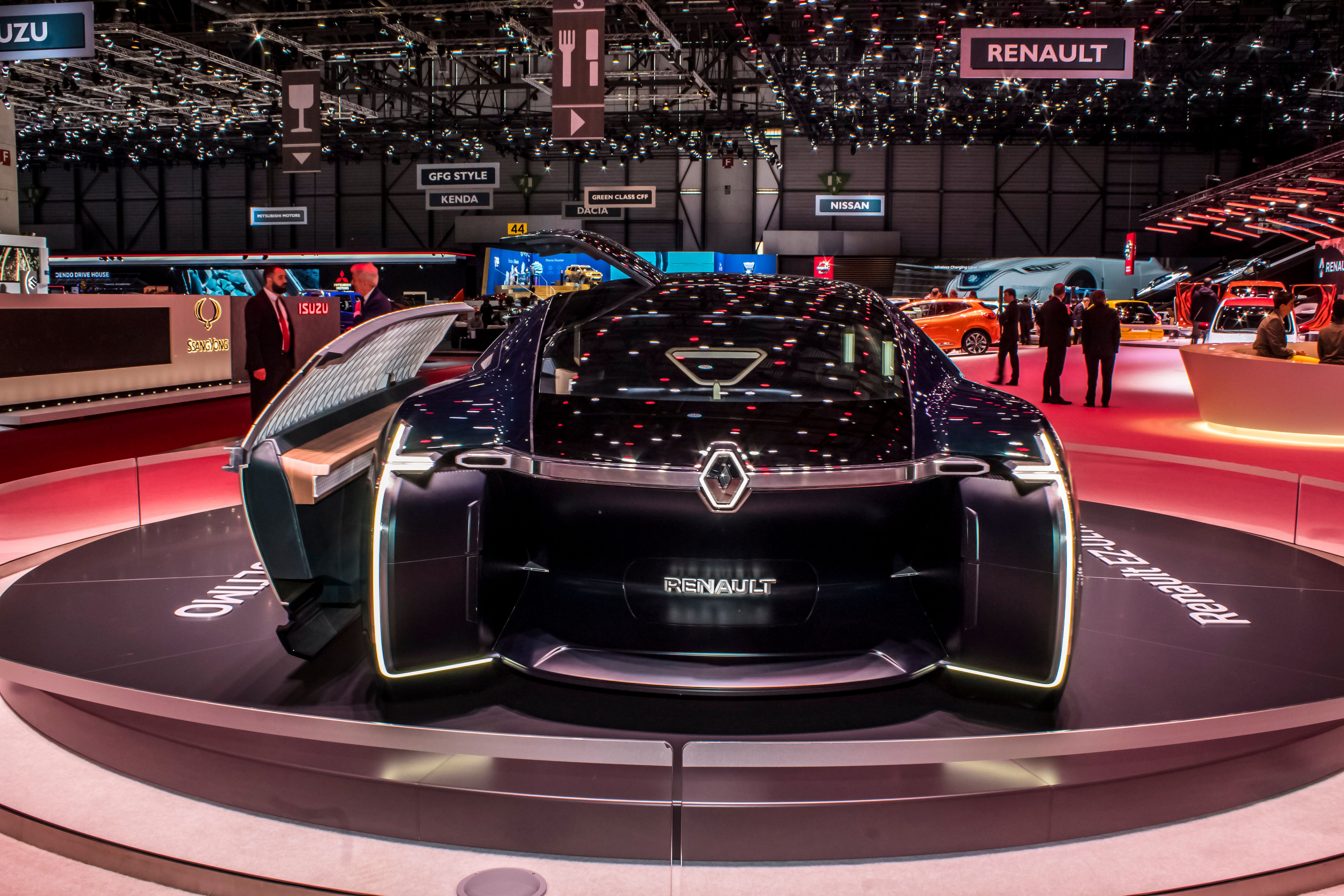
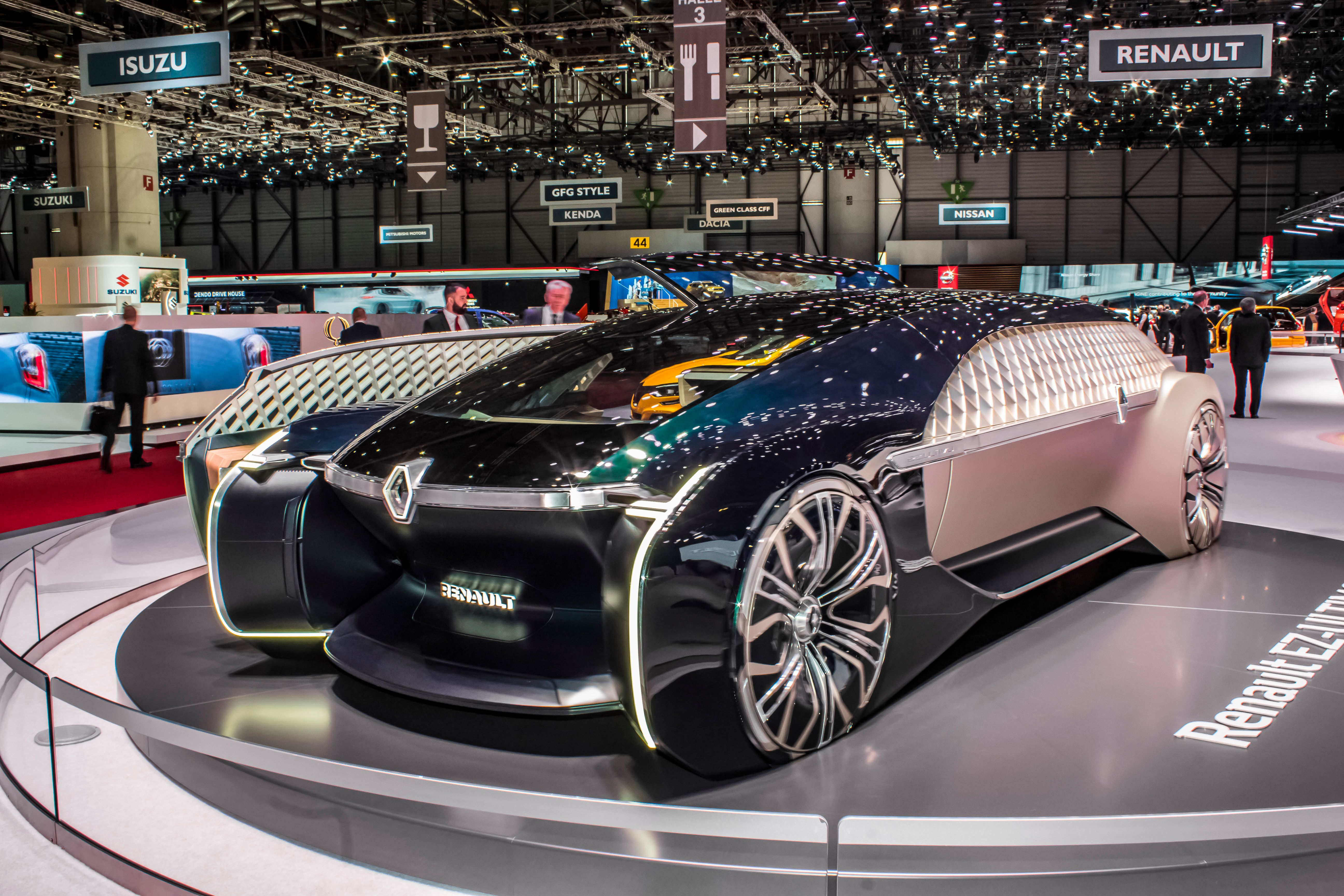
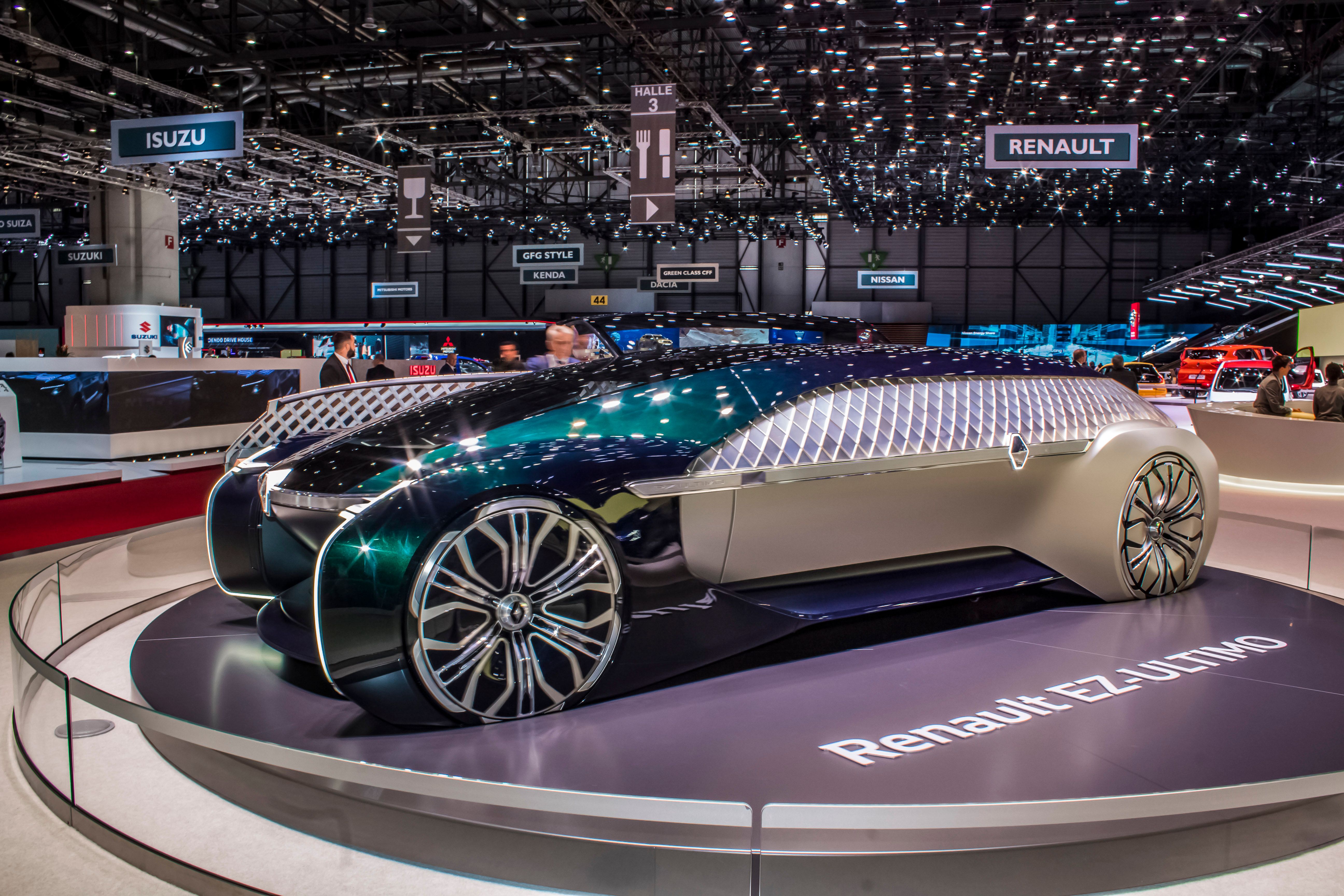
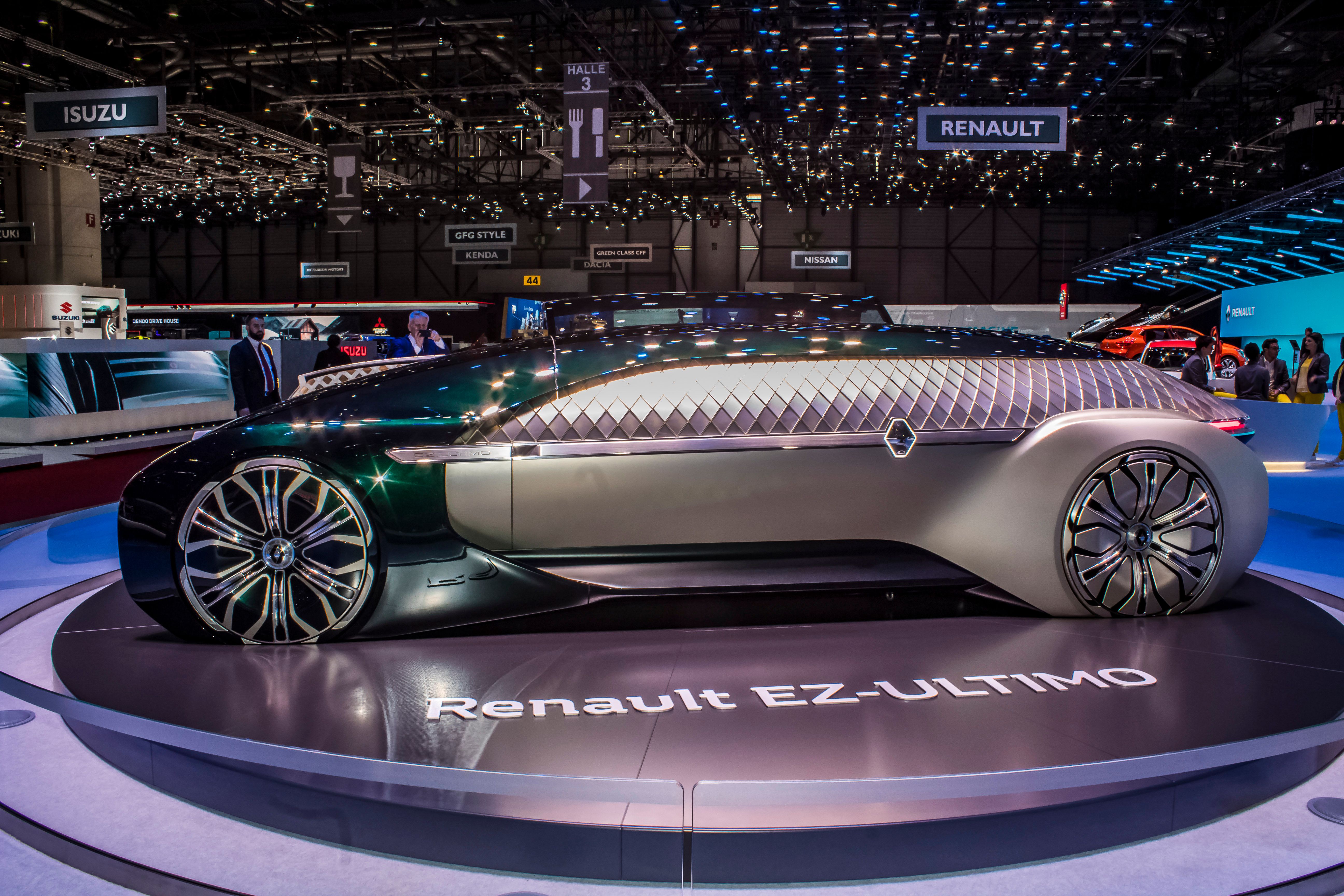
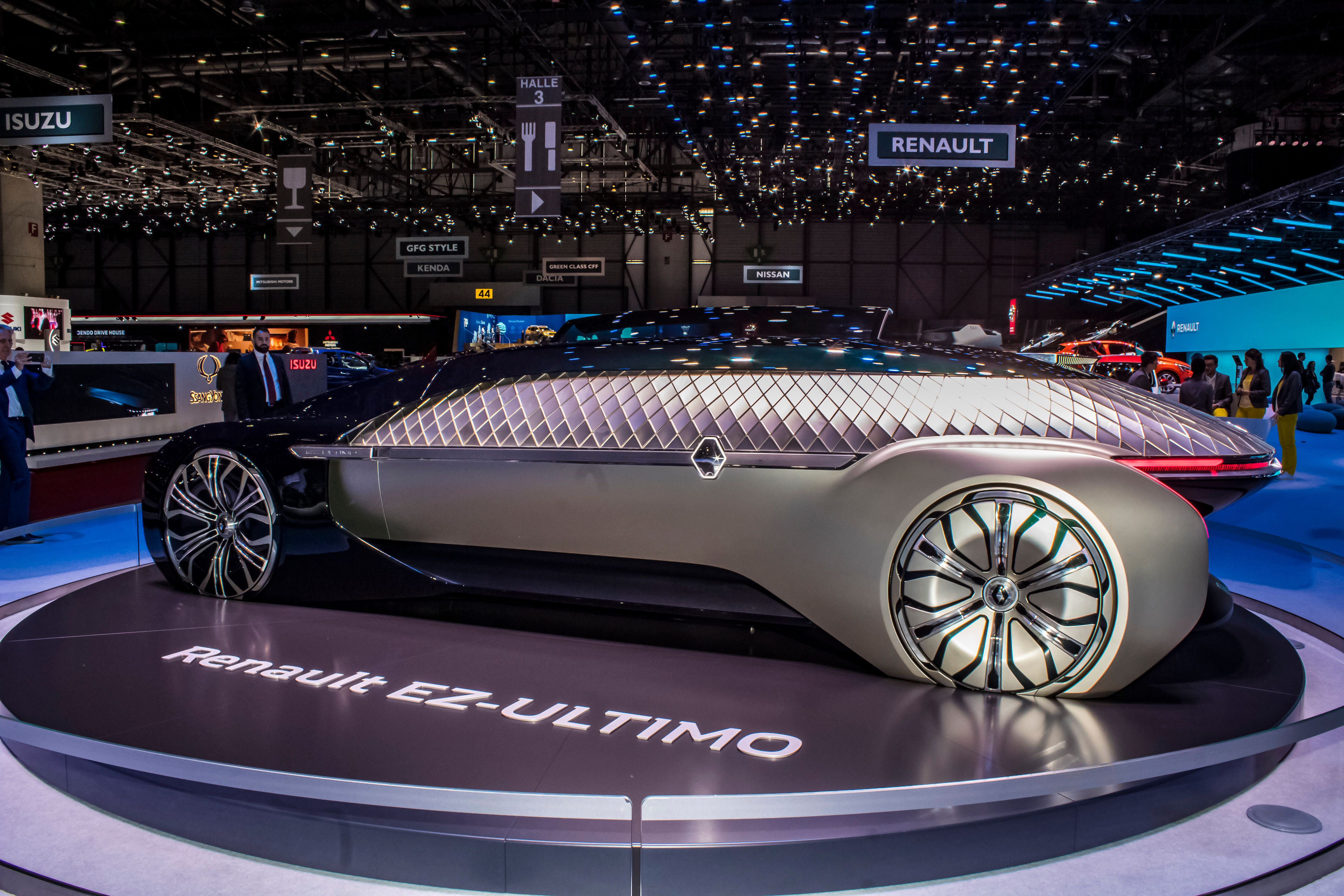
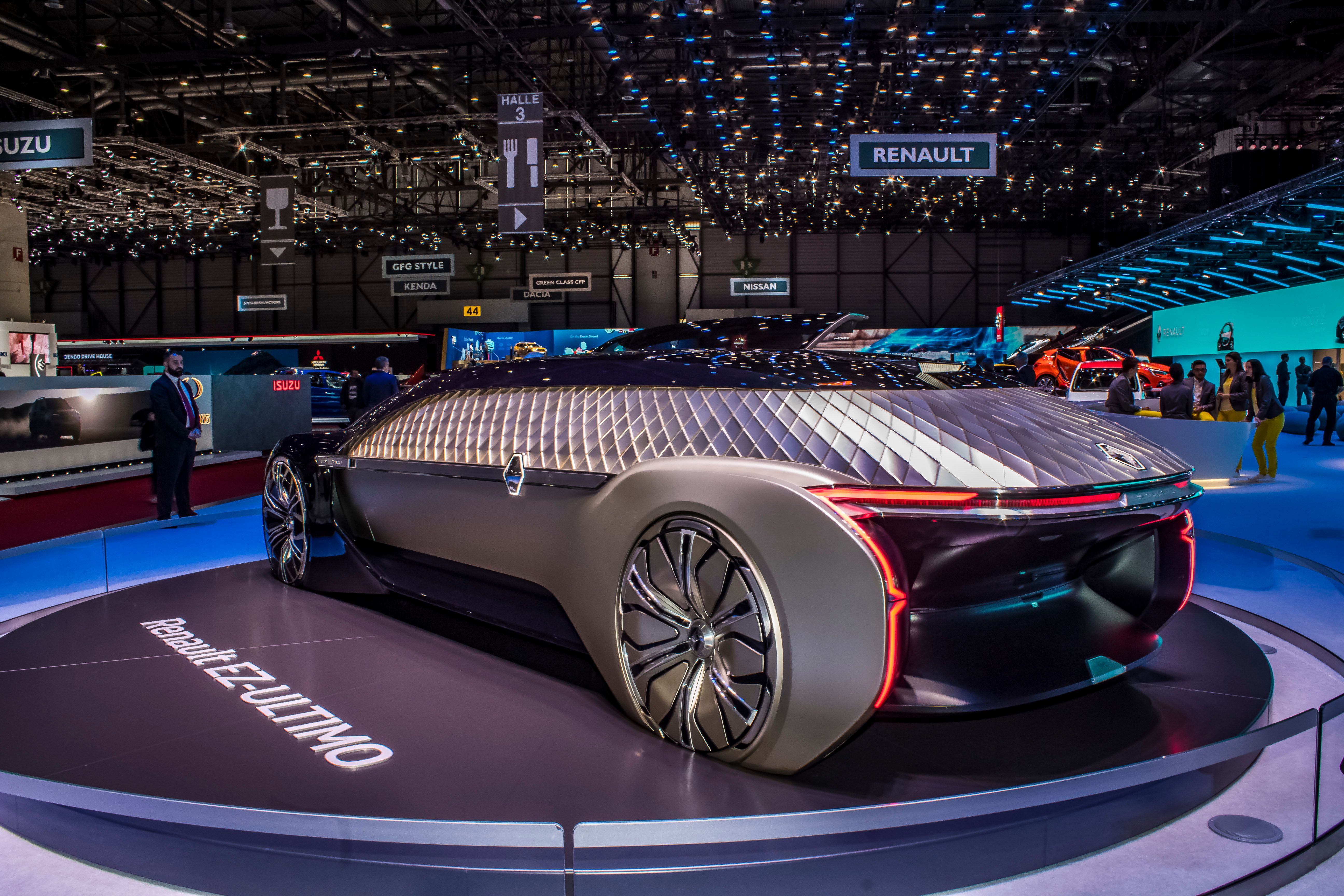
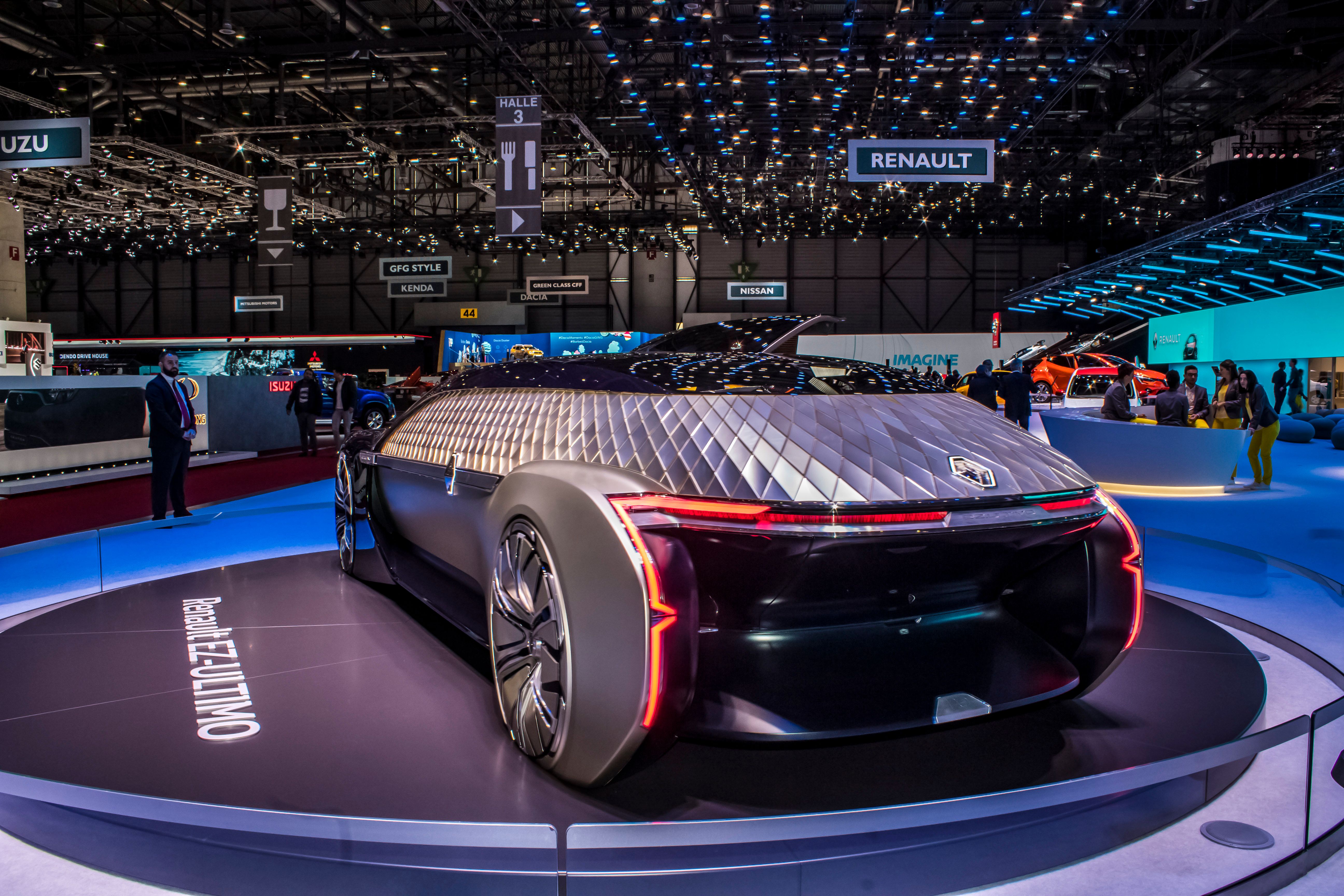
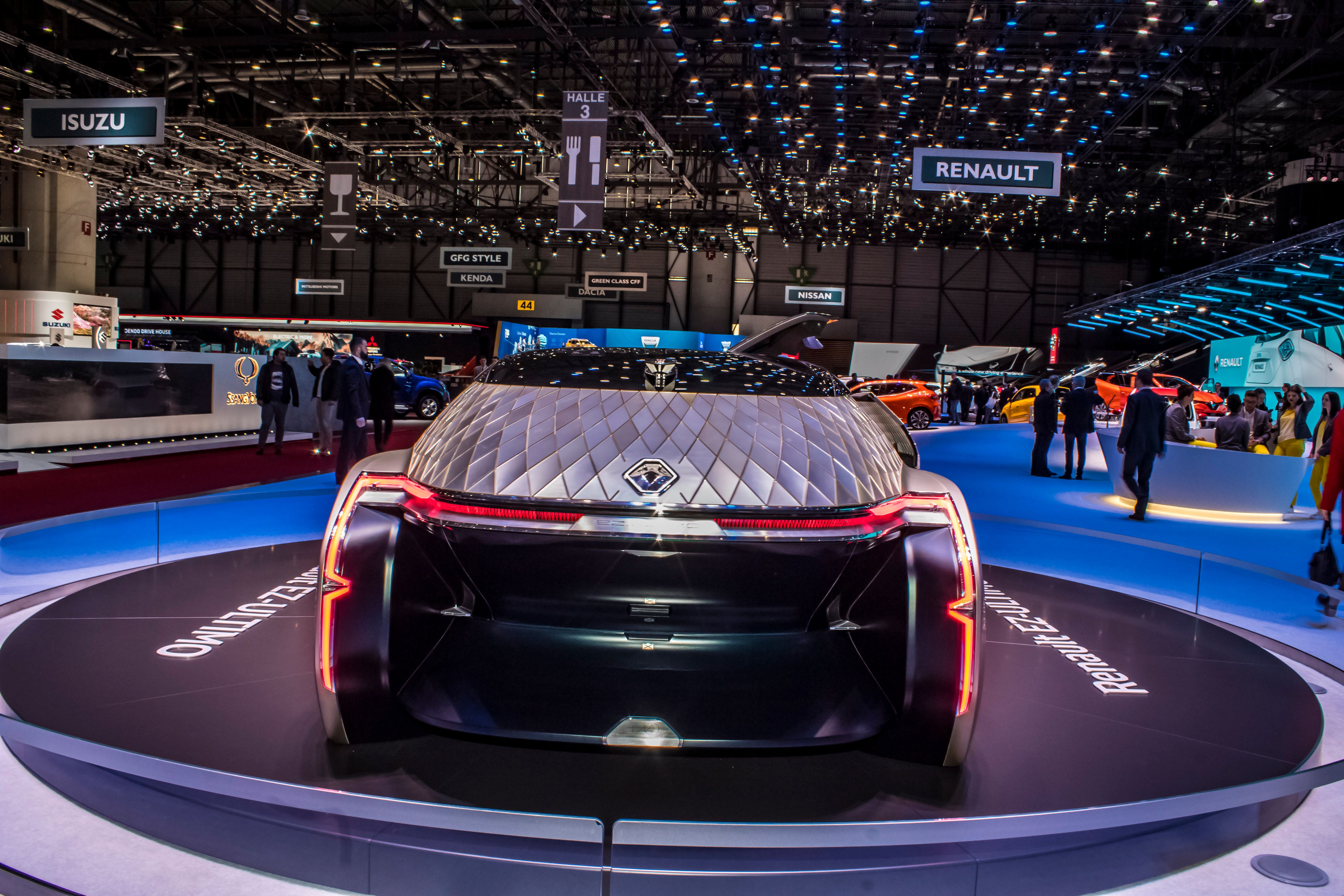
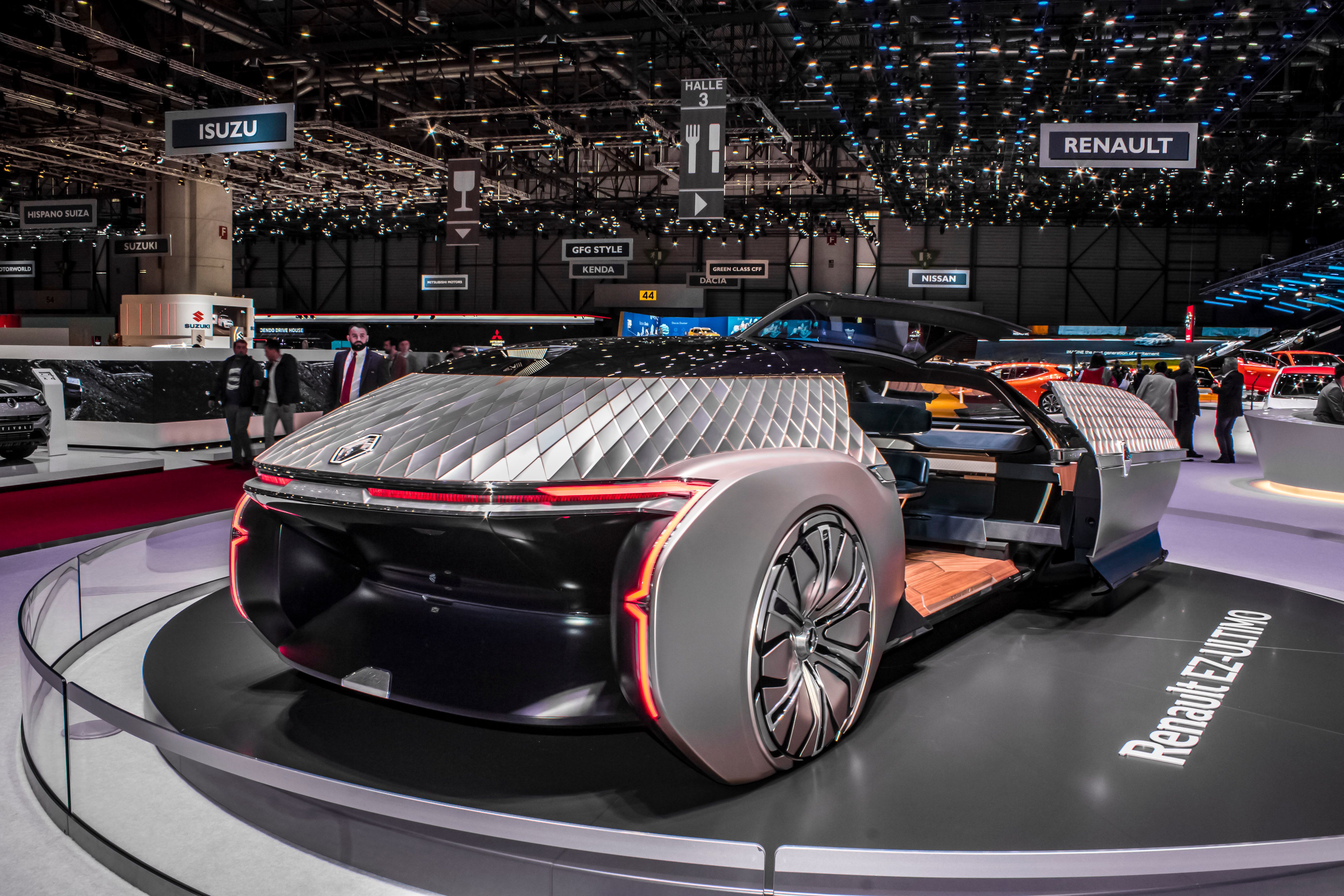
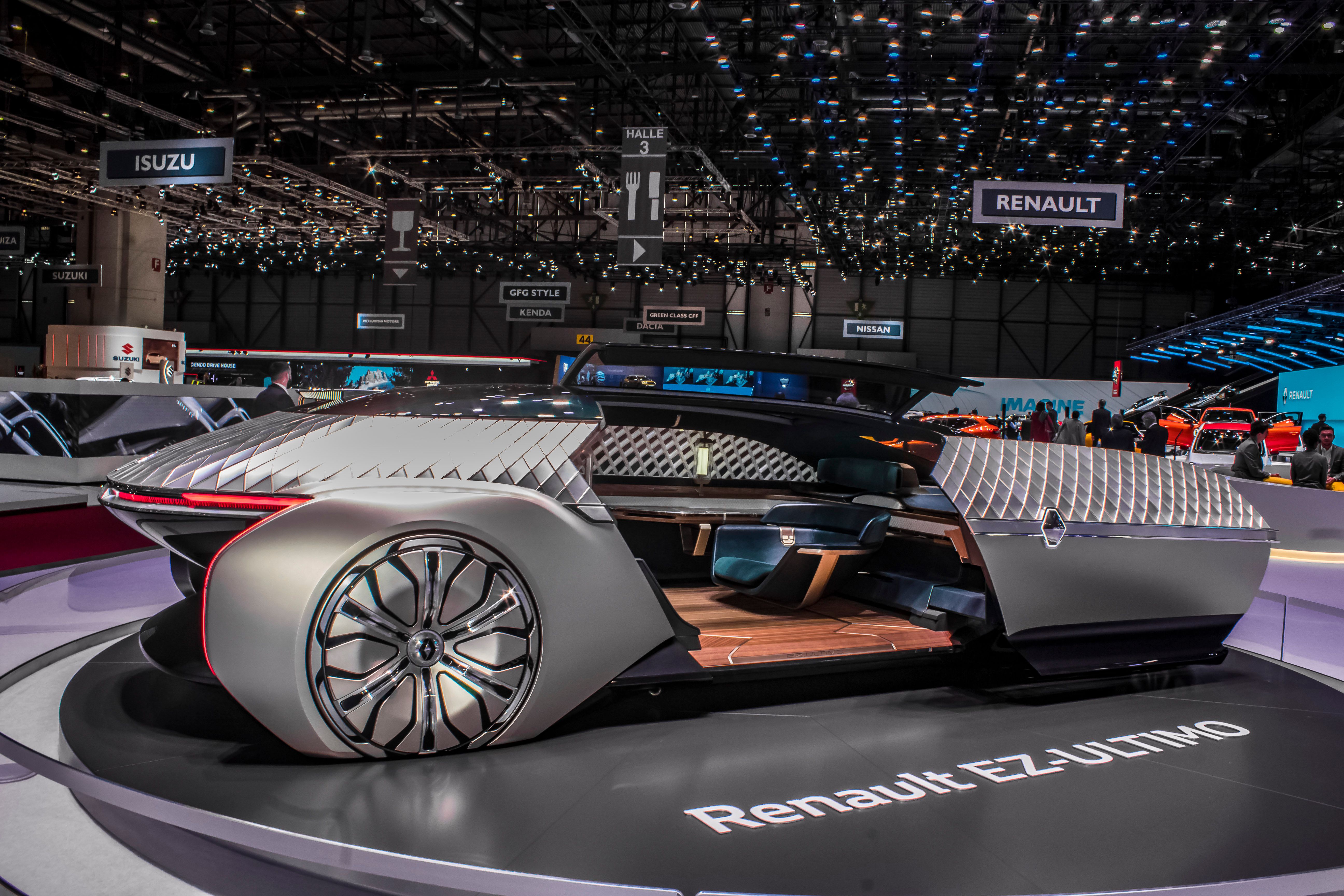
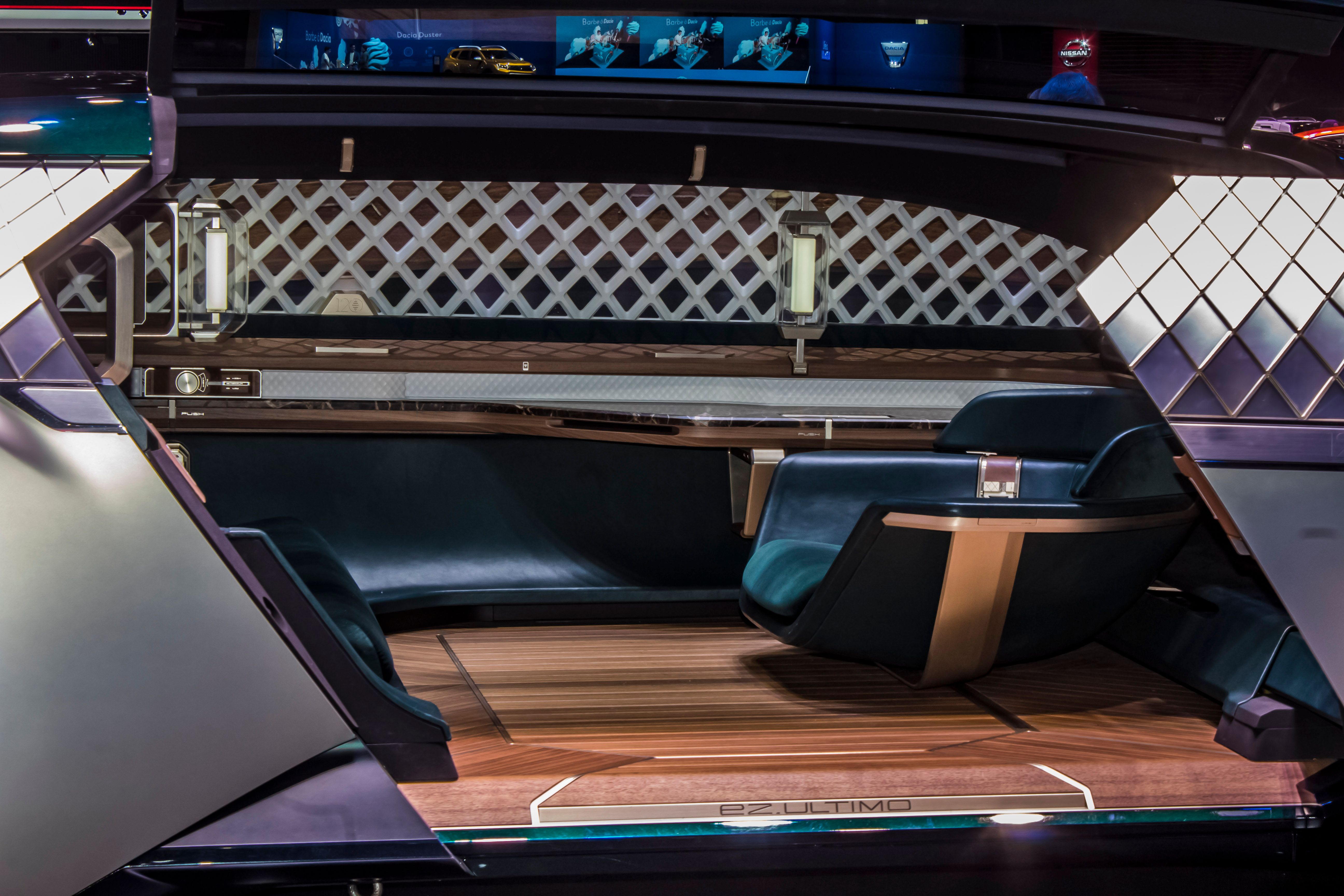
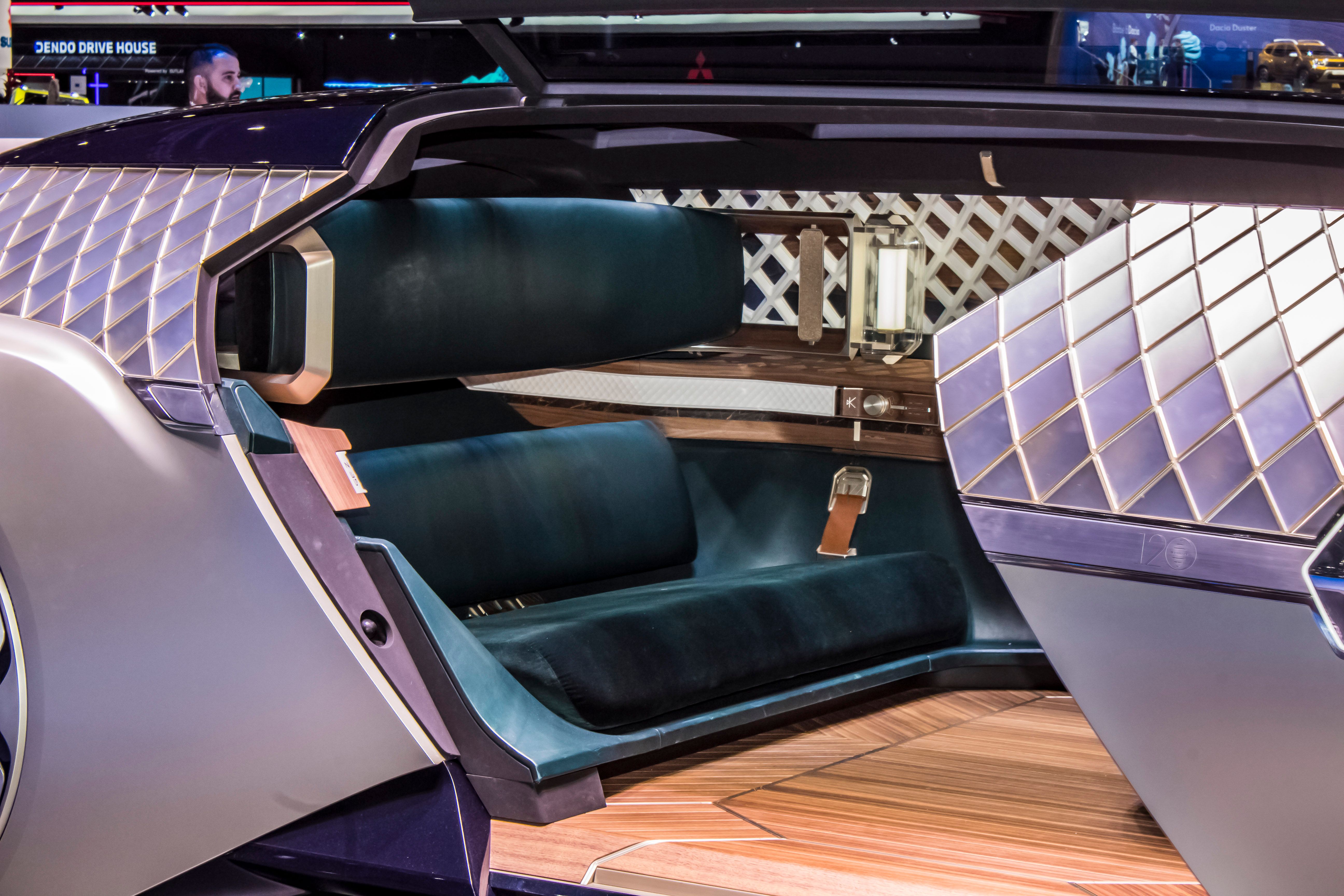
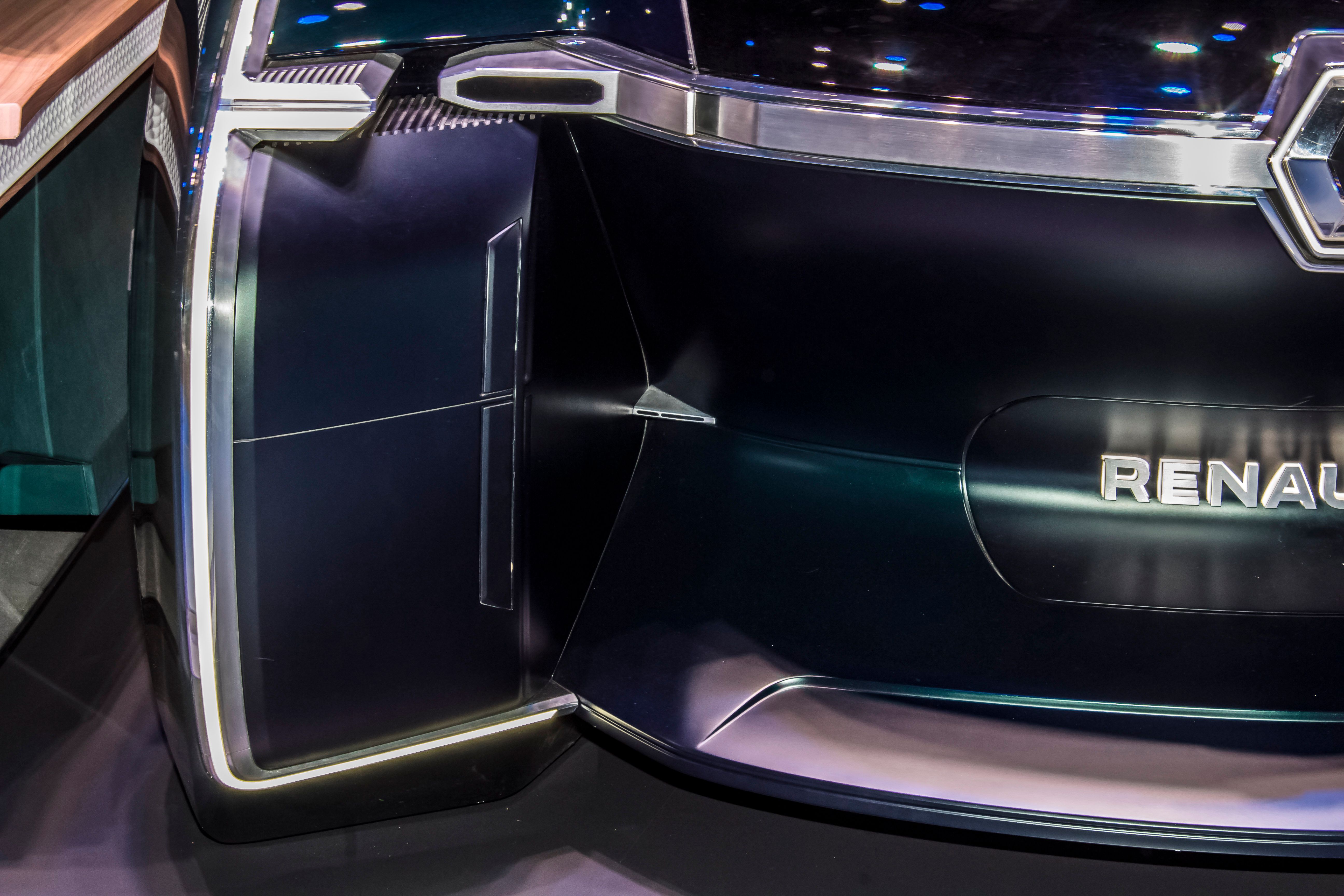
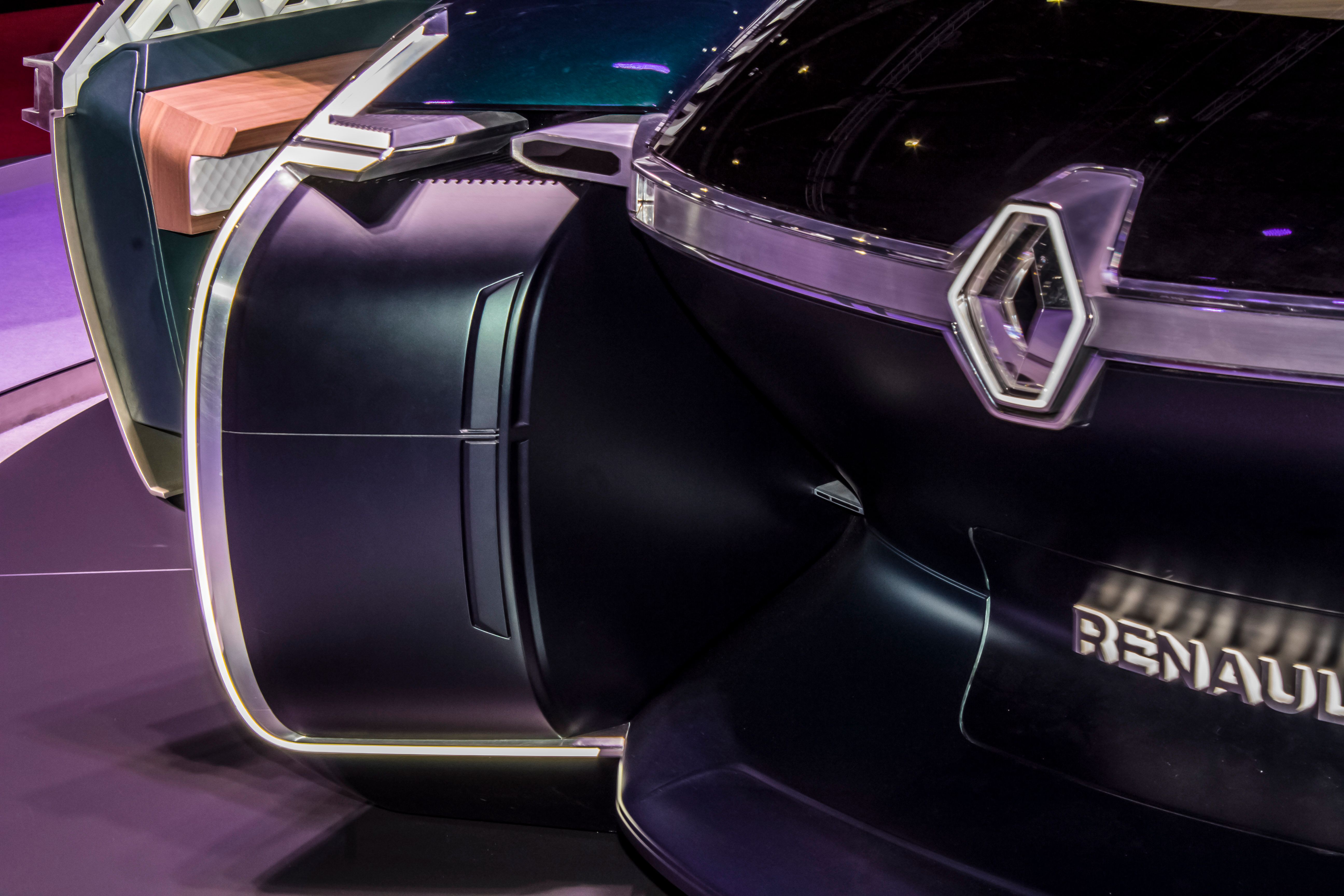
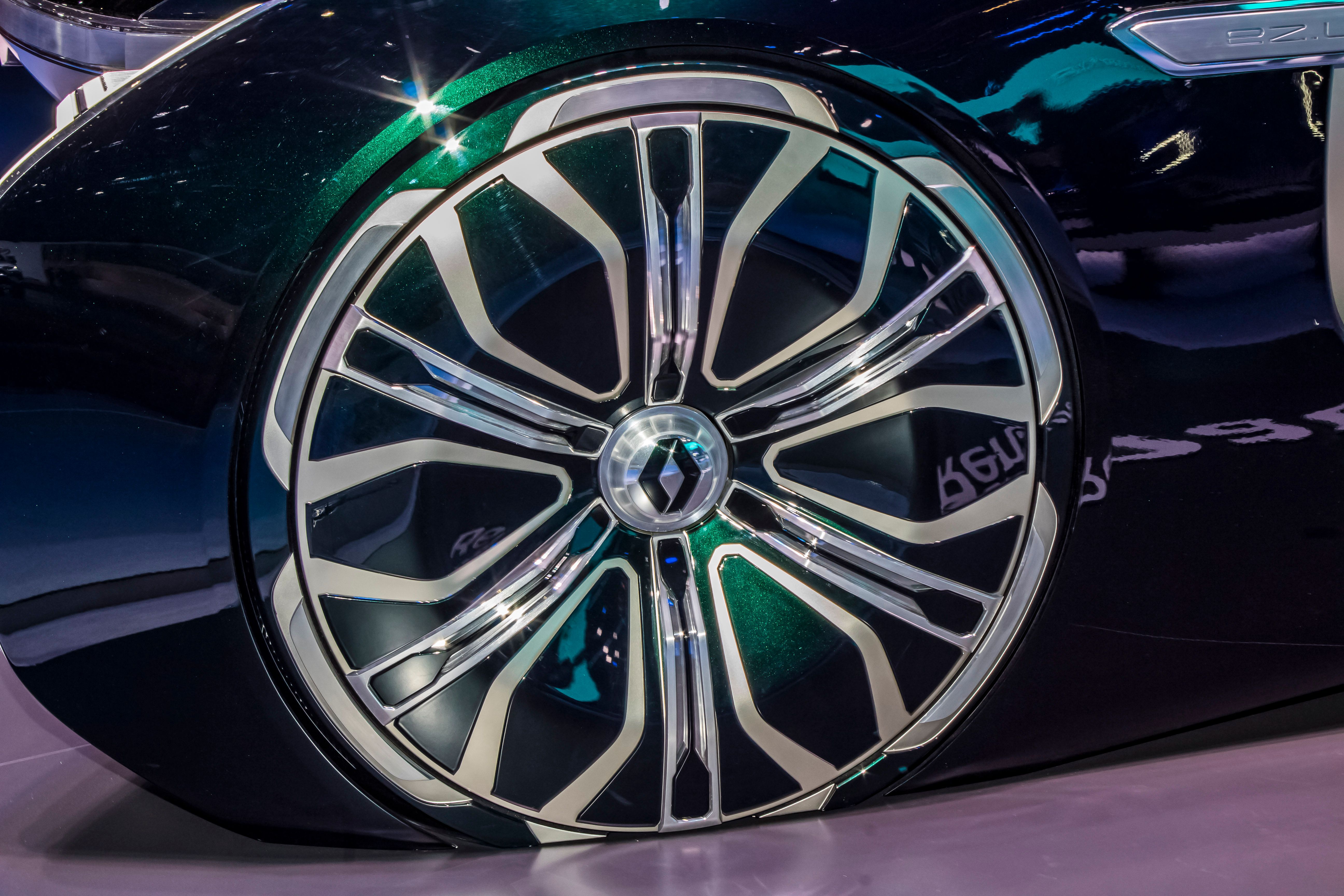
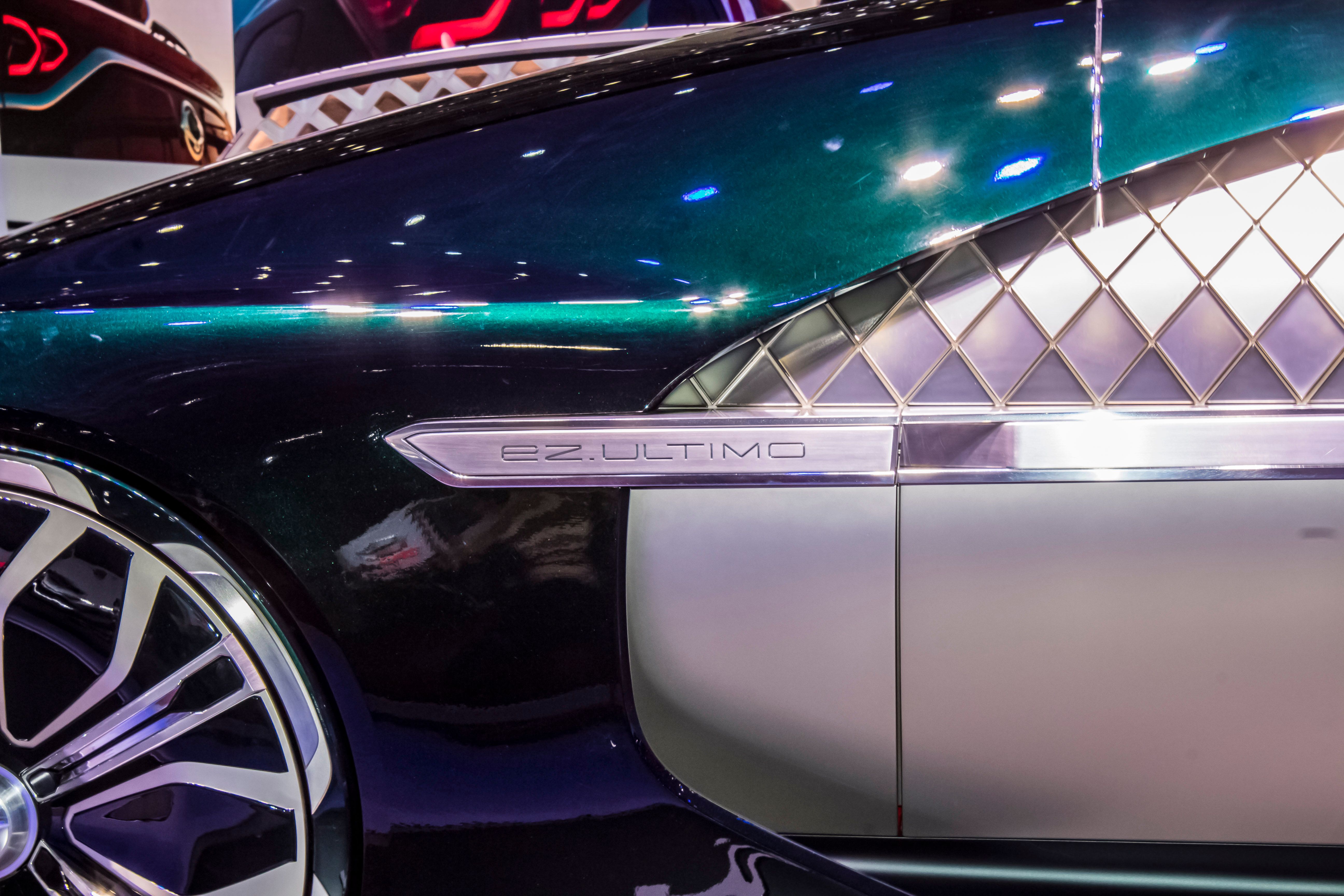
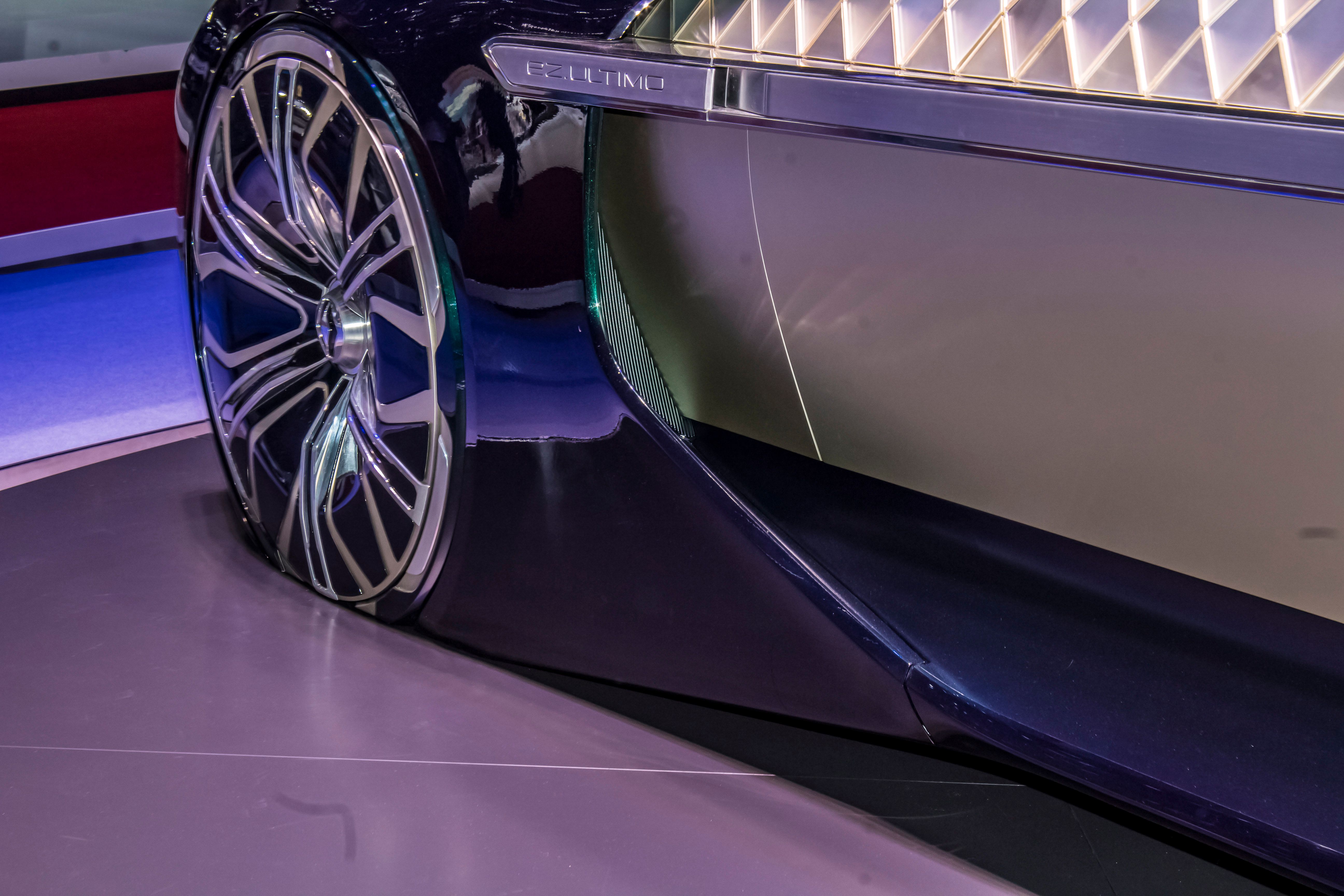
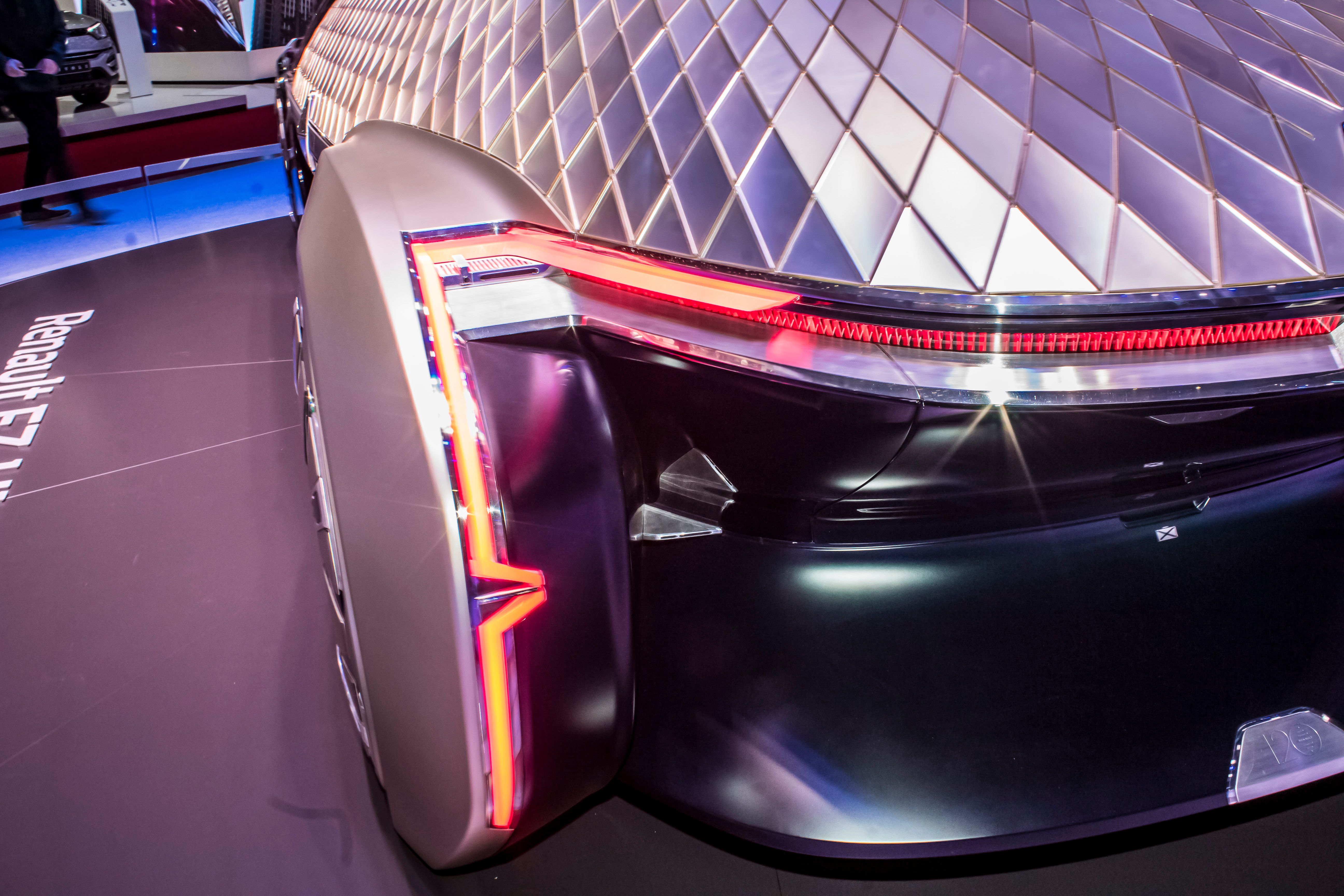
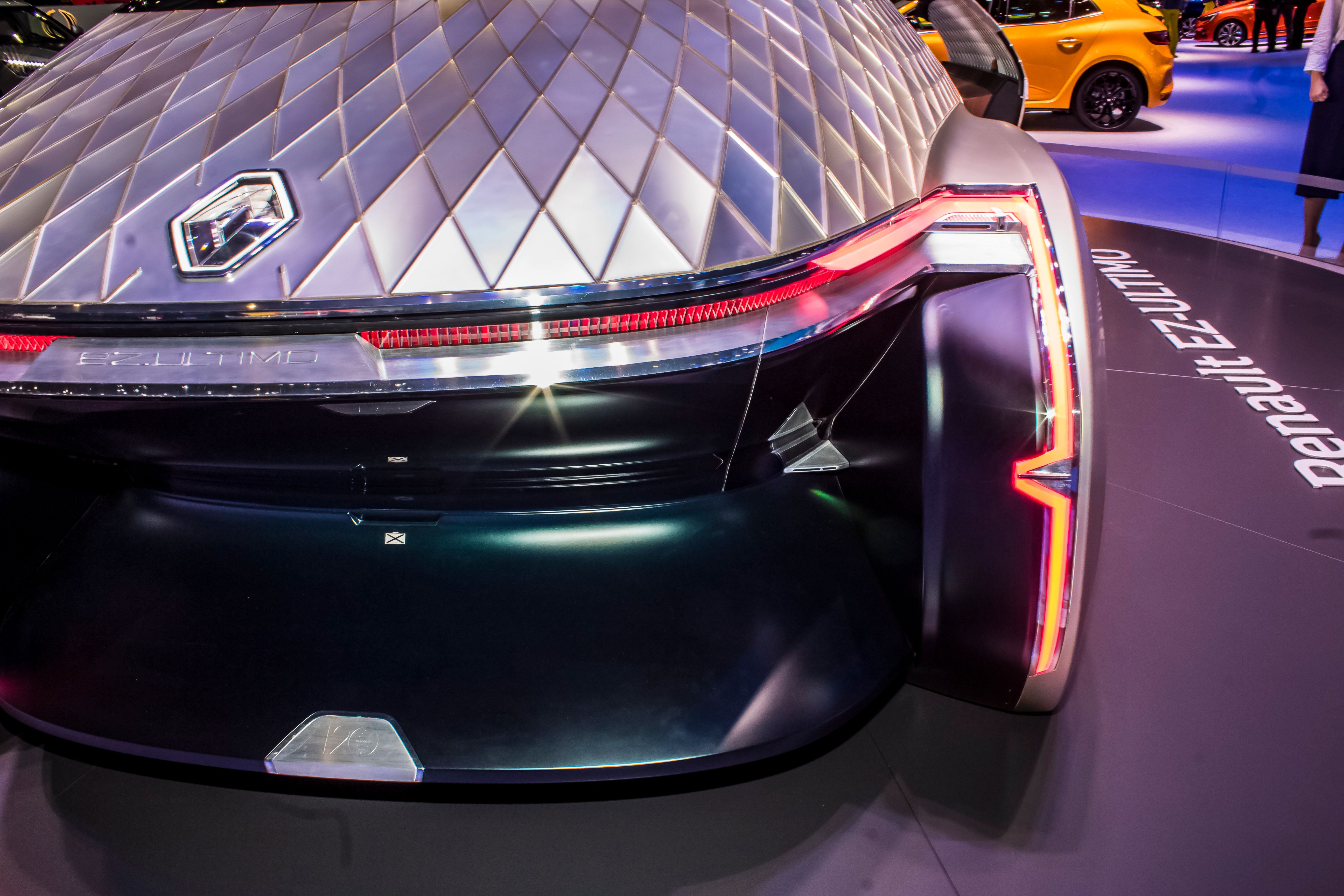
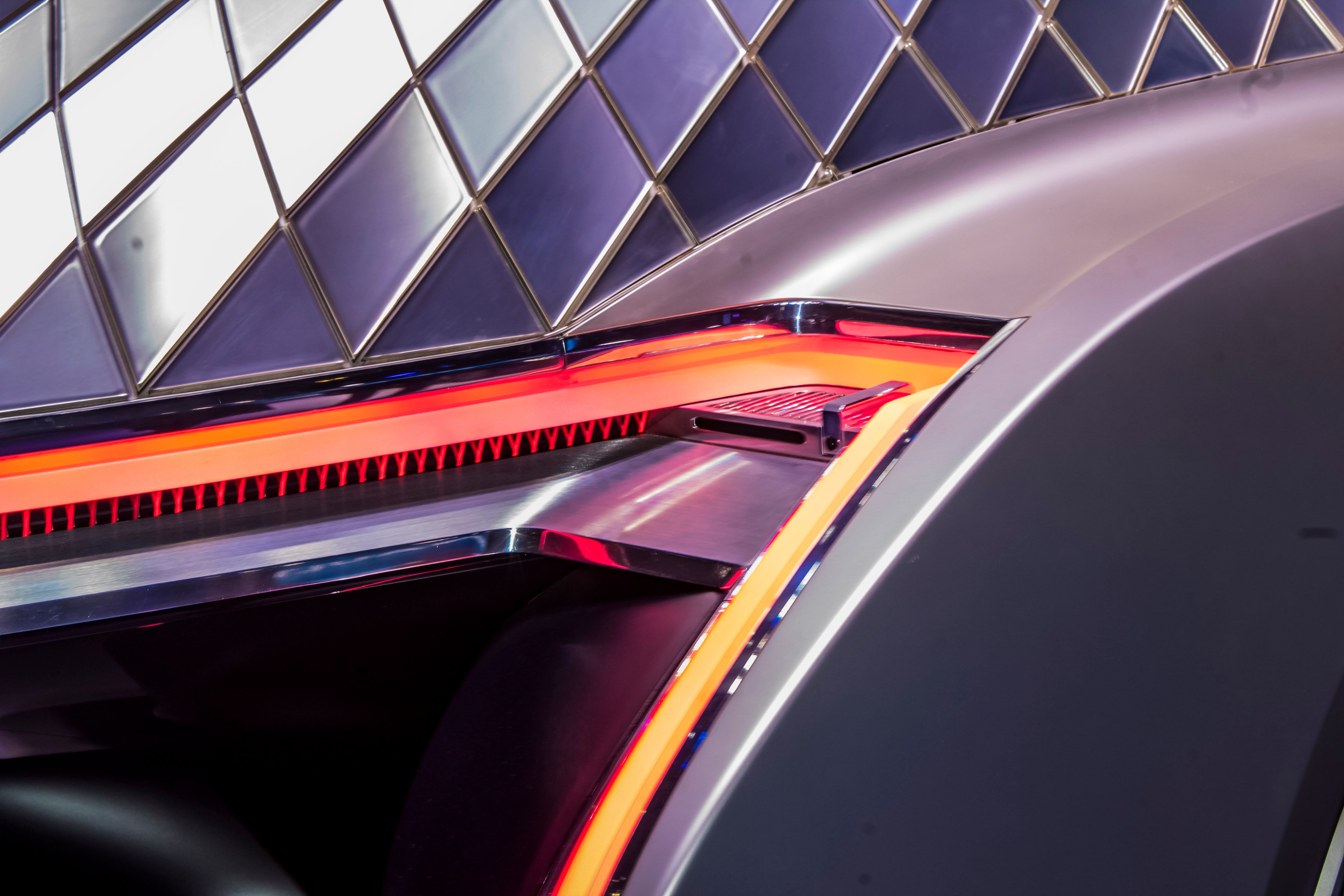
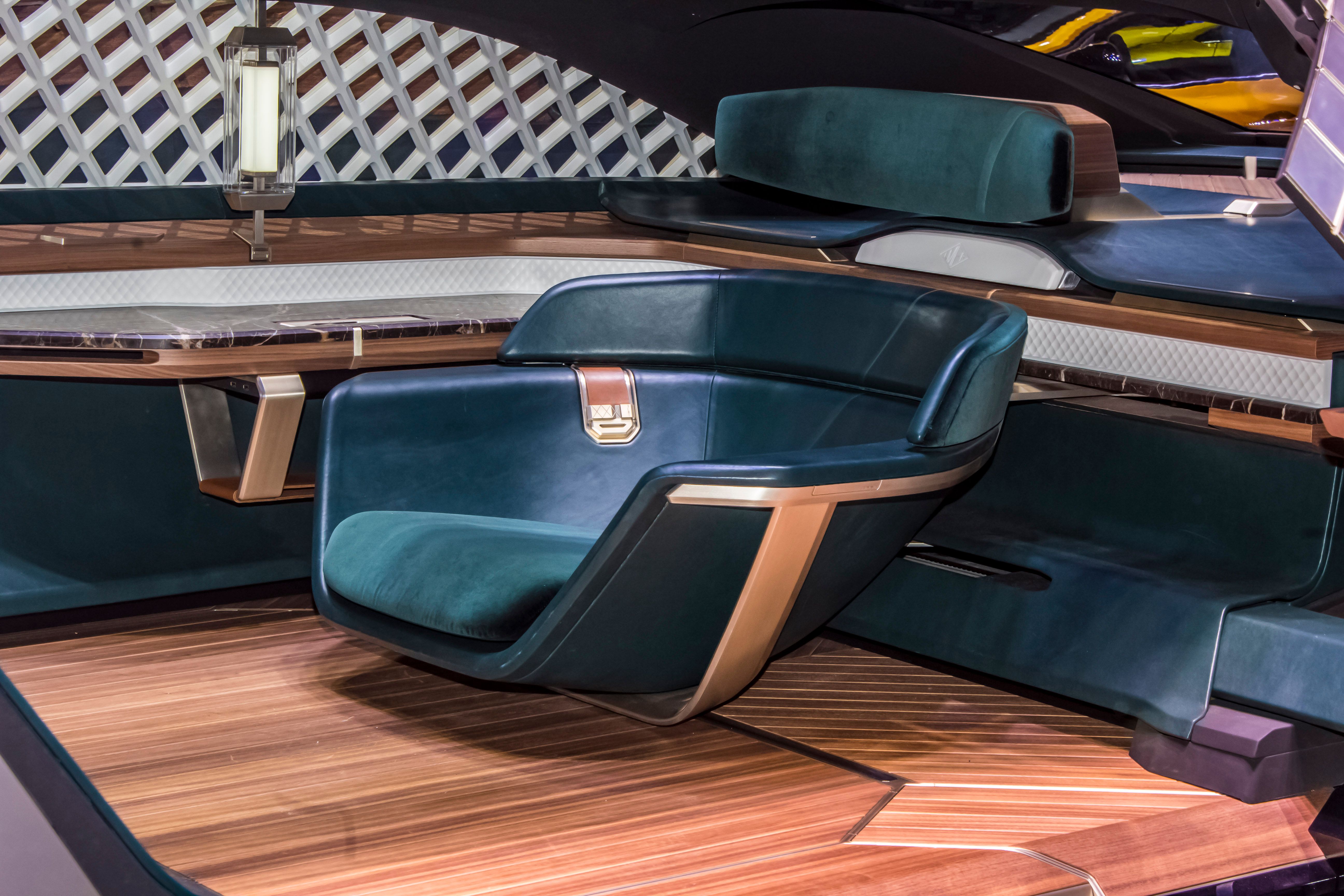
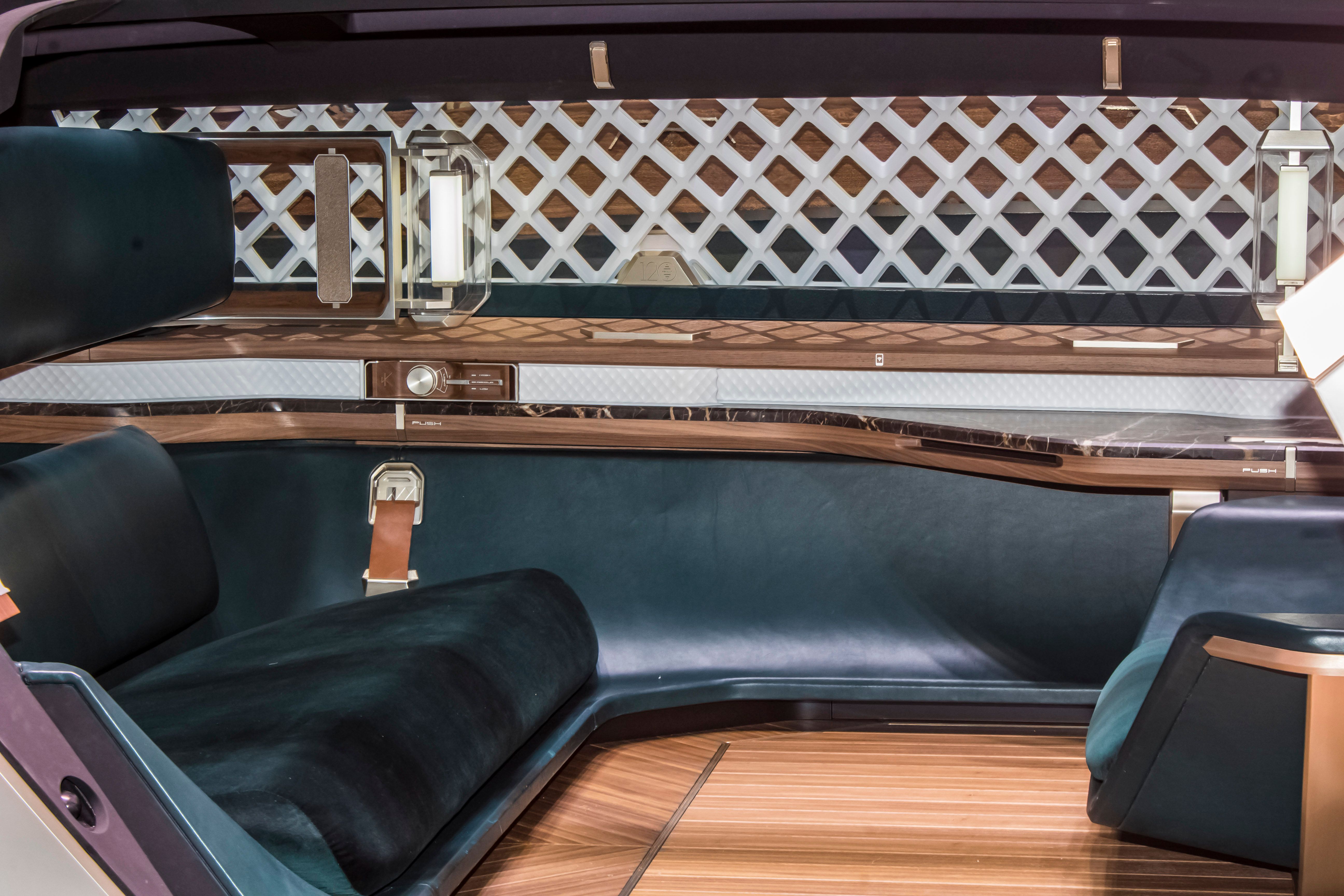
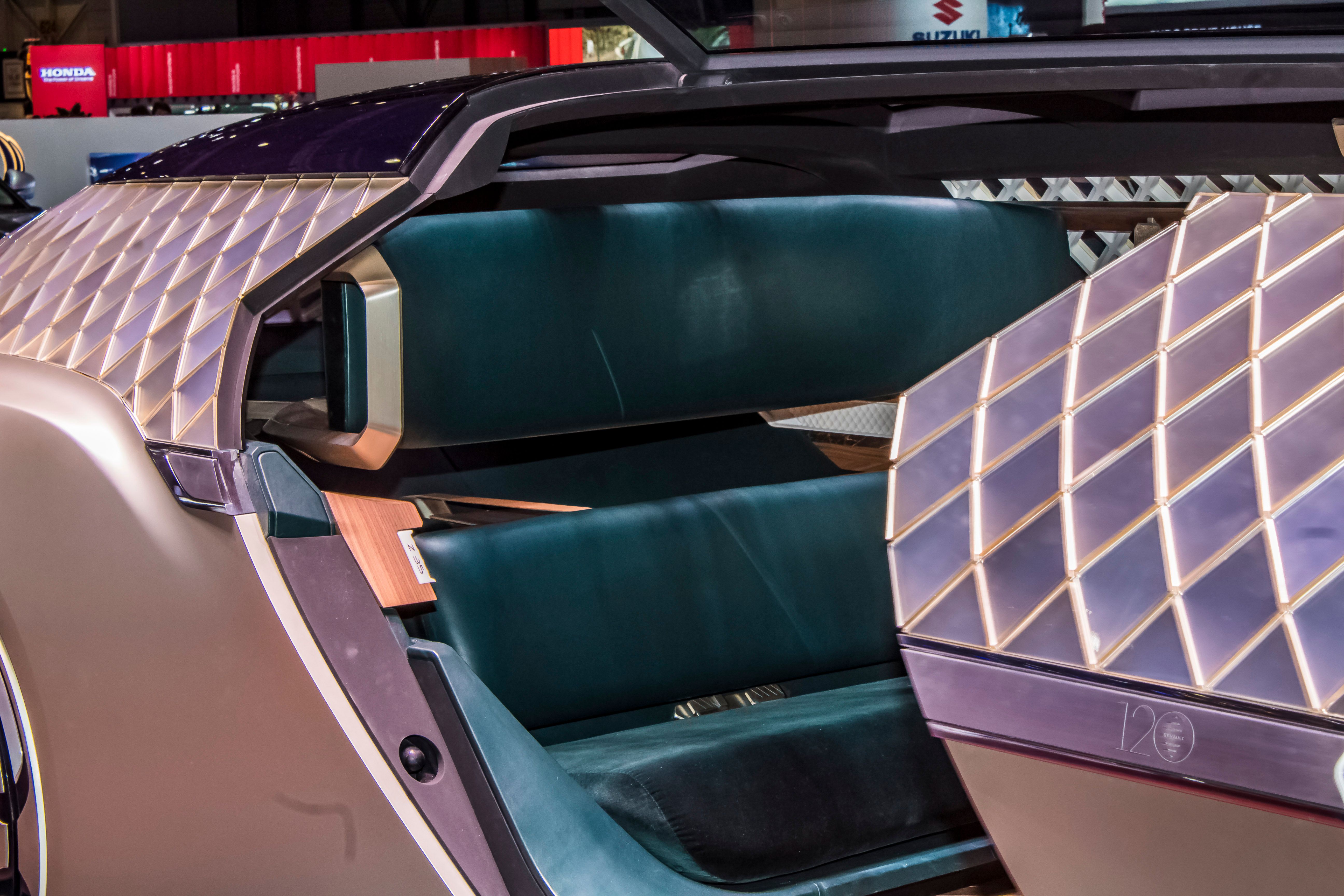
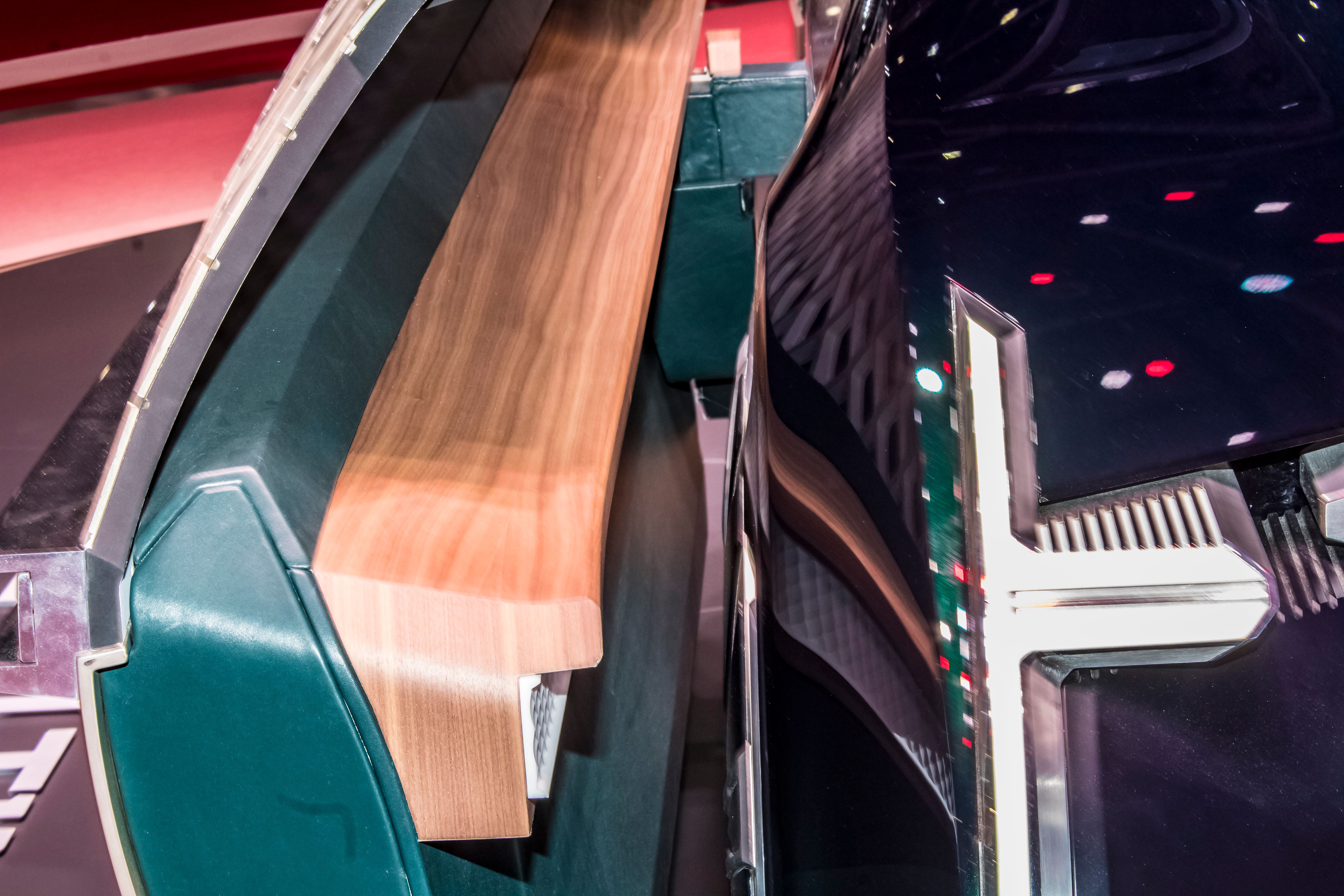
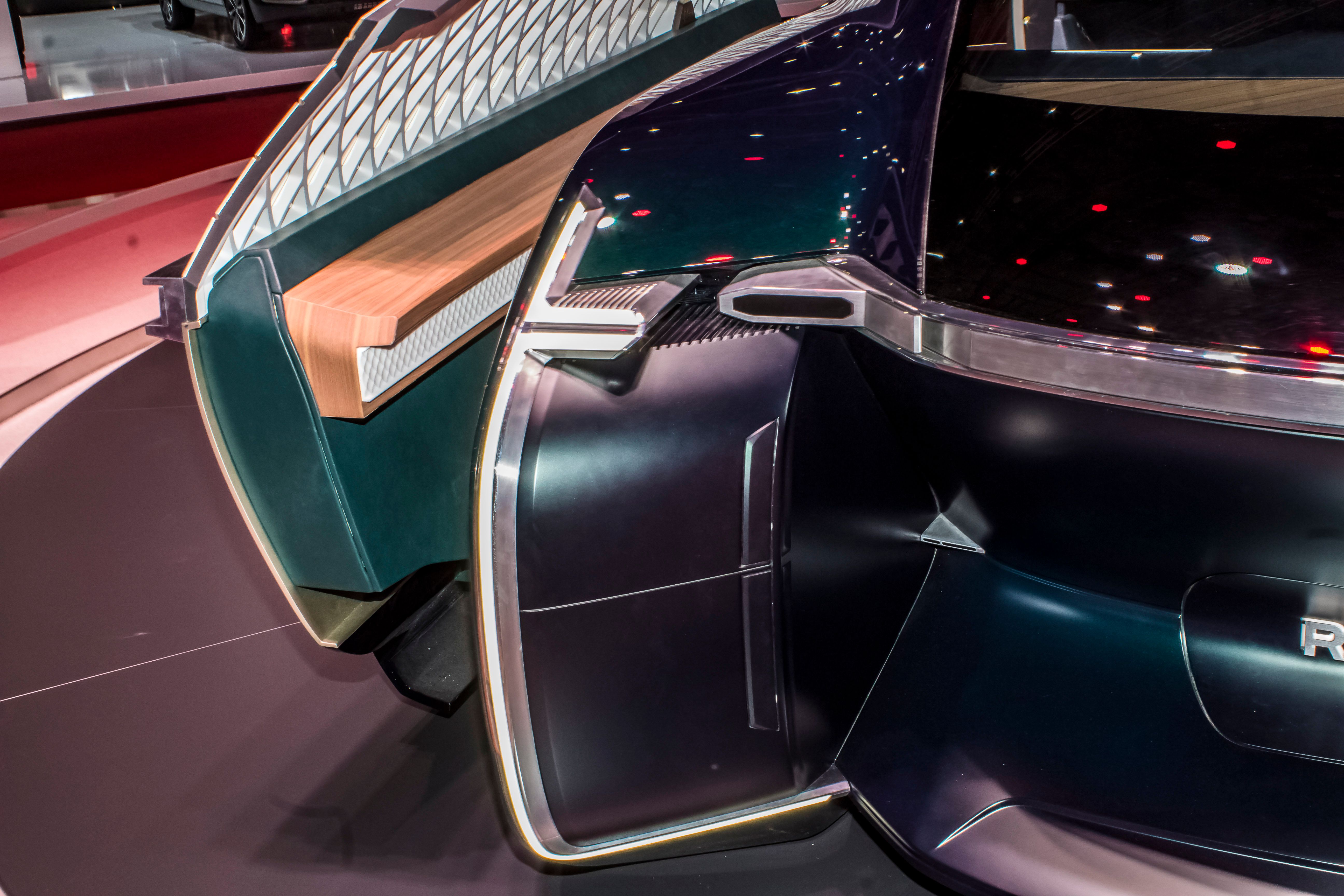
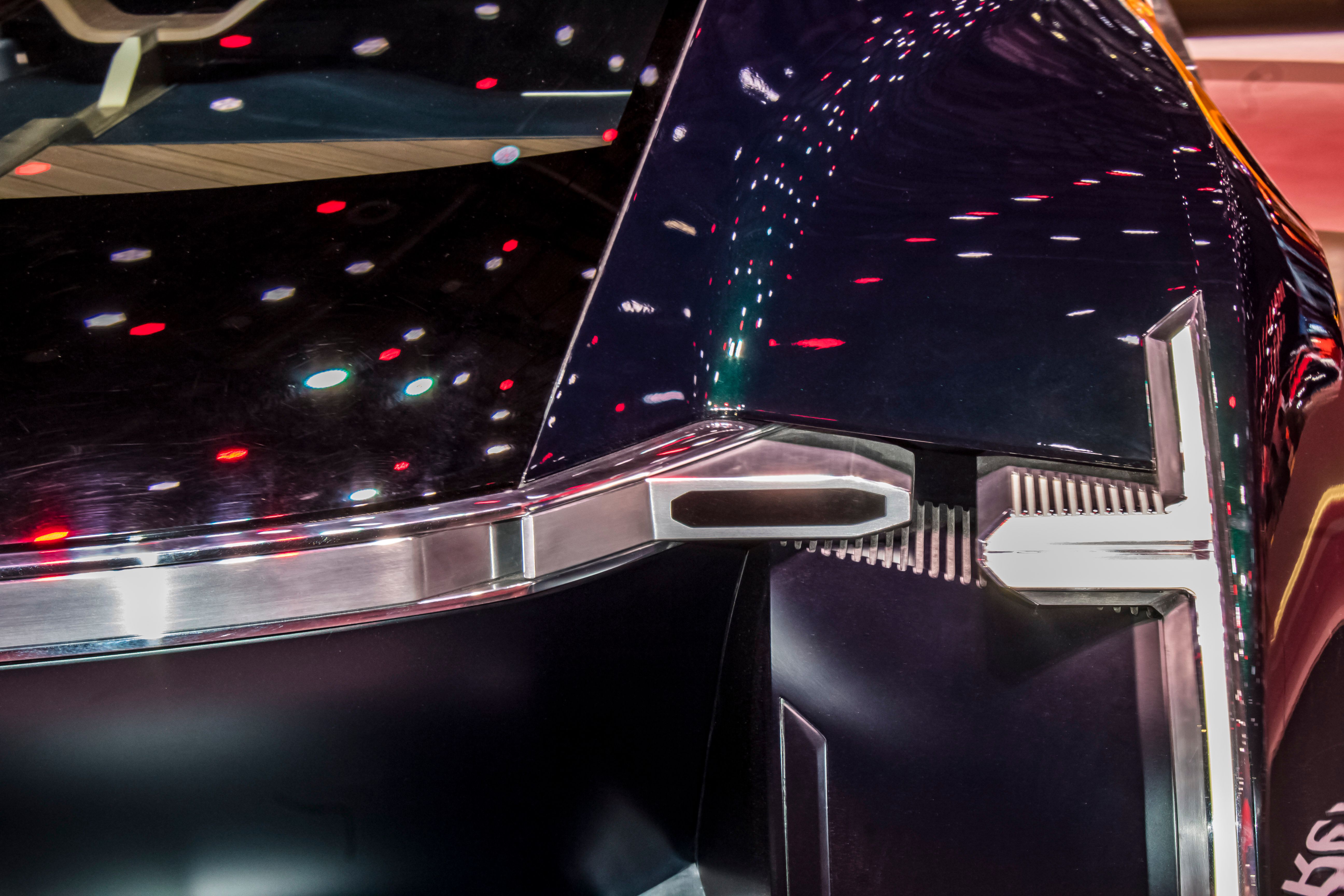
- Make: Array
- Model: 2018 Renault EZ-Ultimo
- [do not use] Vehicle Model: Array
Renault EZ-Ultimo Exterior
The EZ-Ultimo looks unlike any other production car available right now. Actually, it's looks very futuristic when compared to most concept cars too.
Only a couple of details reveal that the EZ-Ultimo was built by Renault, and both are visible up front in the big emblem on the fascia and the "Renault" lettering below. Everything else is different from what we usually see from the French firm. While the front fascia is somewhat imposing, the headlamps are extremely small and recessed in fairings over the wheel arches. An aluminum trim with chrome surrounds stretches the entire width of the front end, incorporating the illuminated Renault logo.
The LED strips descent from the wheel arches into the lower bumper to form L-shaped elements that flank the entire fascia. Although this concept has nothing to do with sportiness, a big splitter rounds off the lower apron. Just like a shuttle, or a minivan if you will, there's no hood stretching in front of the windshield. Instead, the glass window extends from the A-pillars to meet the aluminum trim on the nose.
The shuttle look becomes more evident onto the sides. While the wheelbase is very long, due to the overhangs being extreme short, the roof sits very low, giving the vehicle a sleek look.
The rear end design mimics the front fascia. The glass extends all the way to the deck lid, while the thin, red LED strips descend toward the diffuser. The fascia is actually hollow beneath the taillights, a design feature that likely improves aerodynamics. The wrap-around glass section makes it seem as if the roof is floating toward the back. At higher speeds, two side wings are deployed the rear wheel arches to further enhance aerodynamics.
Renault EZ-Ultimo Interior
It's furnished like a lounge too. The floor is covered with genuine wood, as are the areas near the windows, on which you can place various objects, including bottles and glasses. There's a small table with a marble surface too. Clearly Renault didn't care about the EZ-Ultimo's curb weight here. The 2+1 seating arrangement includes a couch at toward the rear and a big captain's chair on the other side of the cabin.
Although the side windows are obstructed by the glass facets design to increase privacy, the interior gets a lot of natural light from the windscreen and the glass roof.
The concept is loaded with state-of-the-art technology, starting with a permanent wi-fi connection and wireless charging pads for smartphones and tablets. Just like the knobs, the pads disappear from sight when not needed in special storage slots within the "furniture." If you're using a tablet, you can access special content developed by Renault and use all sorts of onboard services to book hotel rooms and restaurants.
Moving over to materials, Renault used premium materials like herringbone-patterned wood from American walnut in the floor and special wood trim made by KEIM-cycles, a French company that builds bespoke wooden bicycle frames. Renault cooperated with the same firm for the TreZor and Symbioz concept cars in the past. The wood inserts are complemented by fine leather and velvet upholstery on the bench seat and the armchair. Renault went with dark green and black for a two-tone appearance.
Needless to say, this thing looks better than the most expensive Rolls-Royce on the inside.
Renault EZ-Ultimo Drivetrain
Described as a robo-vehicle, the EZ-Ultimo rides on a bespoke chassis fitted with batteries and an electric motor. Renault doesn't share too much info, but says the drivetrain is similar to the EZ-Go and EZ-Pro concepts, with the battery located under the floor and the motor driving the front wheels. There's no word on output, but given its purpose, the EZ-Ultimo shouldn't be very powerful. Also, the EZ-Go had a top speed of only 30 mph, so the EZ-Ultimo may have similar limitations.
Renault also developed a four-wheel steering system for this vehicle. Borrowed from the world of sports car, it improves agility and safety, even at low speeds. The system likely also helps the car drive through small or crowded streets safer by decreasing the amount of space it needs to take turns. Remember, the EZ-Ultimo is almost six meters long!
Unfortunately, Renault had nothing to say about the concept's range. And this is highly important as vehicles like this need to cover significant distances when transporting people from hotels to airports. A state-of-the-art shuttle needs to be able to return at least 150 miles per charge to make sense.
Premium Ride-Sharing Program
The idea behind the EZ-Ultimo is to provide a ride-sharing program and not a vehicle you can purchase from dealerships. The potential production model is intended to be offered as a service for a single trip, a circuit or a day booking, mostly for somewhat short distances.
Renault gives a few examples as to who may offer a vehicle like the EZ-Ultimo.
Renault also suggests it could be a good solution for ride-hailing and mobility operators, as well as hotels and travel agencies that offer guided tours inside the city. Thanks to its onboard technology, it could provide the same information as a human guide, but without occupying room inside the cabin. At the same time, it could be part of a premium holiday package as a vehicle that remains with the customers during their stay at a house or hotel in order to visit points of interest.
Finally, the EZ-Ultimo might also come in handy for a unique shopping session. Specifically, it could be commissioned by luxury brands with several stores in the same city to offer its clients transportation between stores.
With everything above strongly related to terms like "luxury" and "premium," it's safe to assume that the EZ-Ultimo won't be for everyone. However, Renault says you will be able to book the vehicle for simpler events such as anniversaries, birthdays, marriage proposals, or reservations at certain restaurants.
Conclusion
As cities become increasingly congested, the EZ-Ultimo and the ride-sharing program behind it are tremendous ideas. However, much like Tesla, a company that's selling relatively expensive EVs, the EZ-Ultimo wasn't designed for the average Joe. Sure, it's still a concept car, and we don't know much about Renault's specific plans for it, but as things stand, the French firm wants to keep it into premium territory. As such, many might not get to ride in a production version of the EZ-Ultimo. There's nothing wrong with that, as demand for premium services is high and it might increase in the future. However, I think automakers should think about less expensive solutions for customers who can't afford luxury vacations, fancy hotels, or shopping sprees at high-end retailers.
Further reading
Read our full review on the 2018 Renault EZ-GO.

